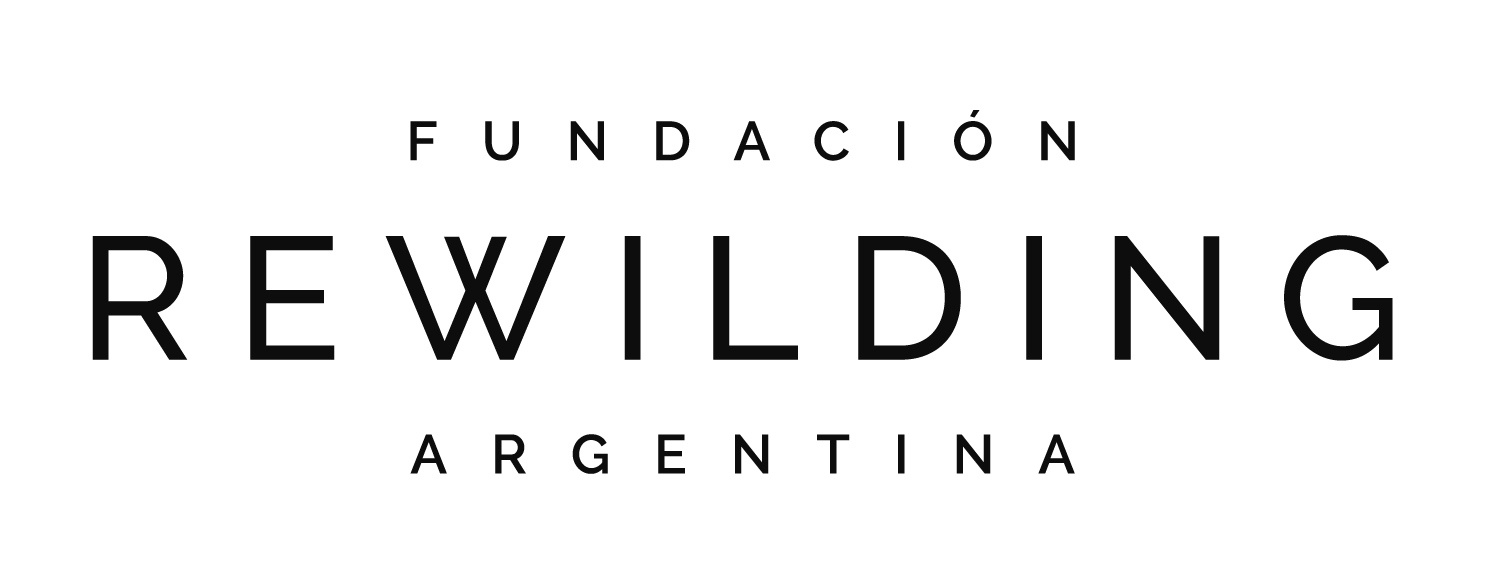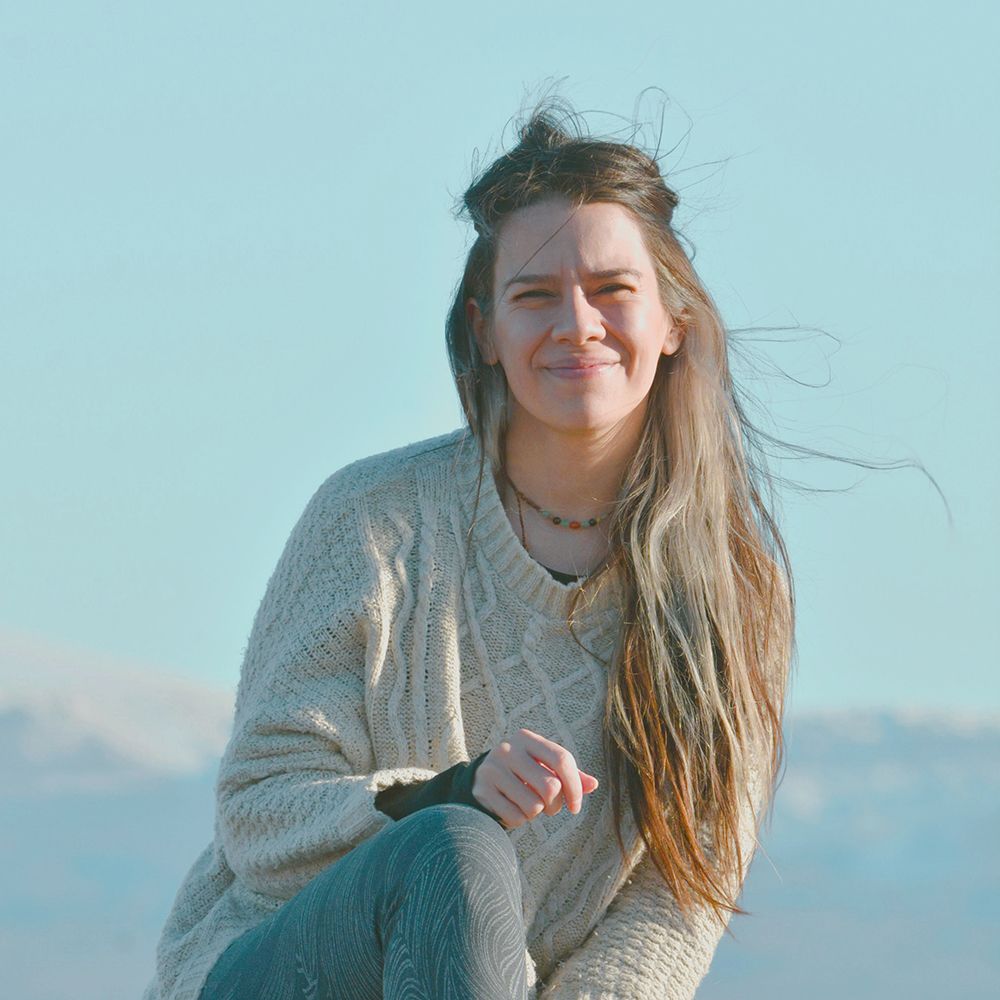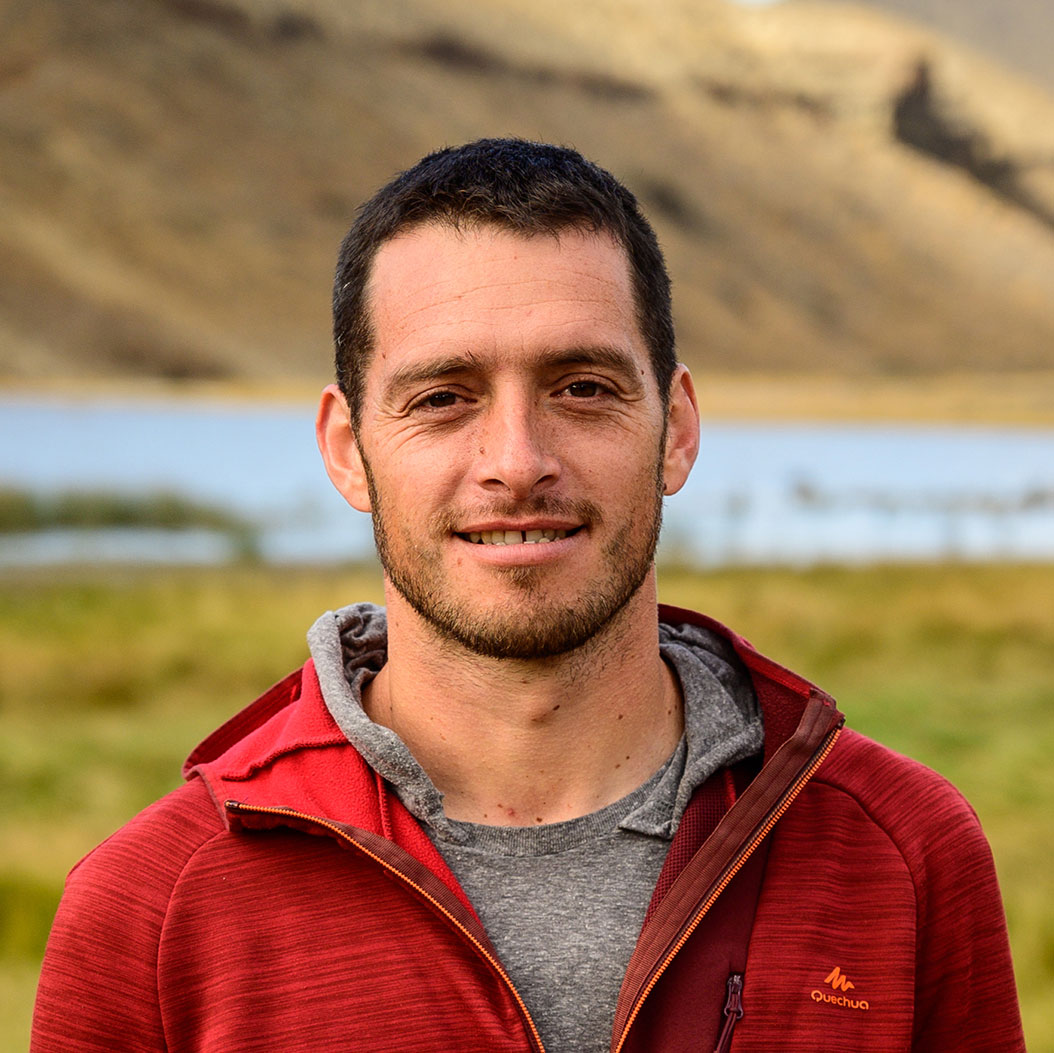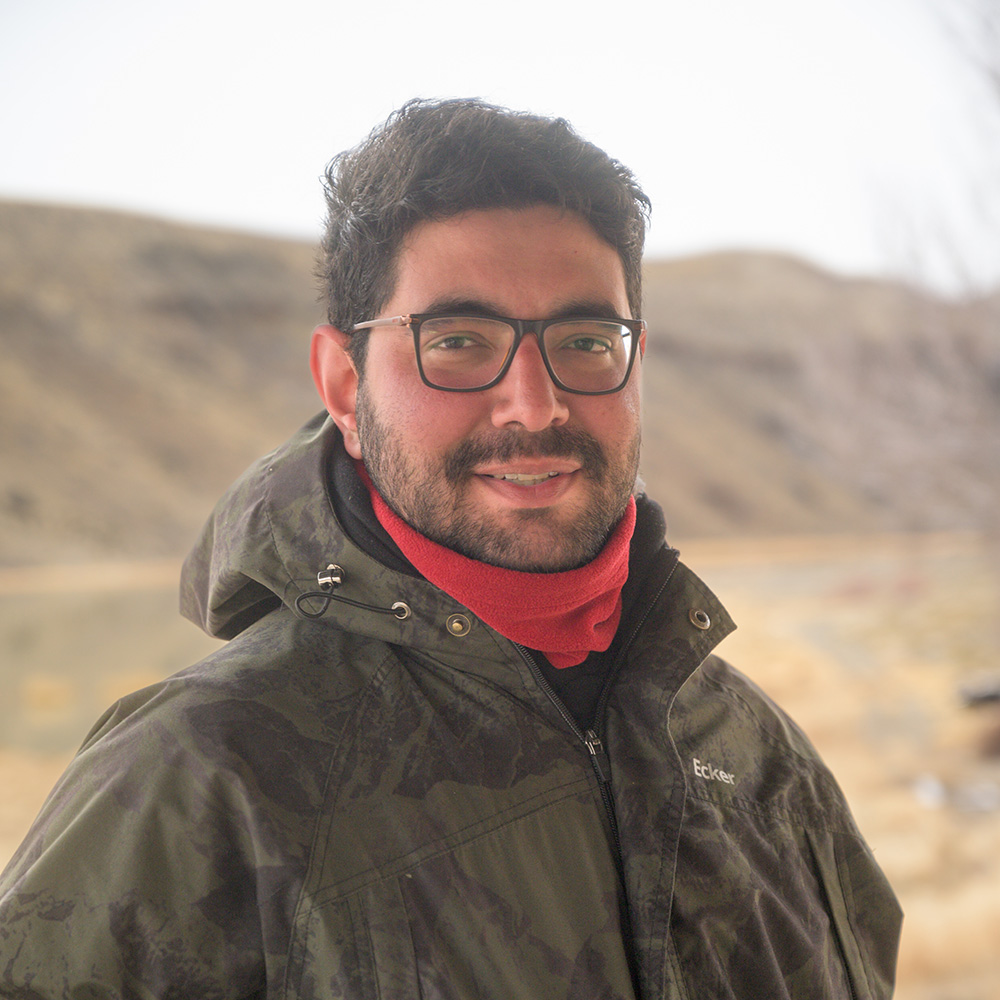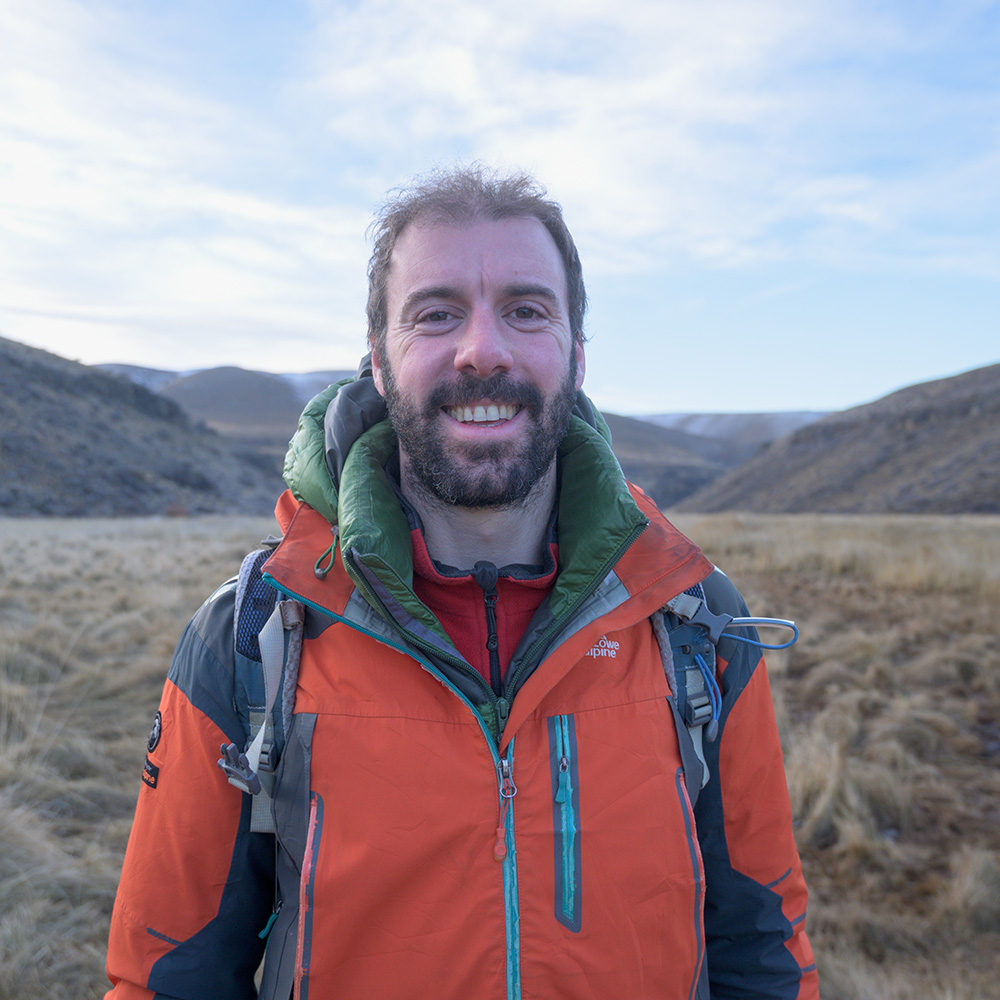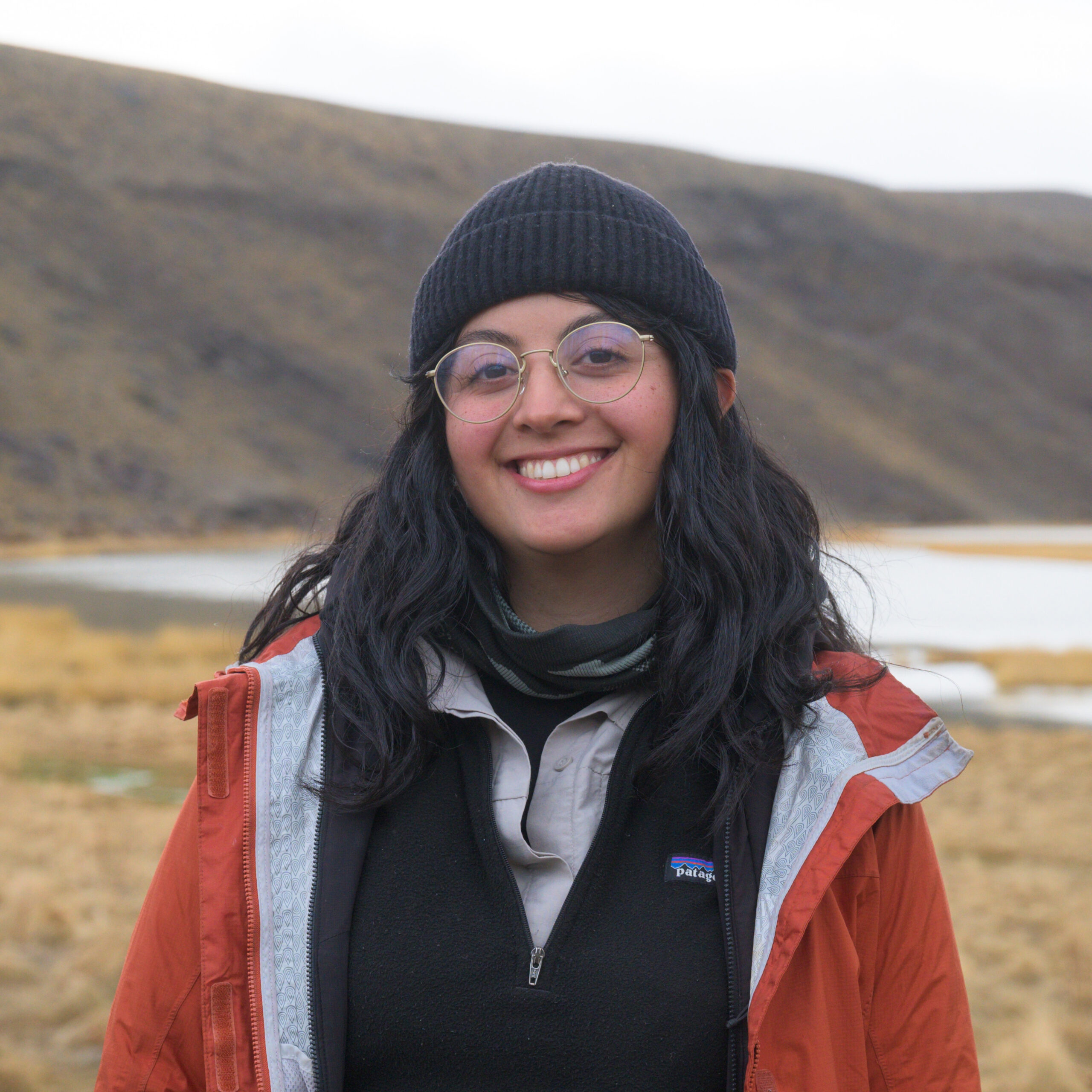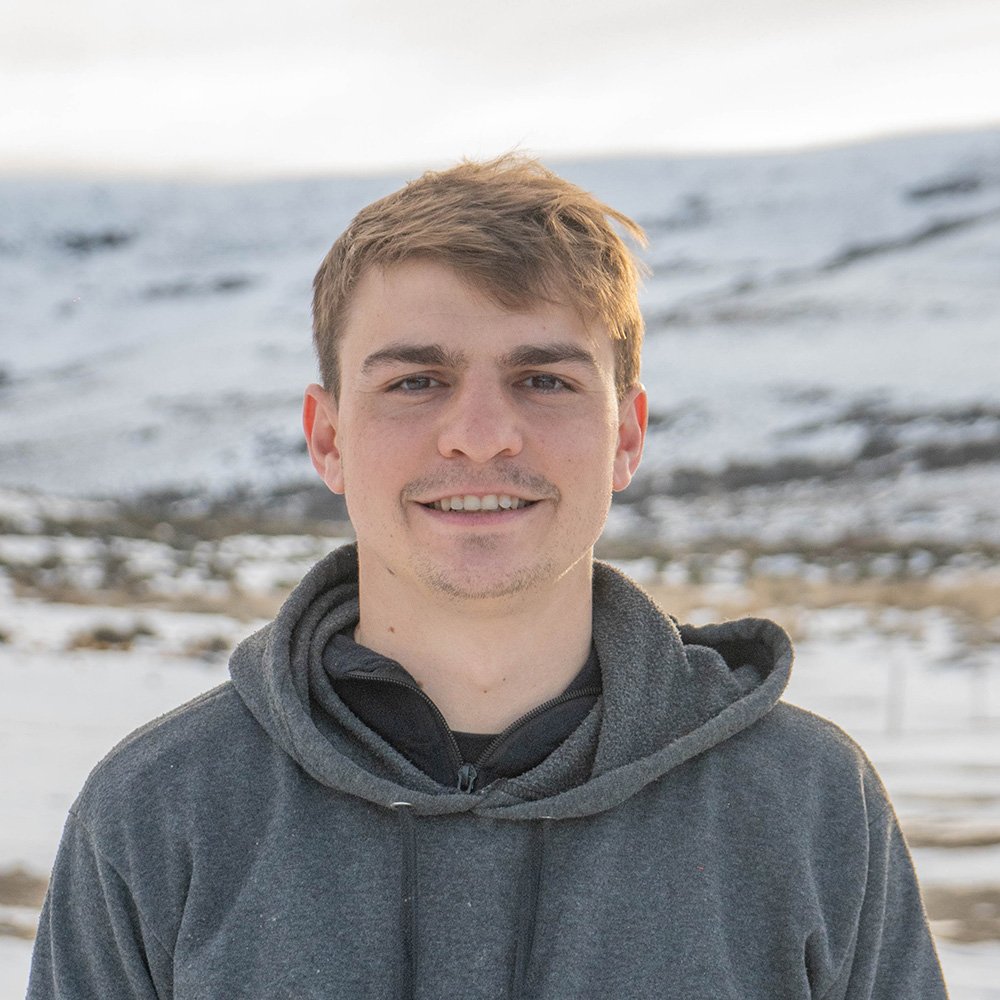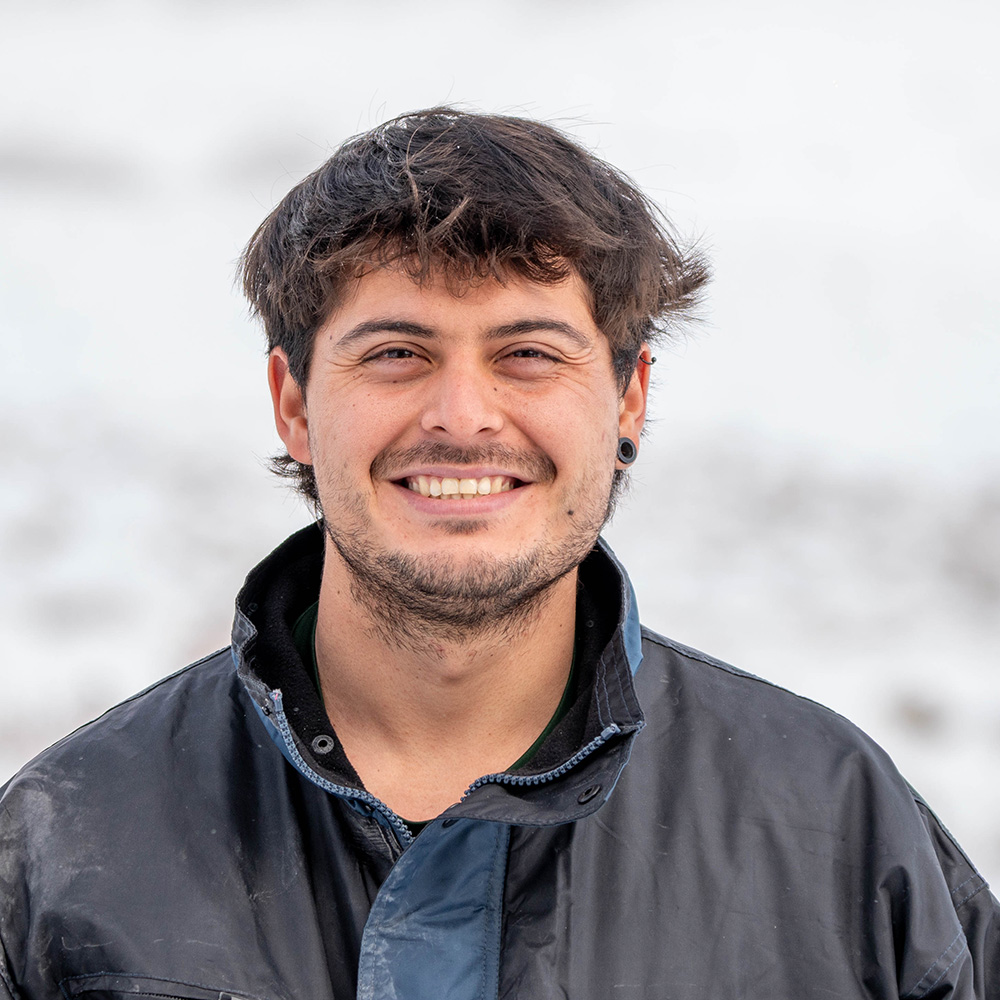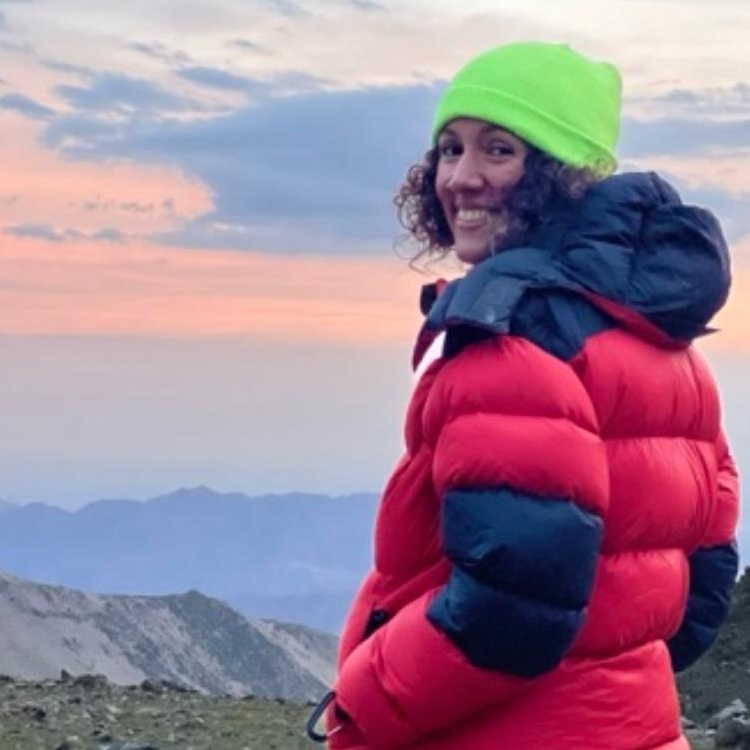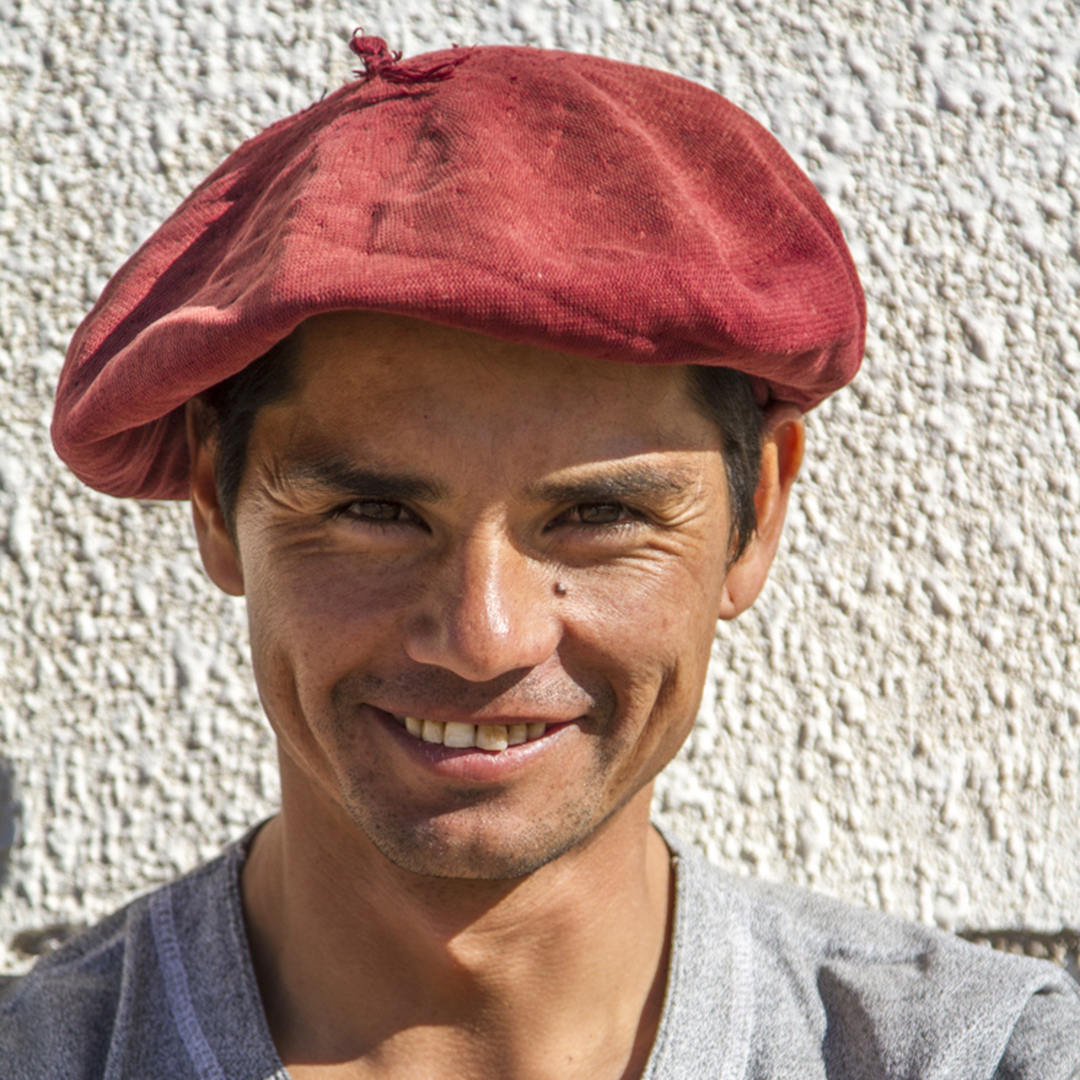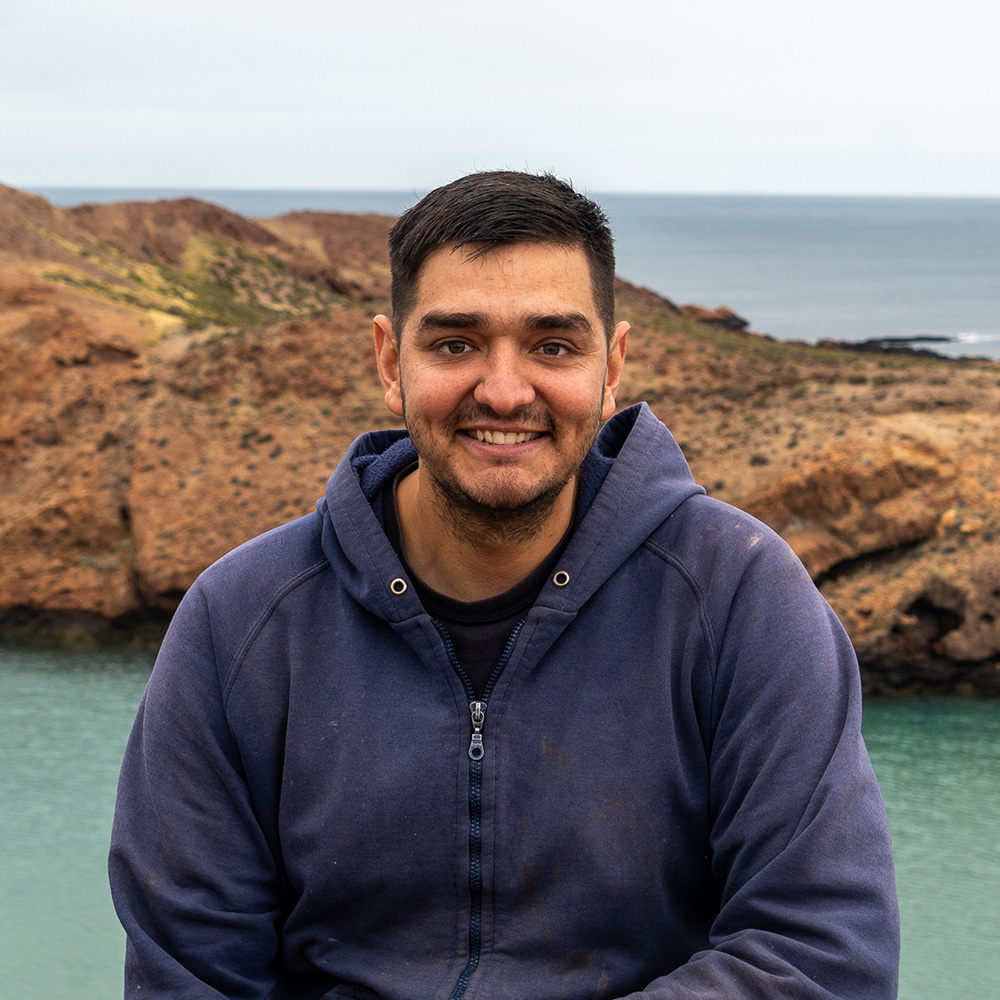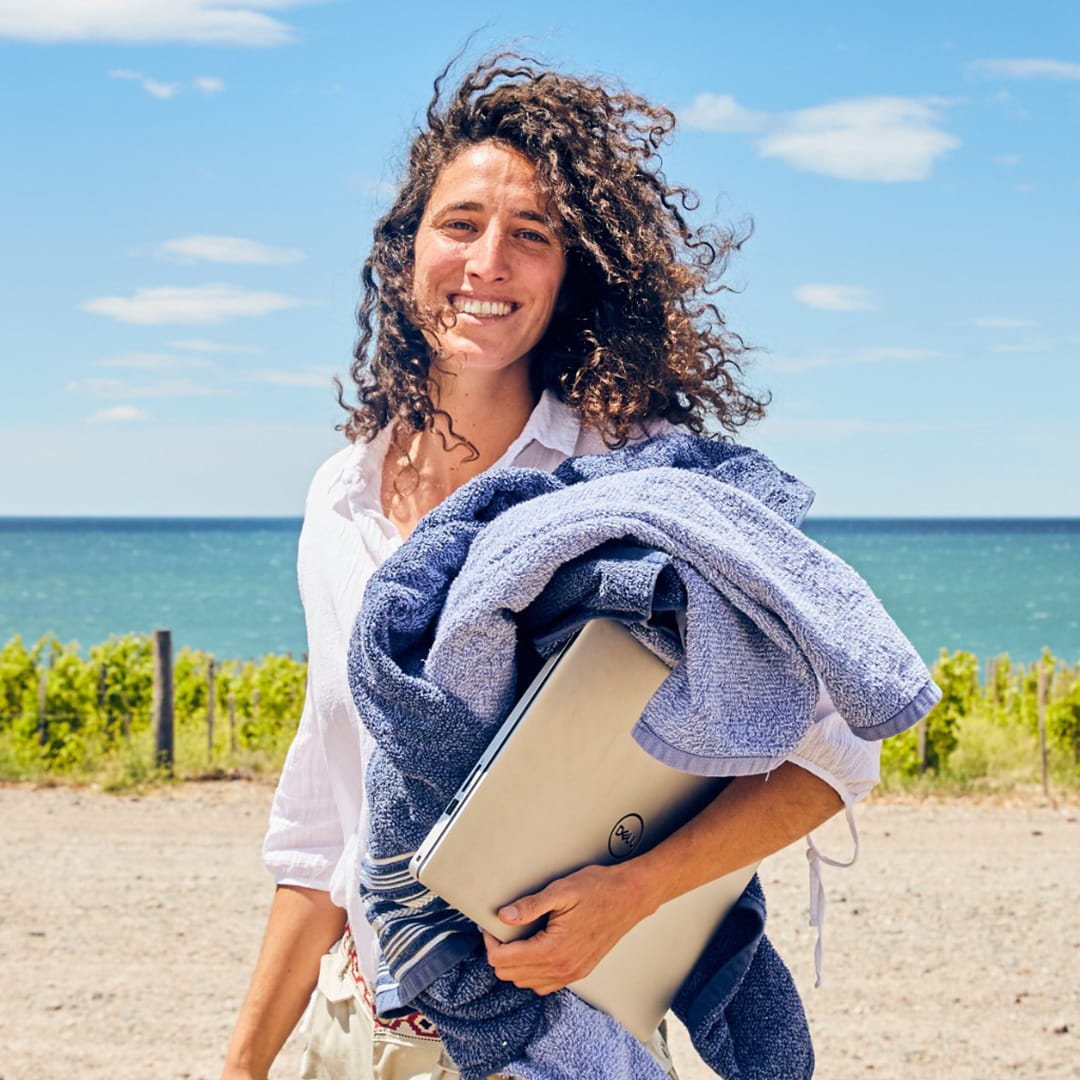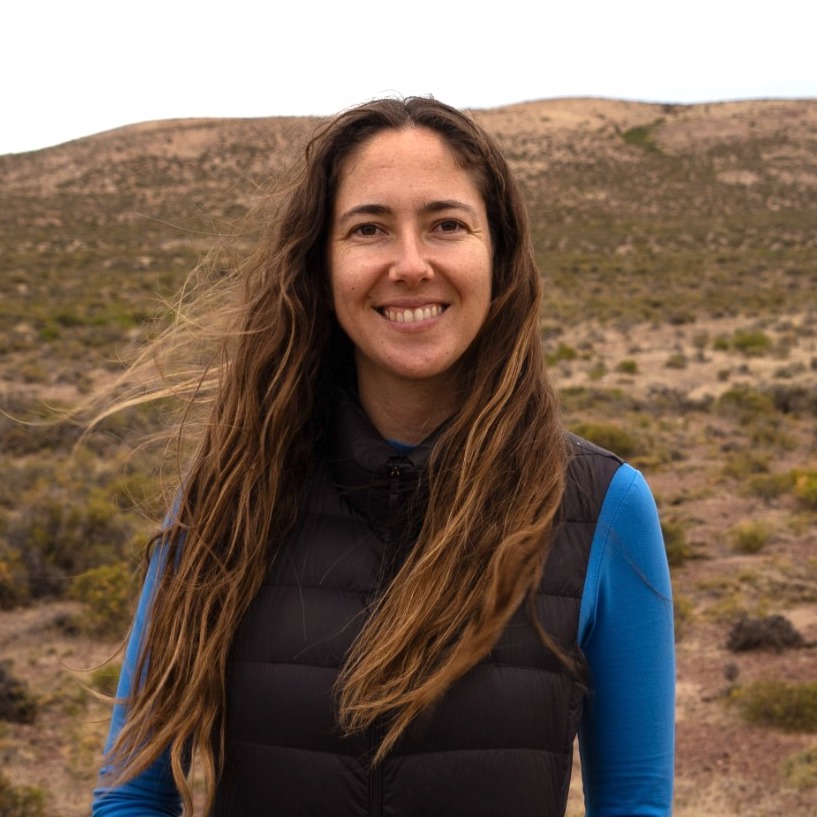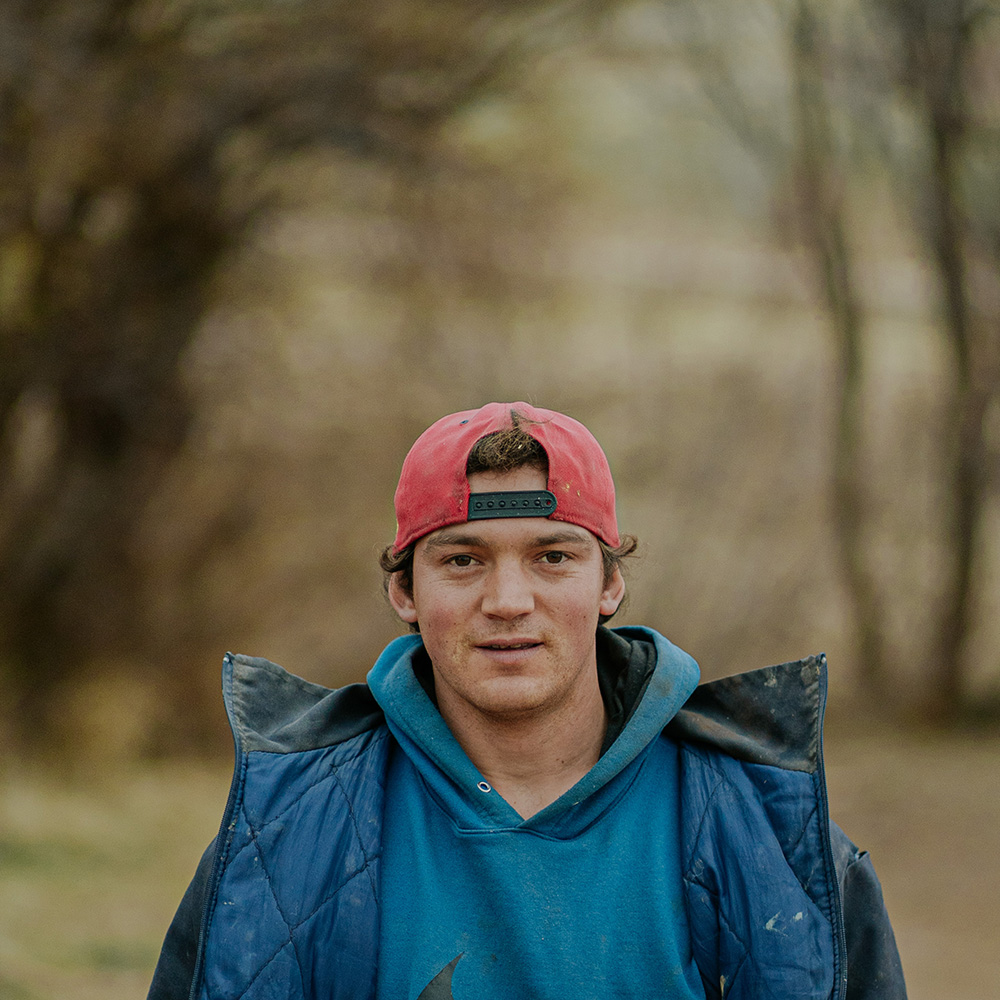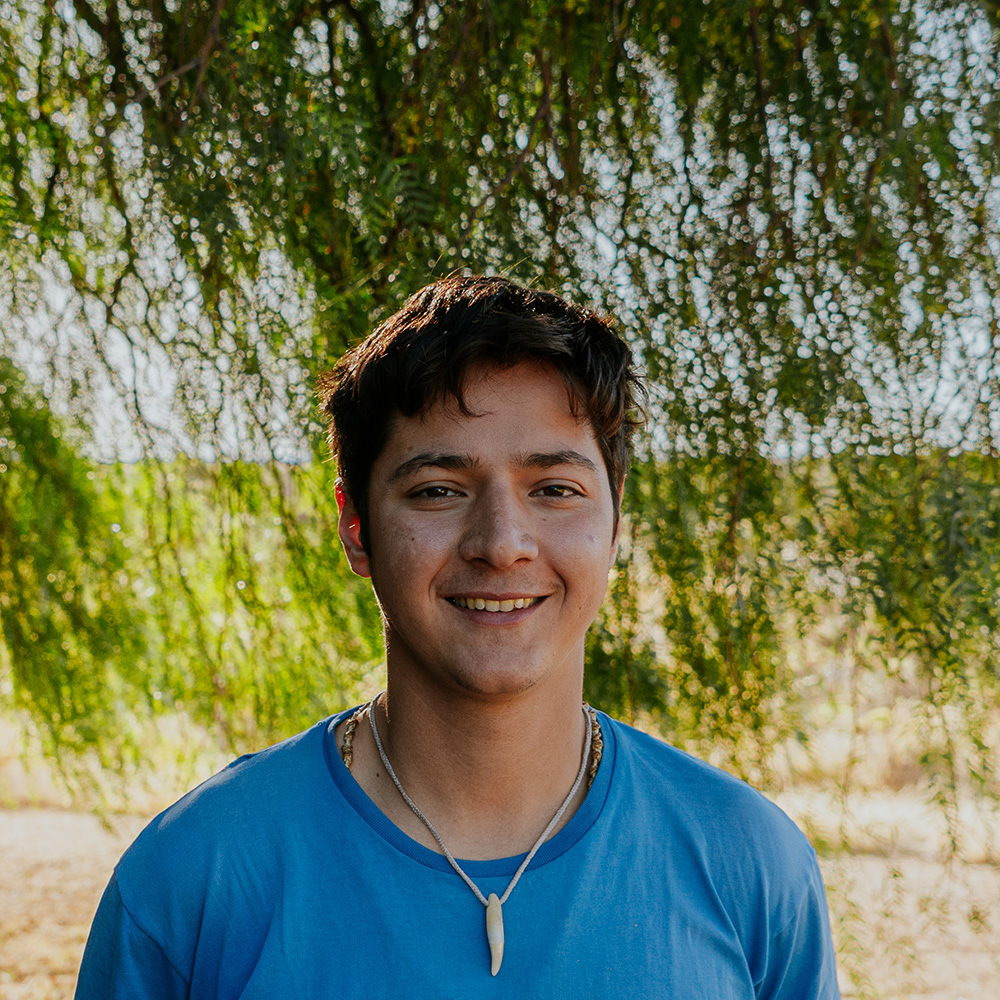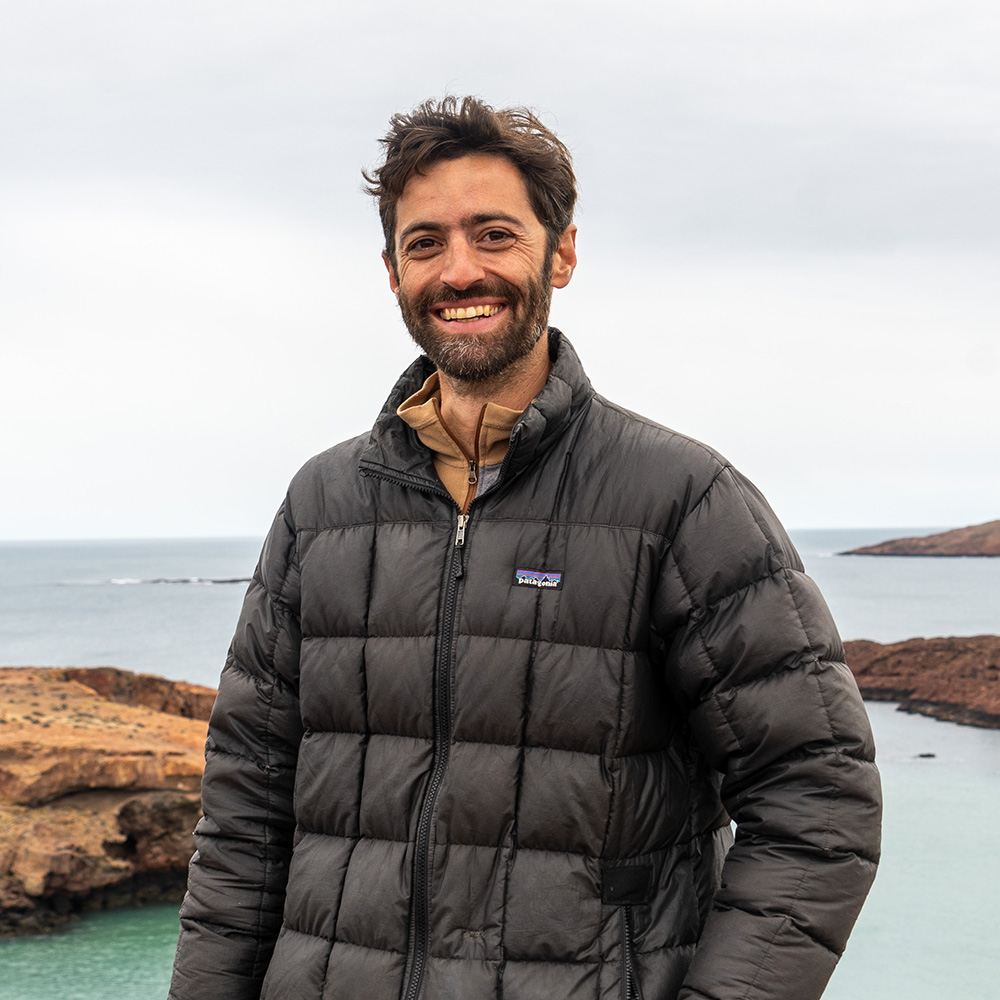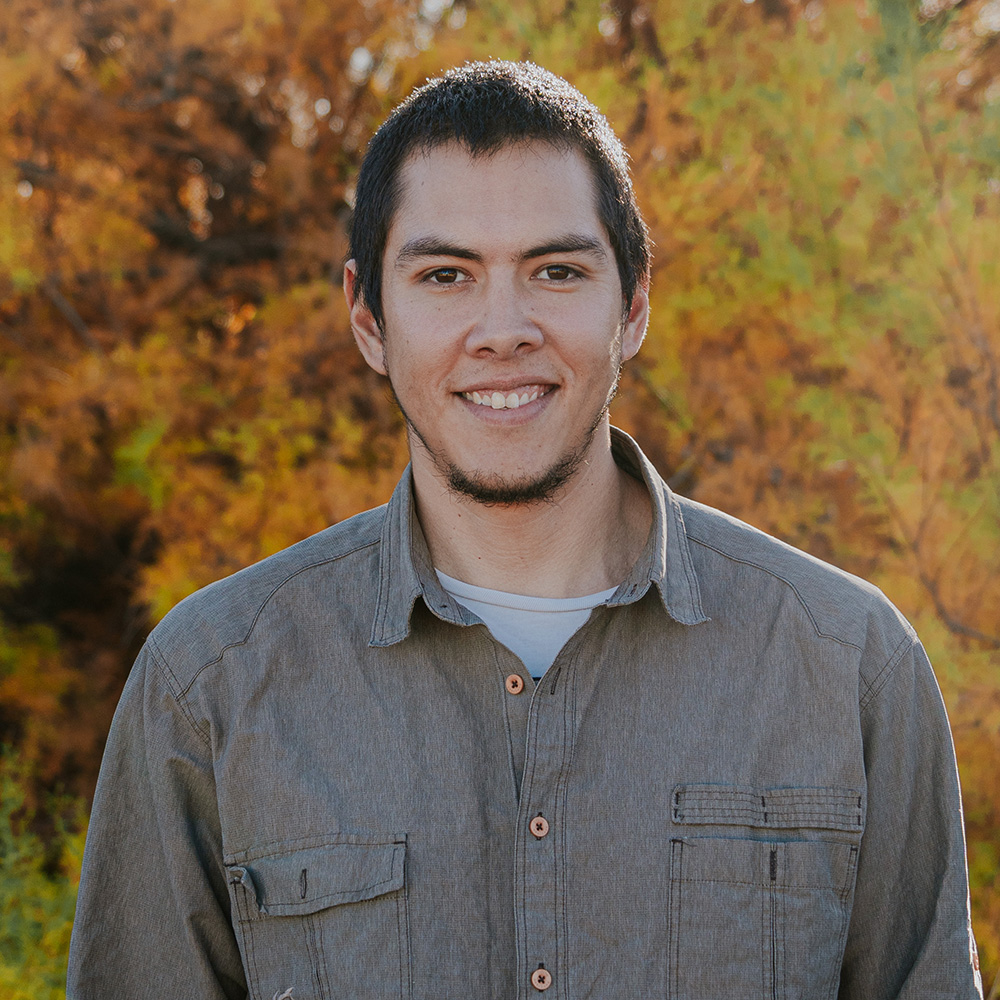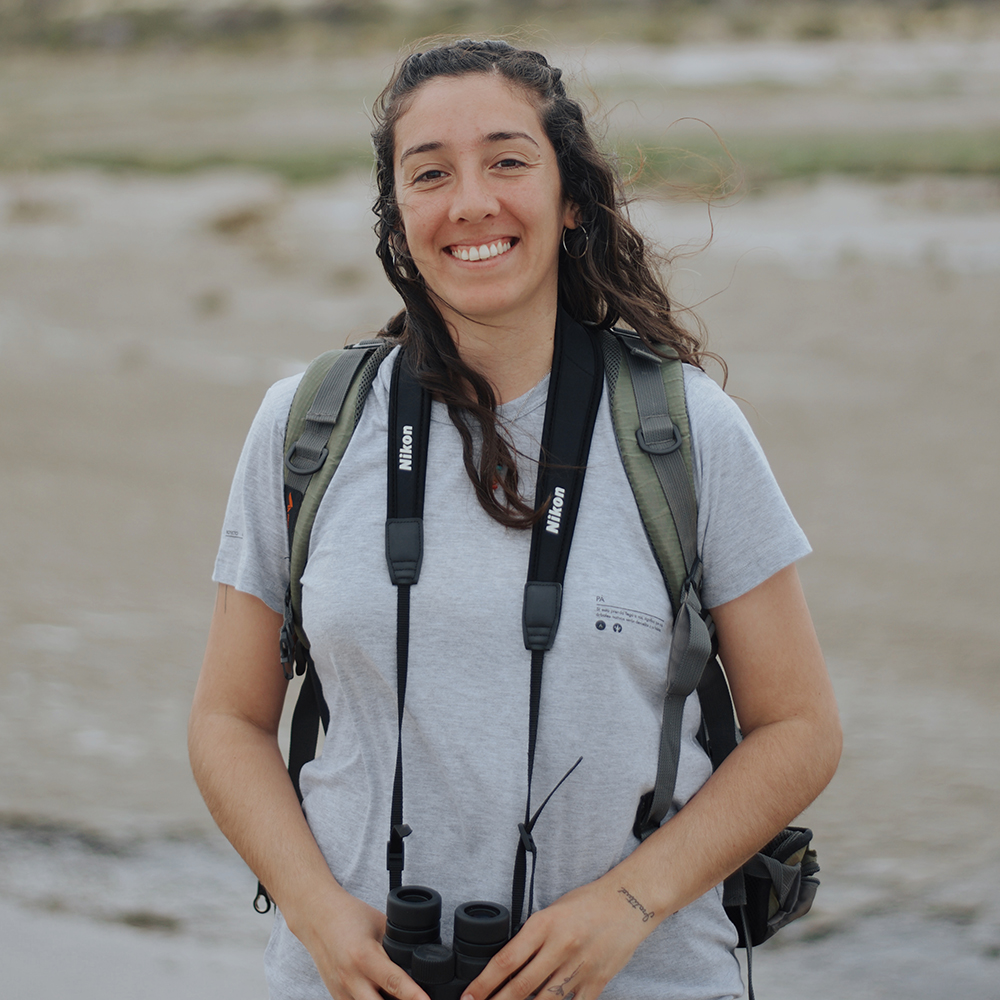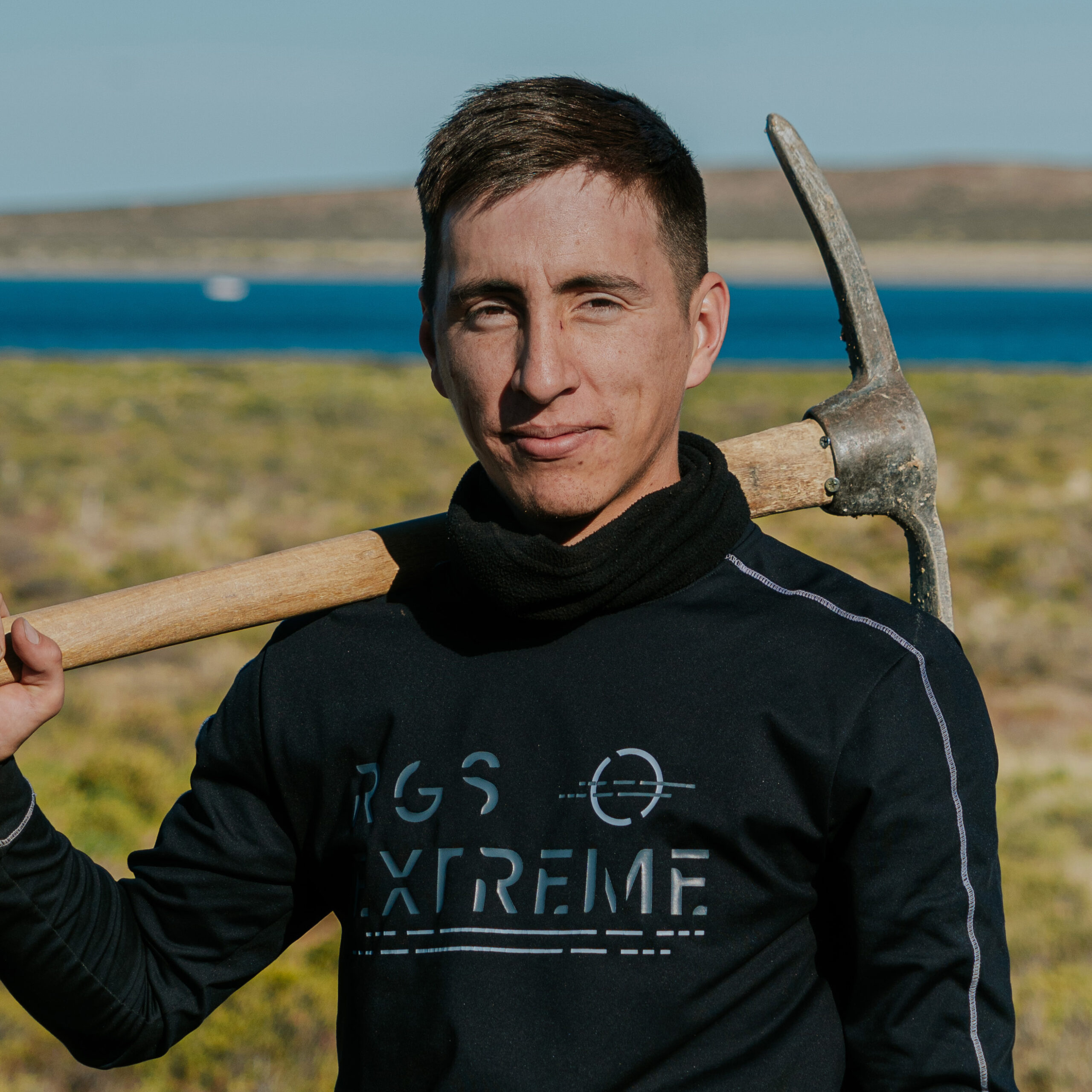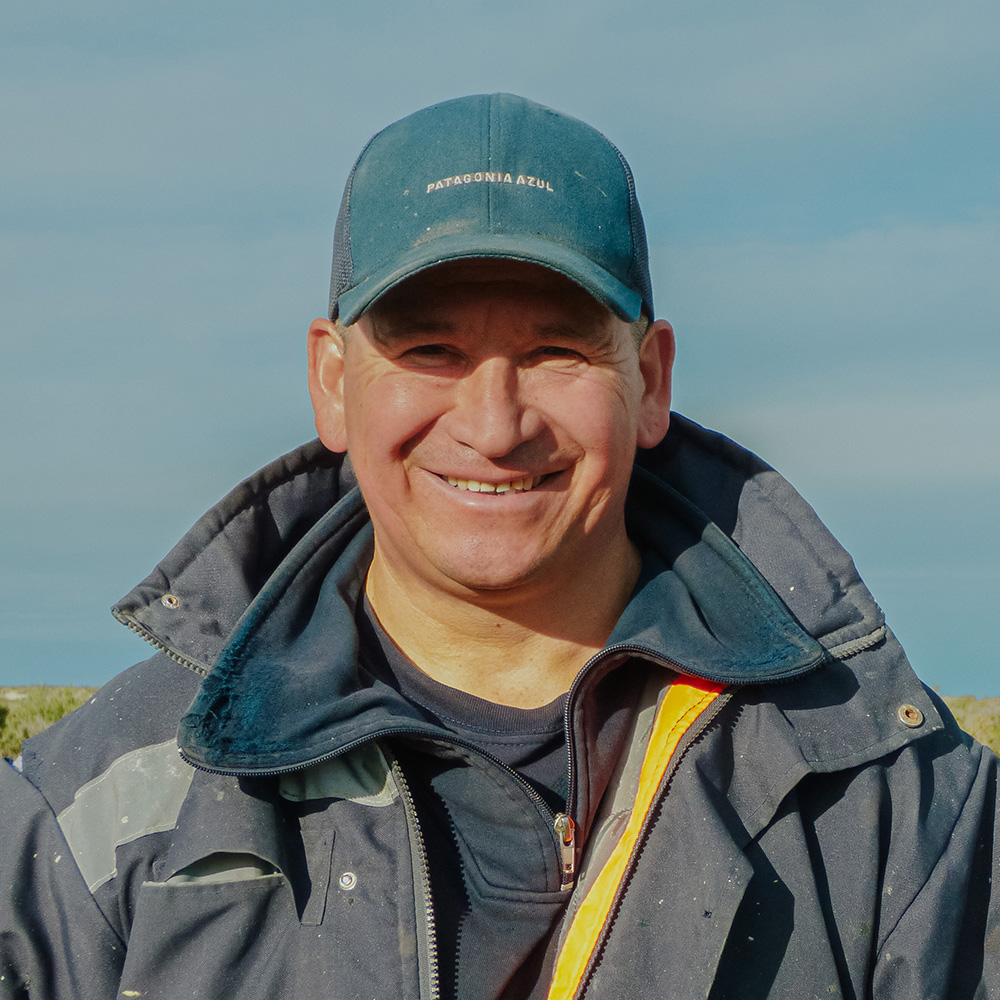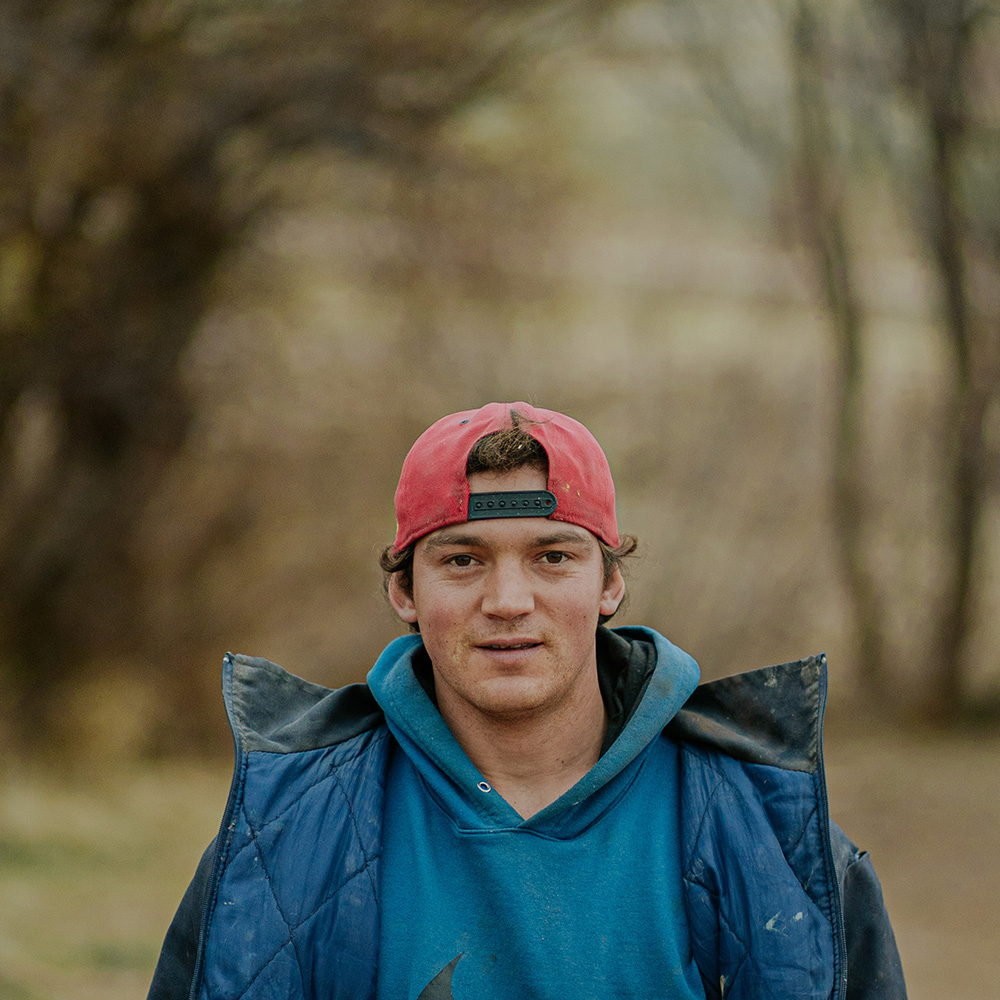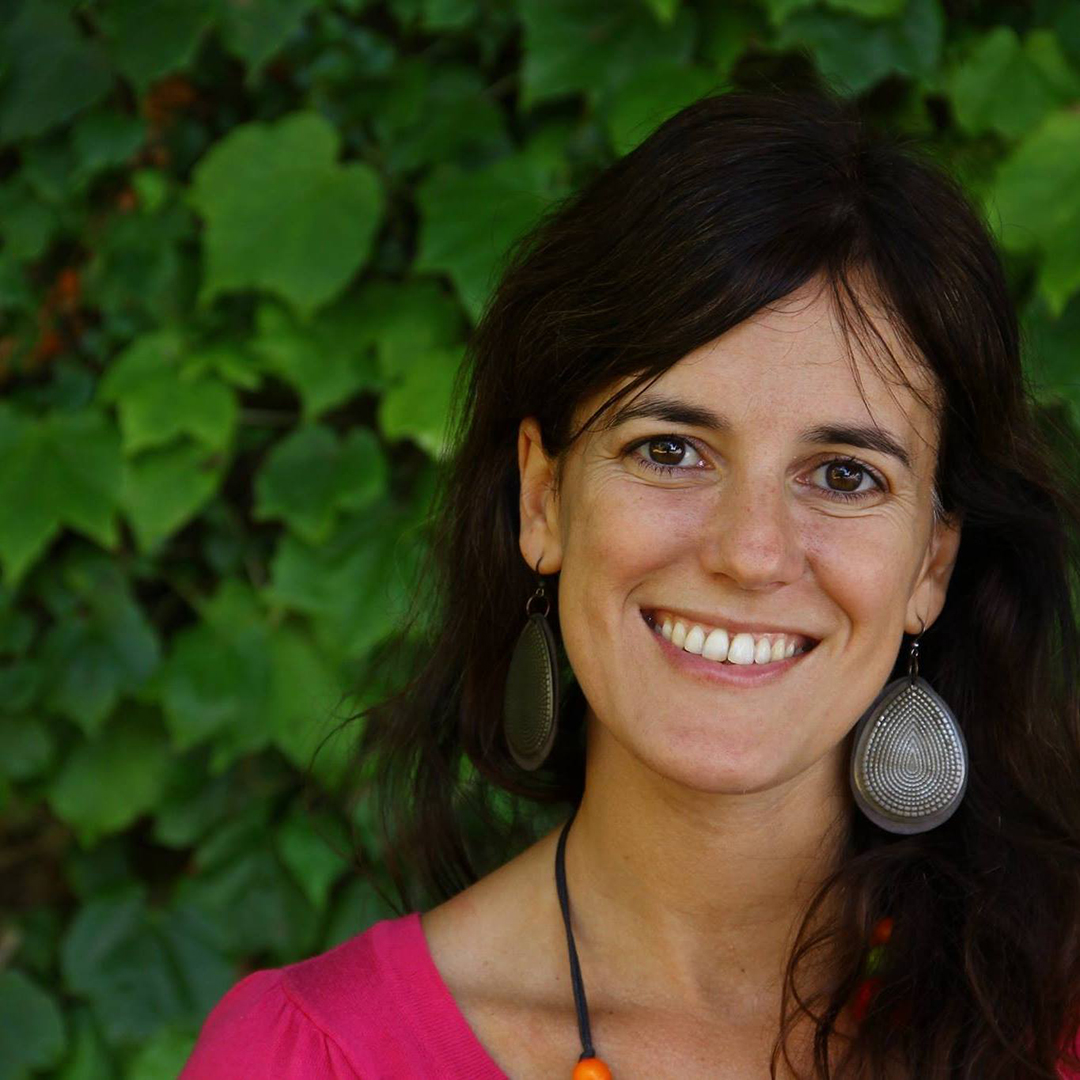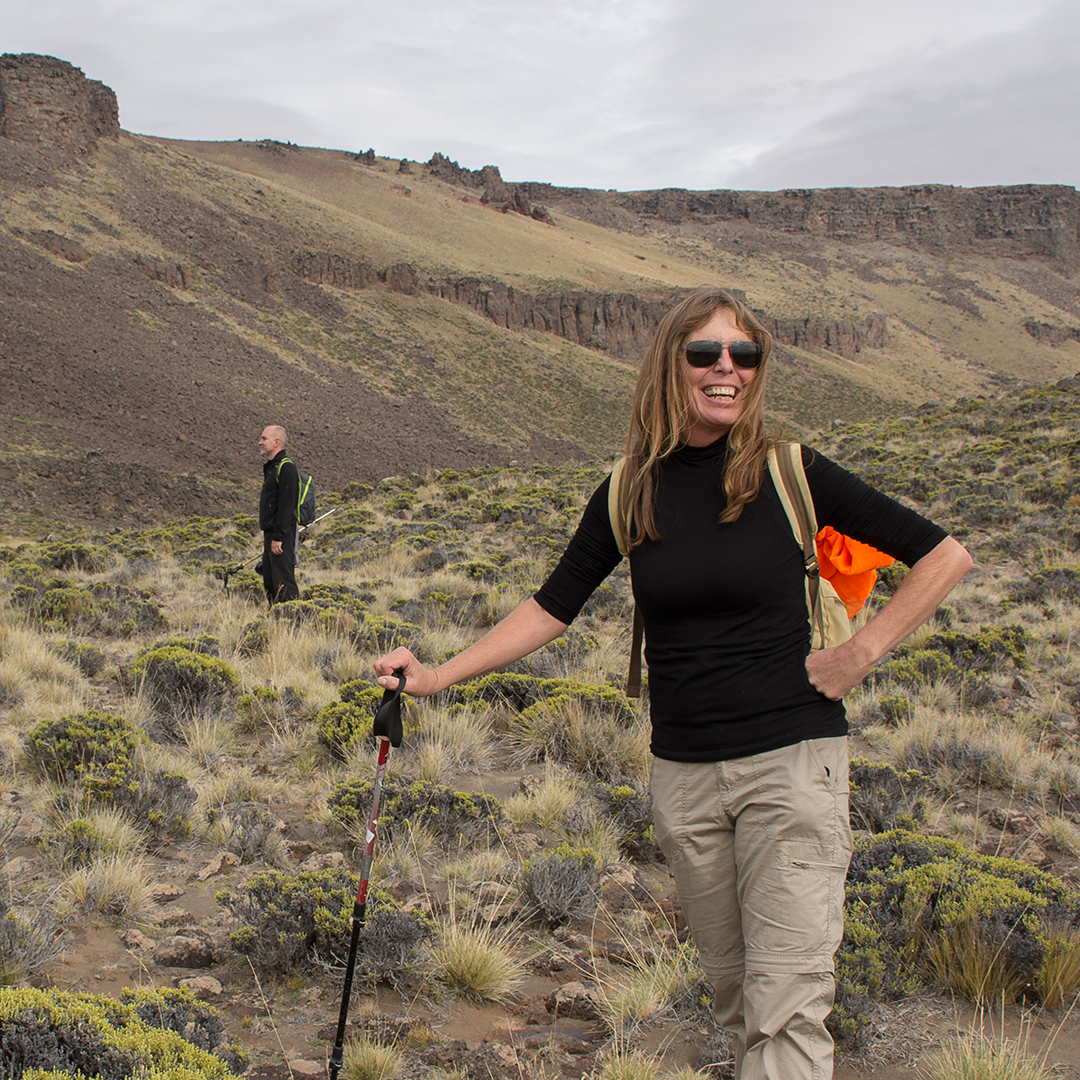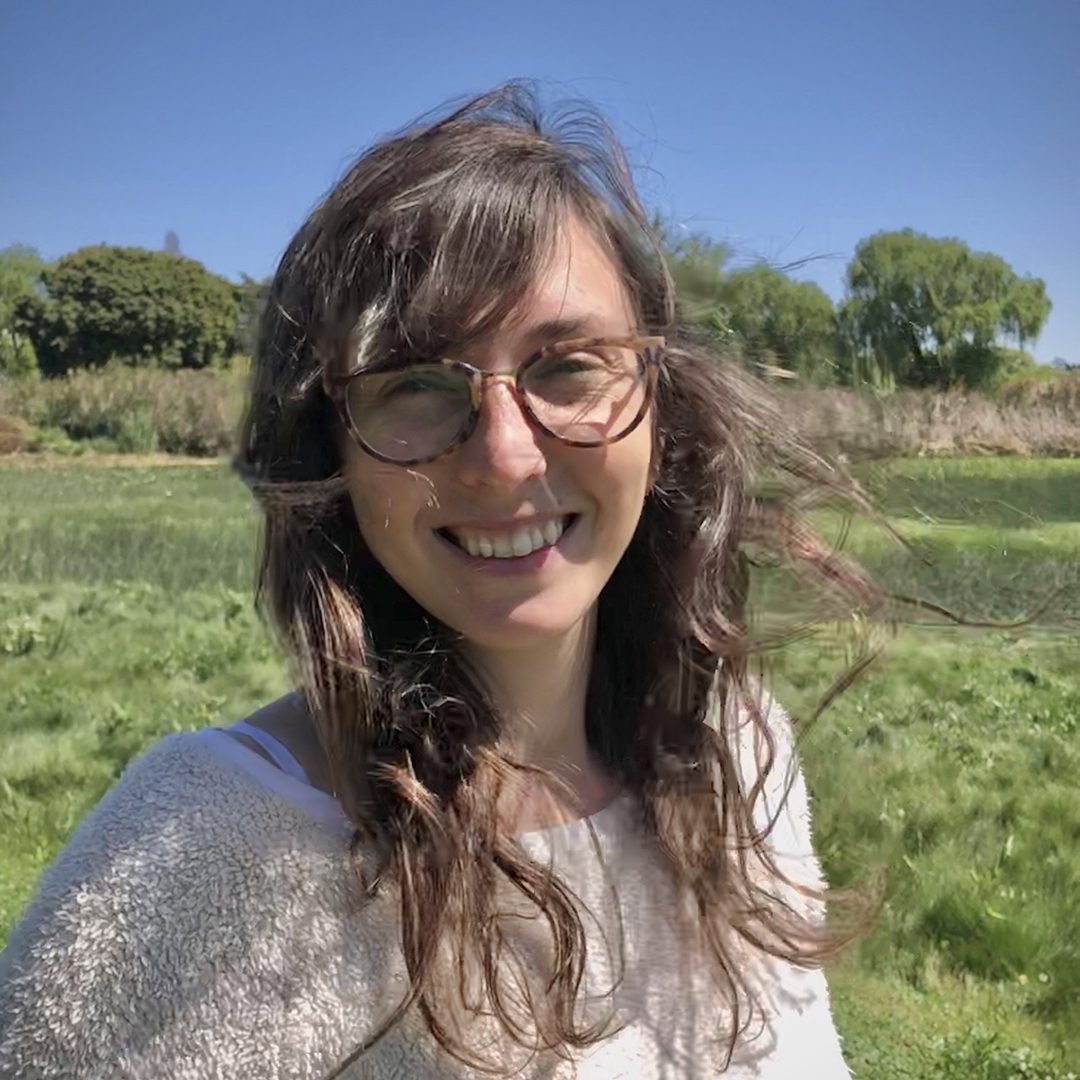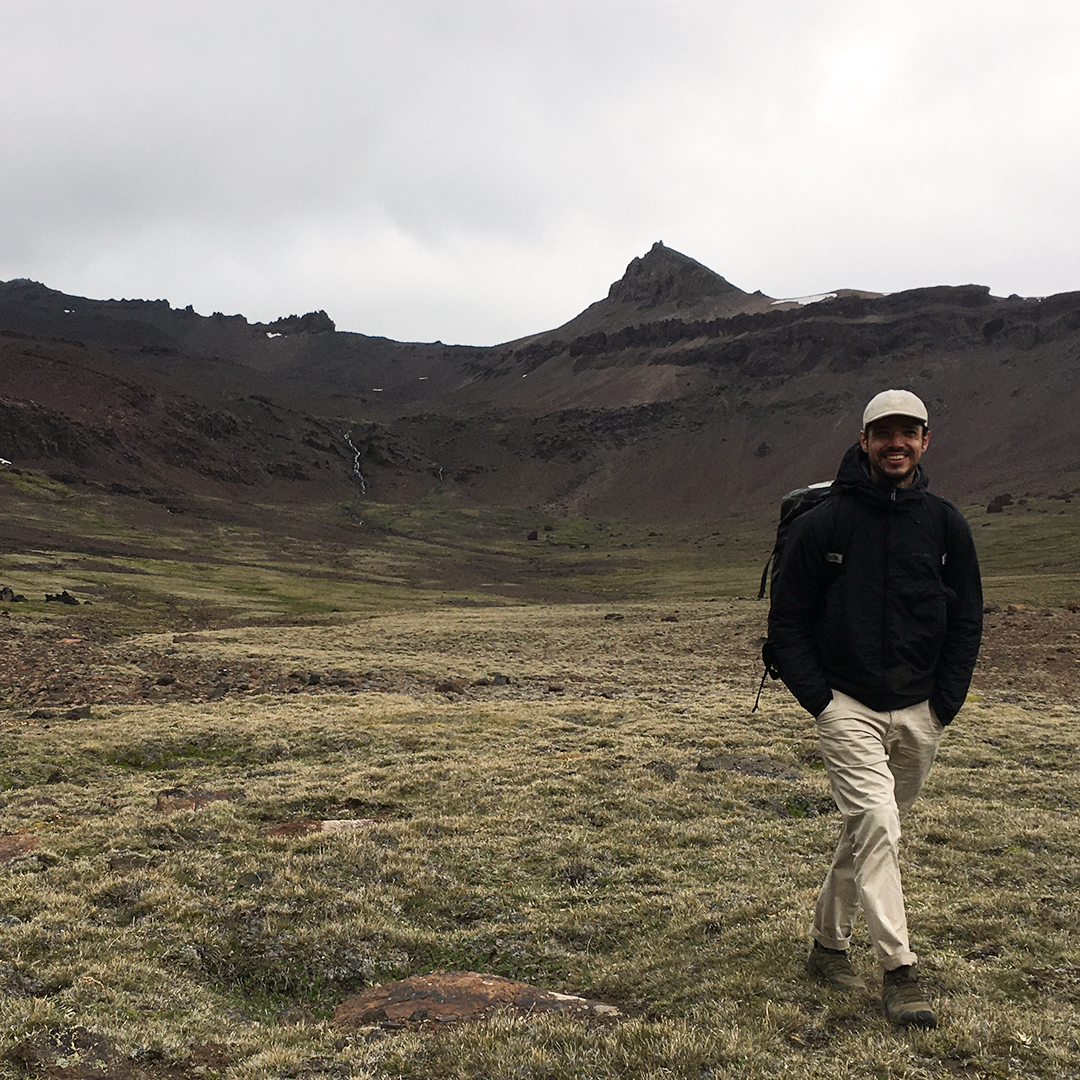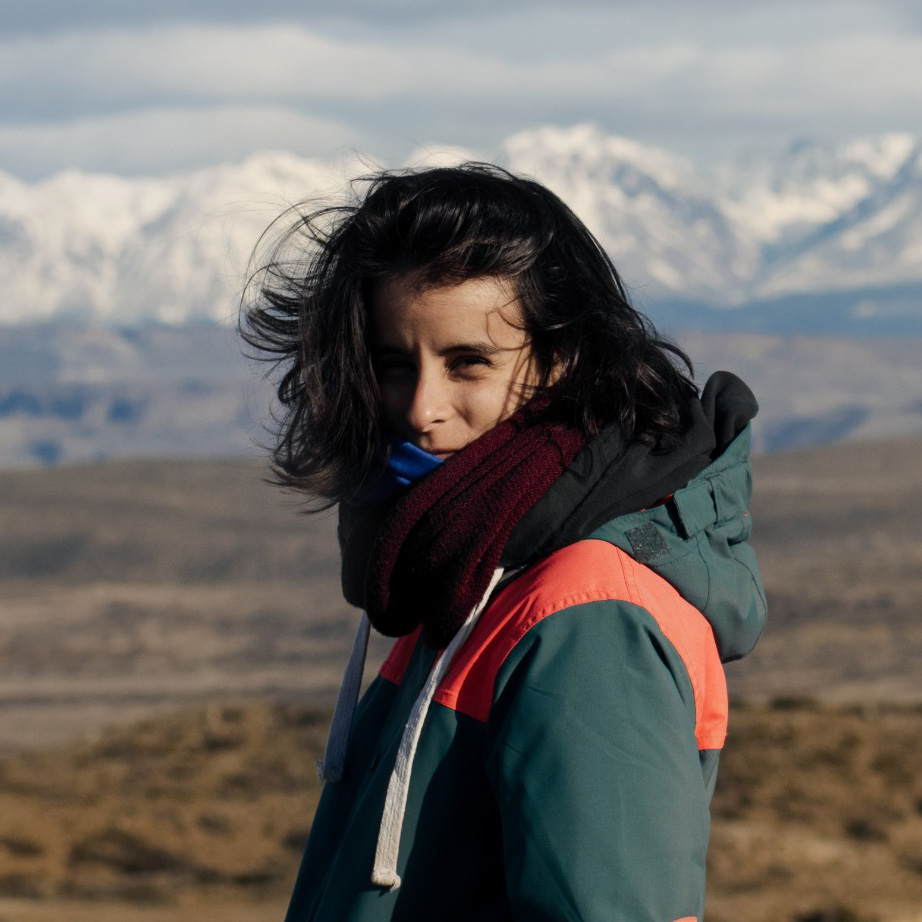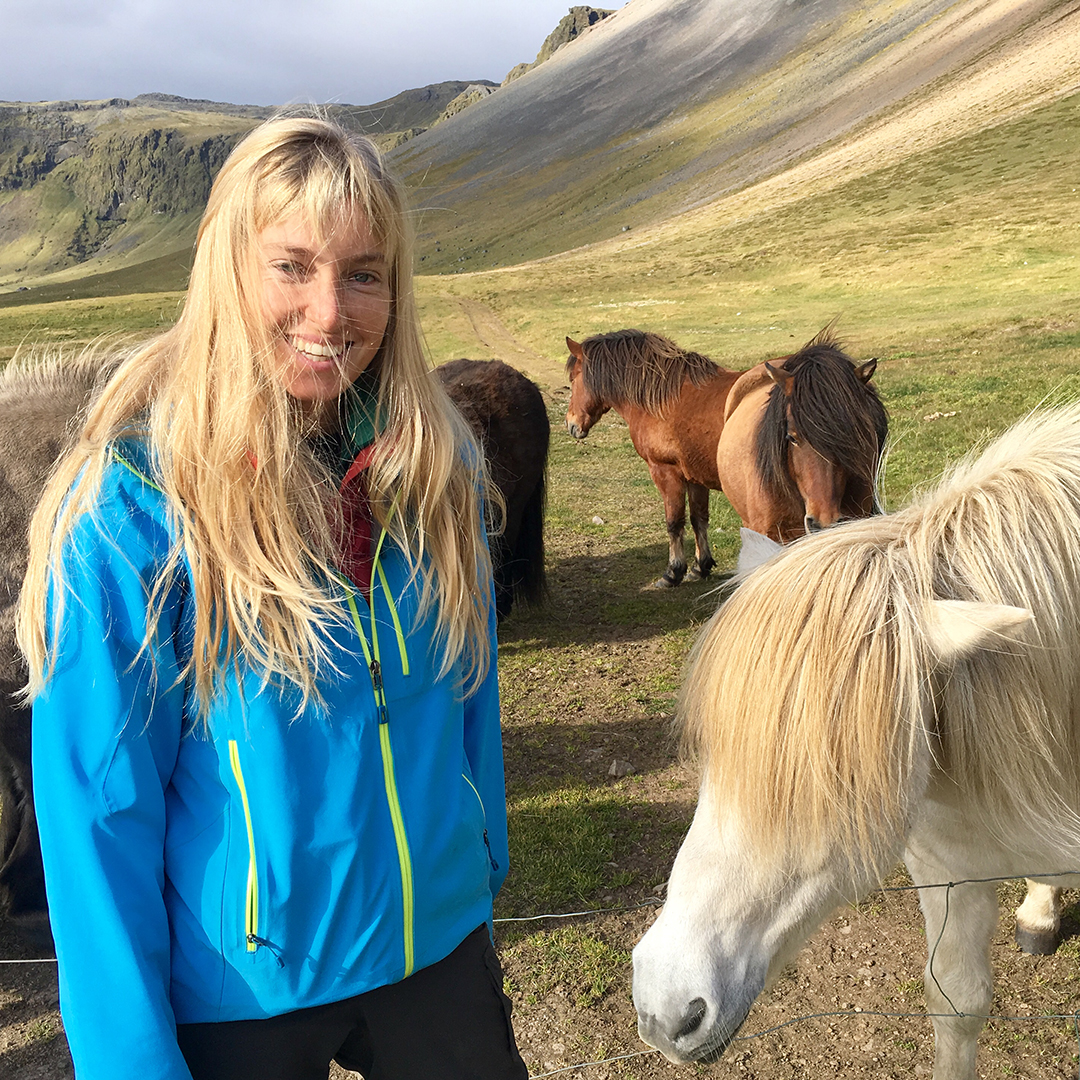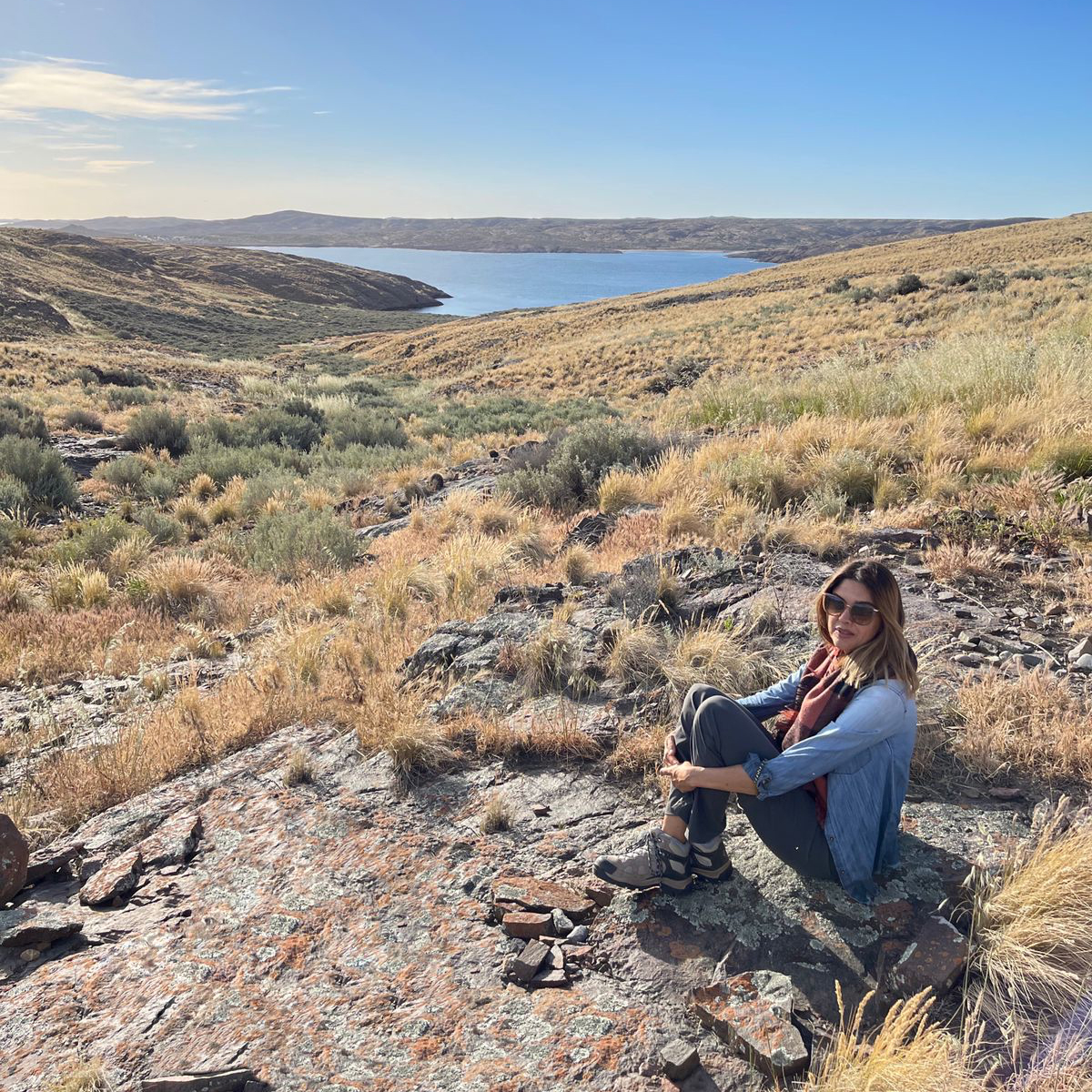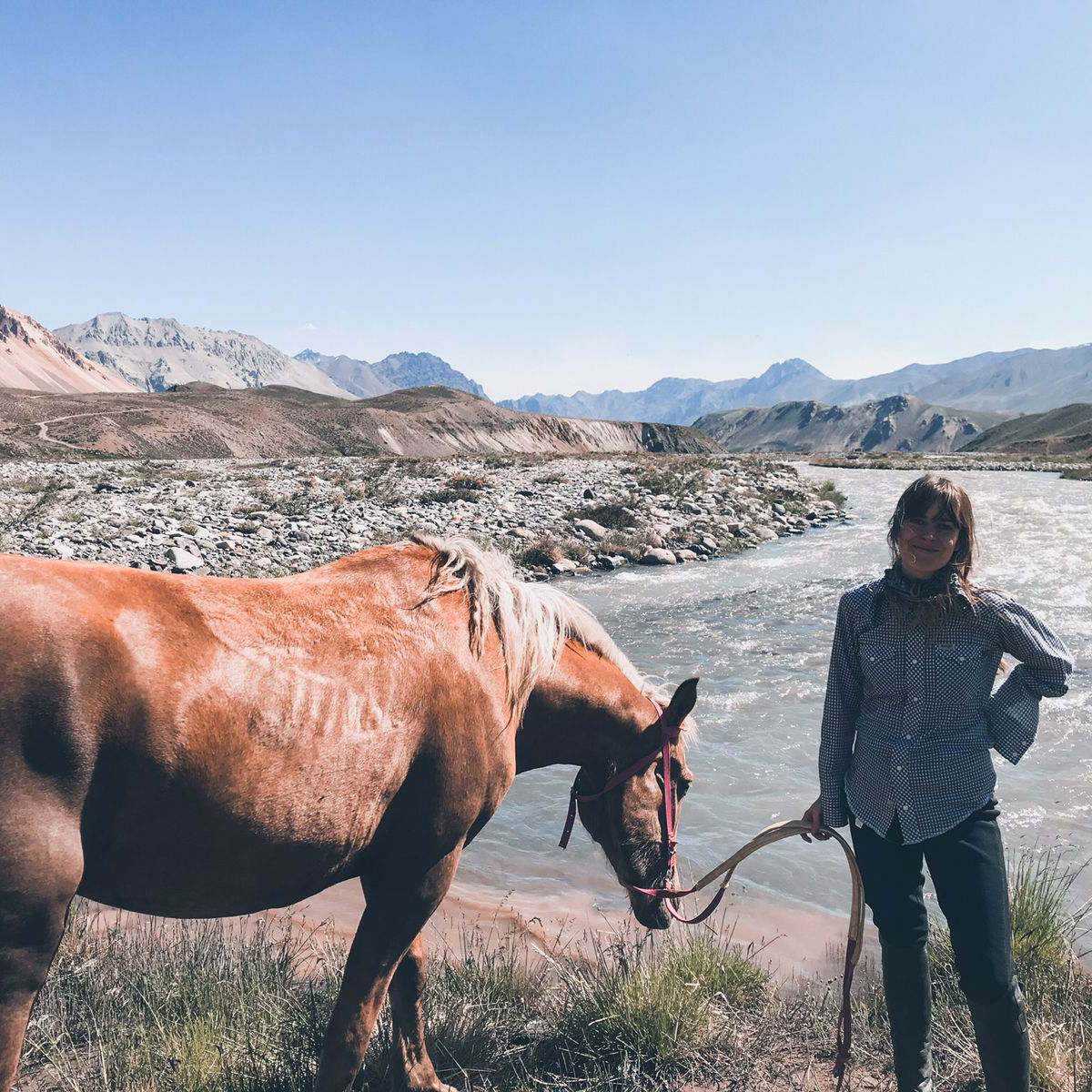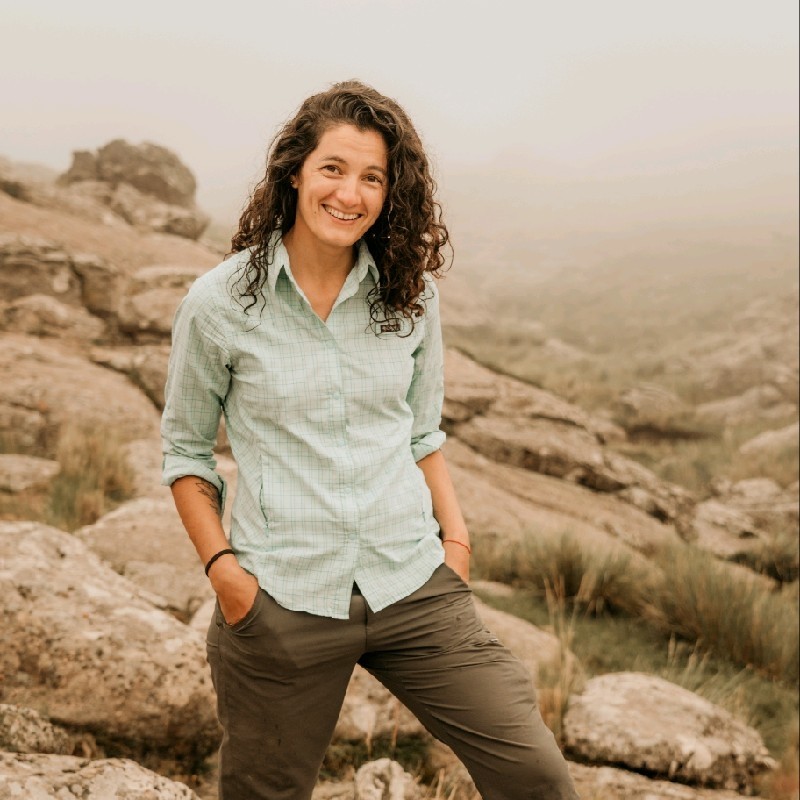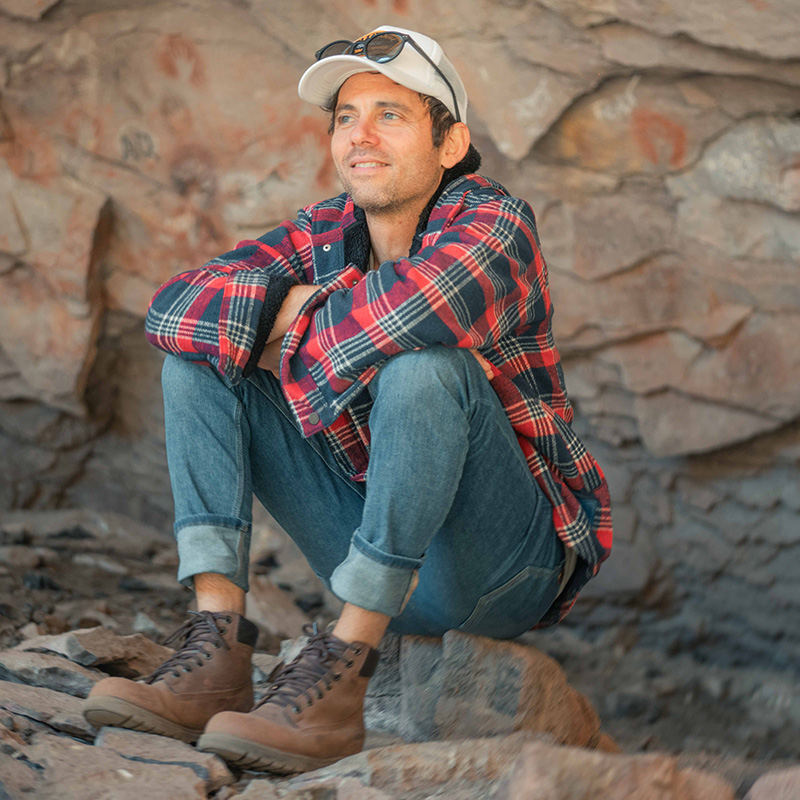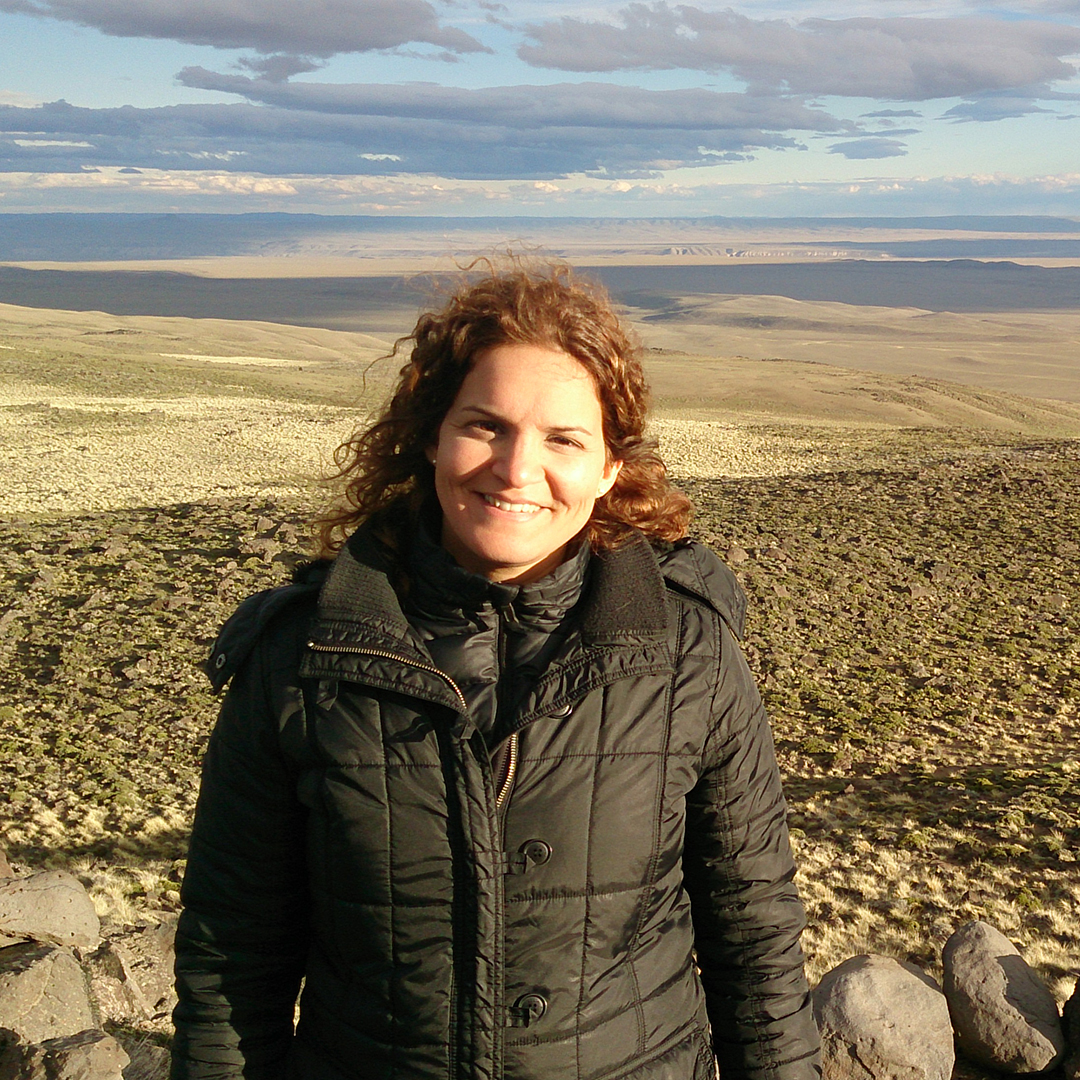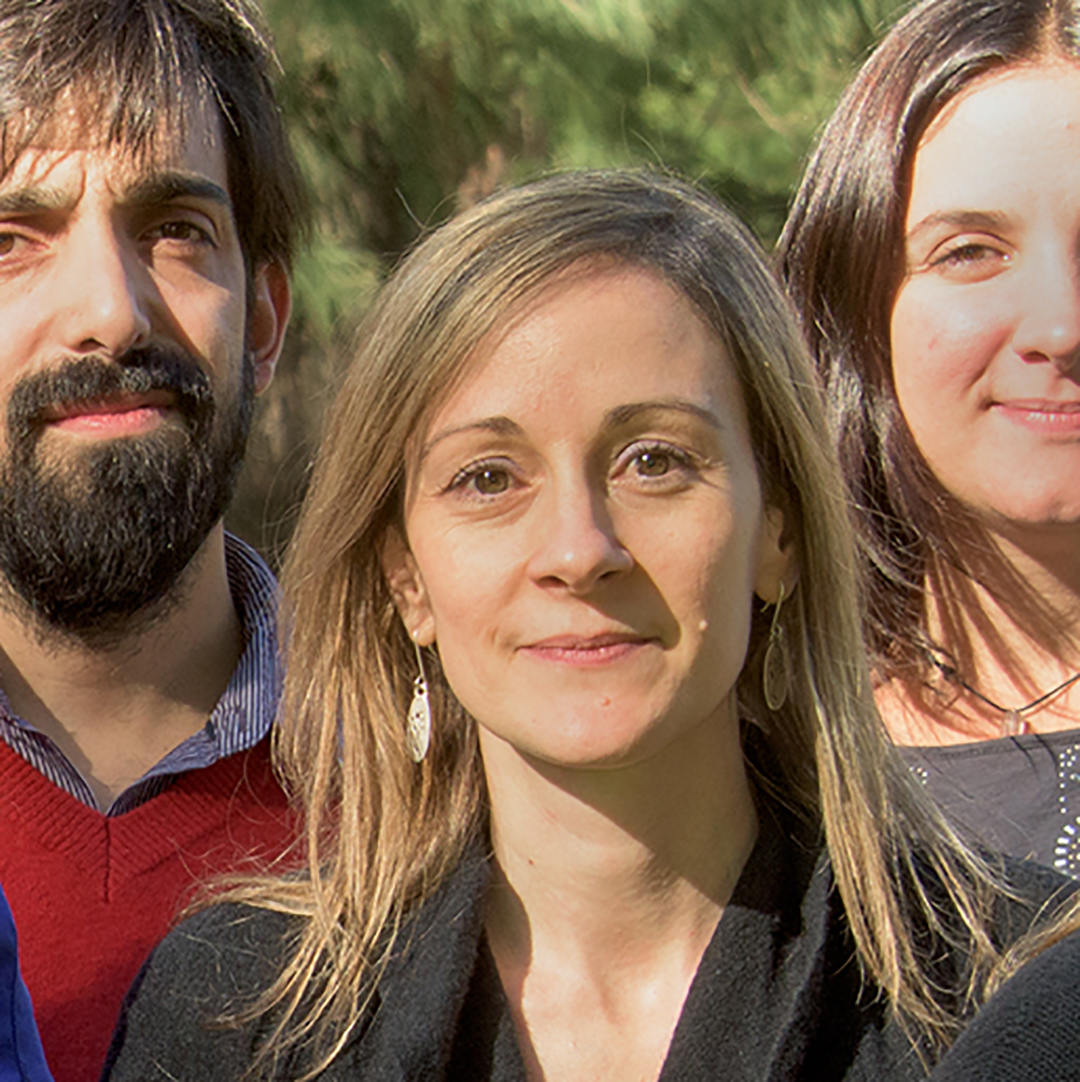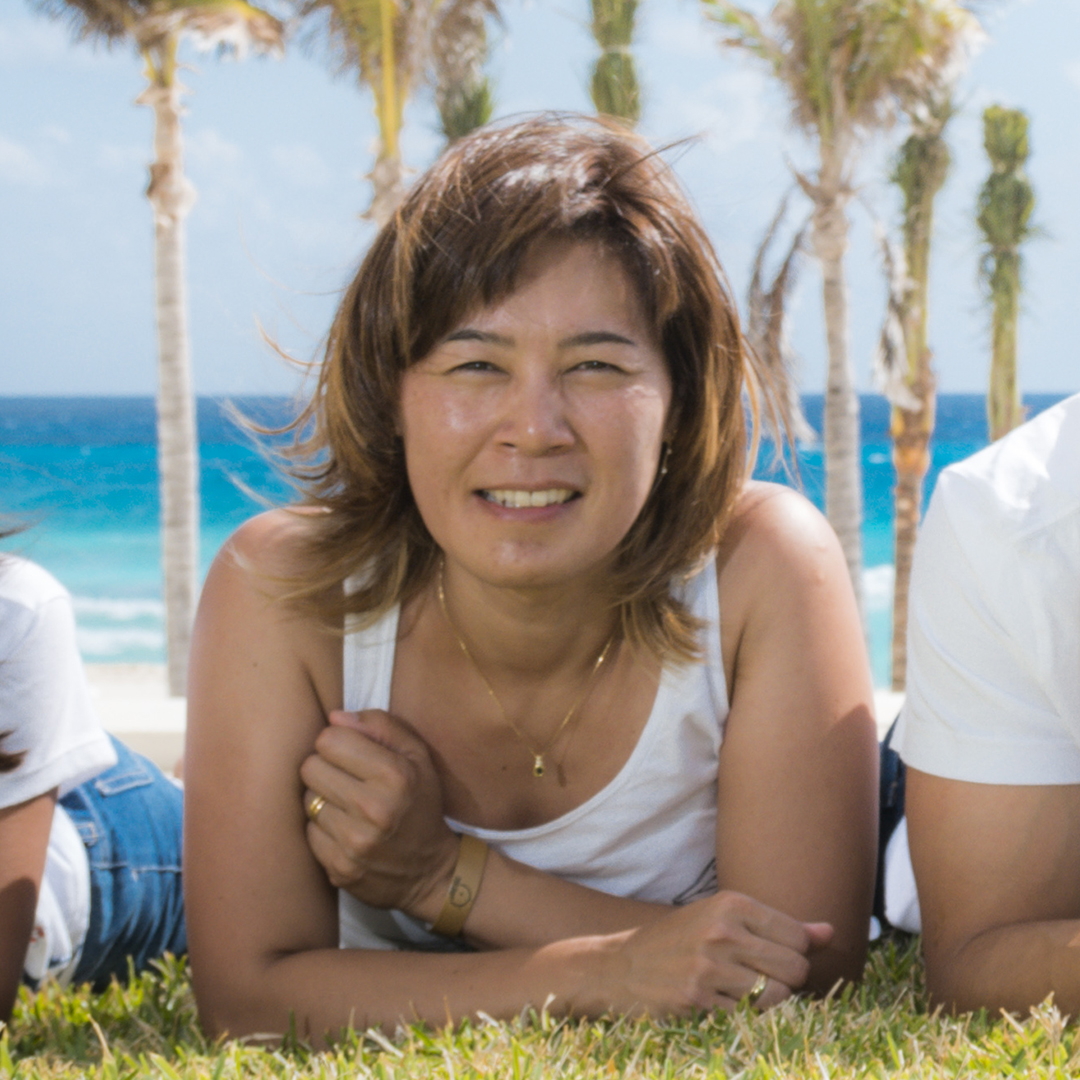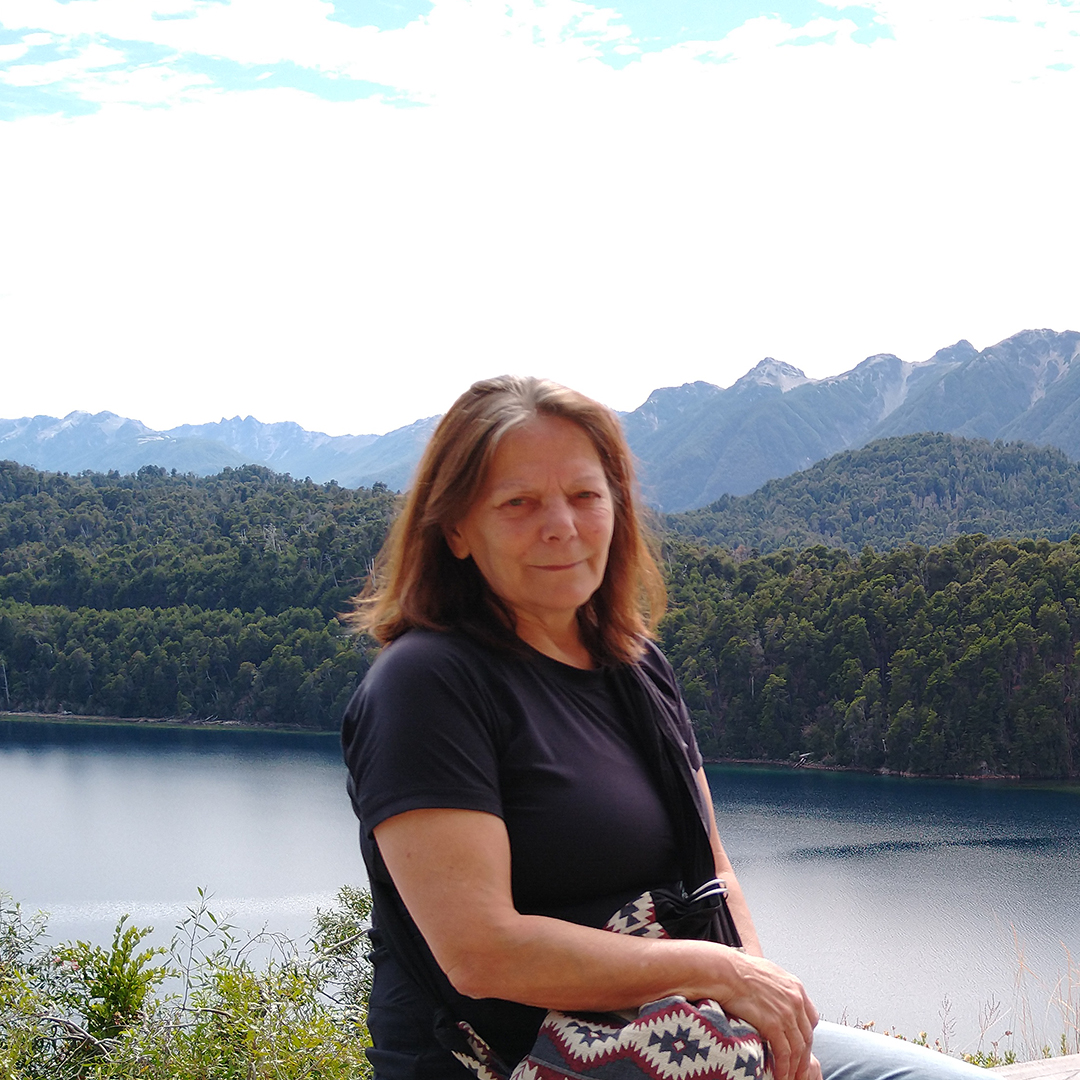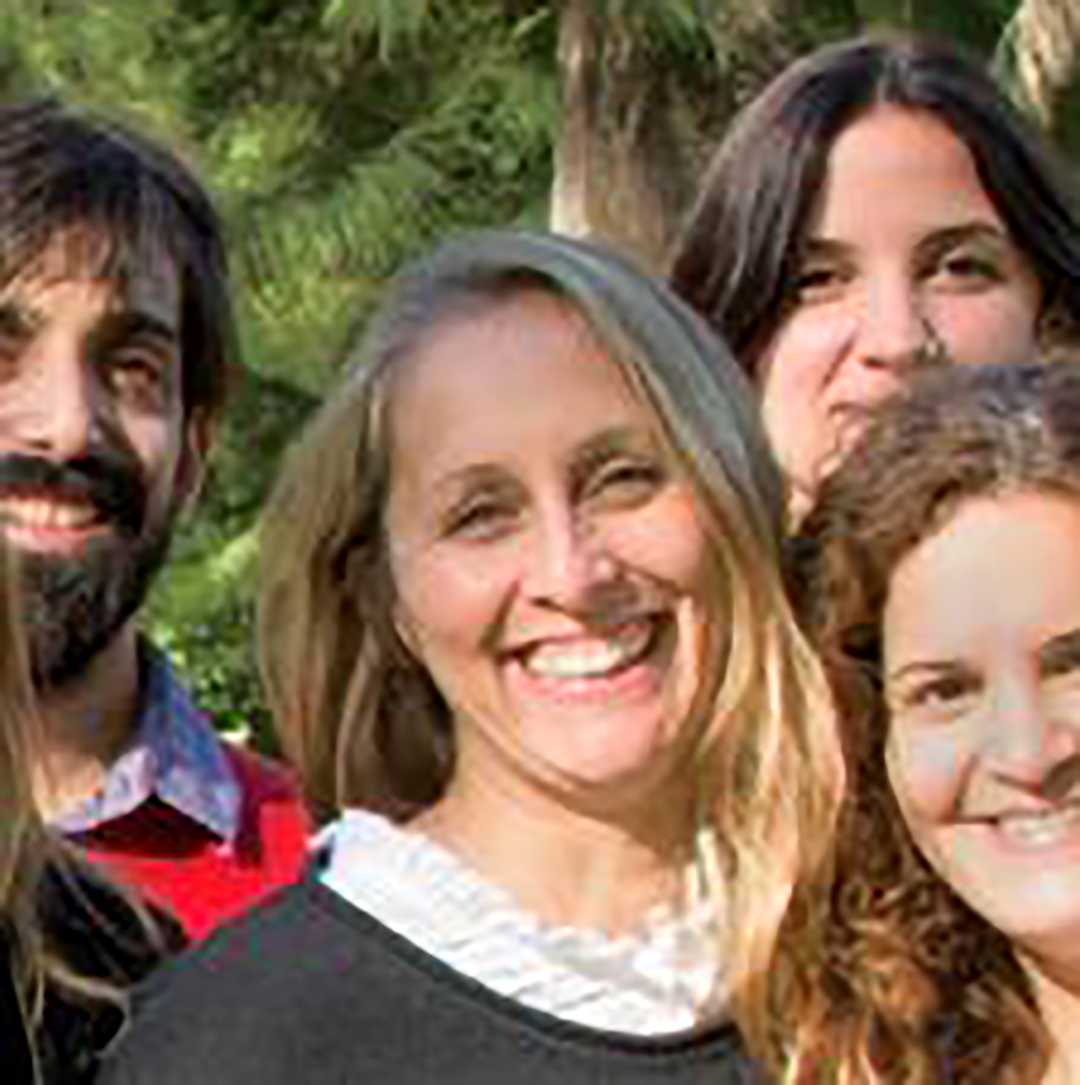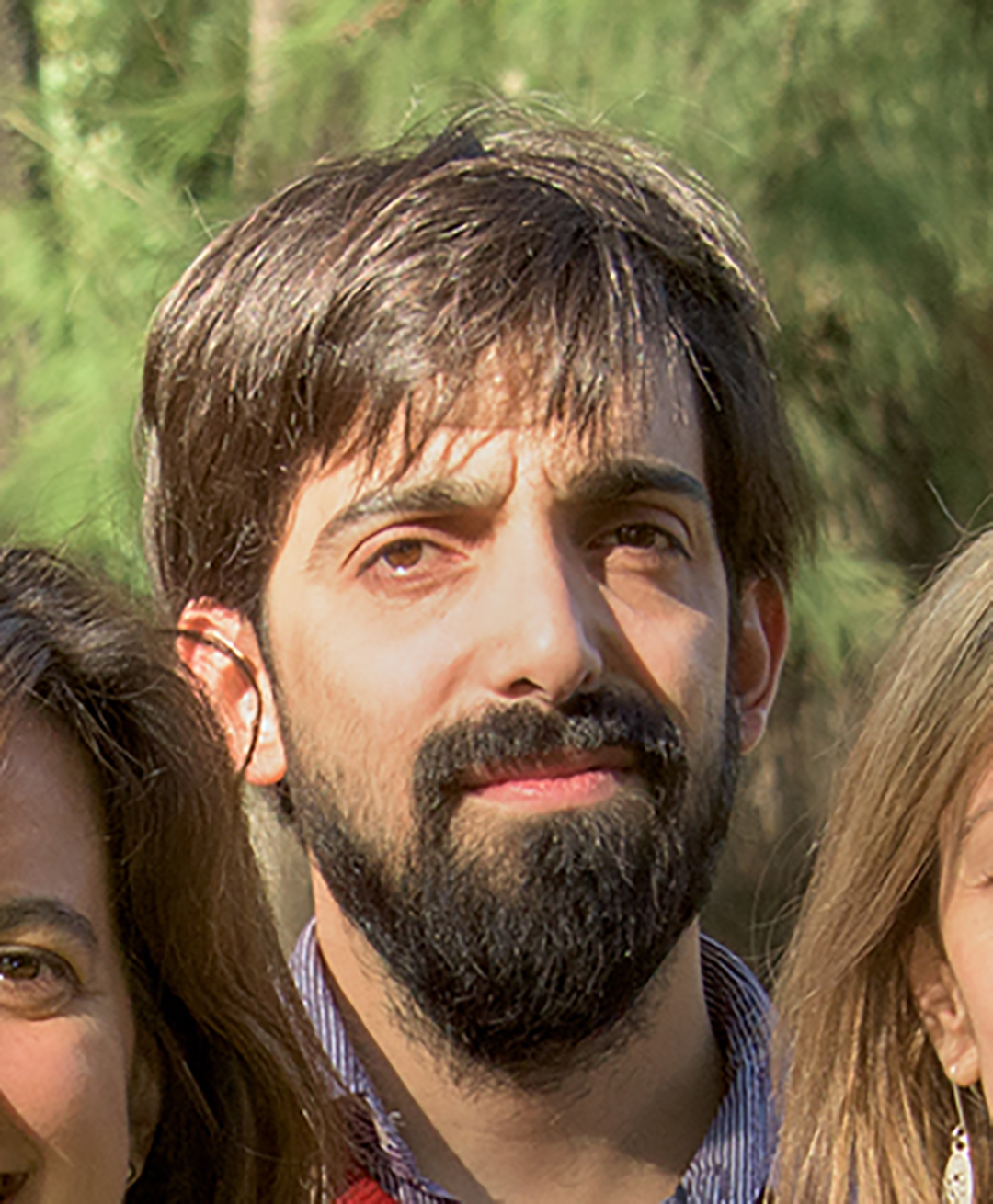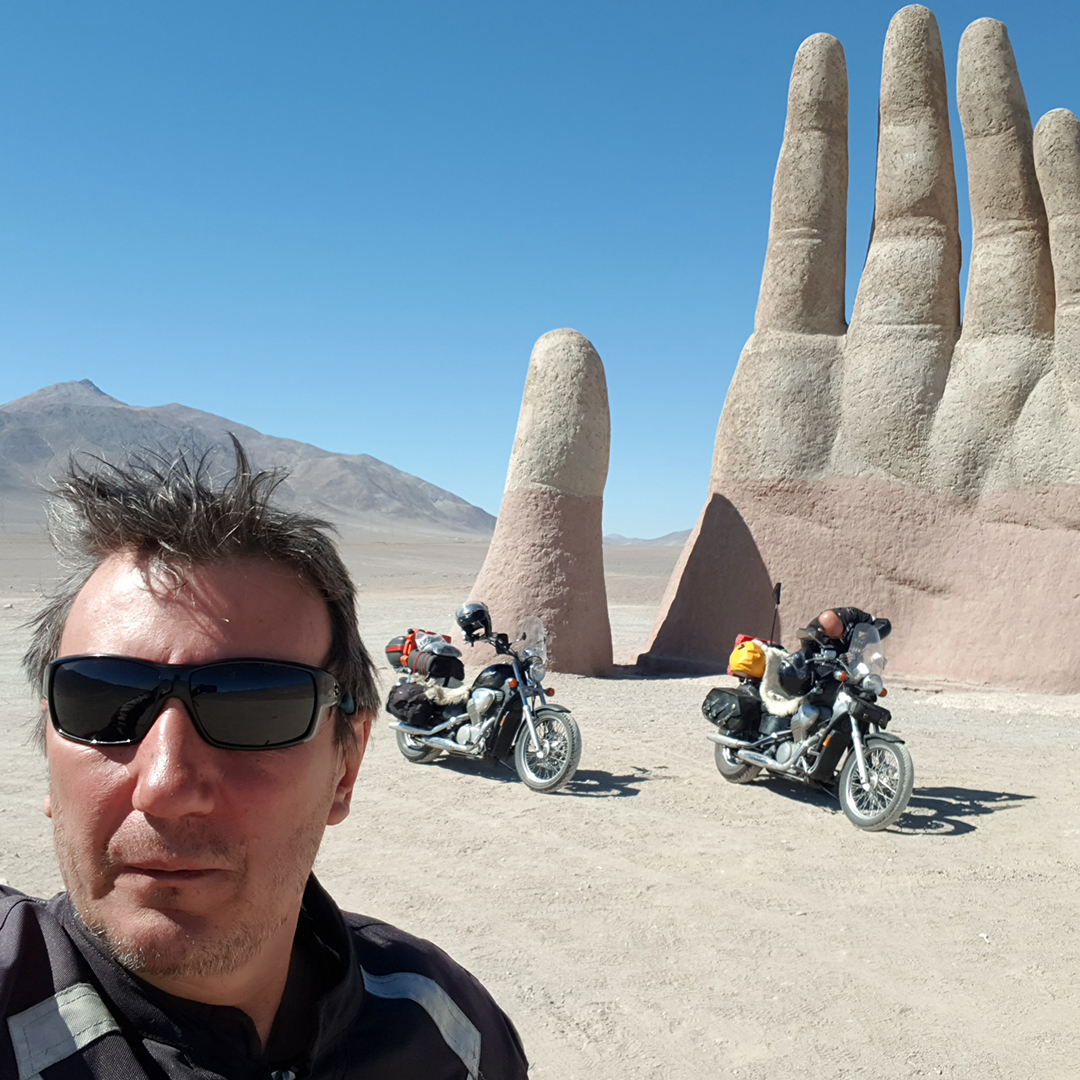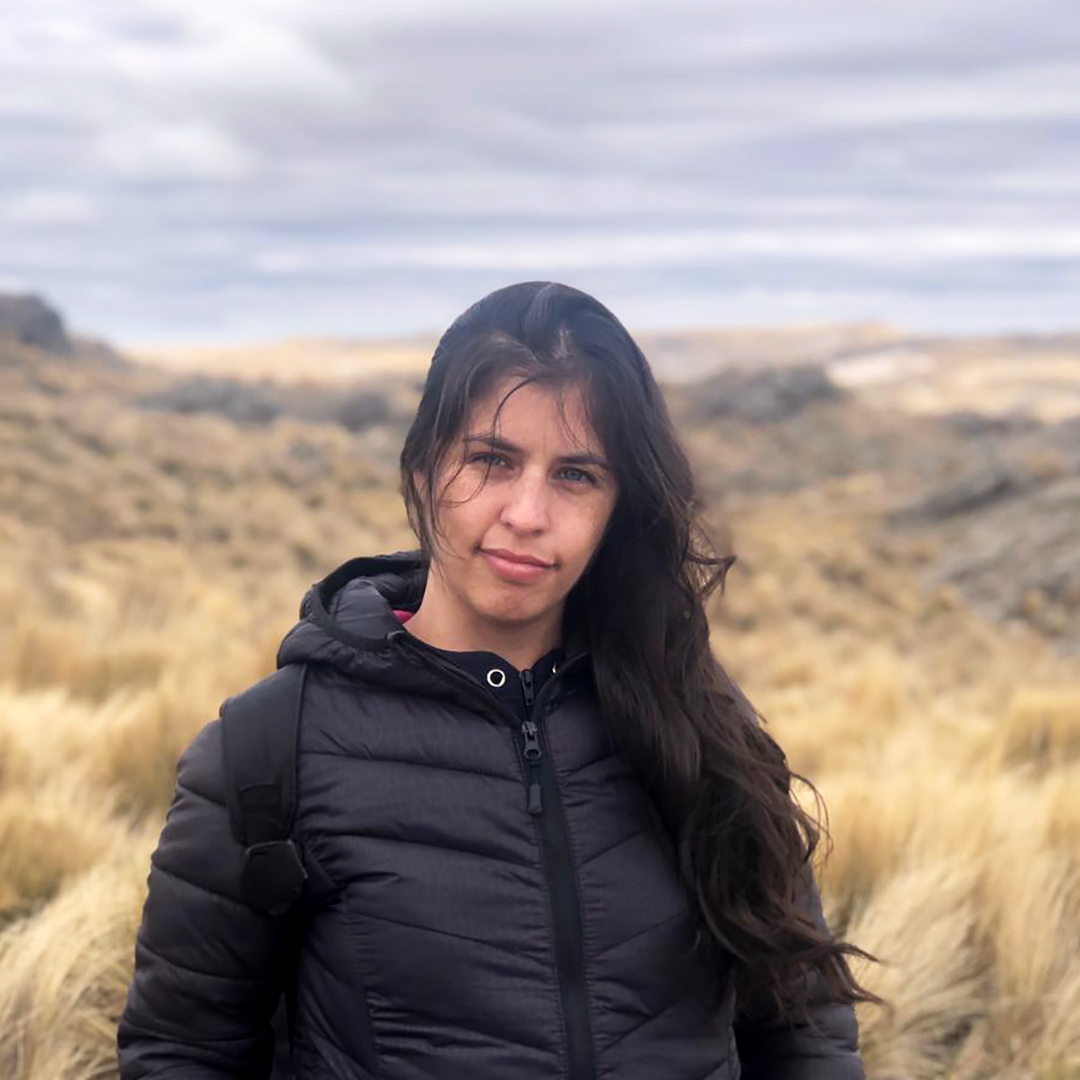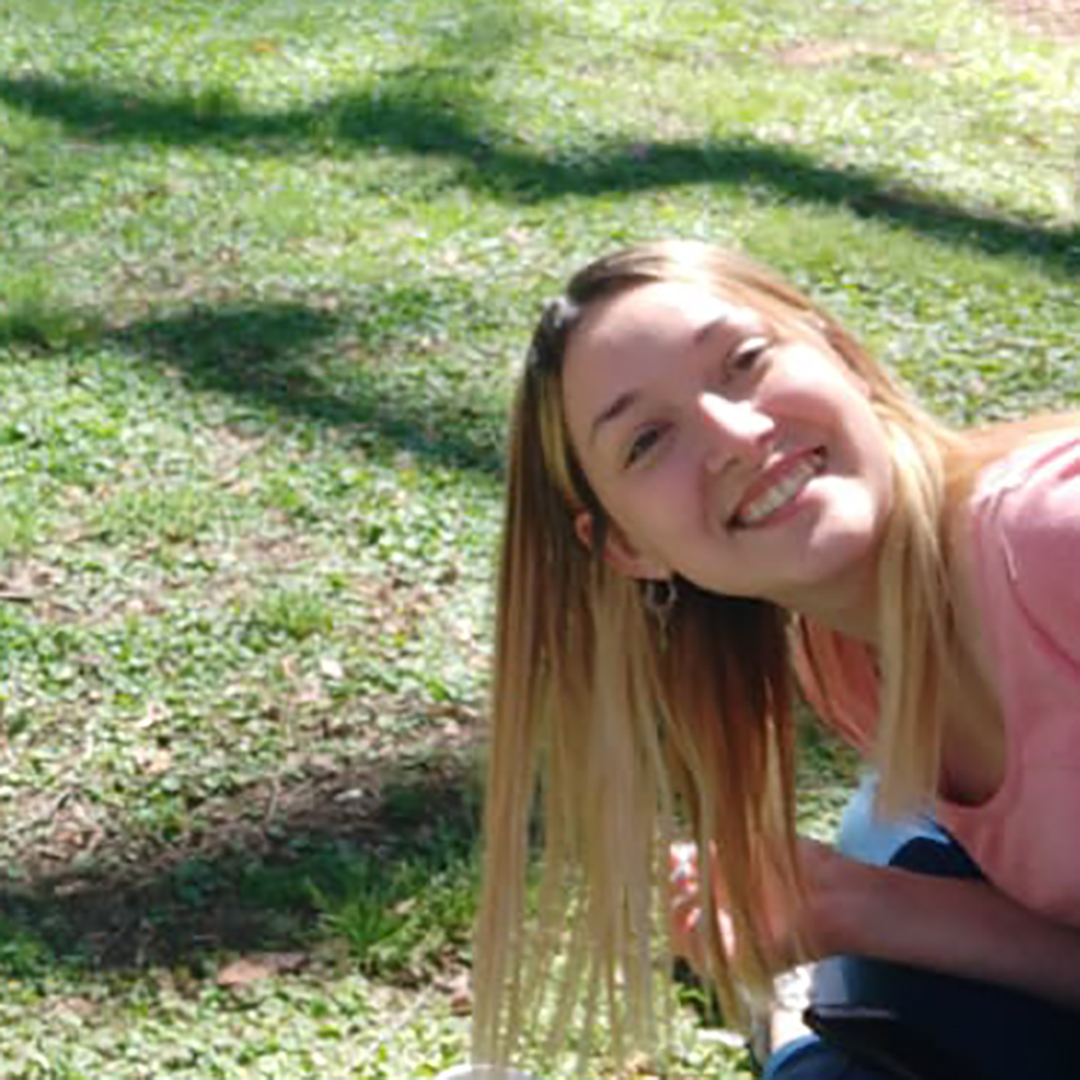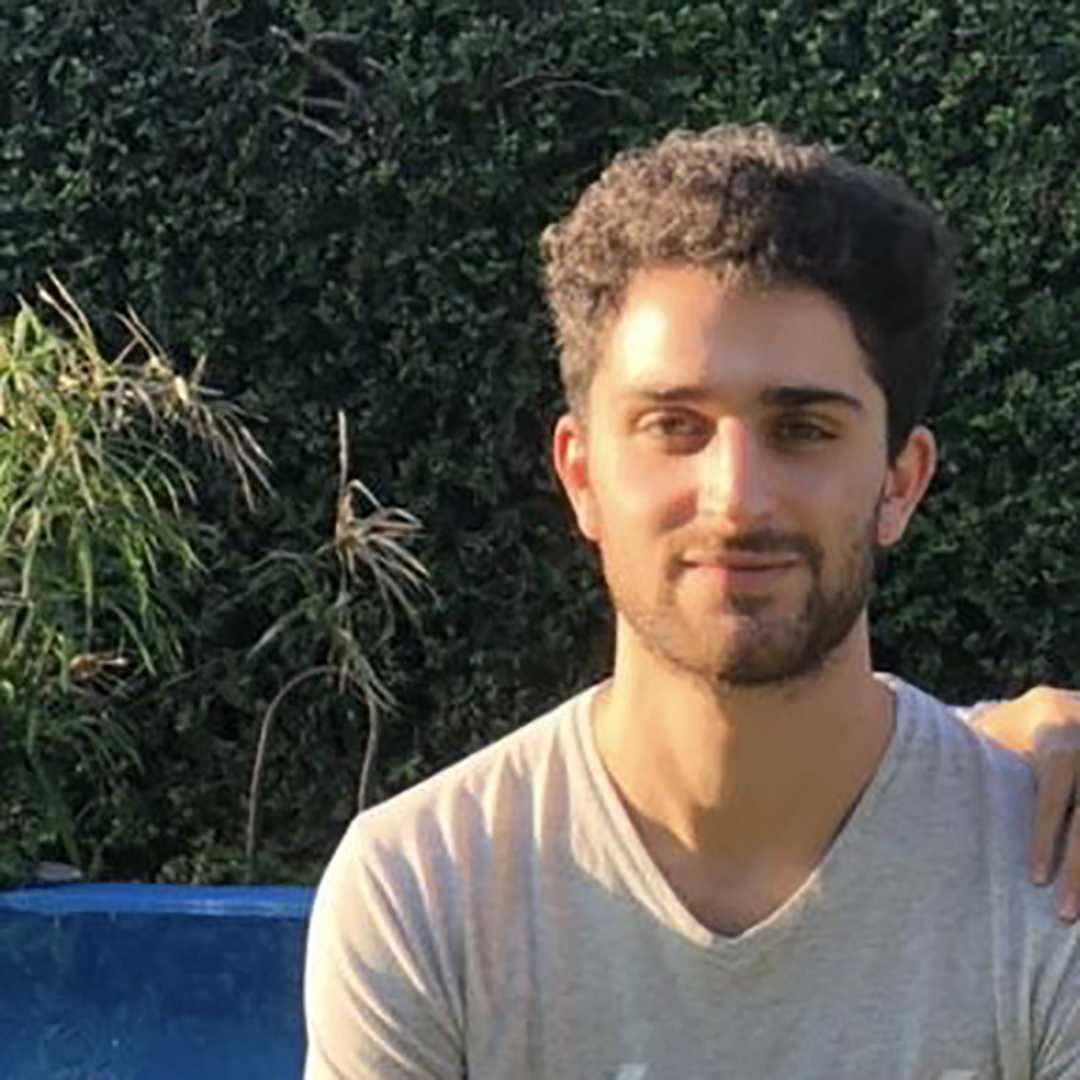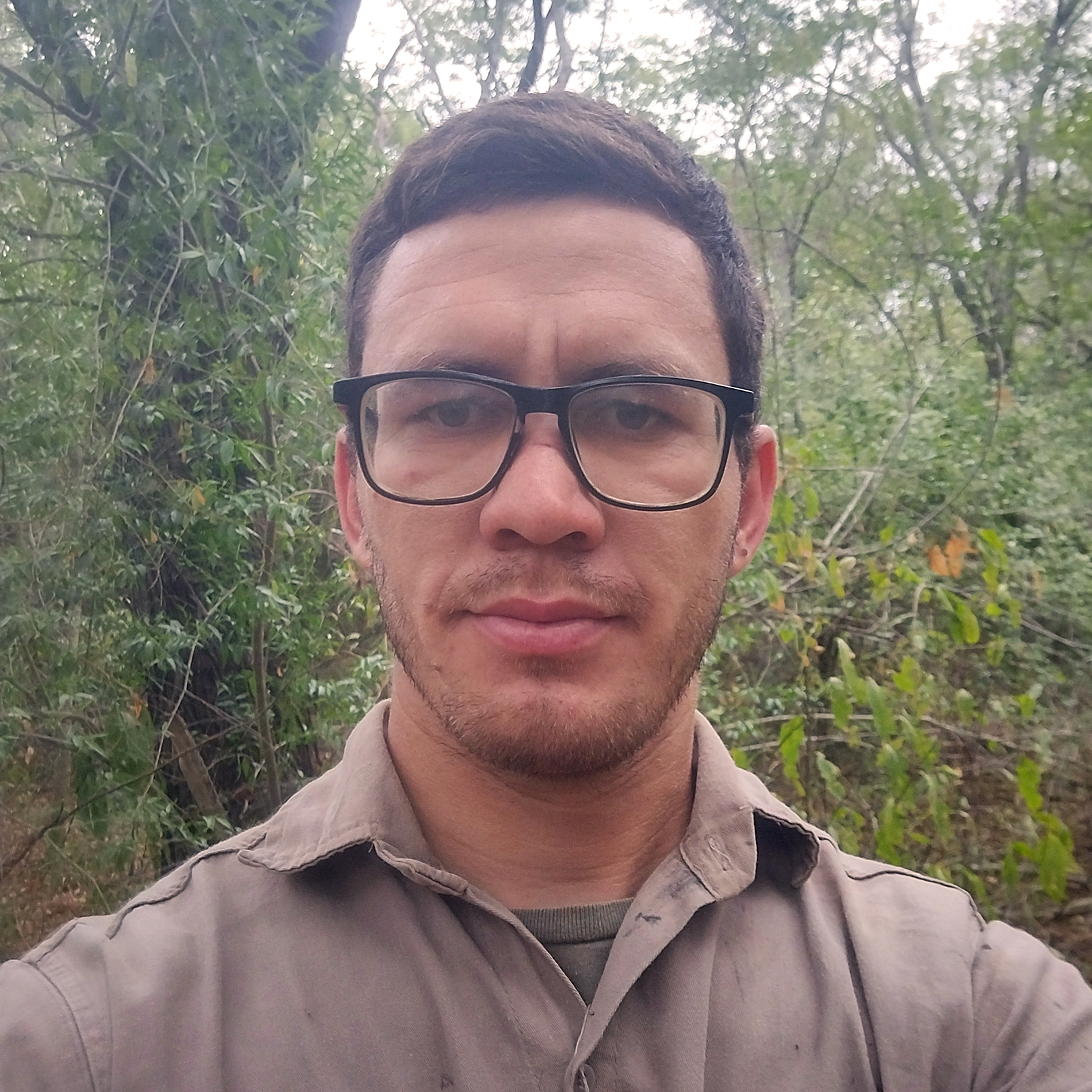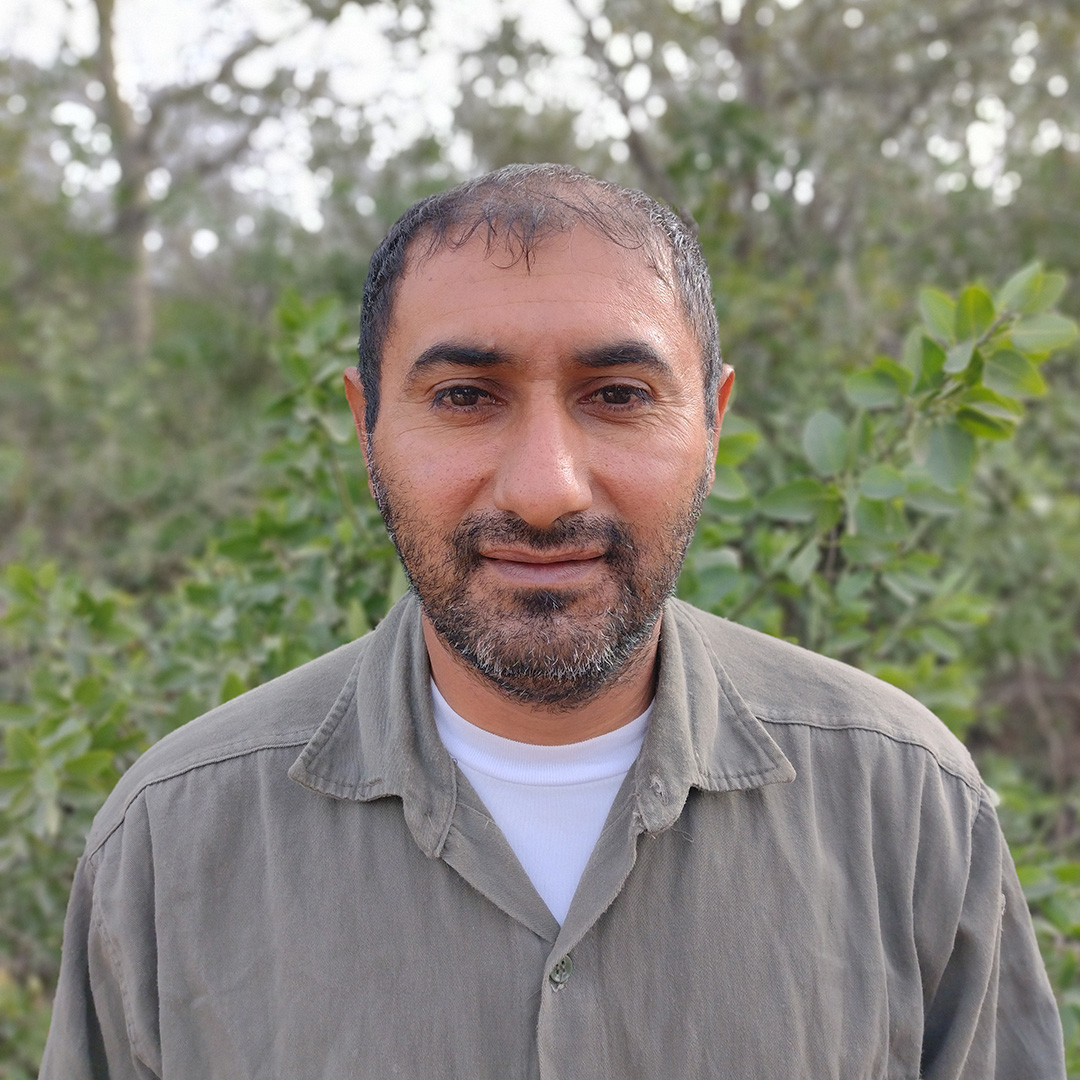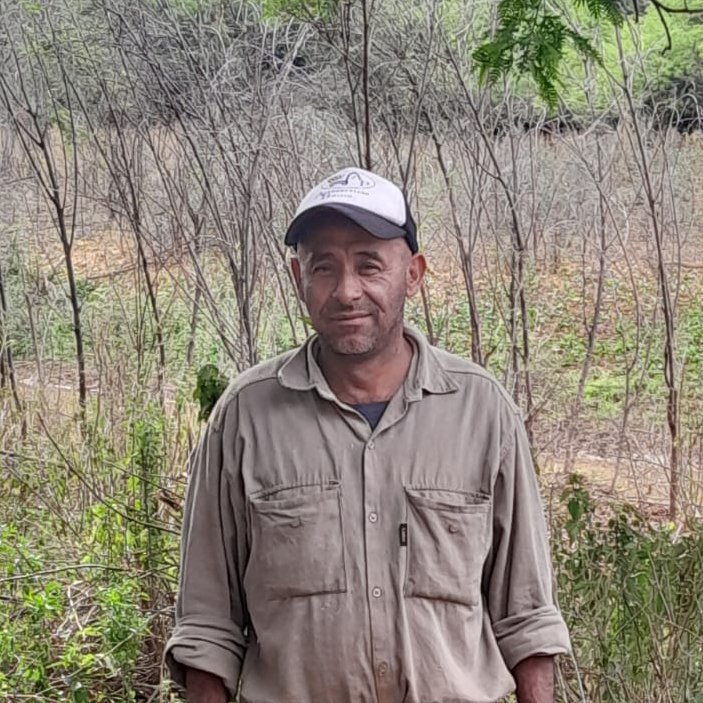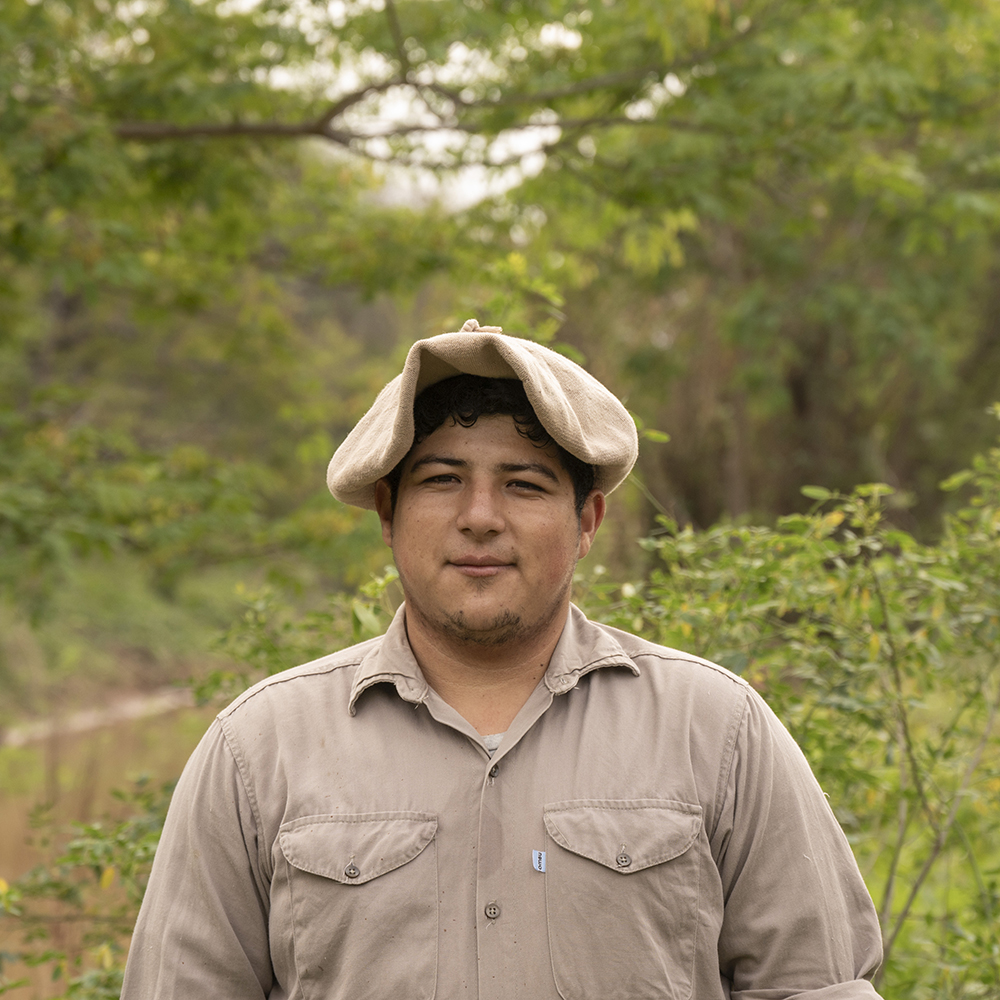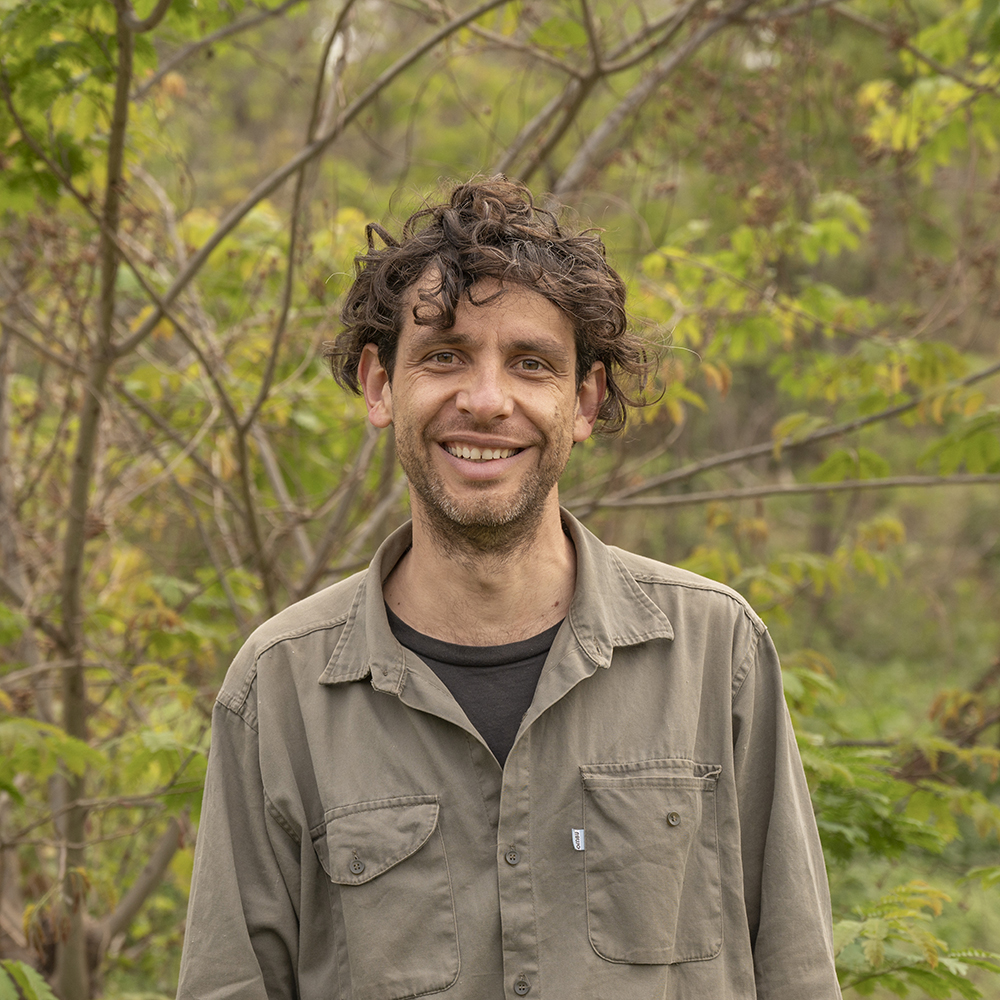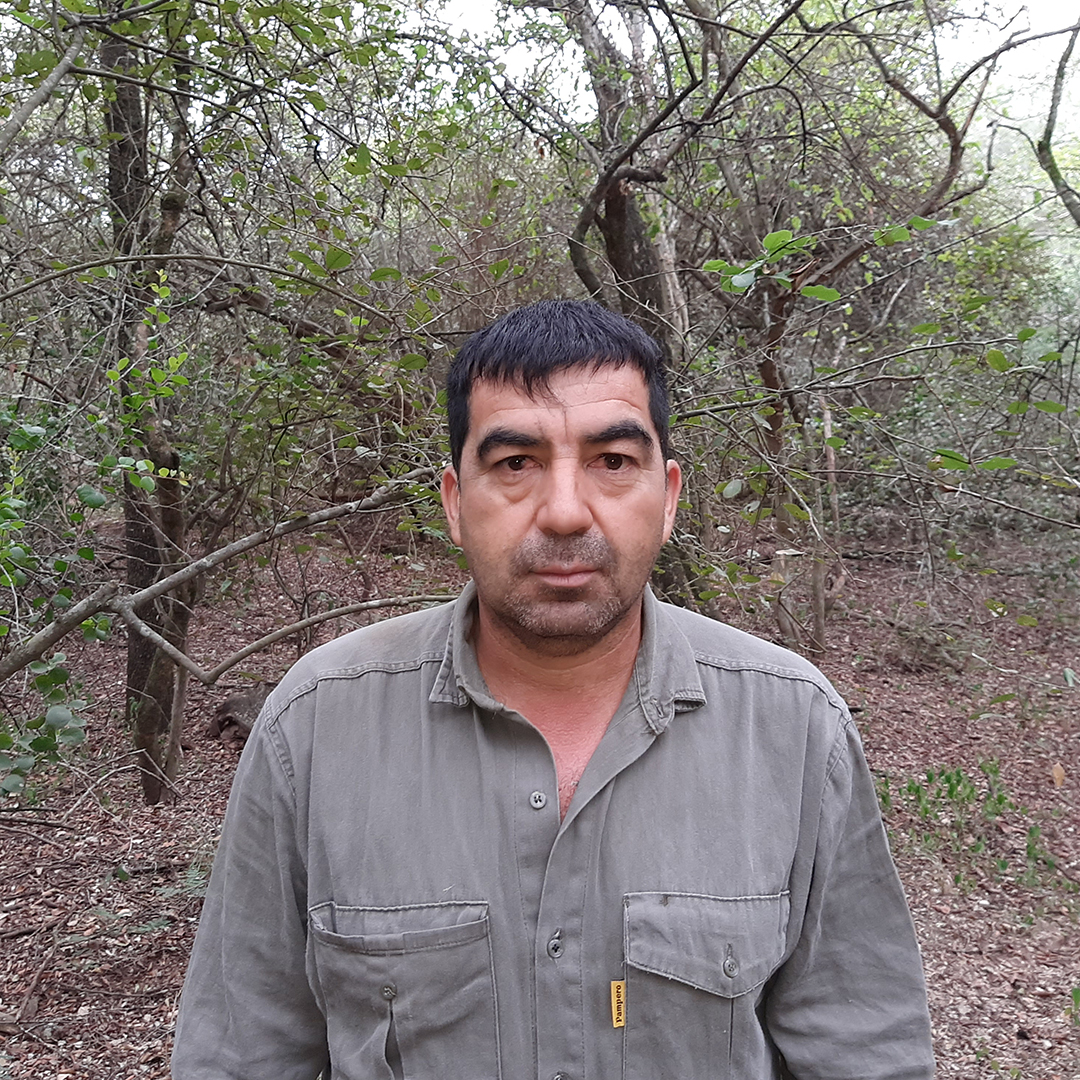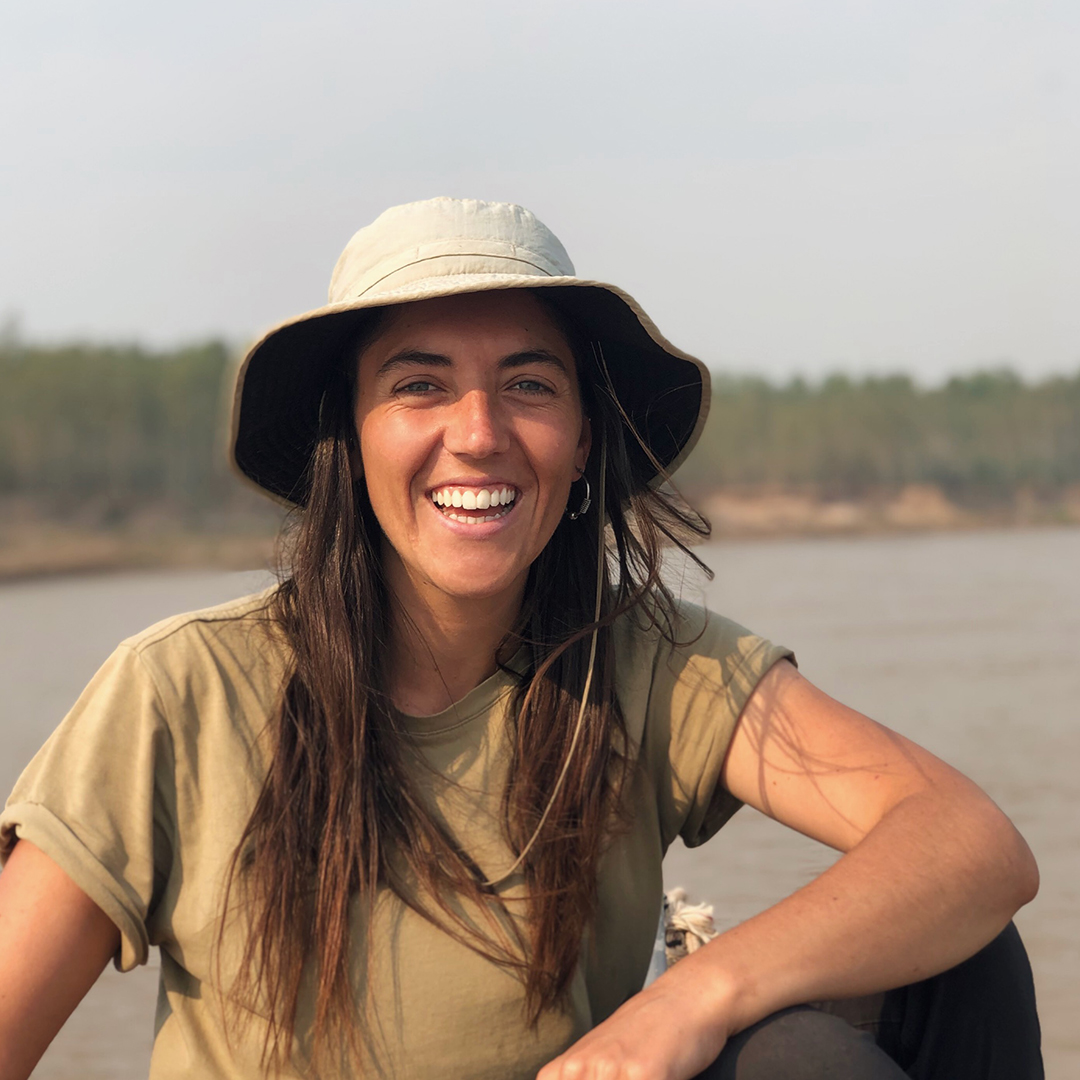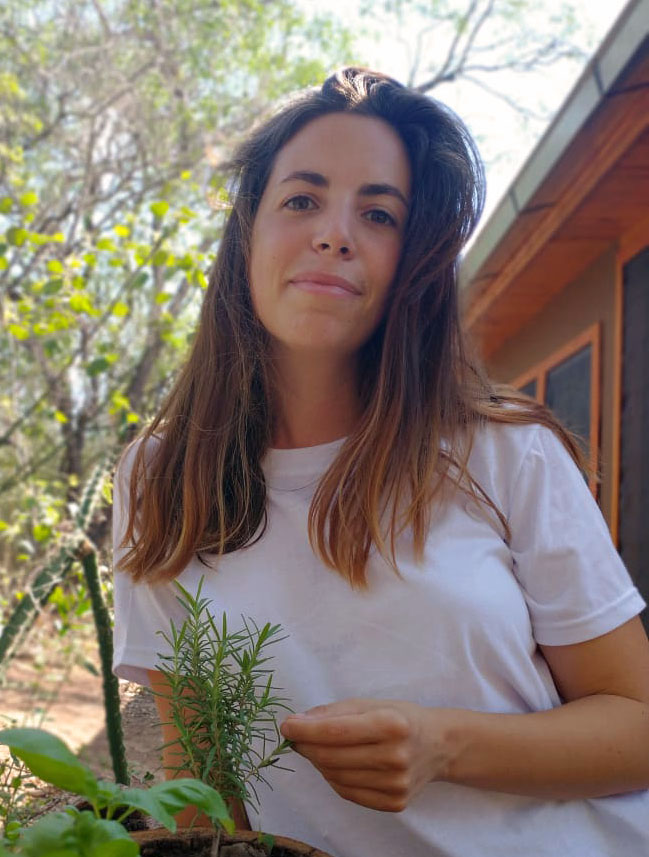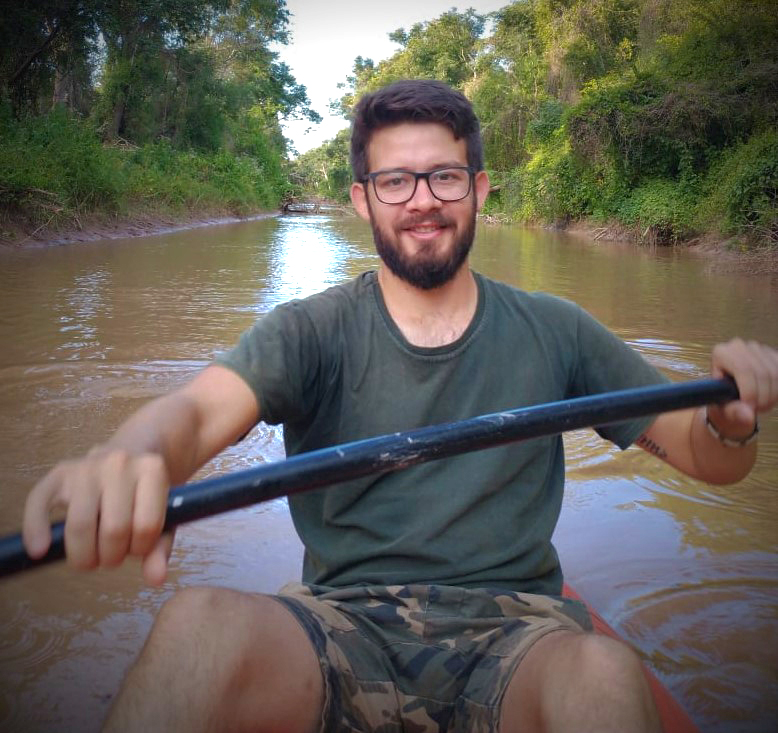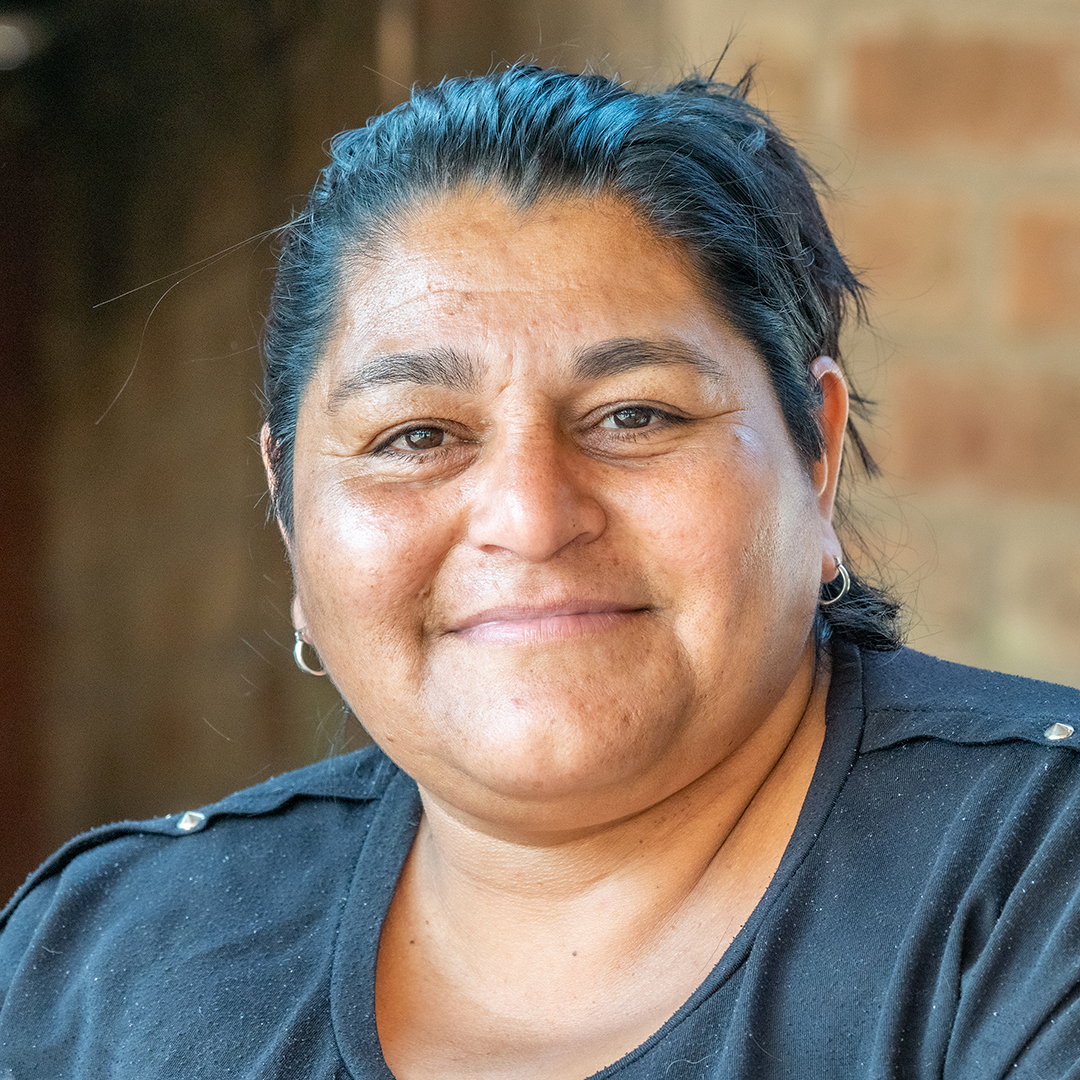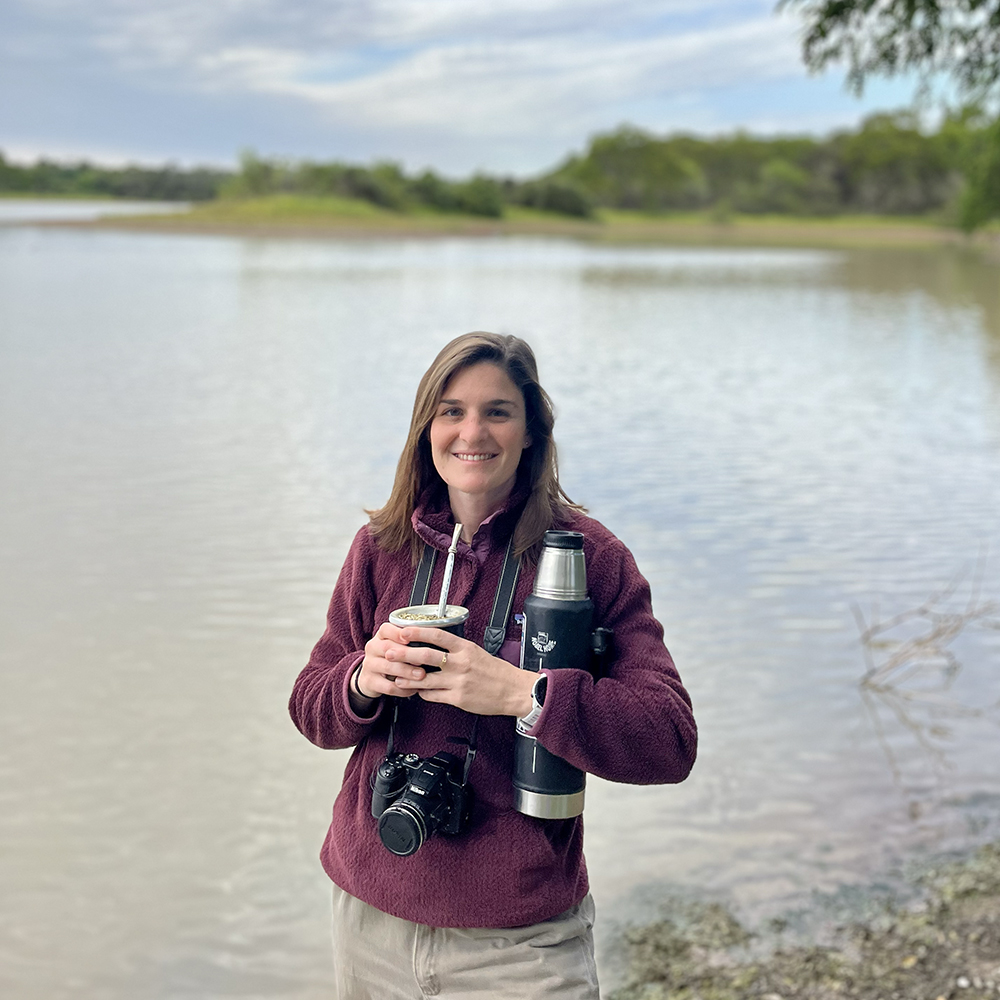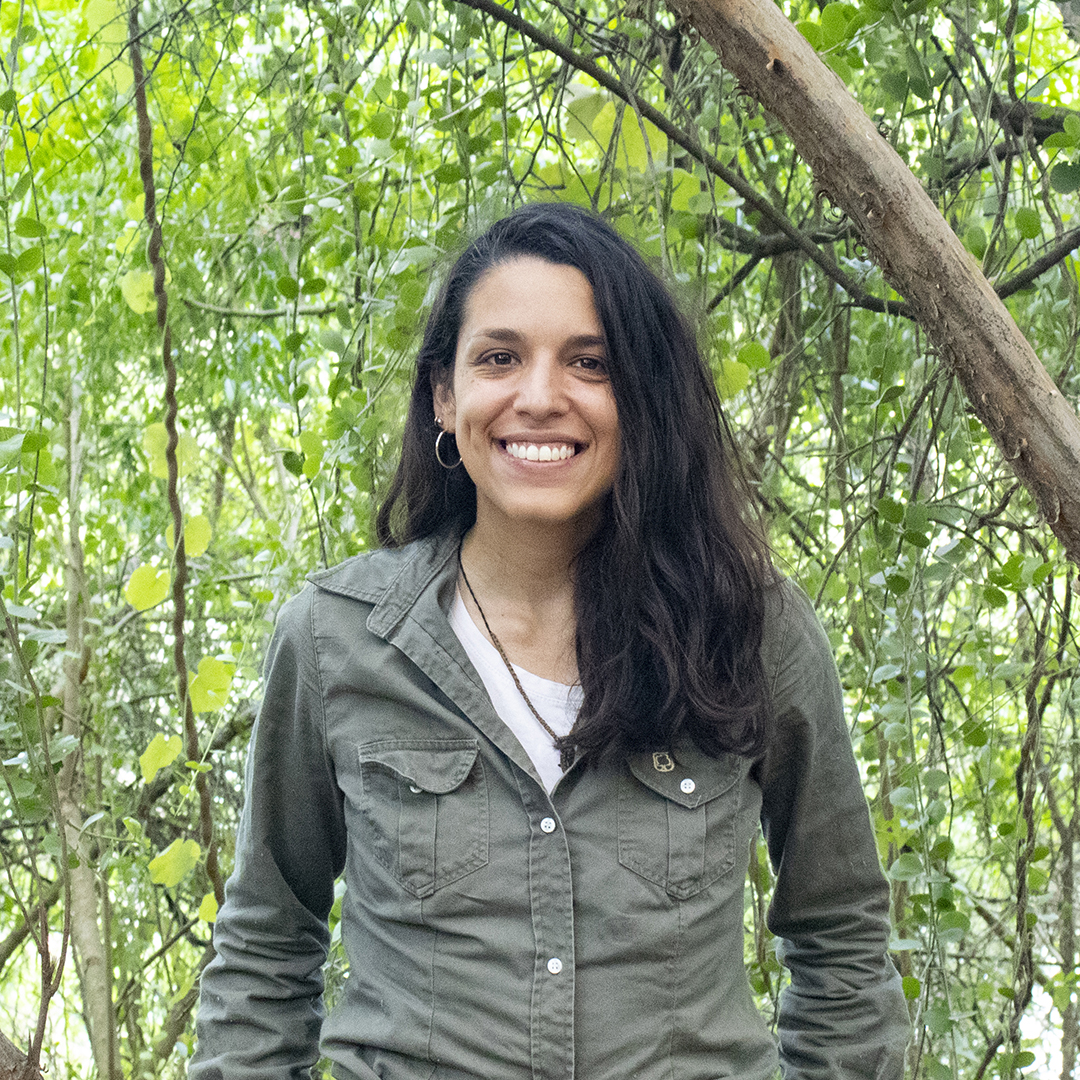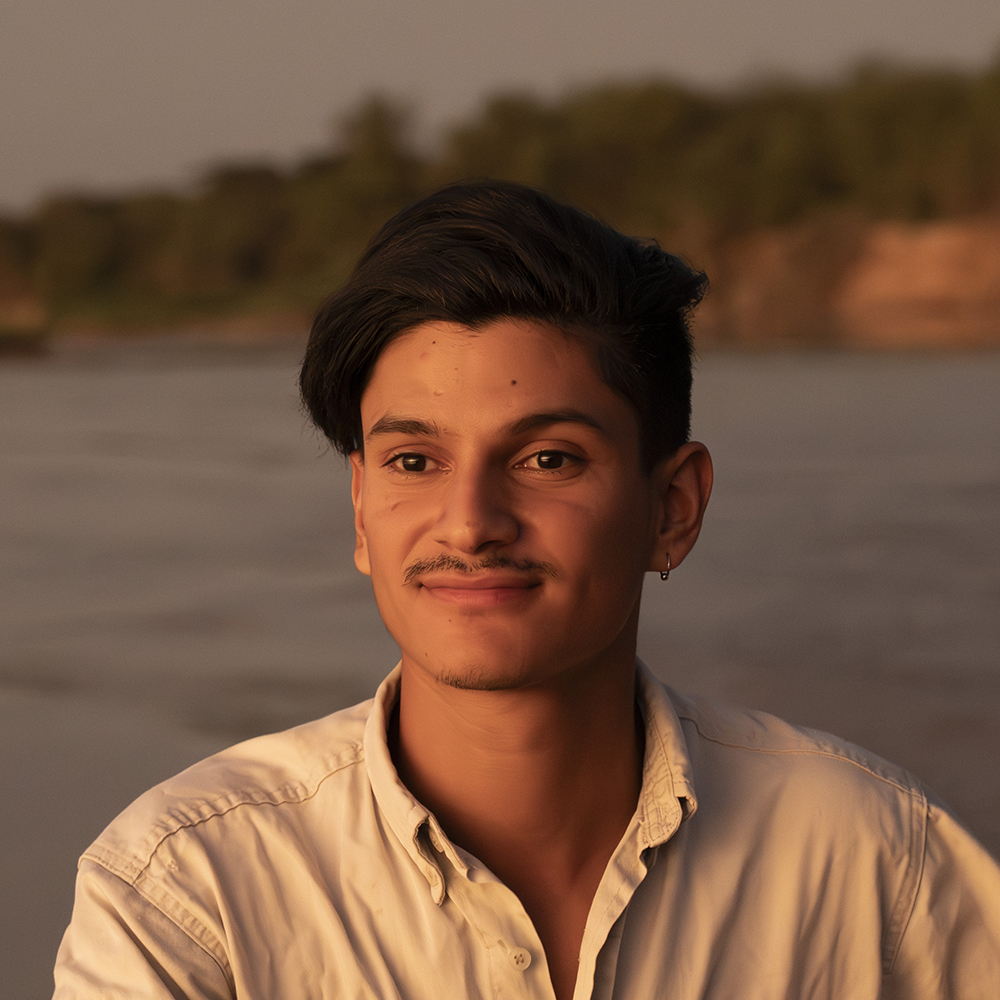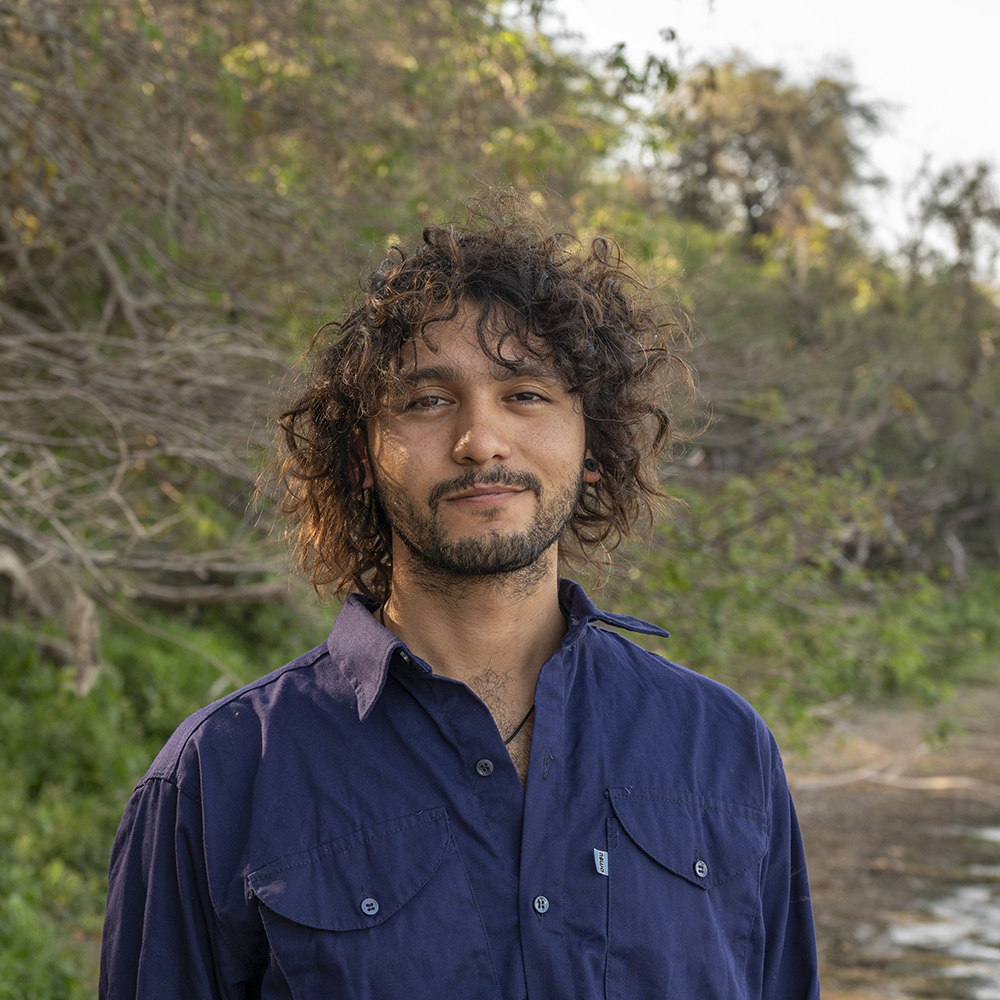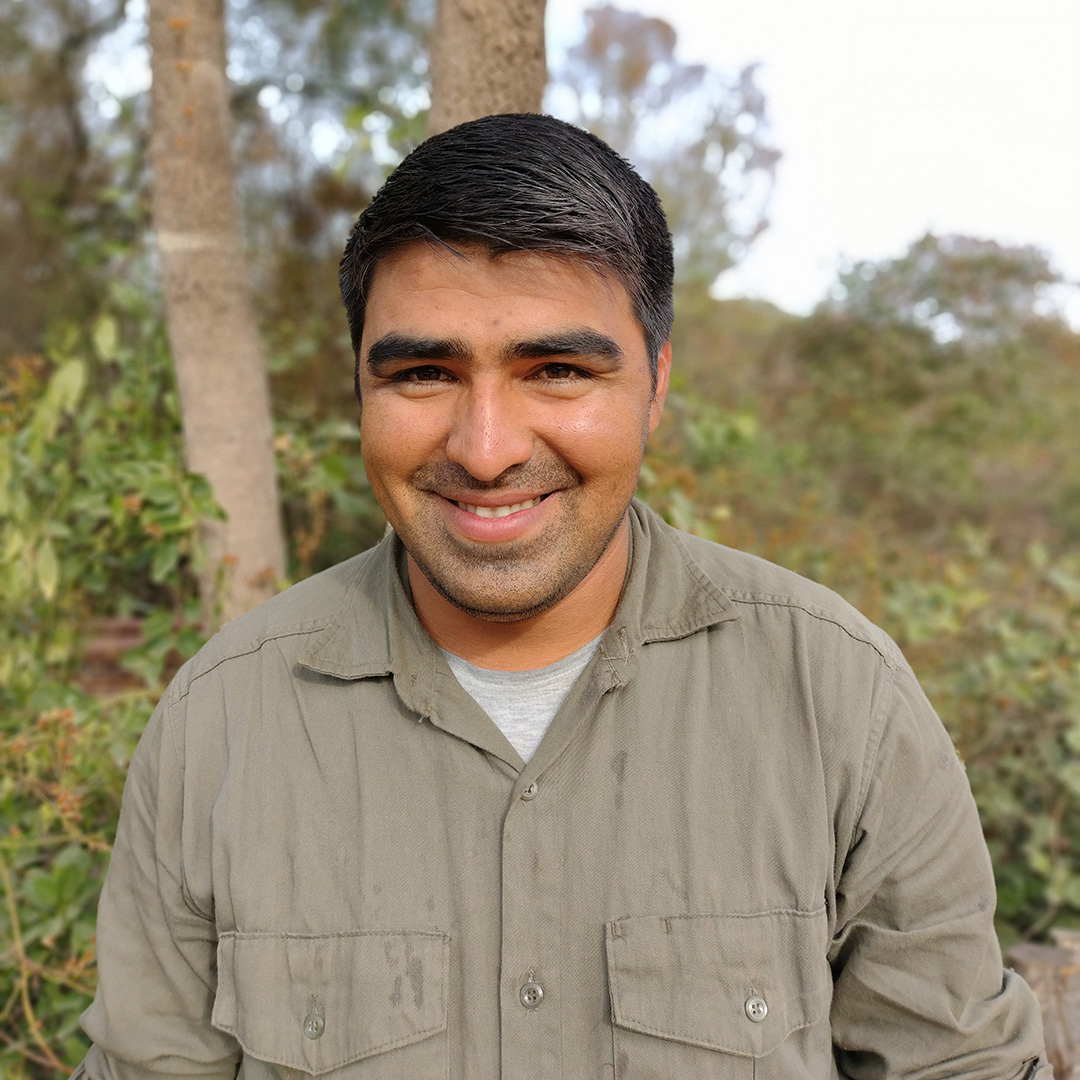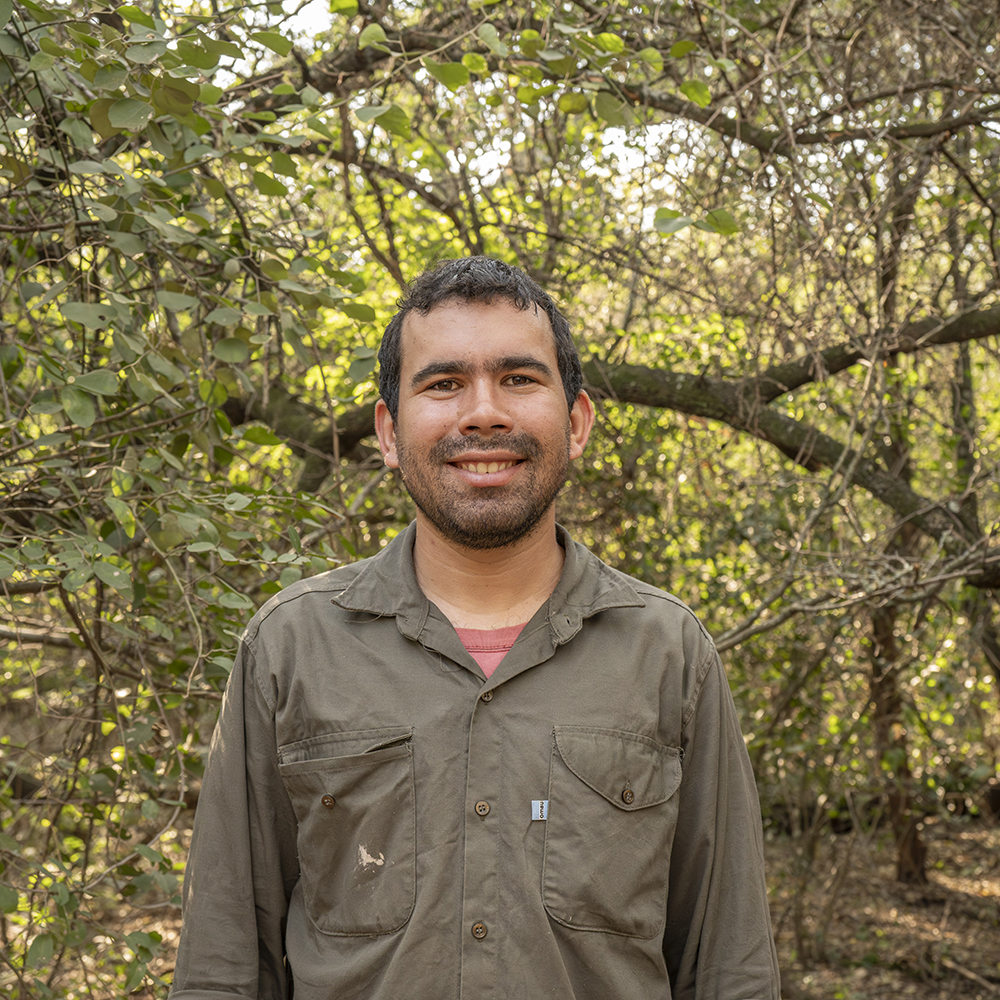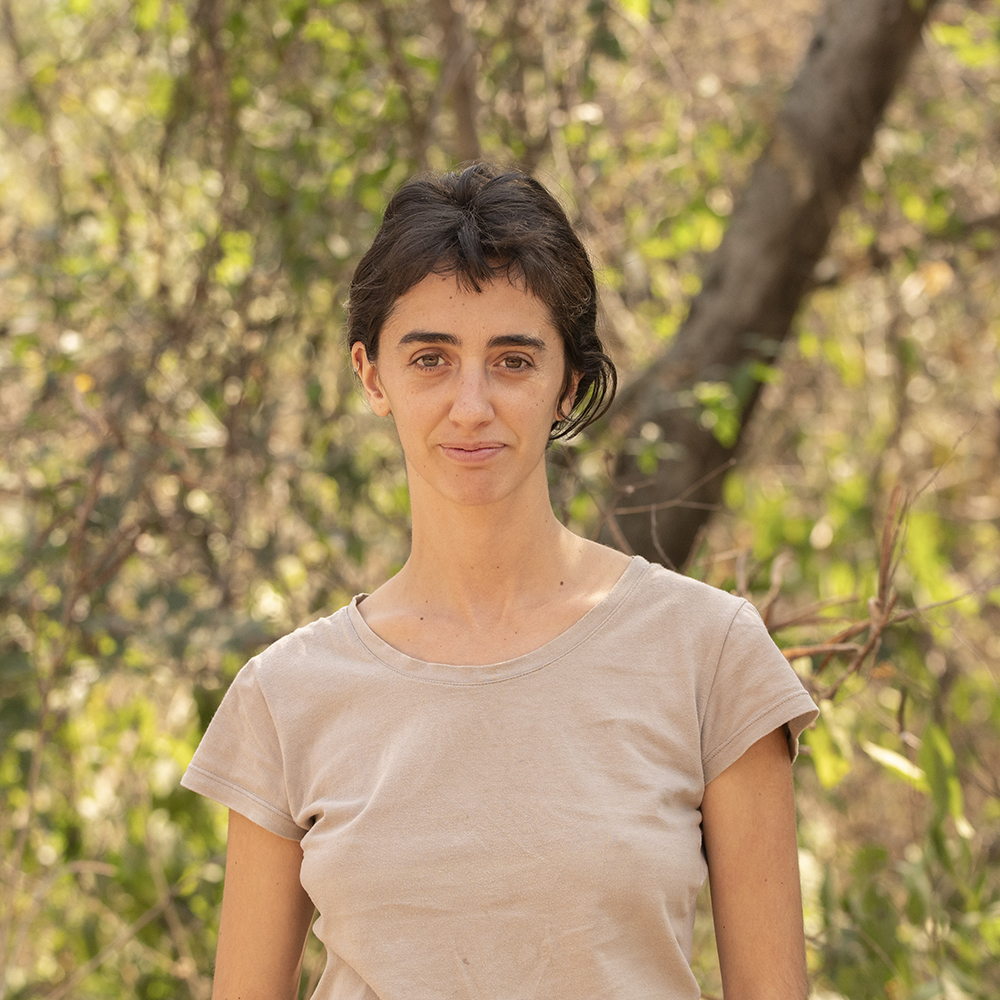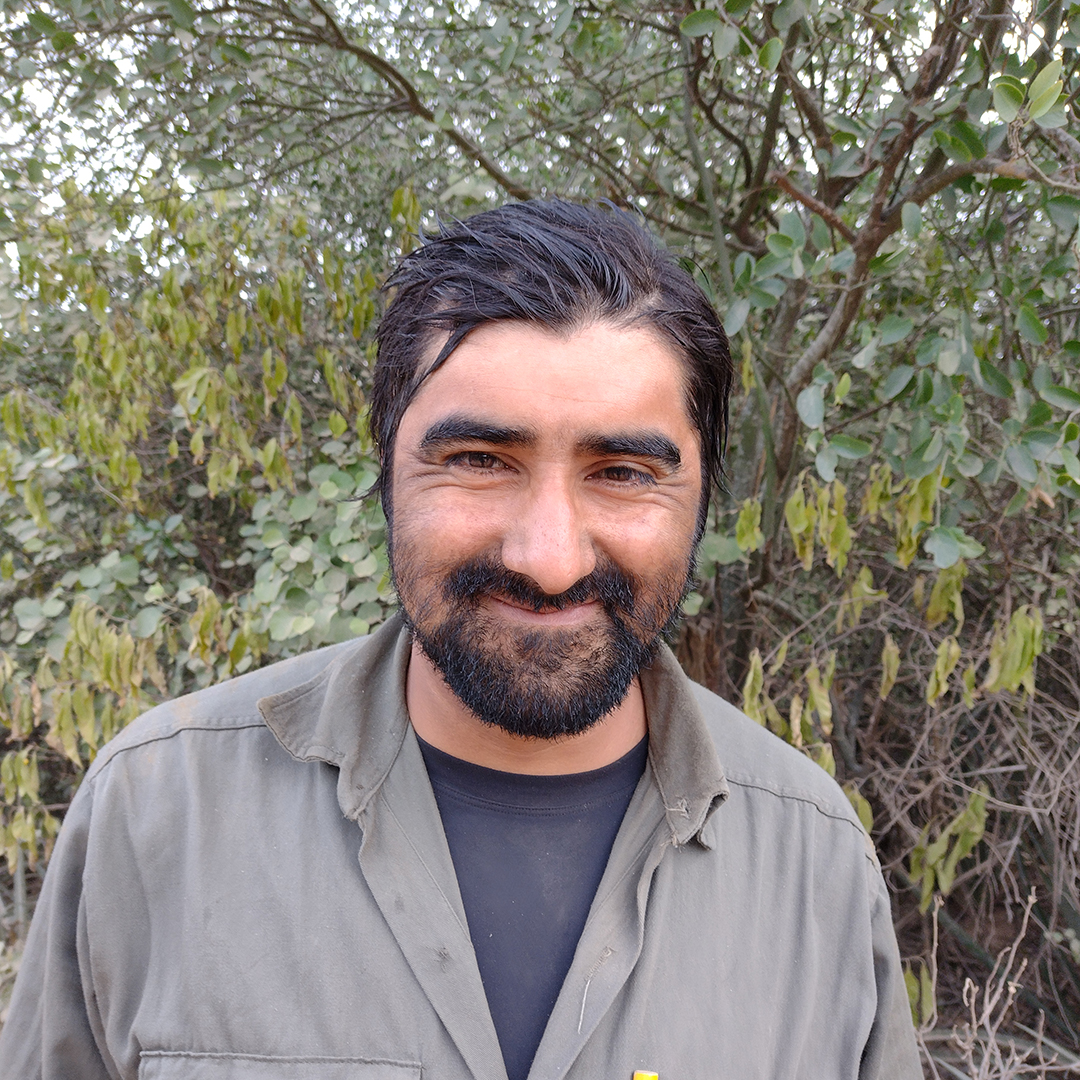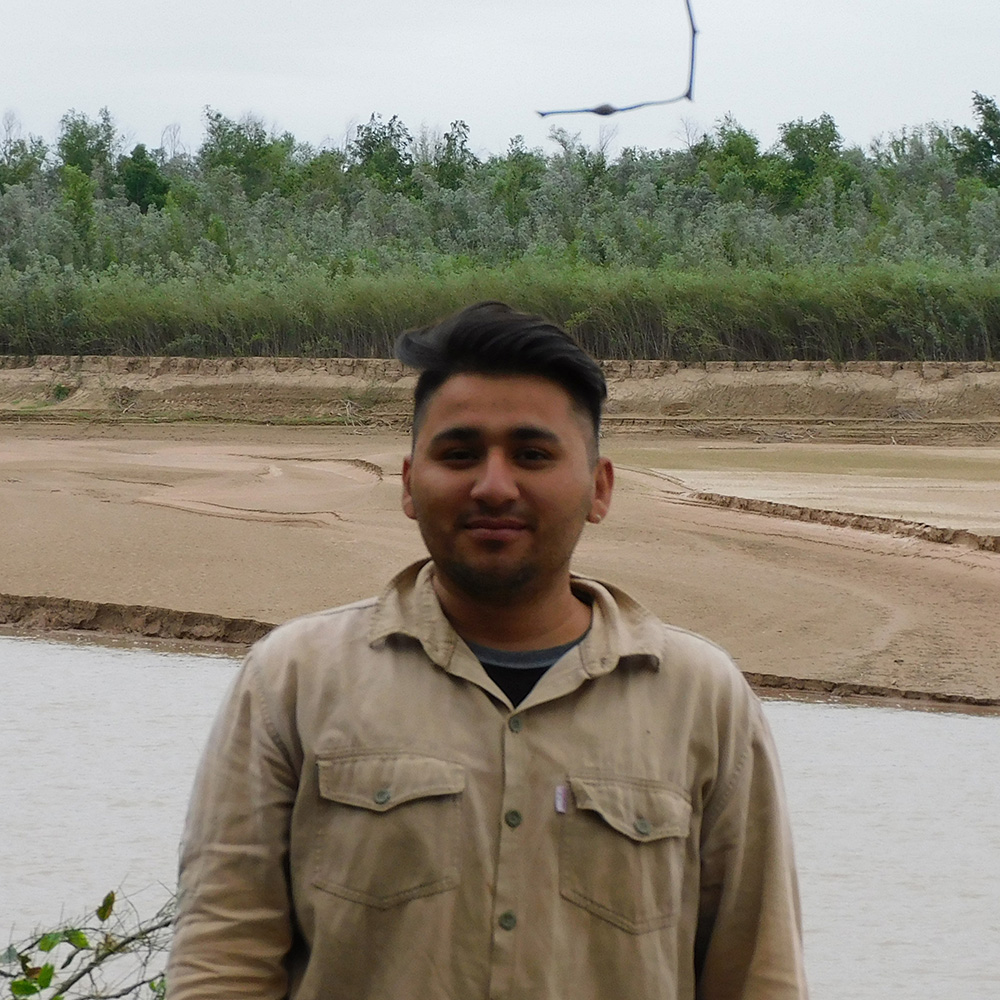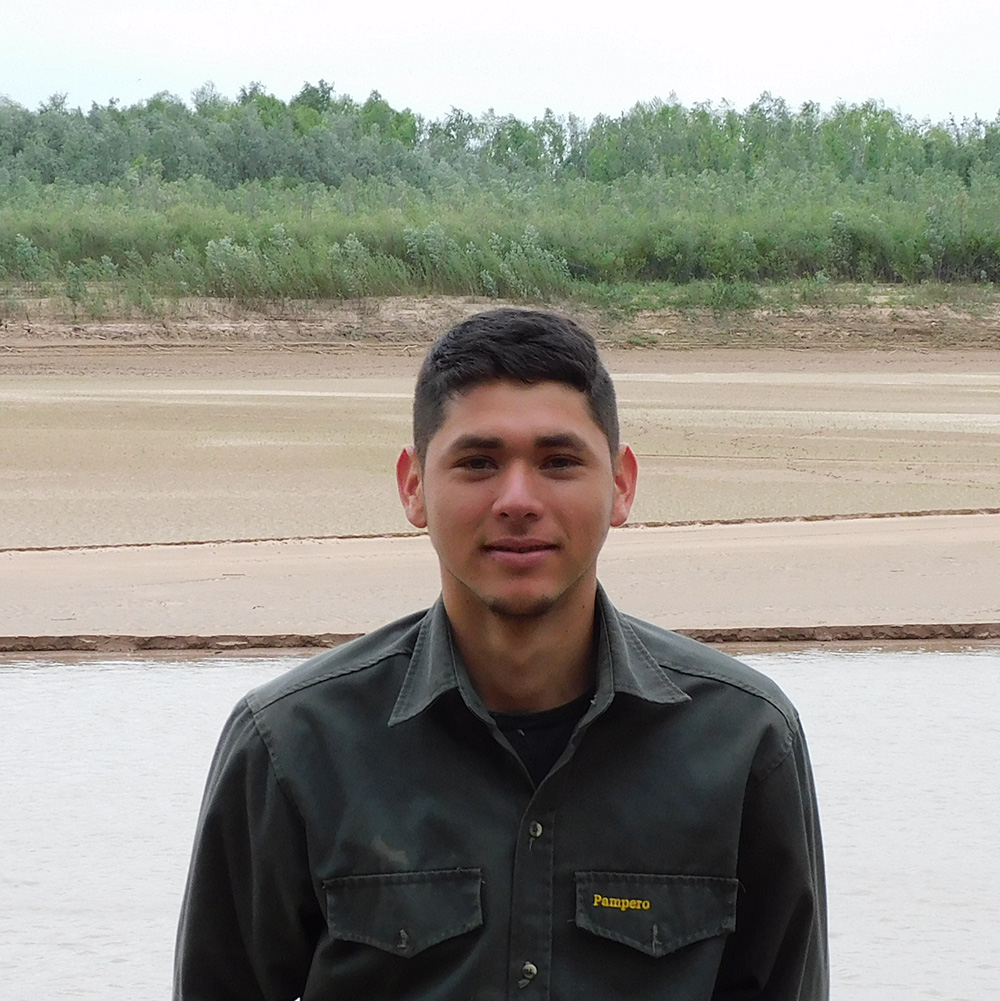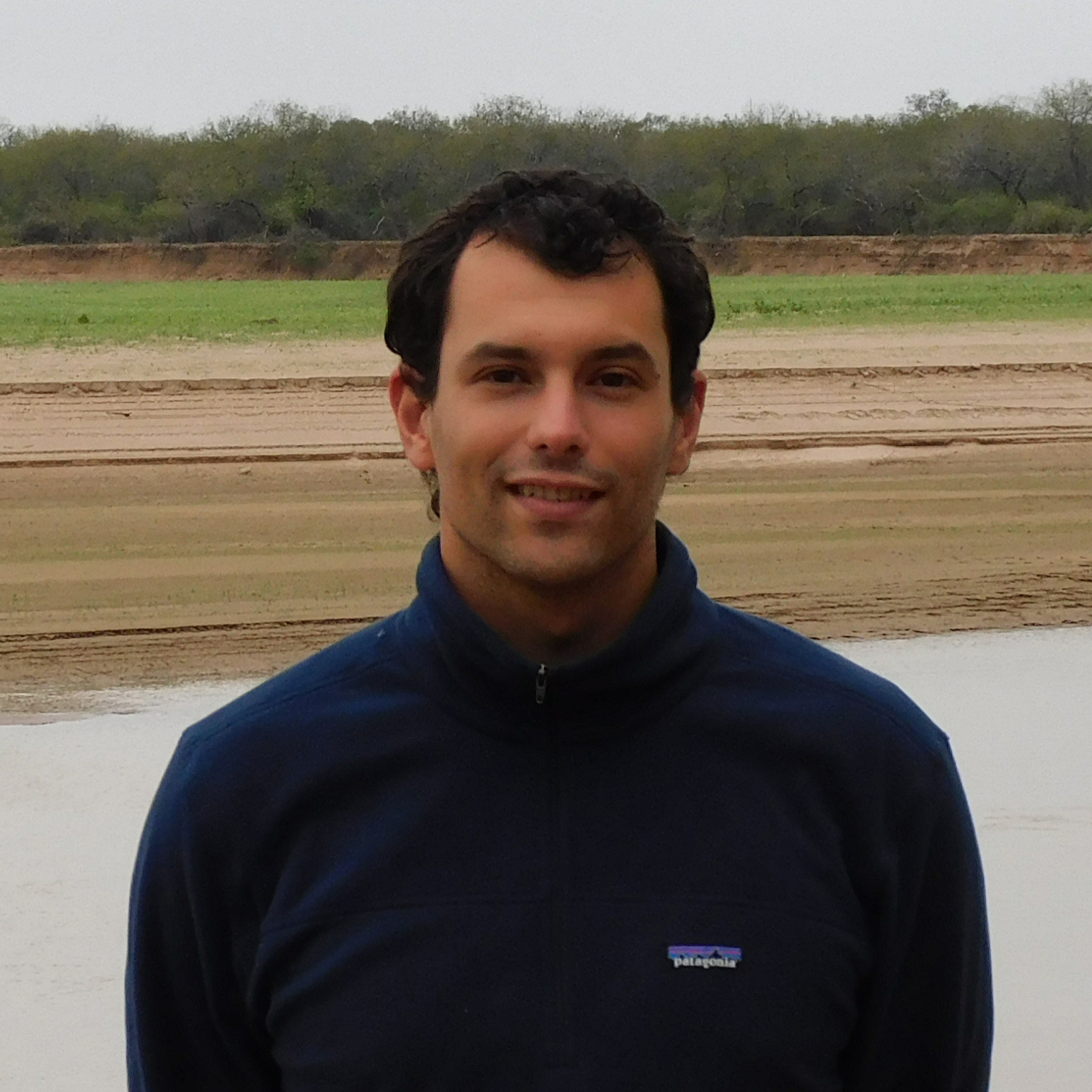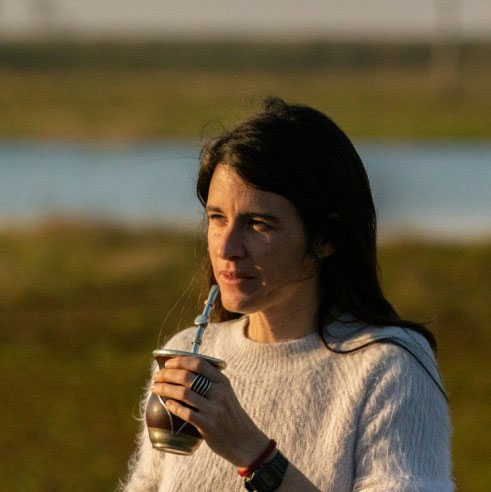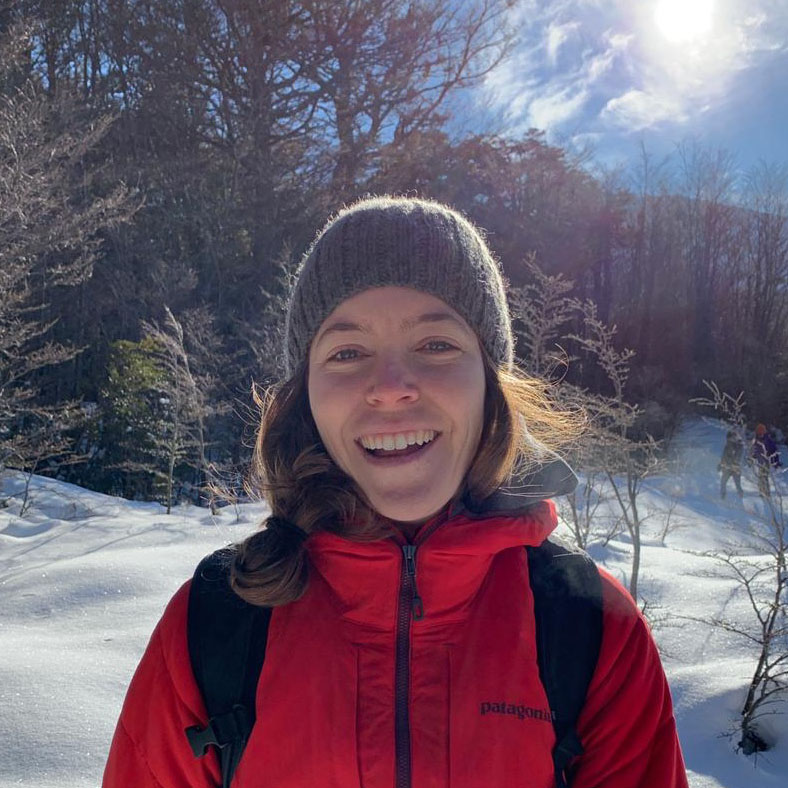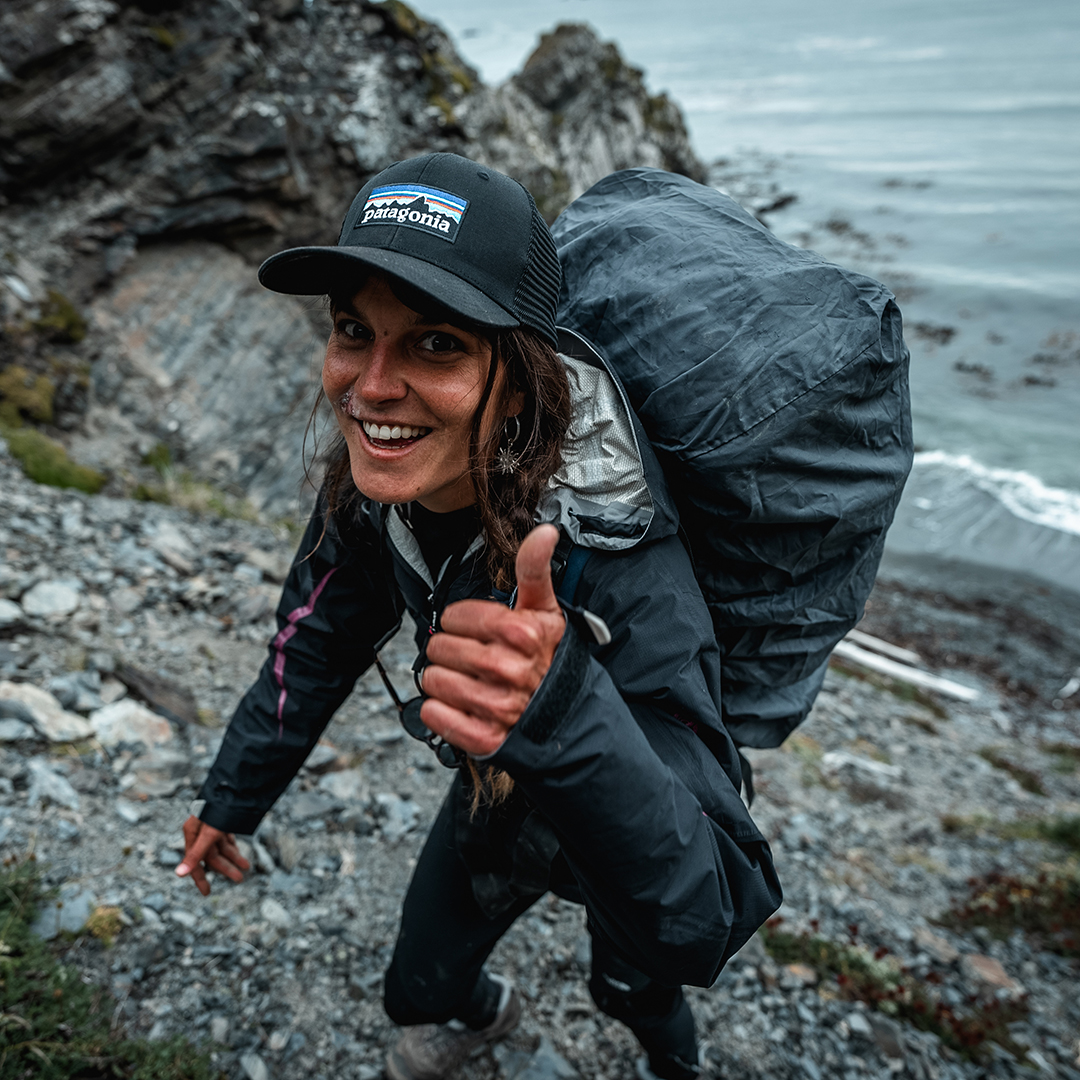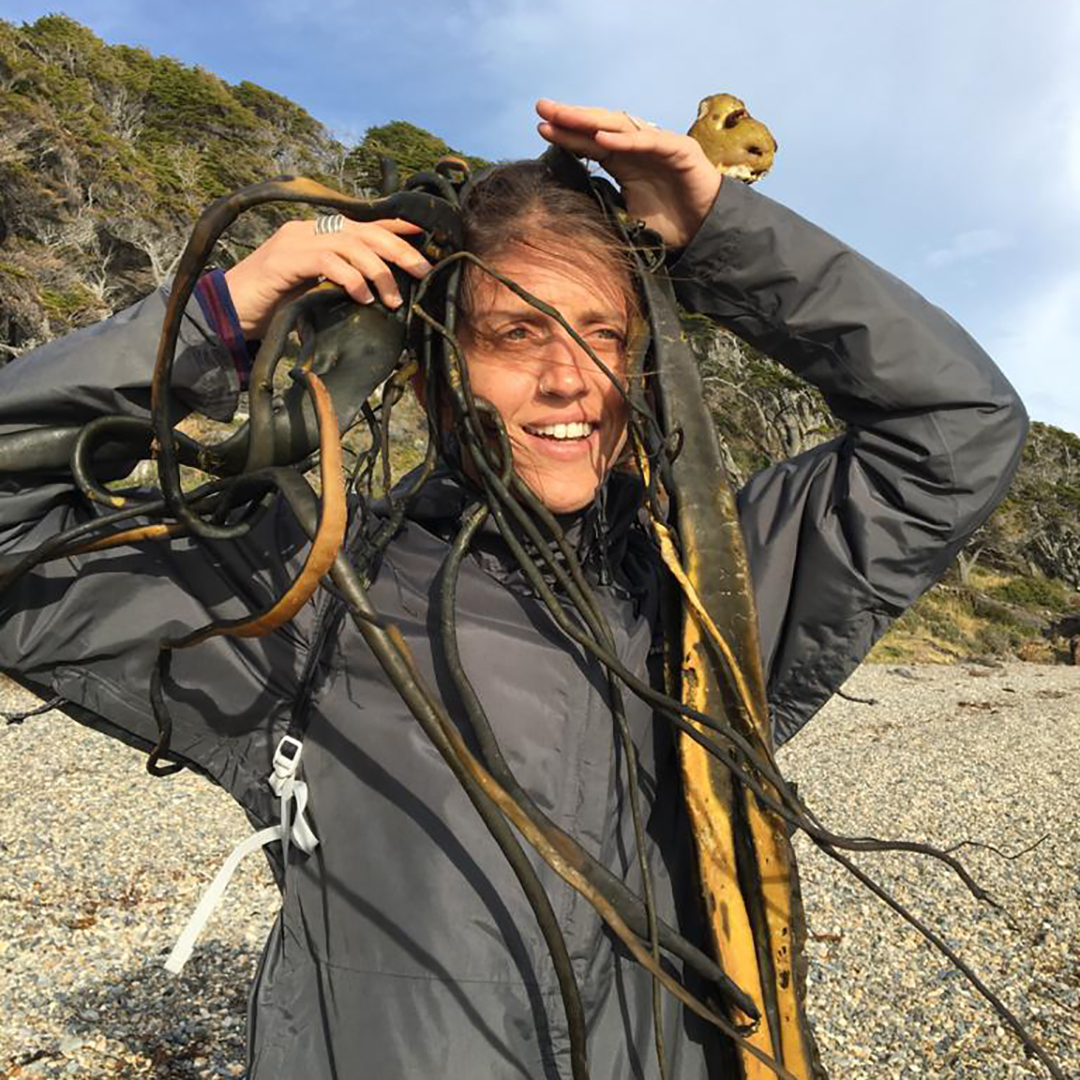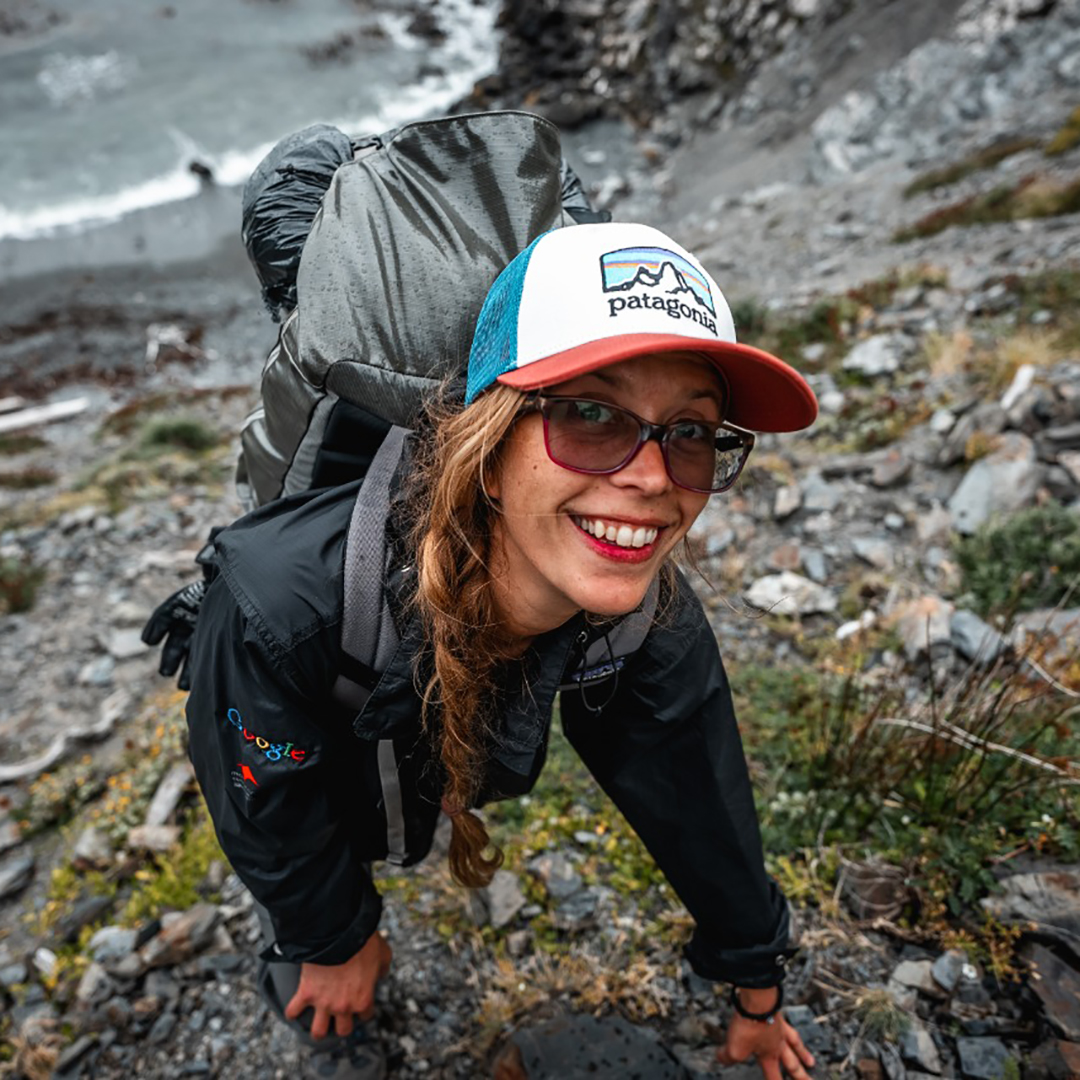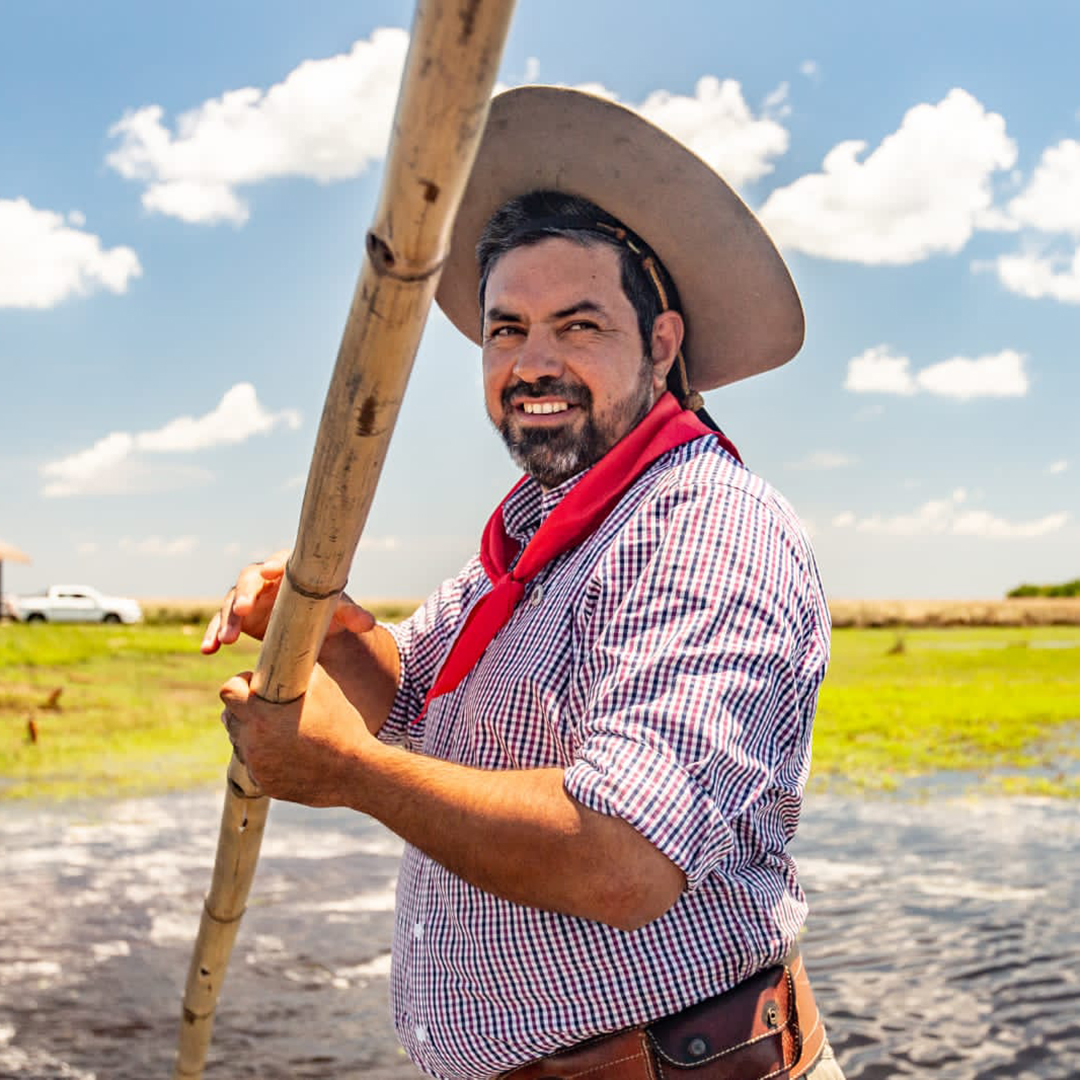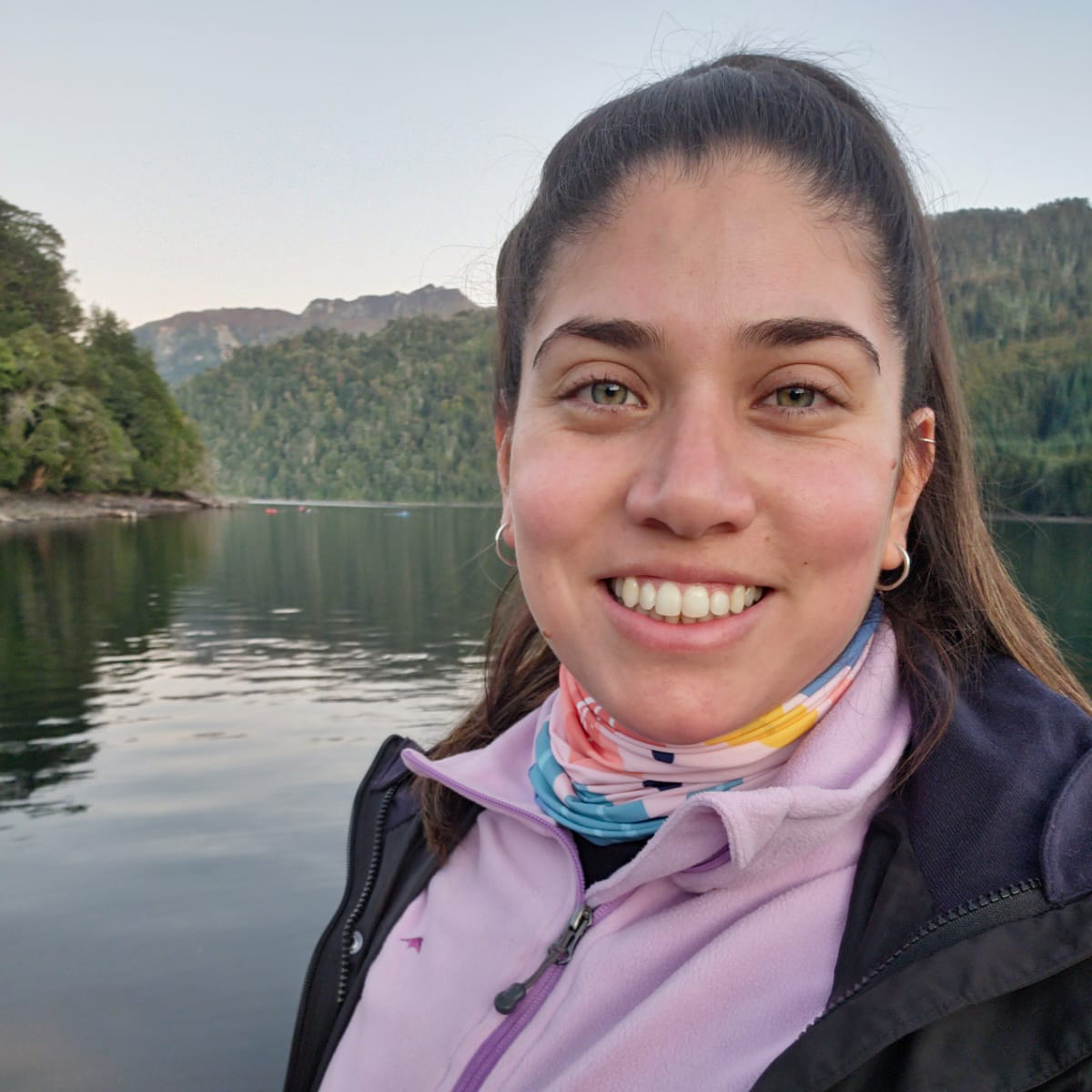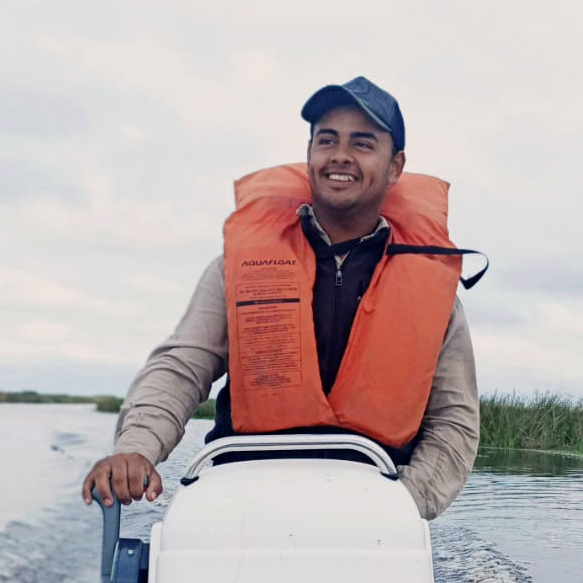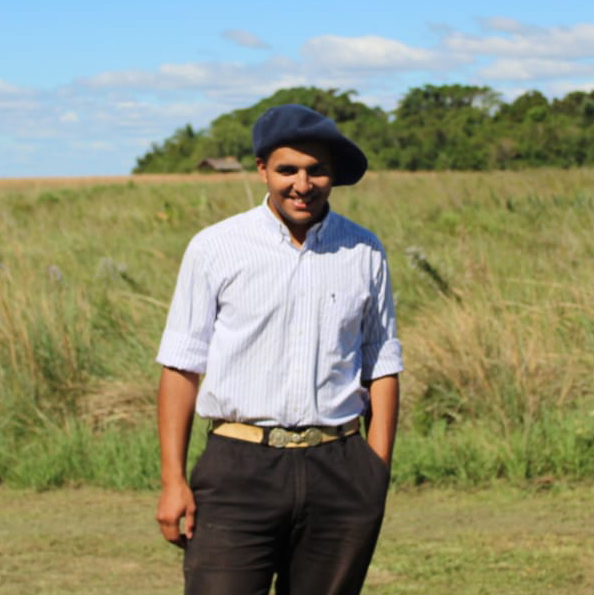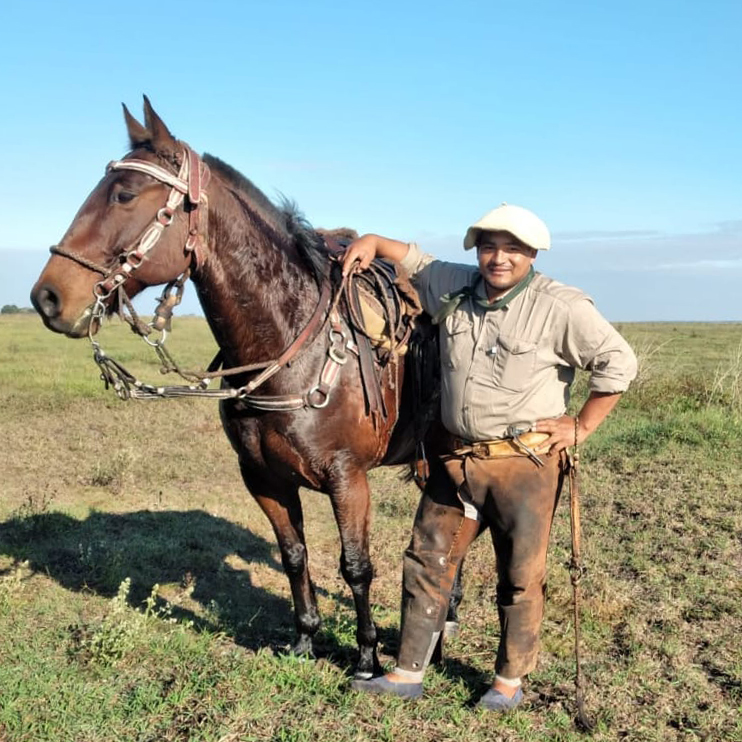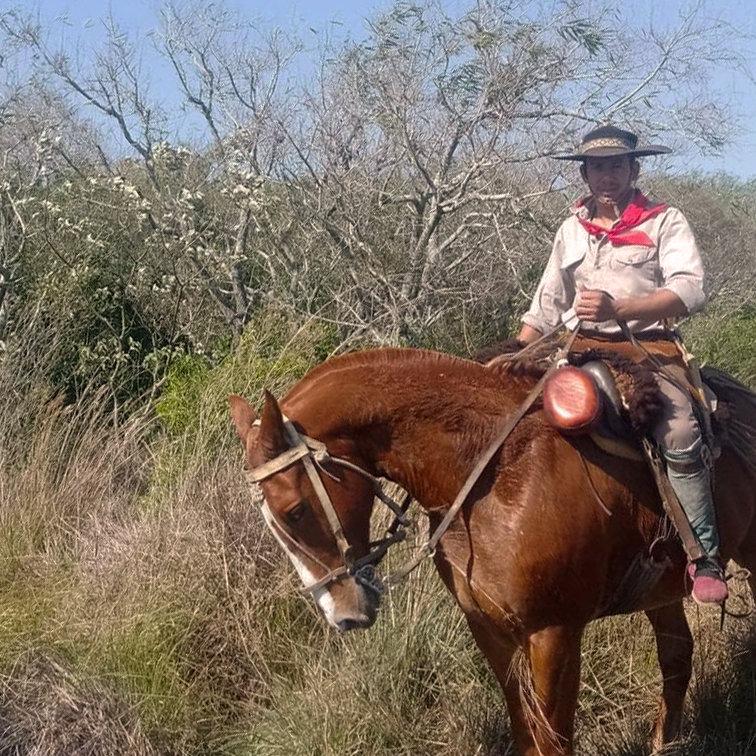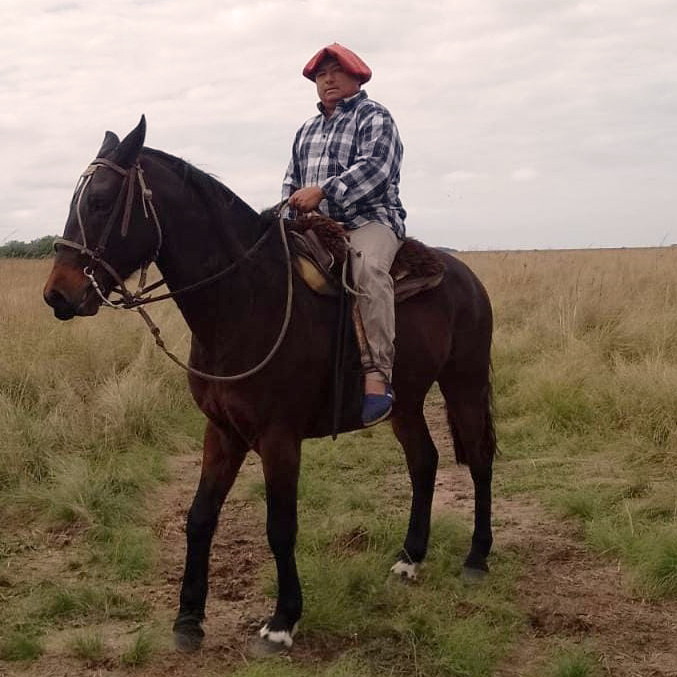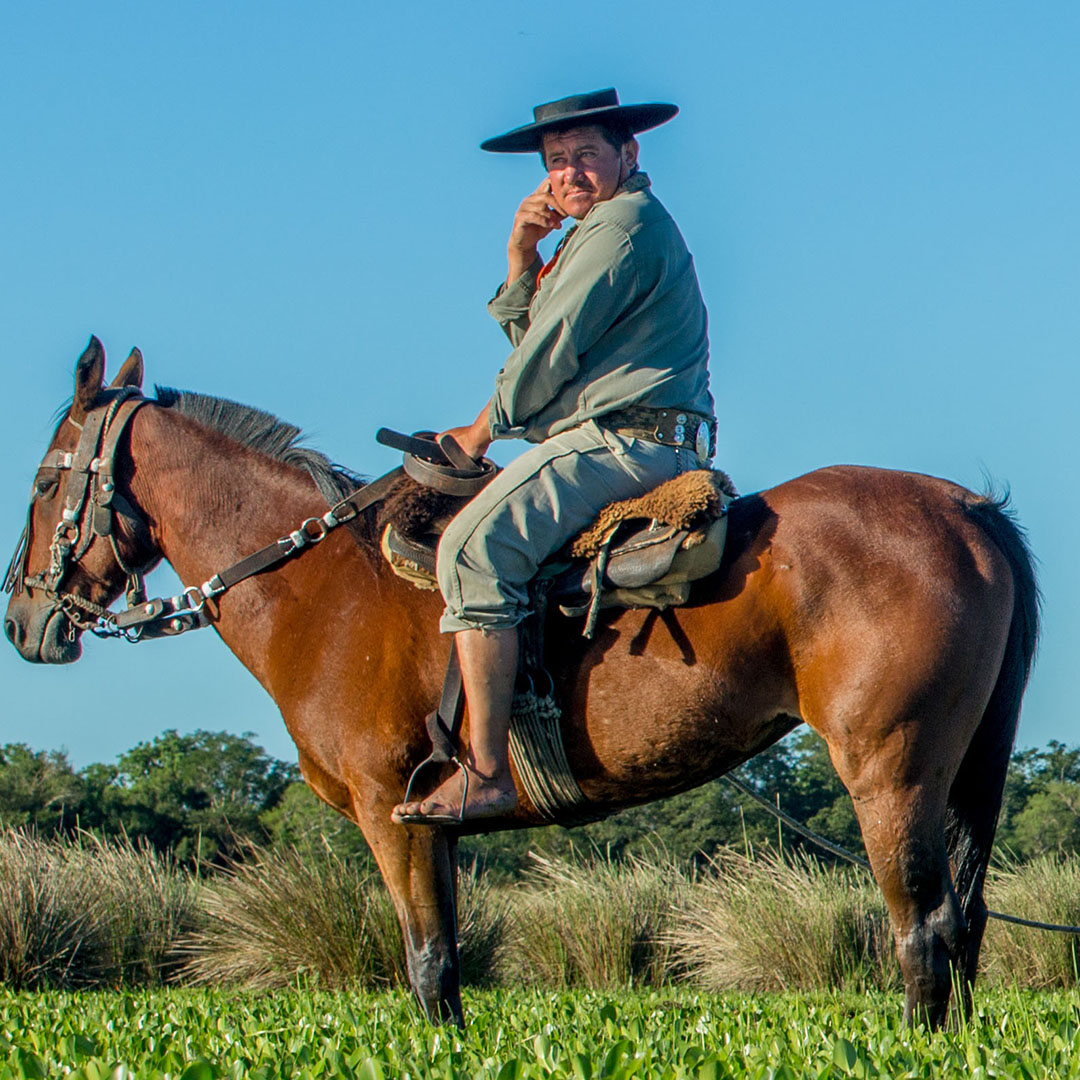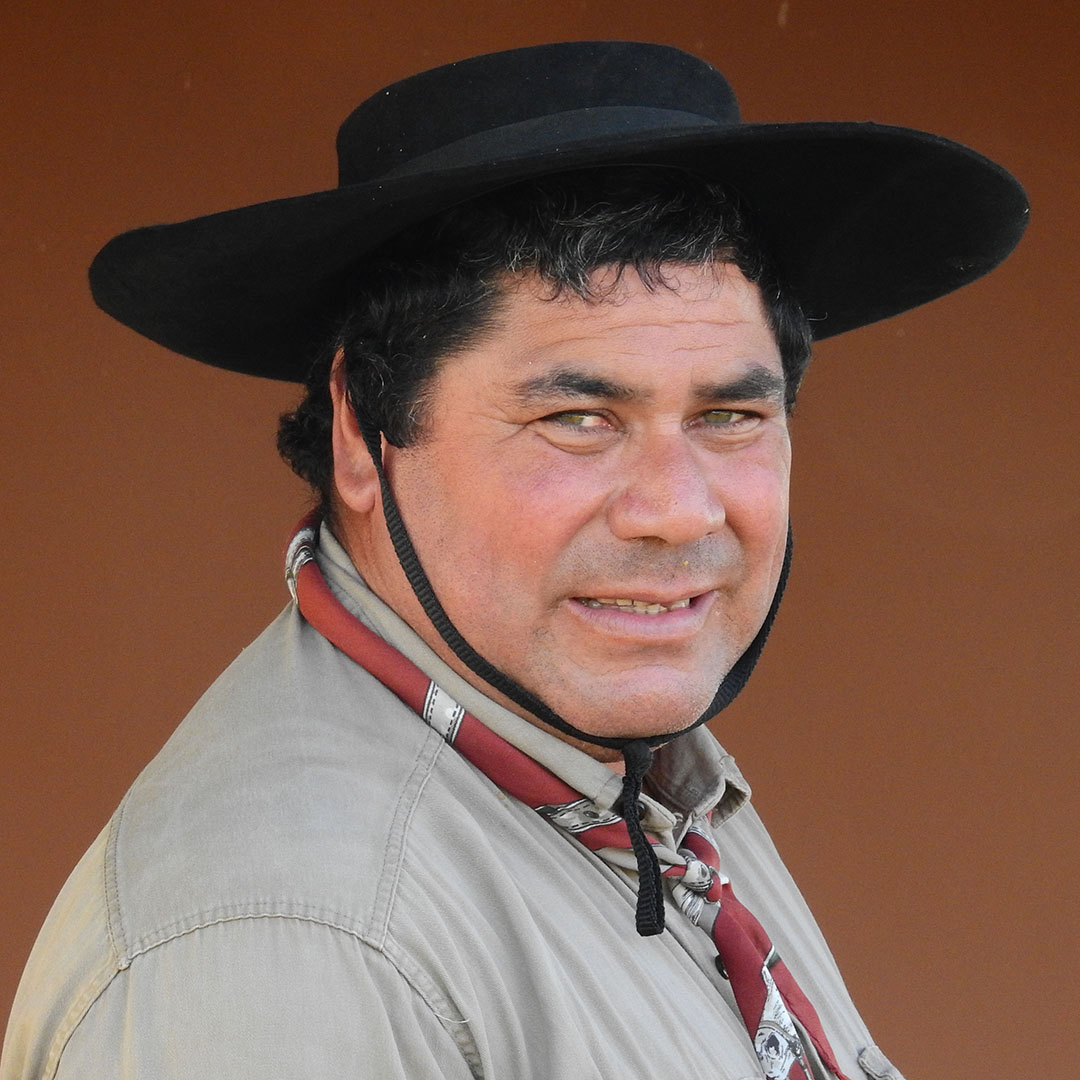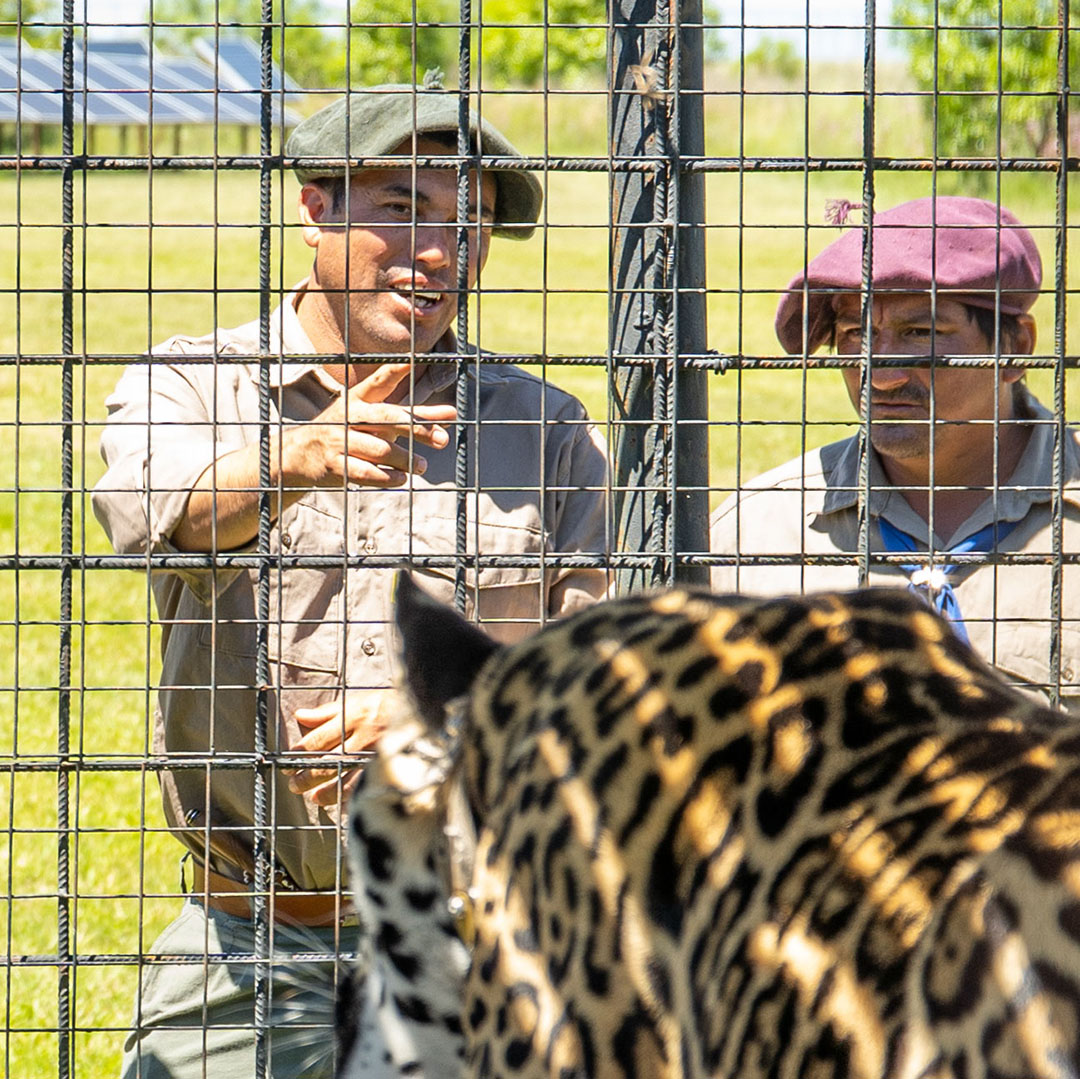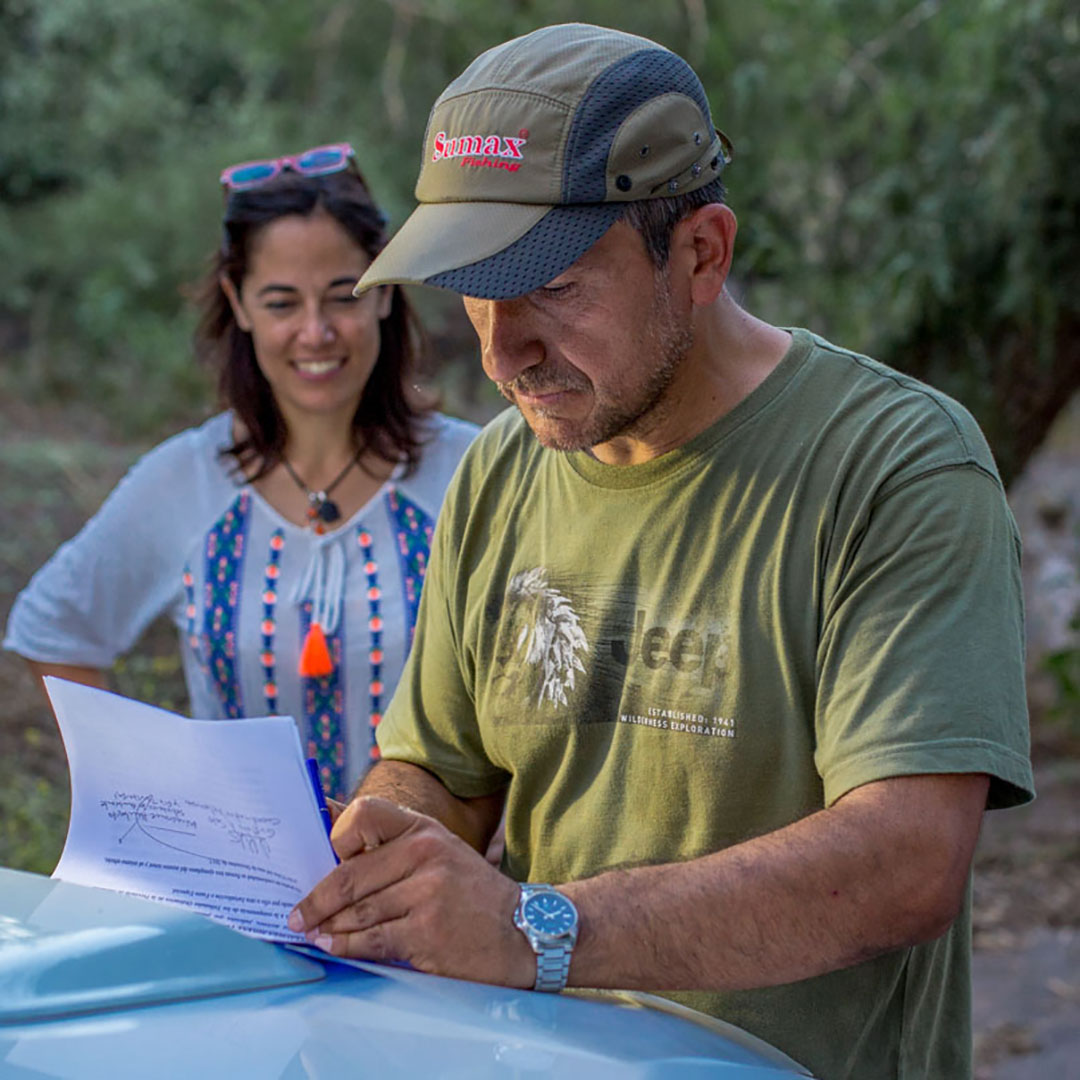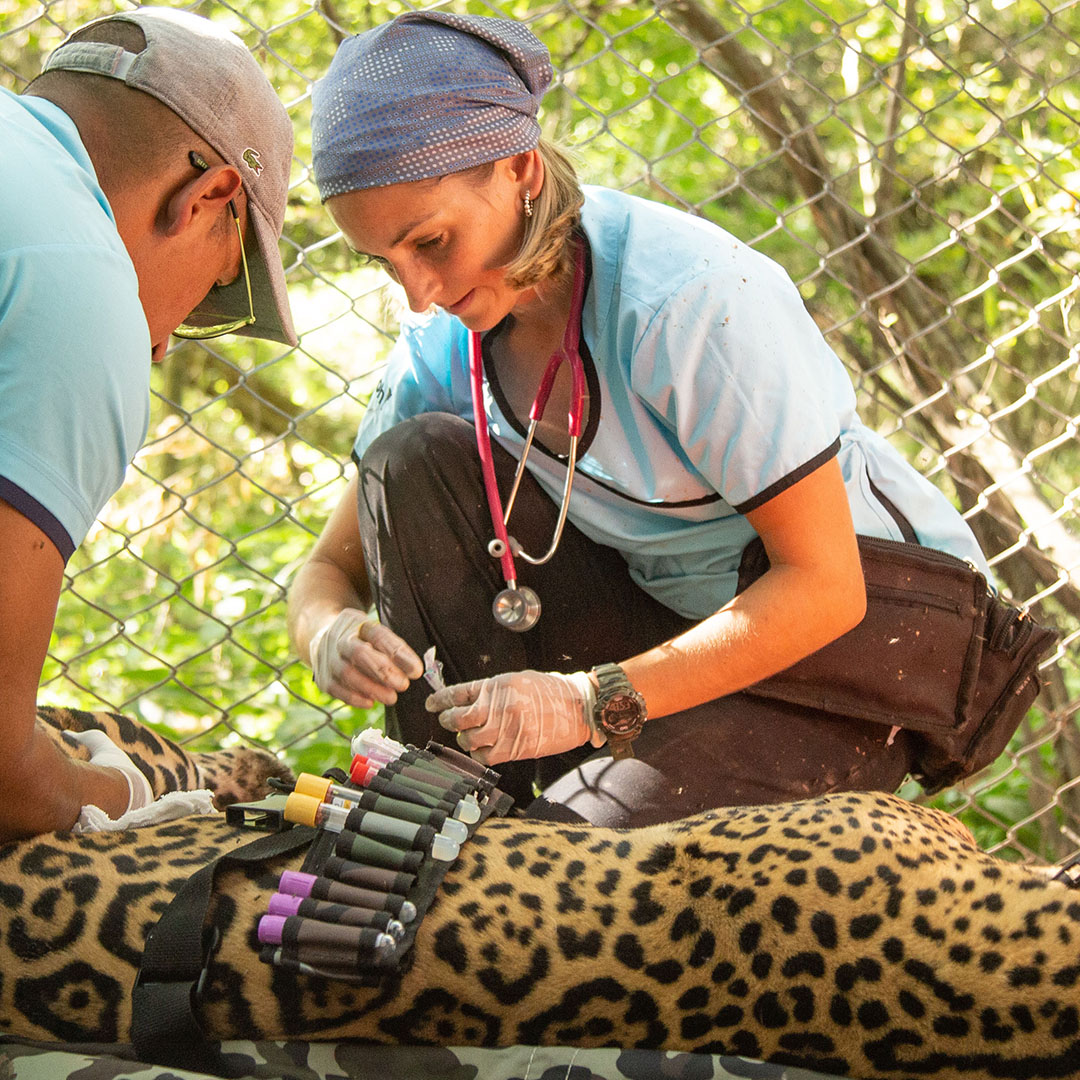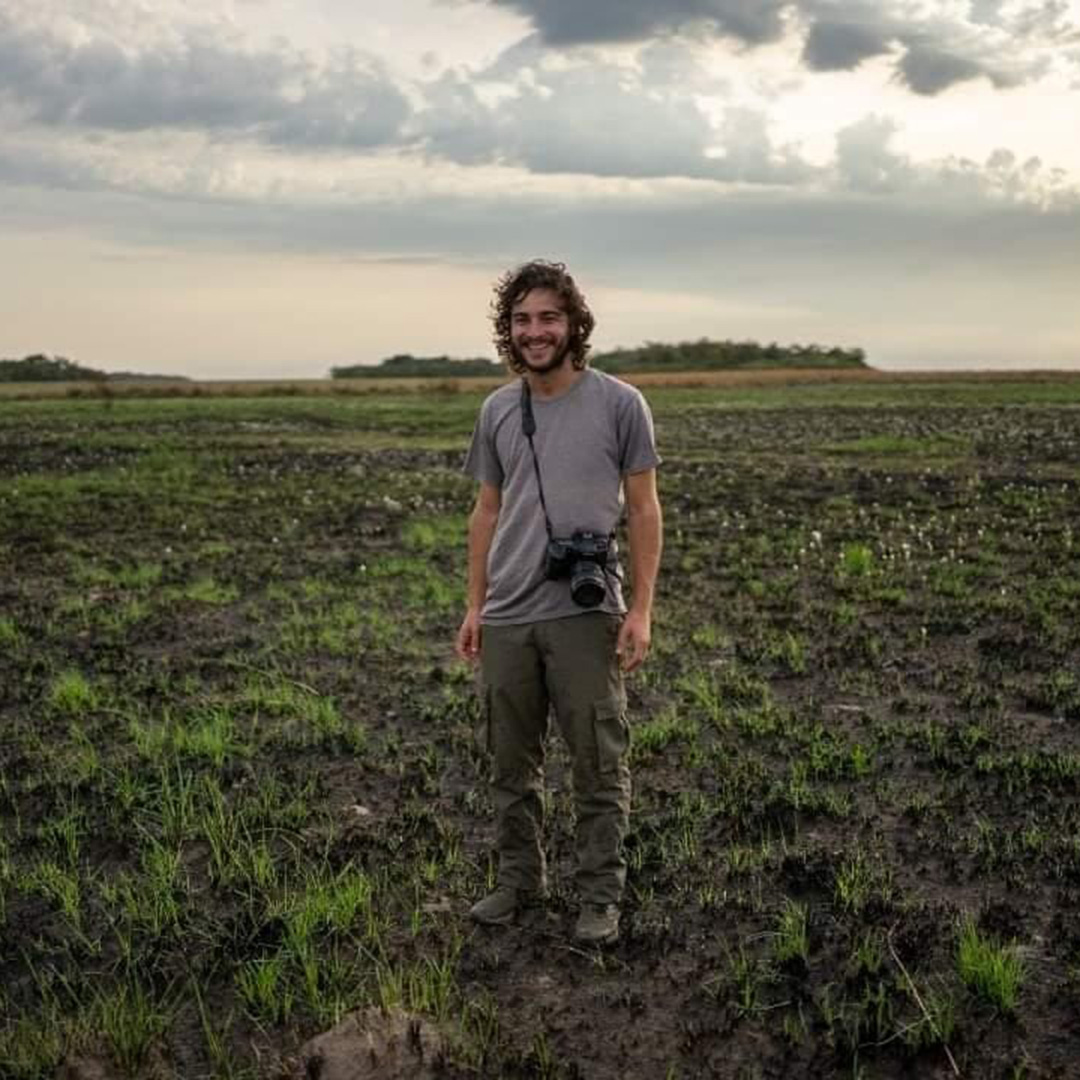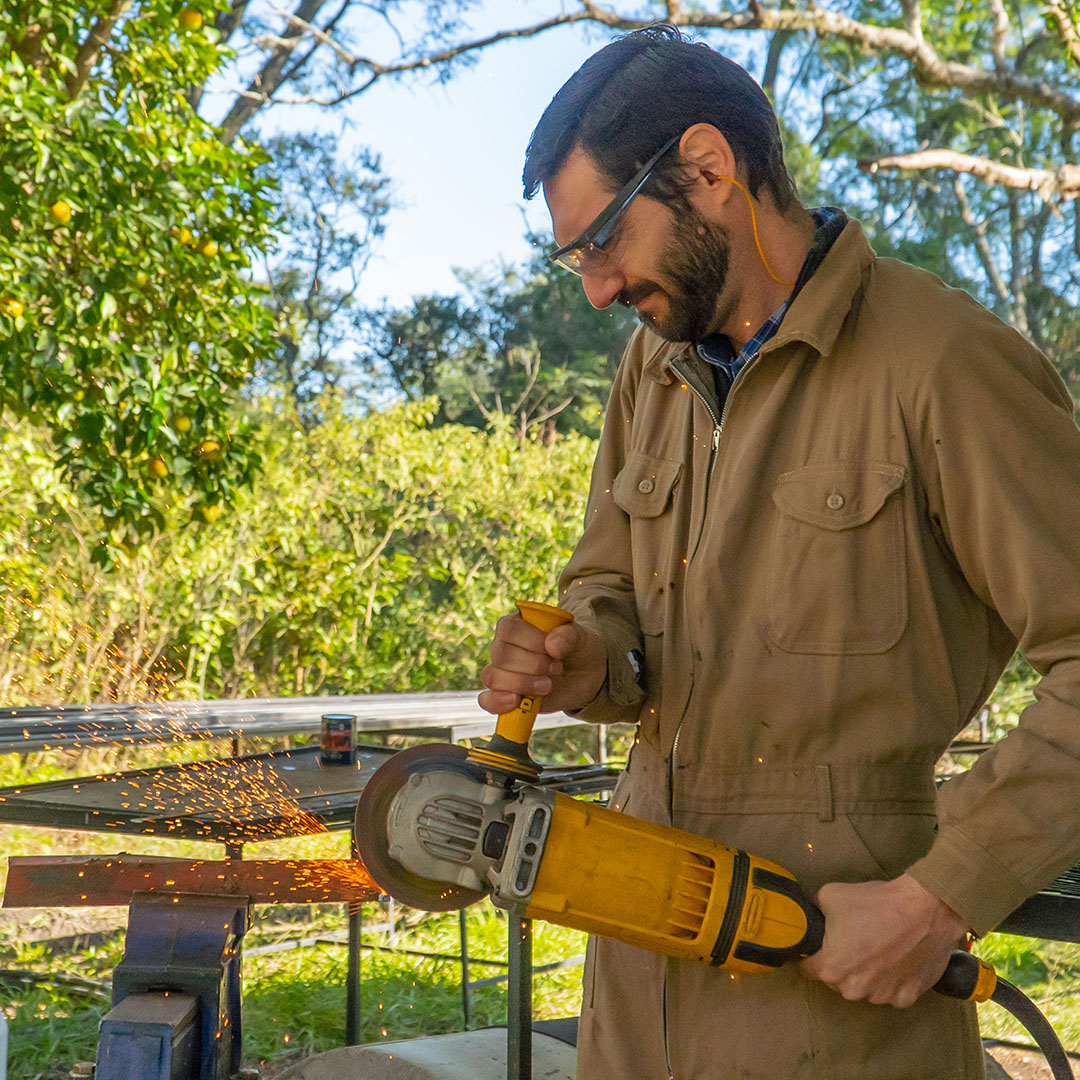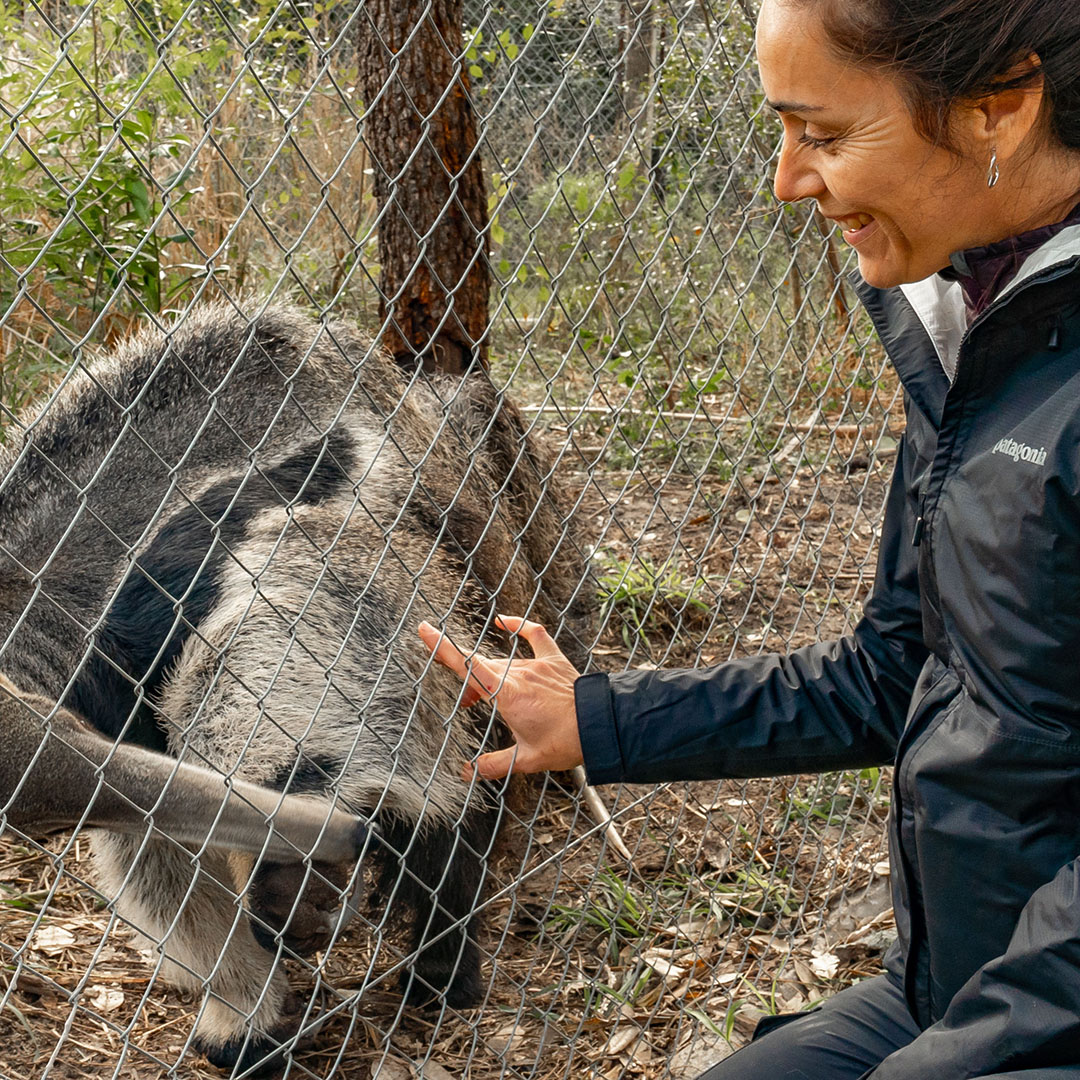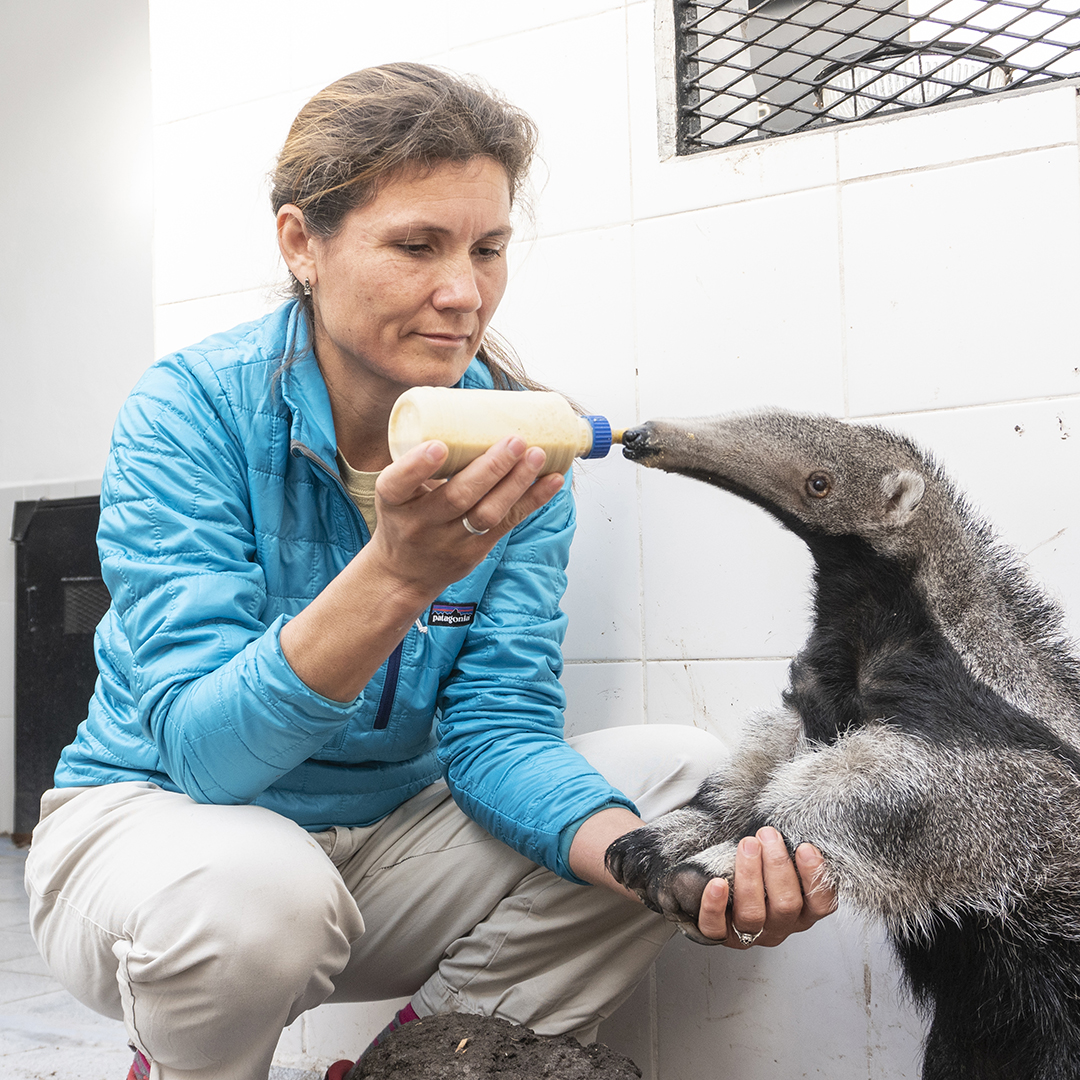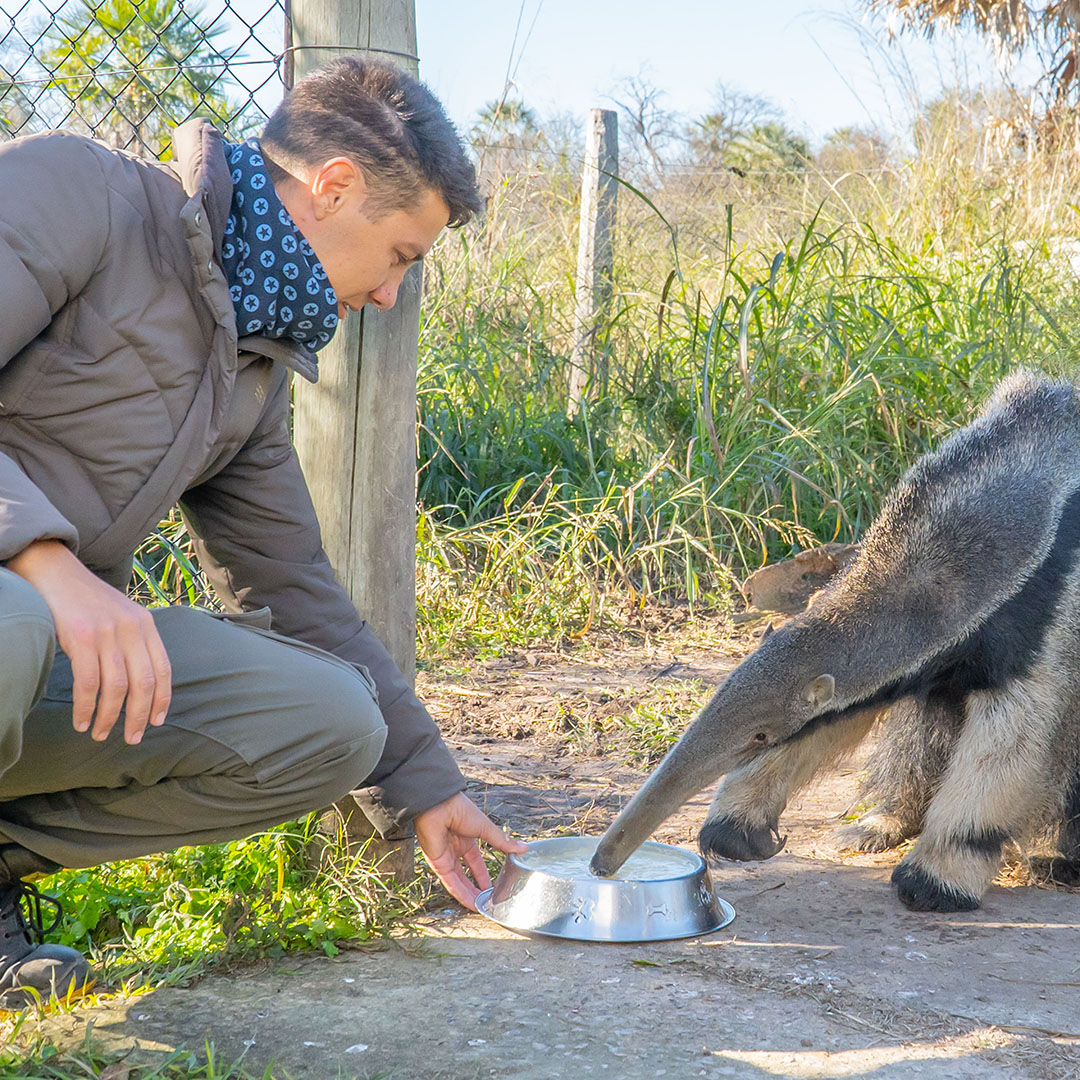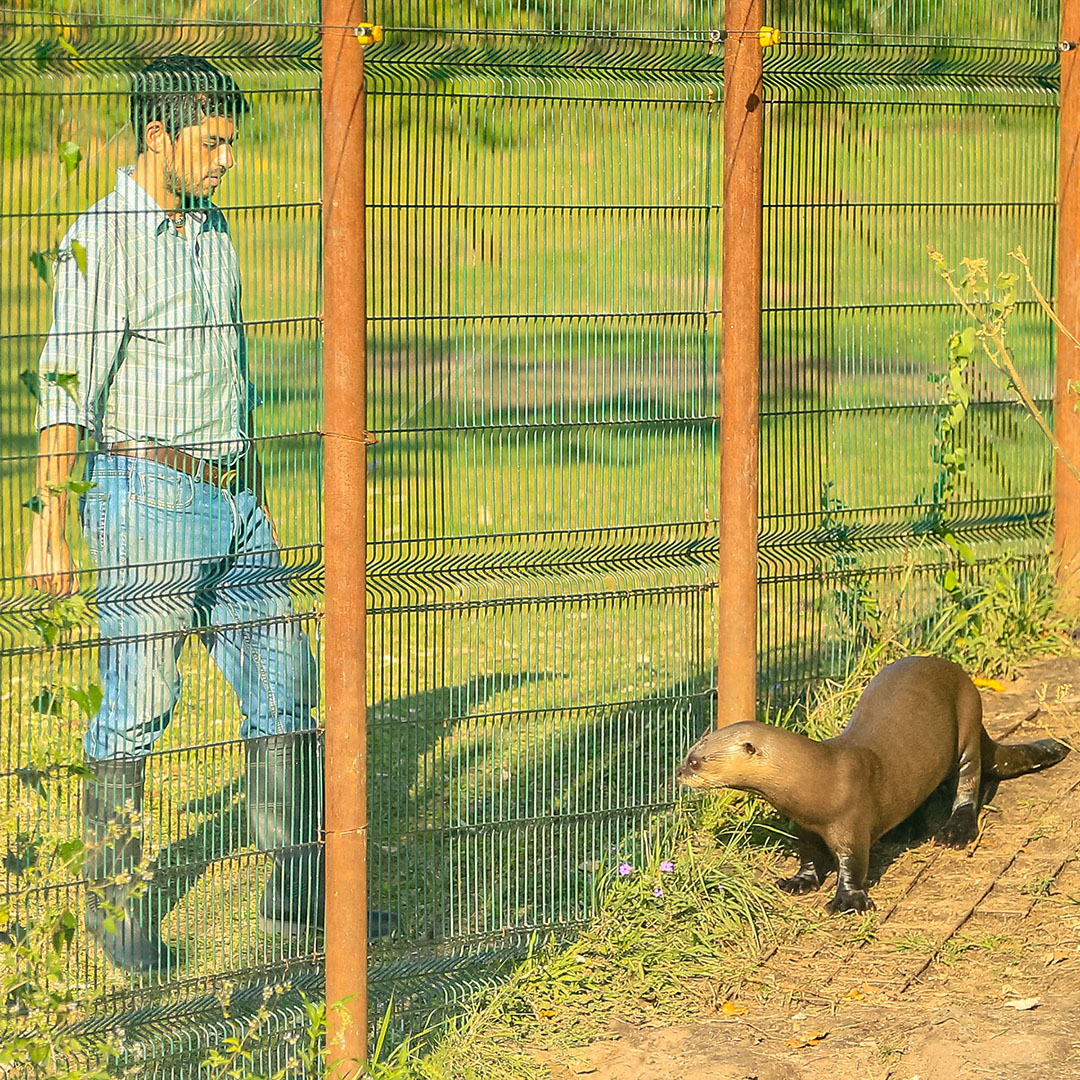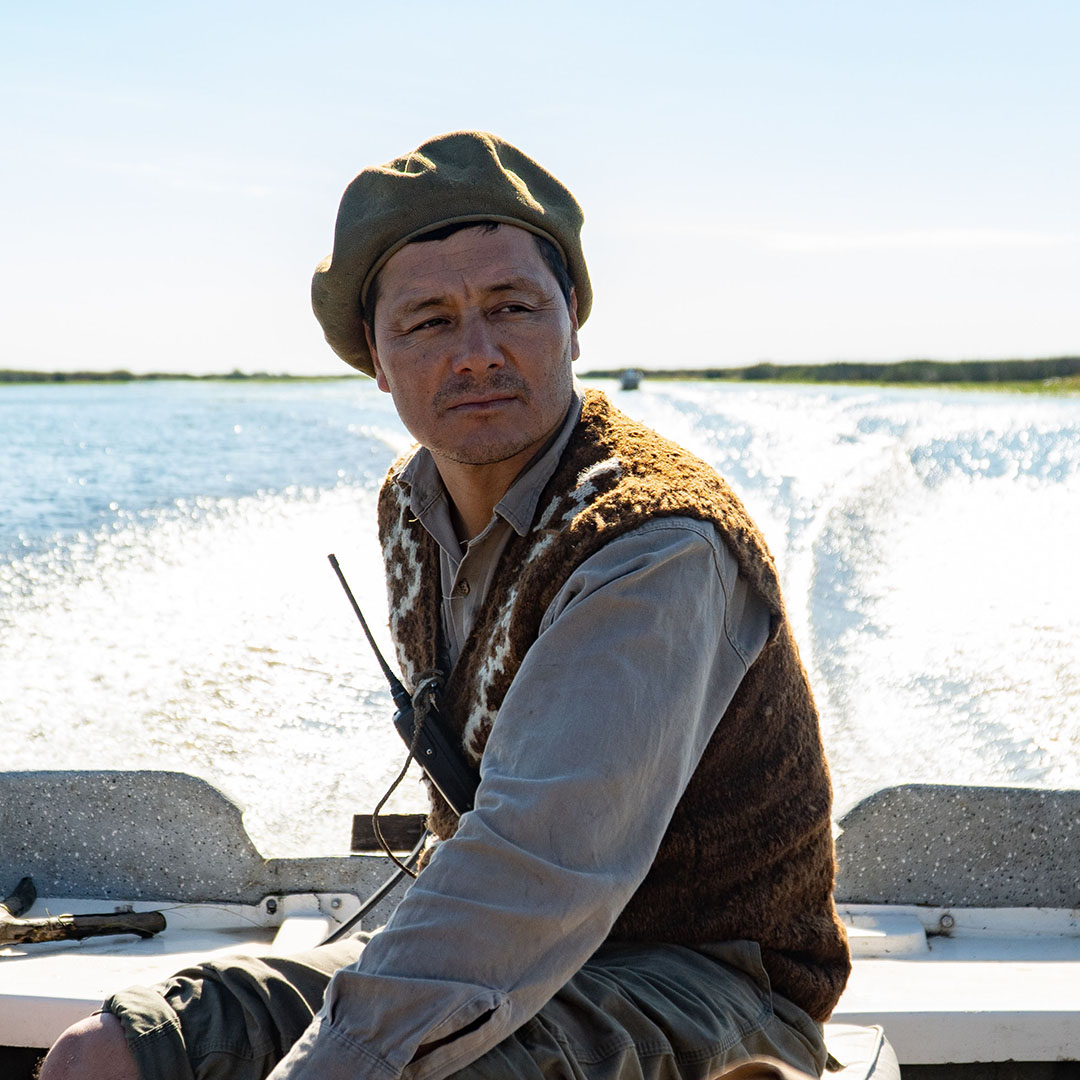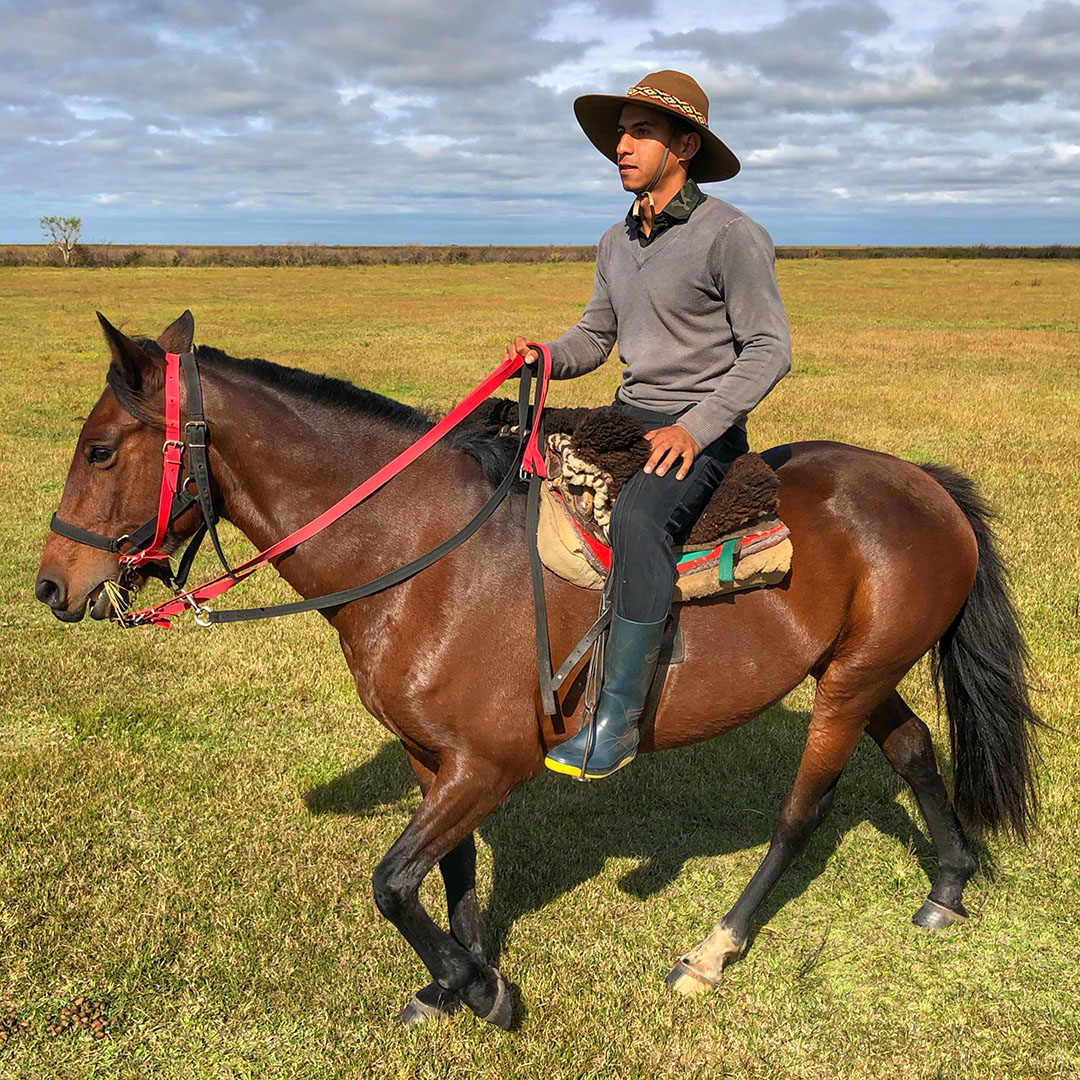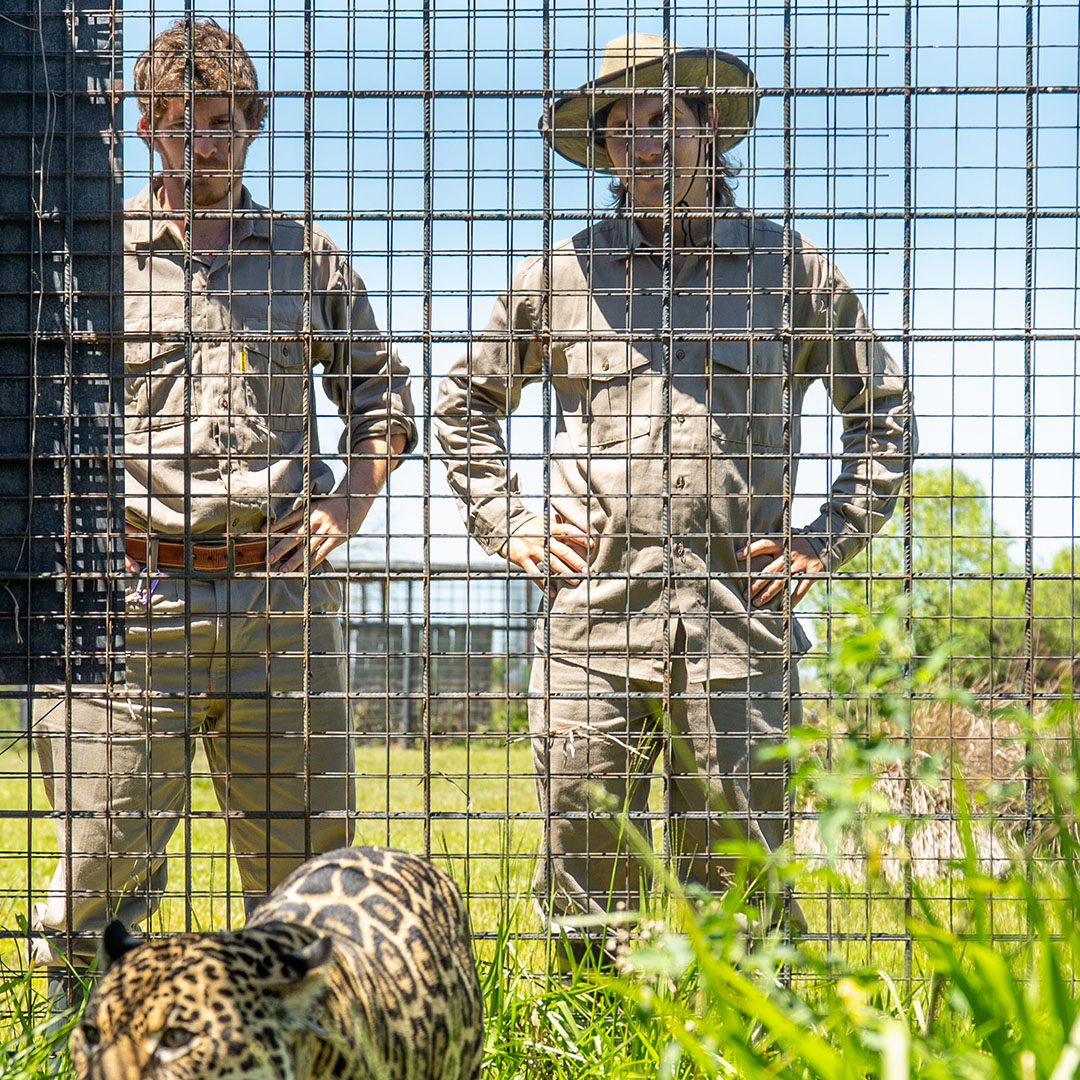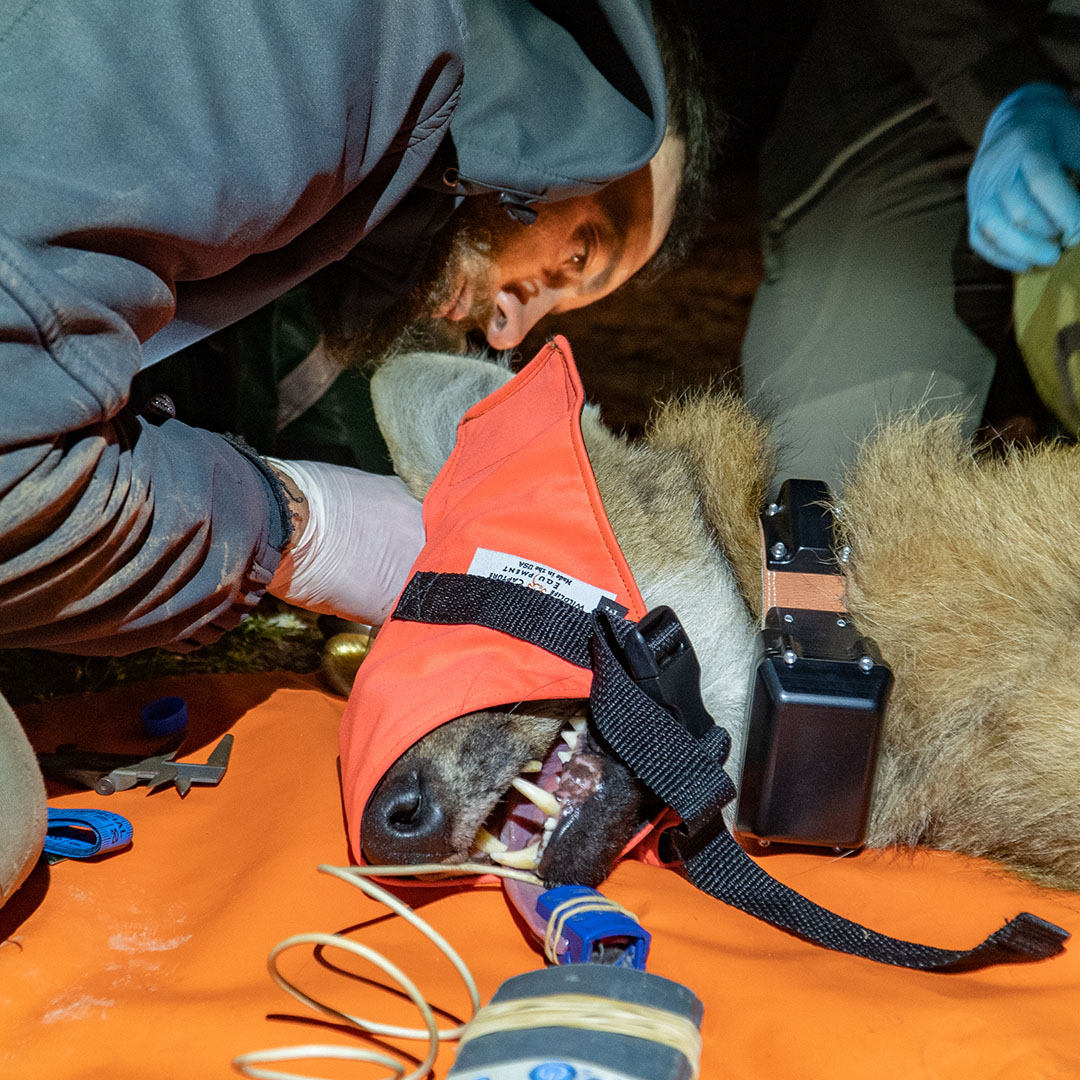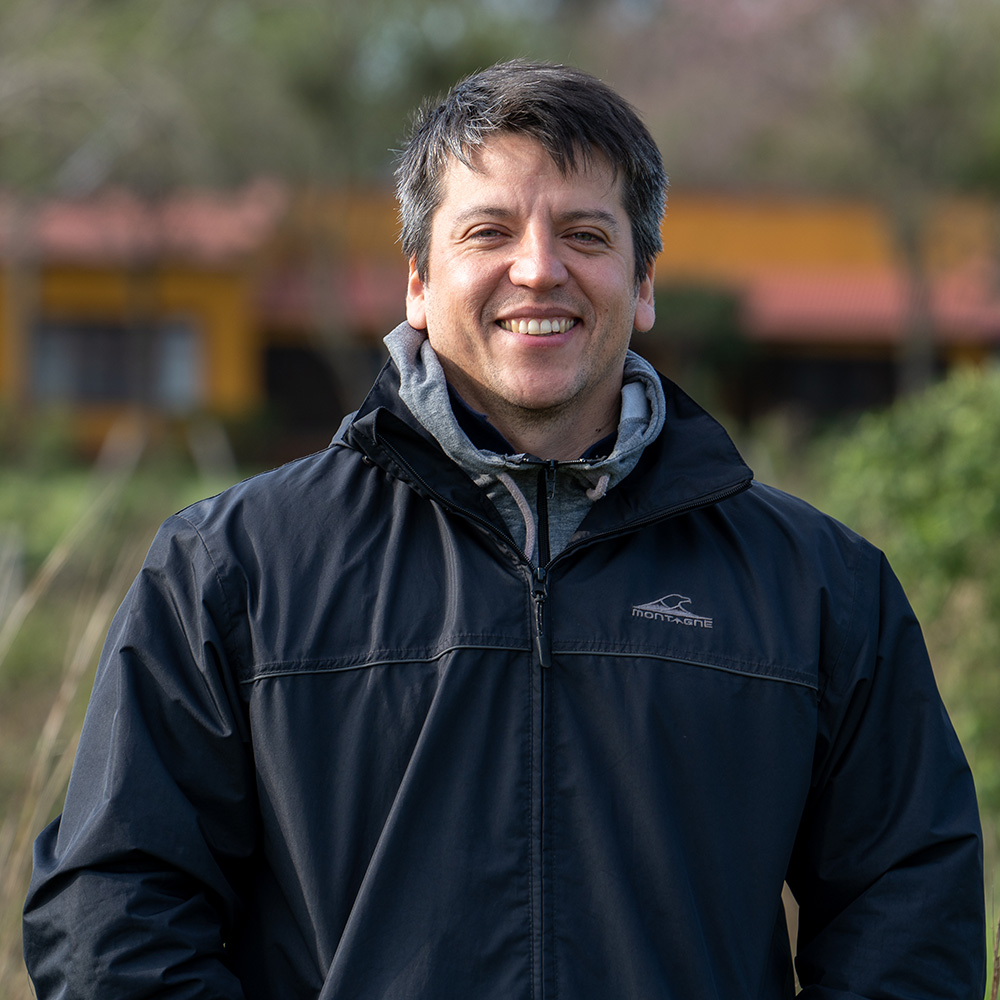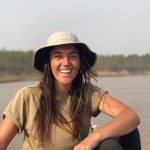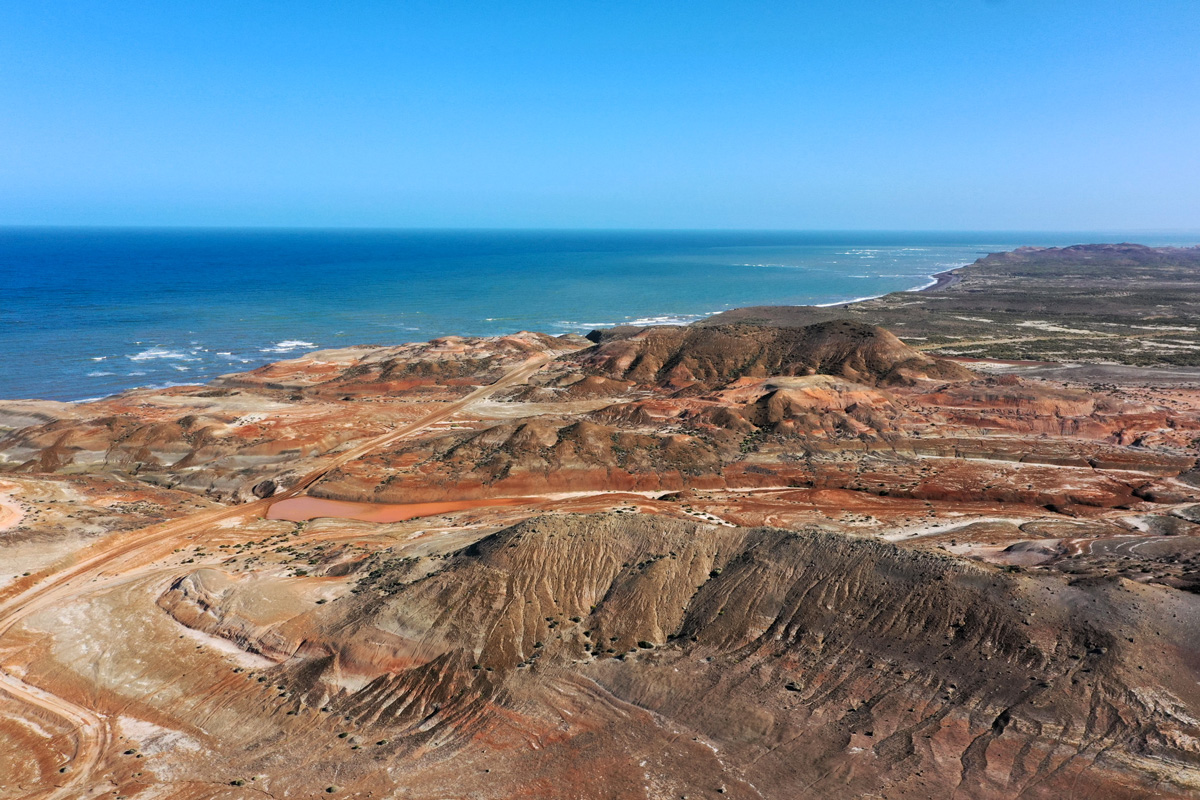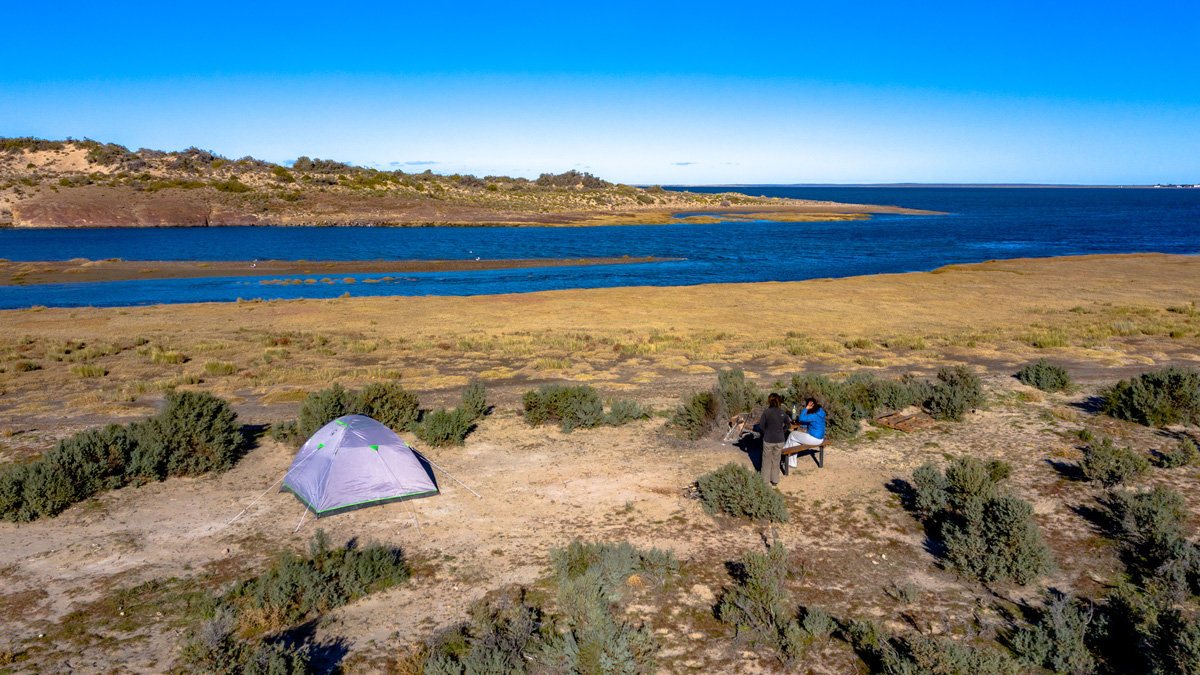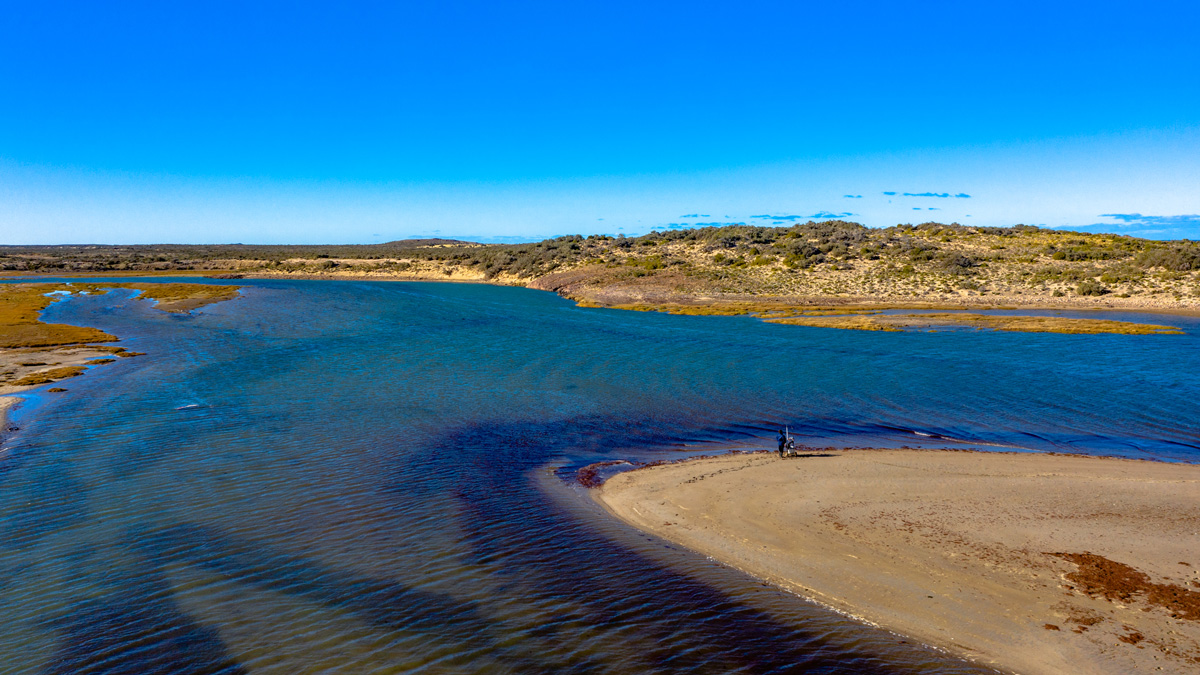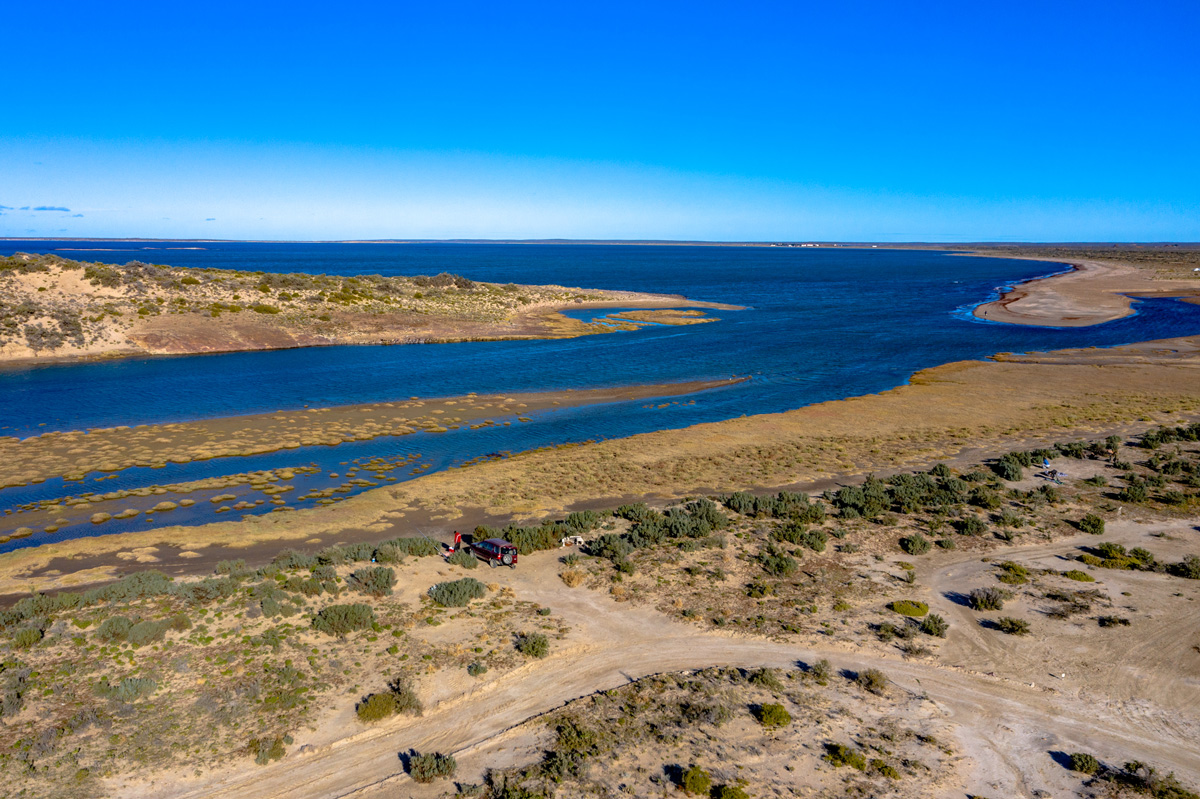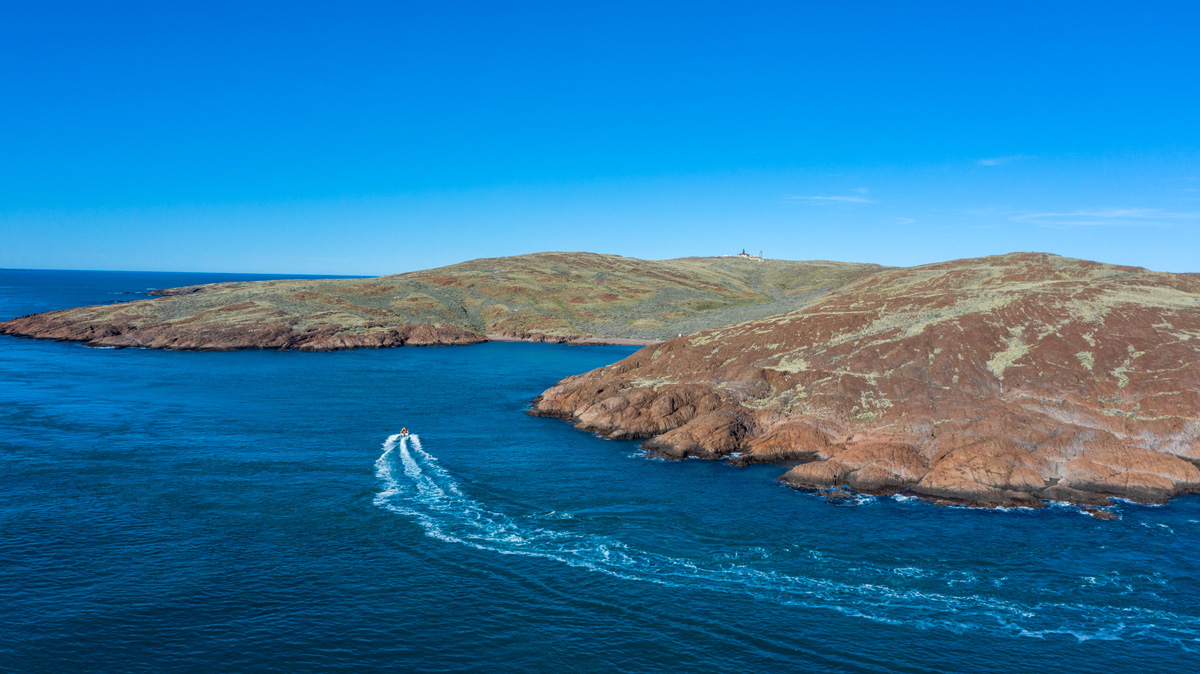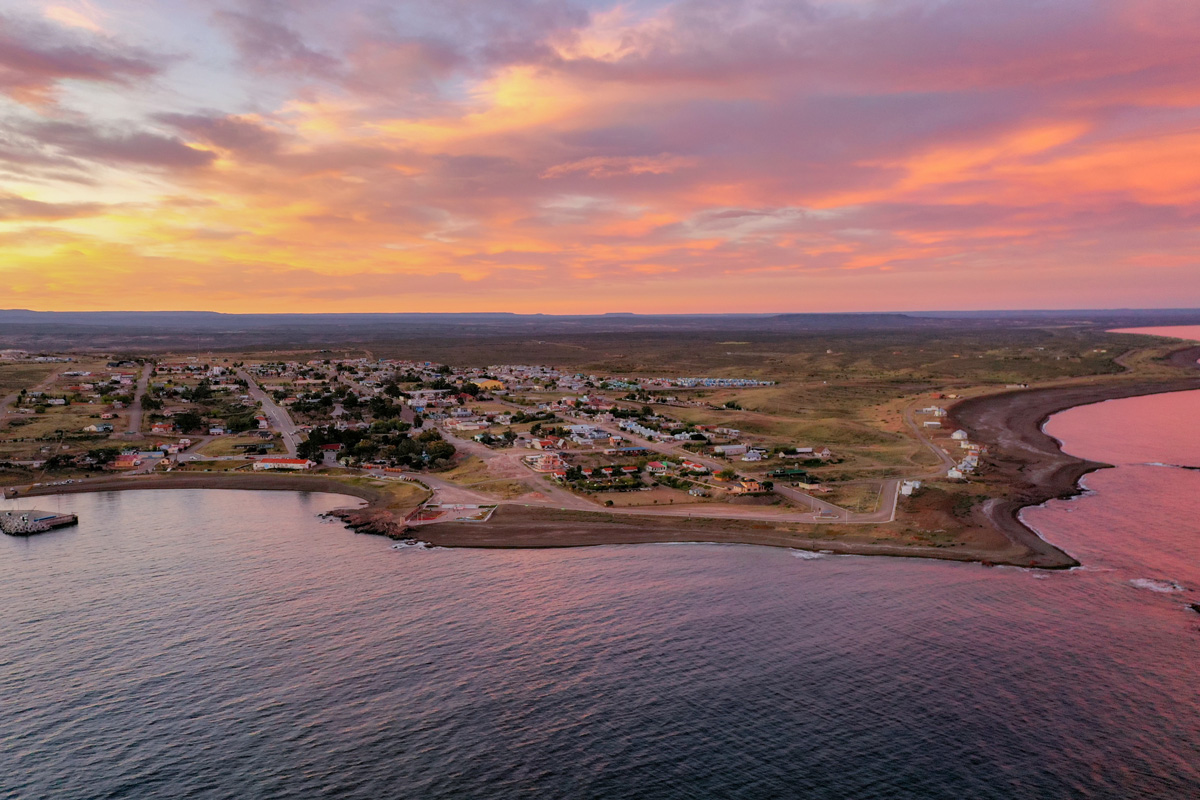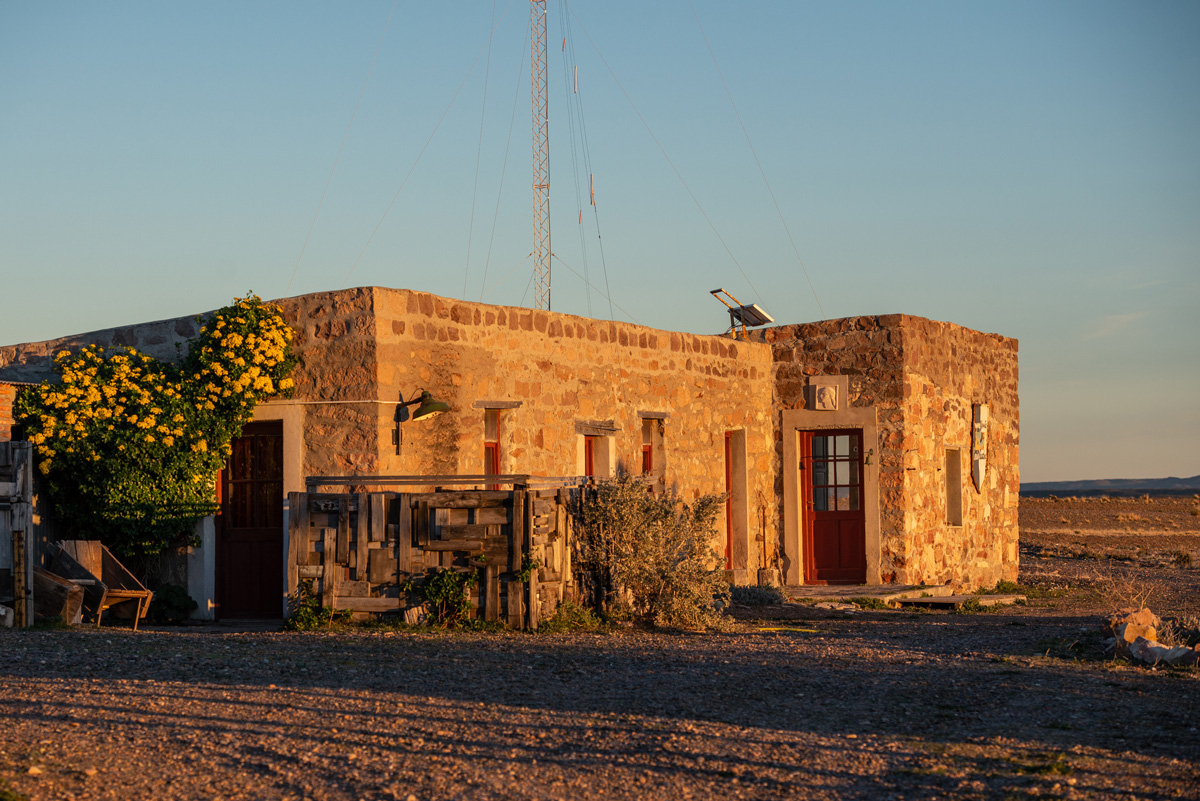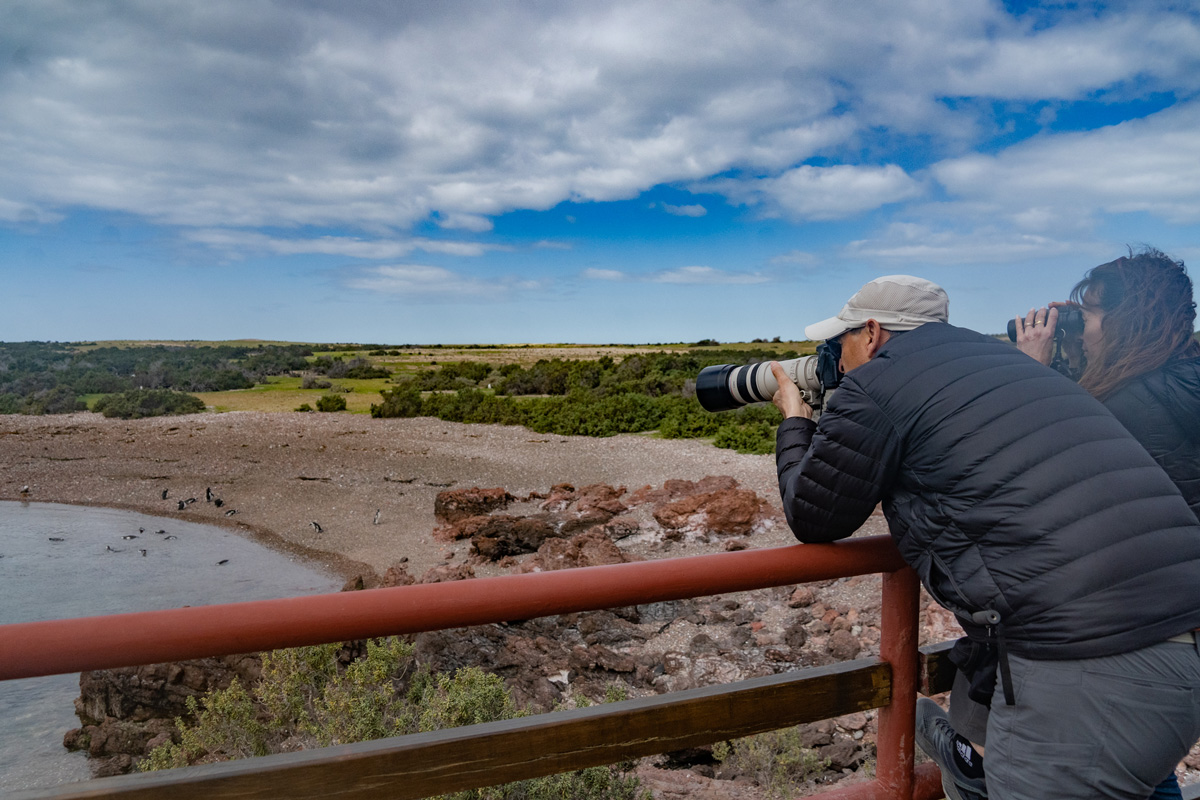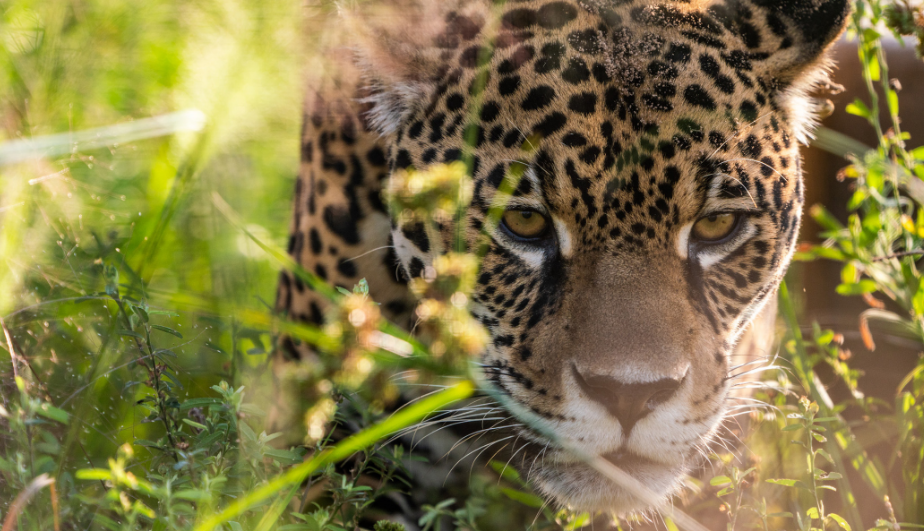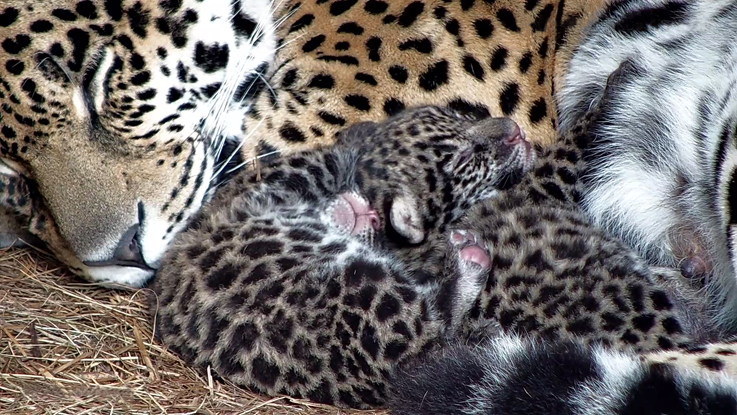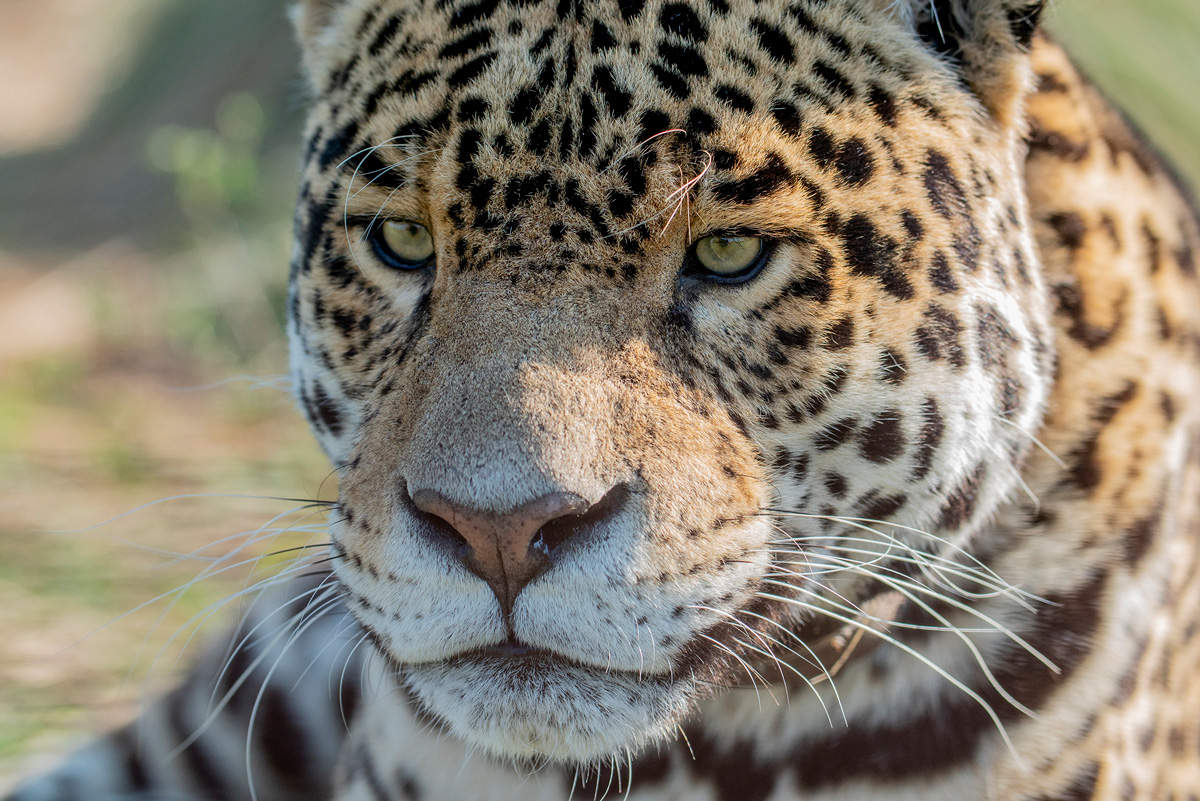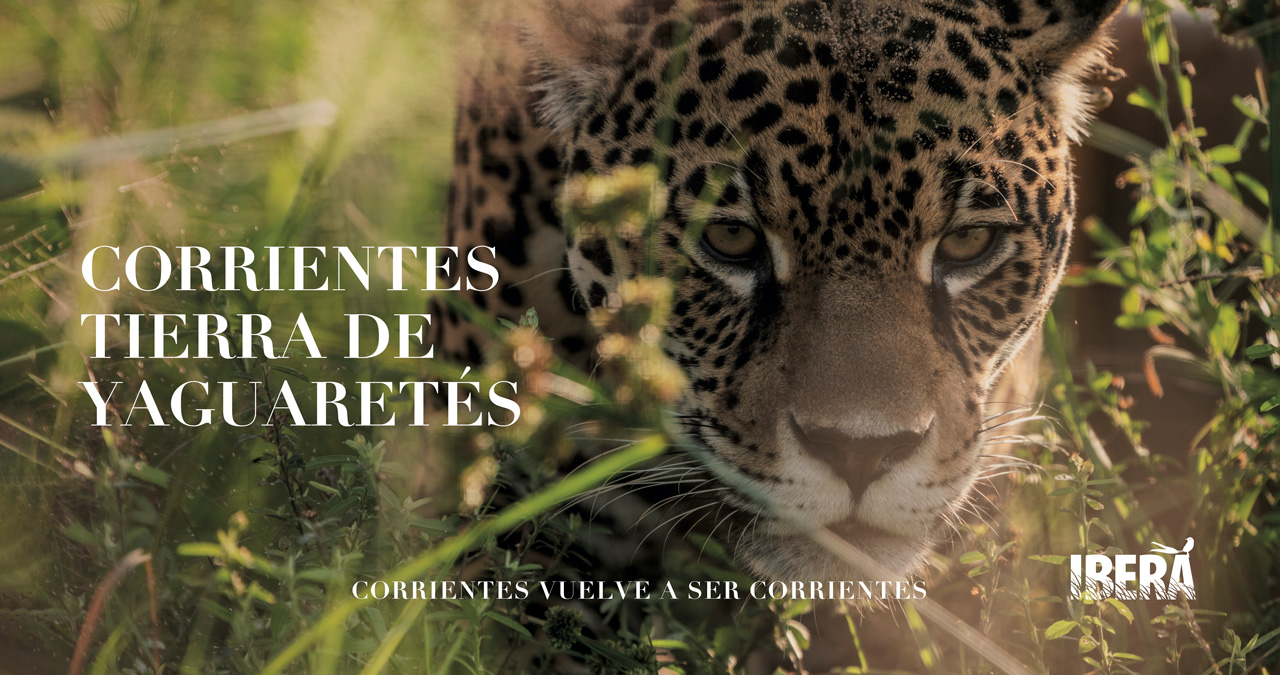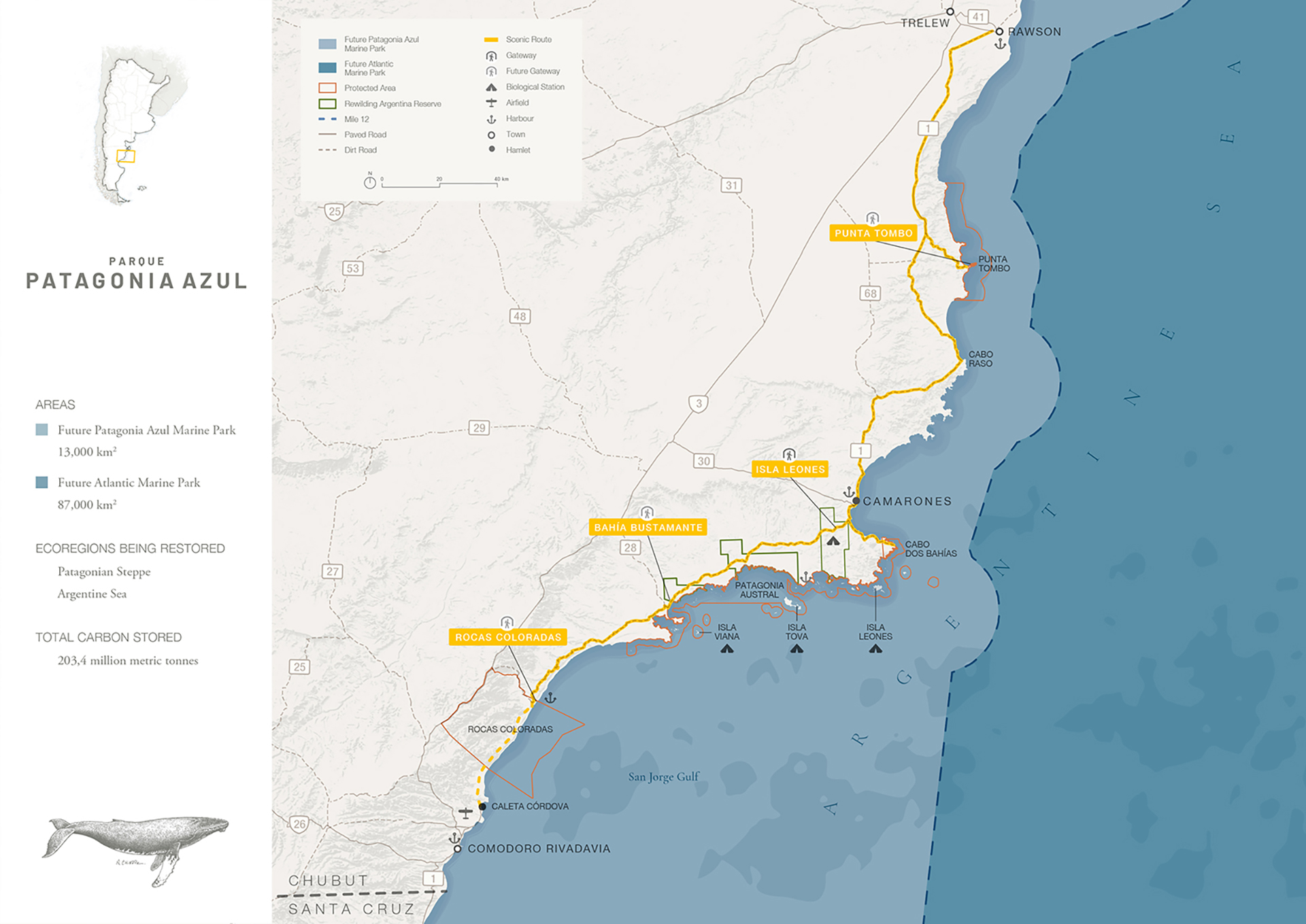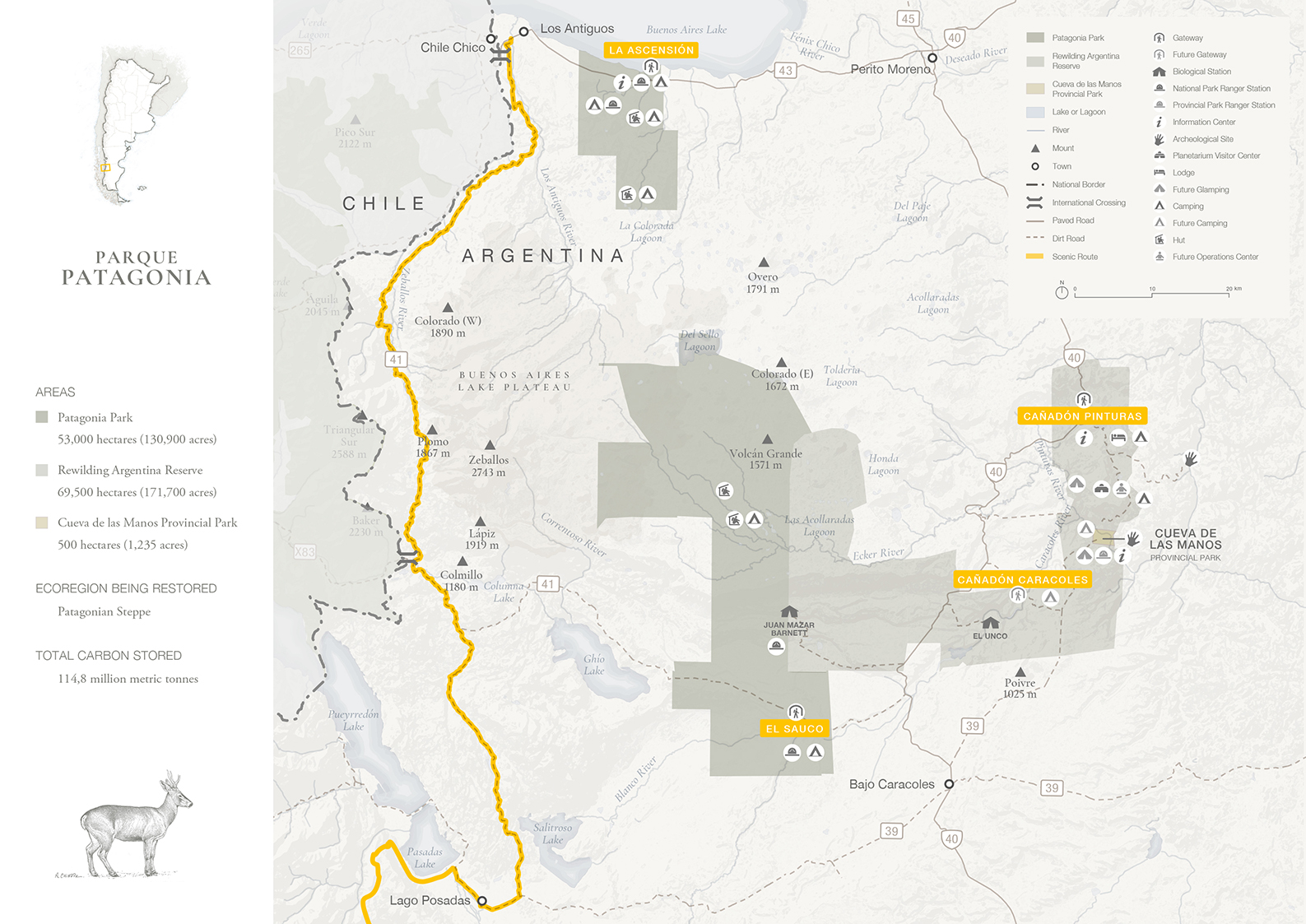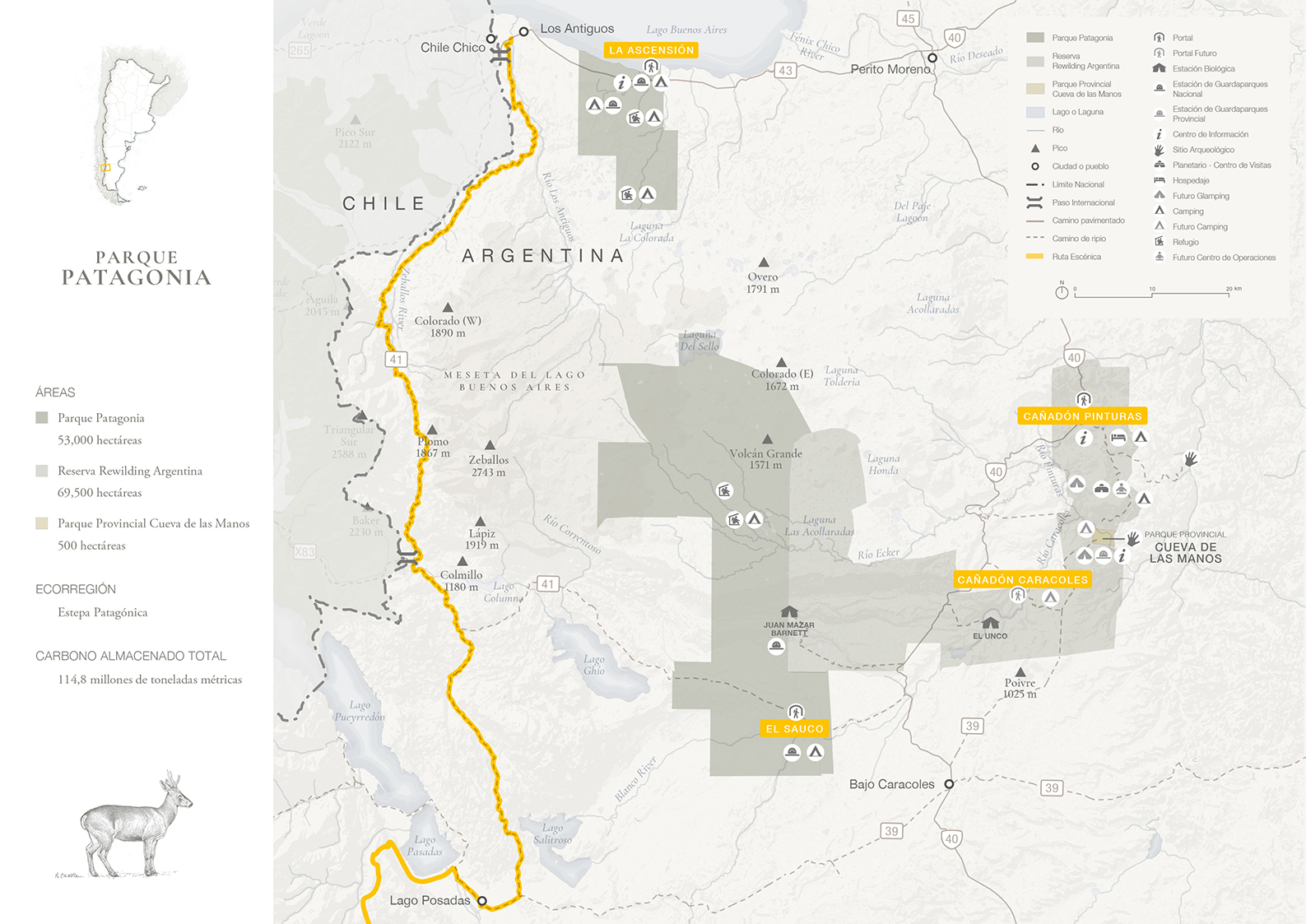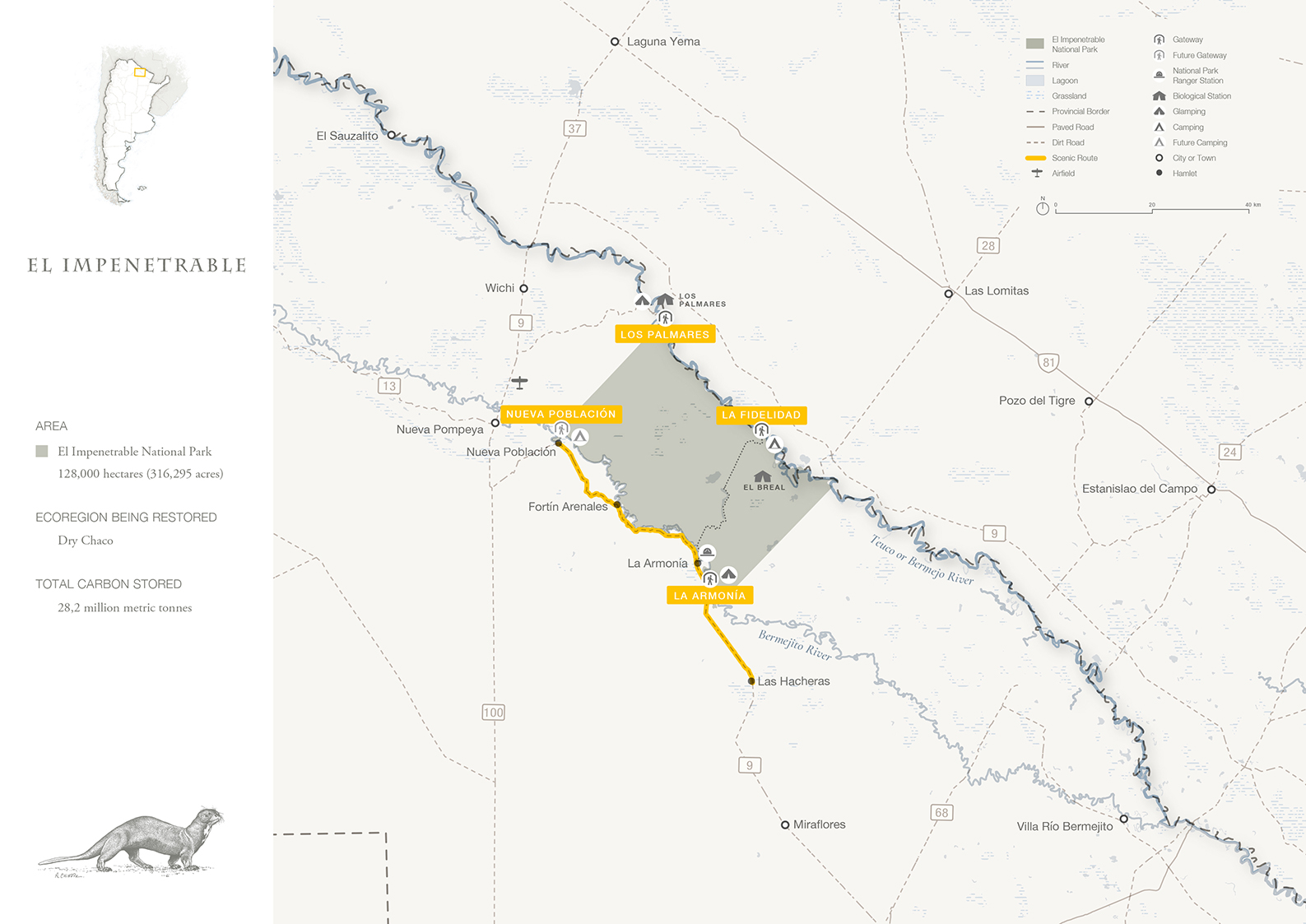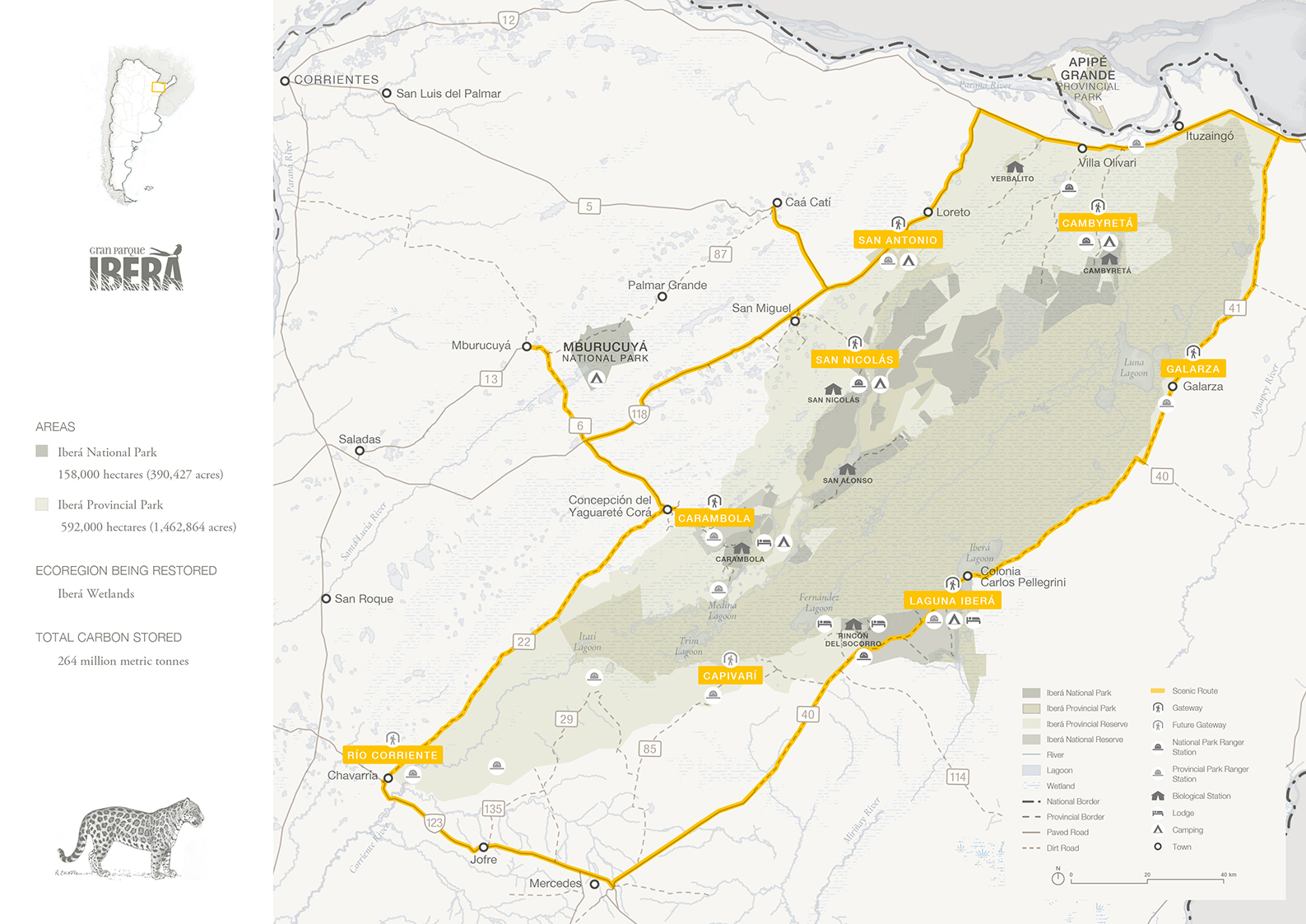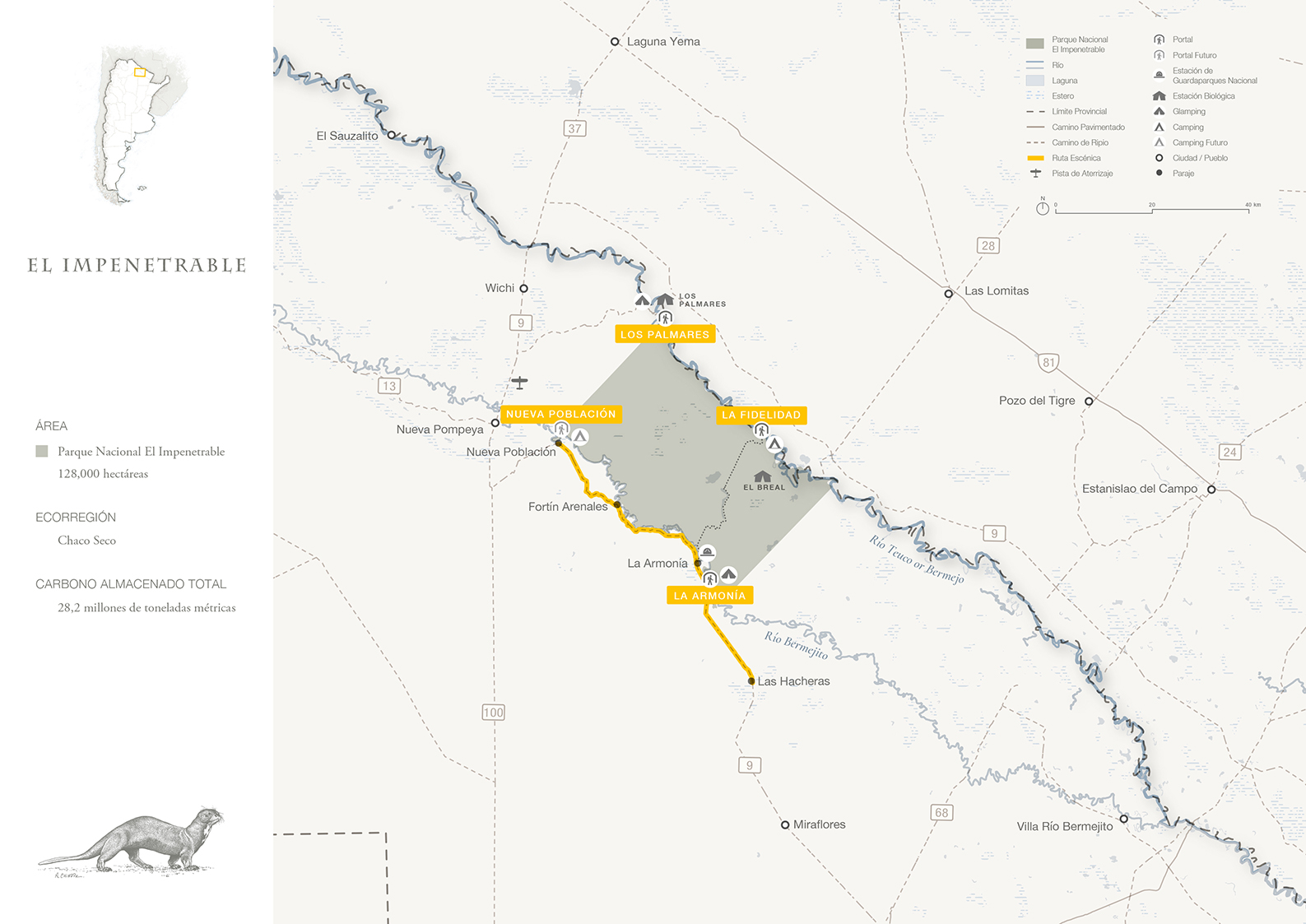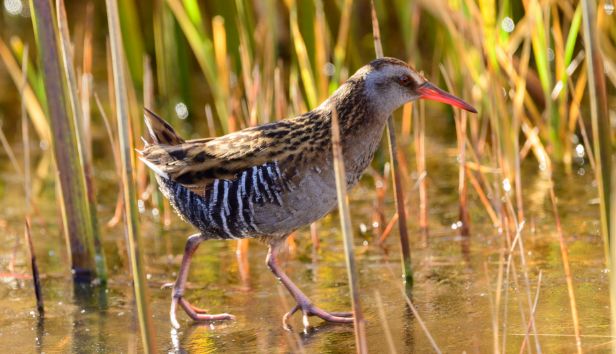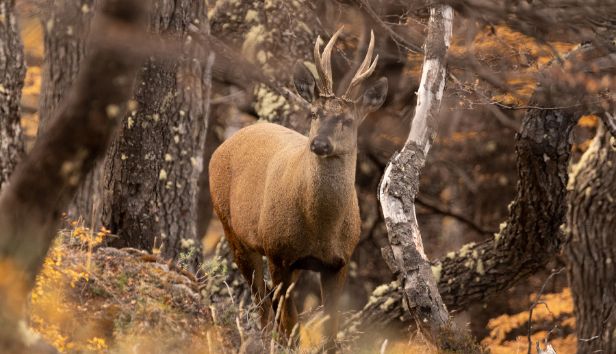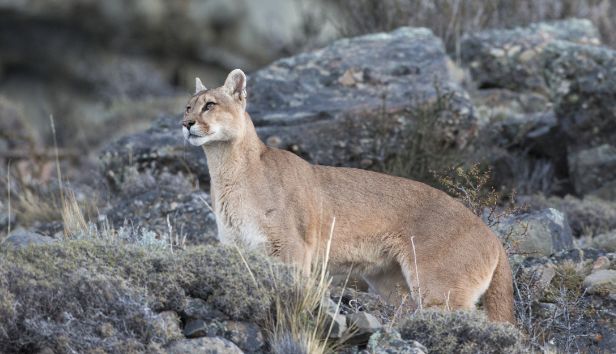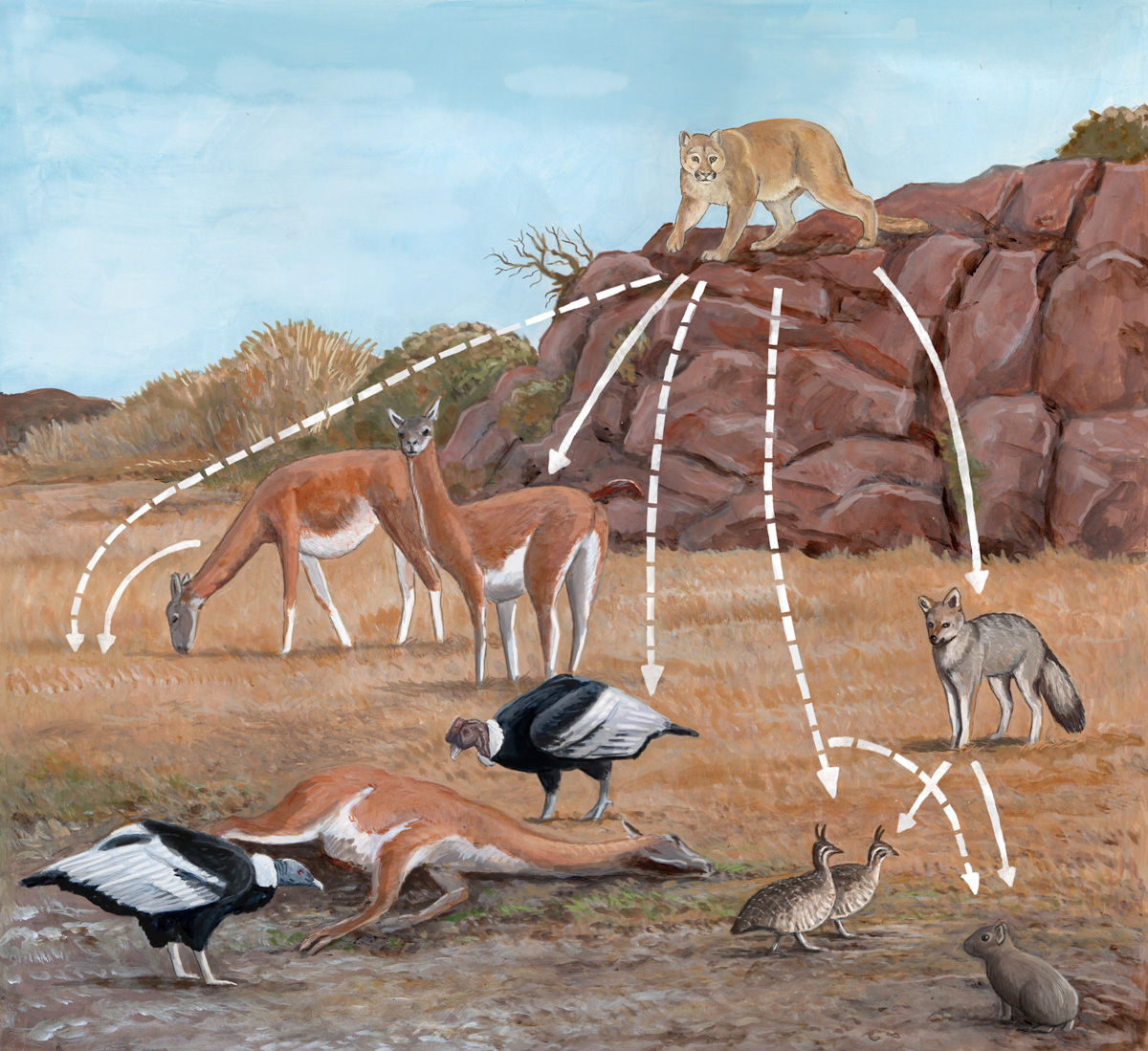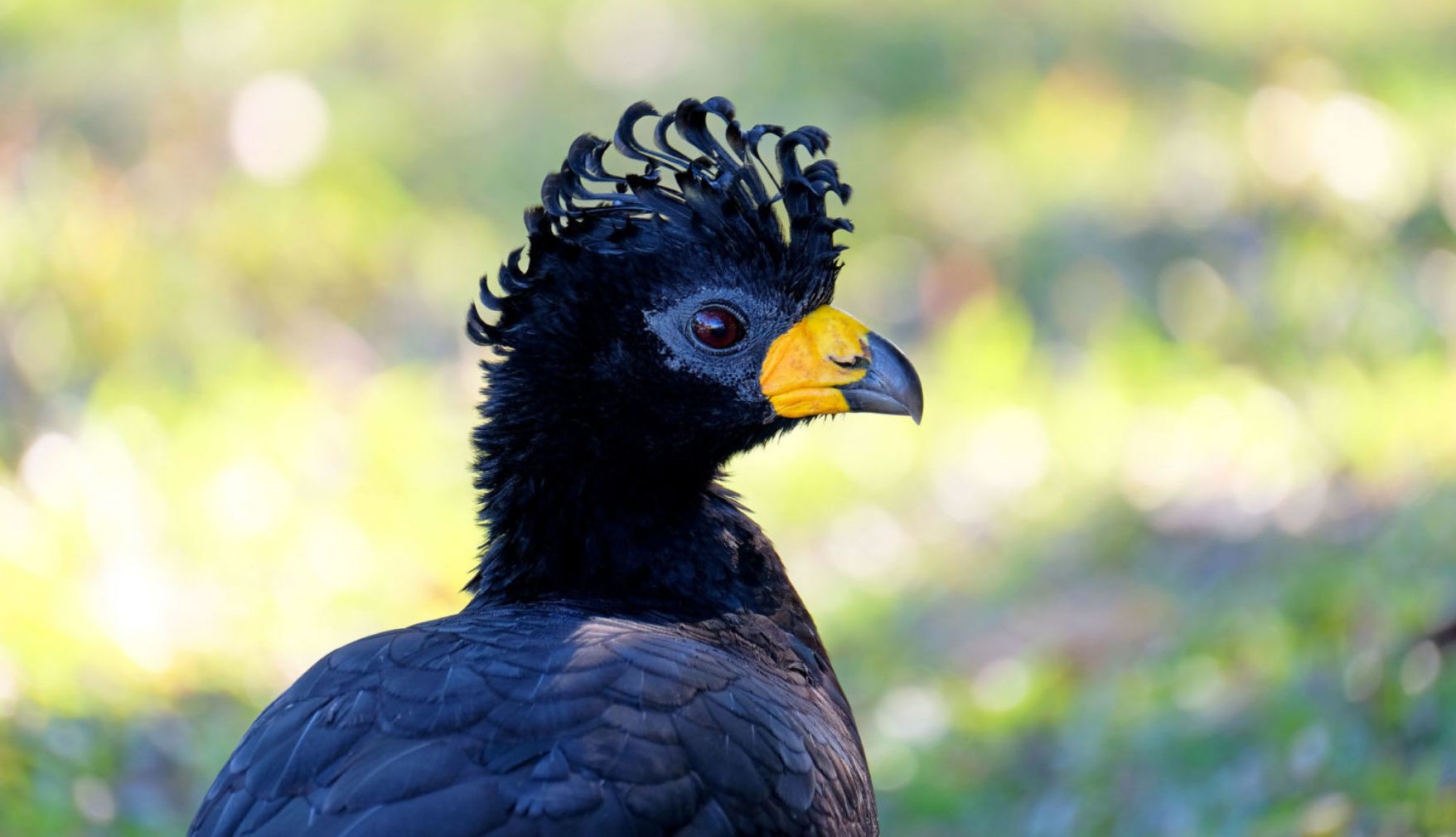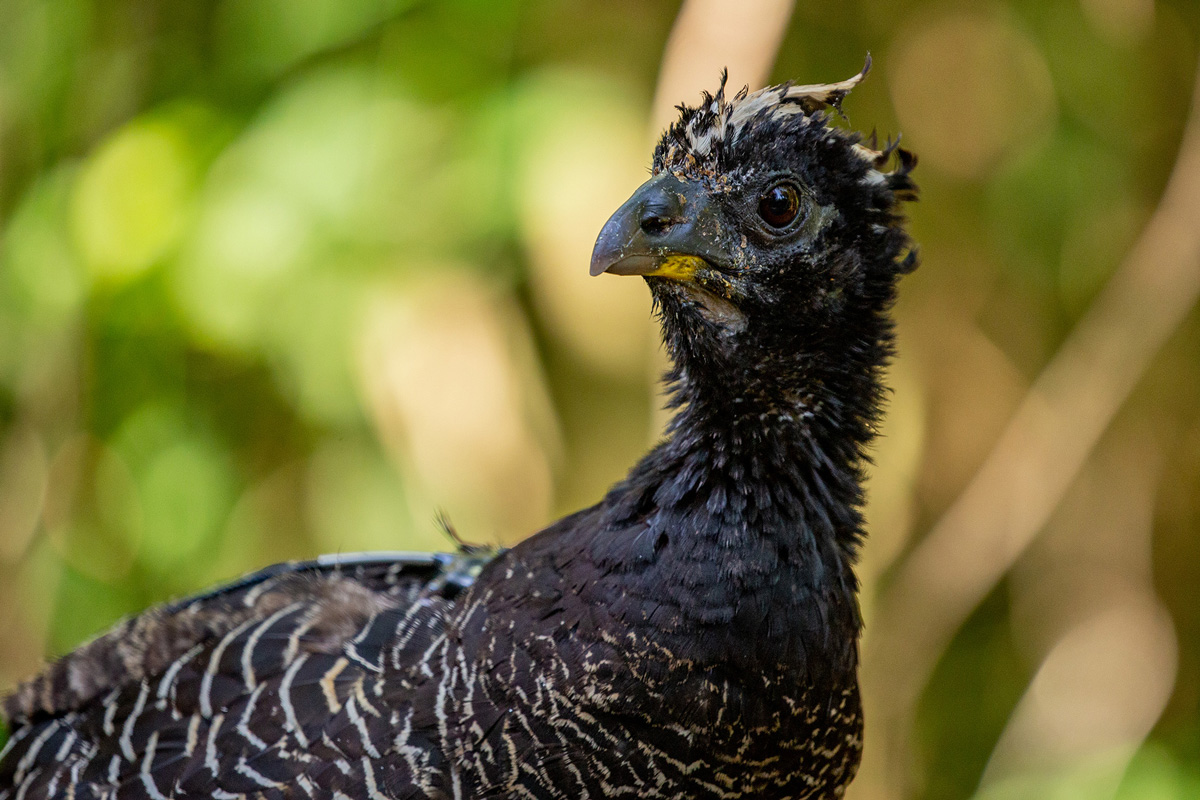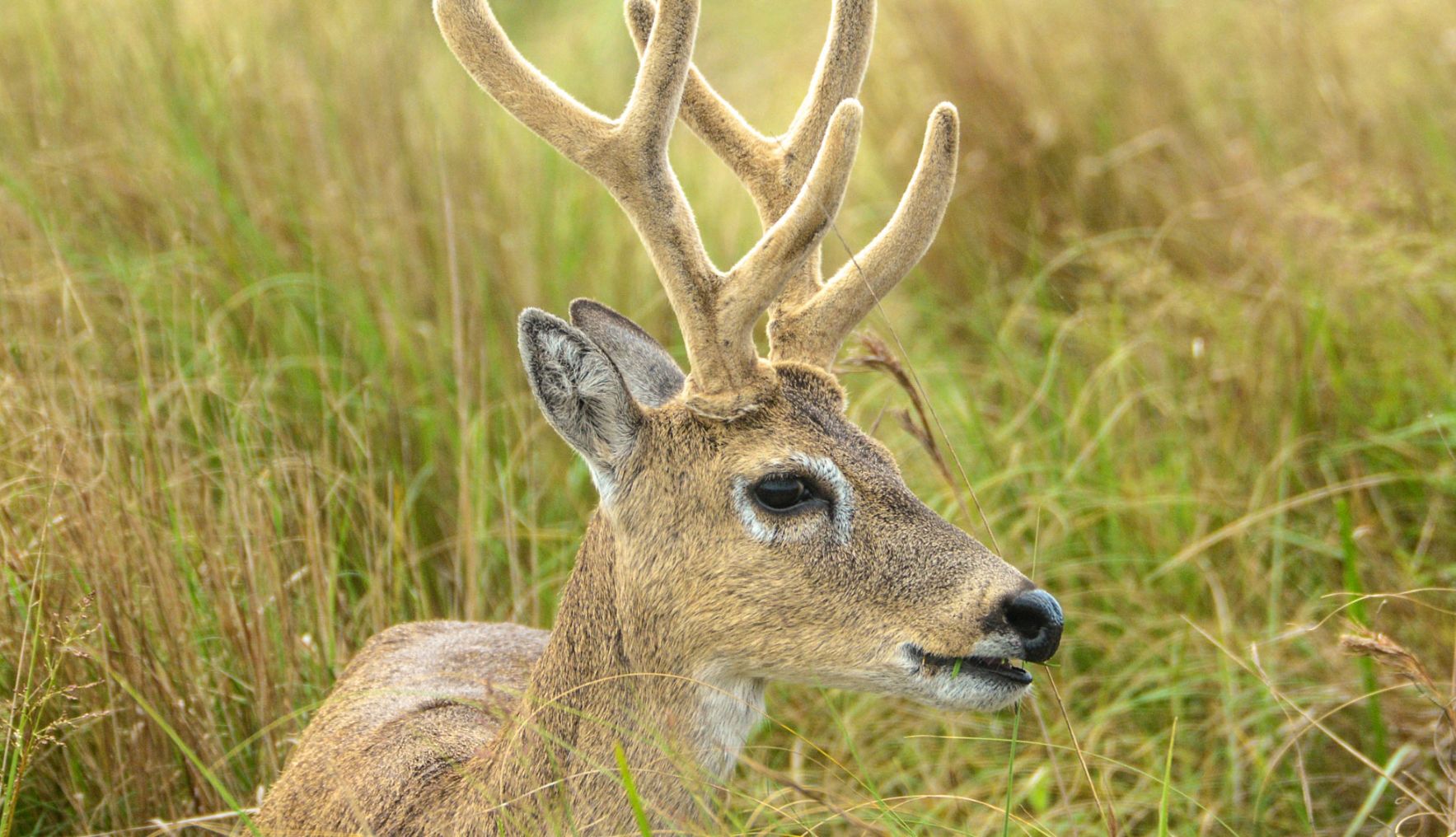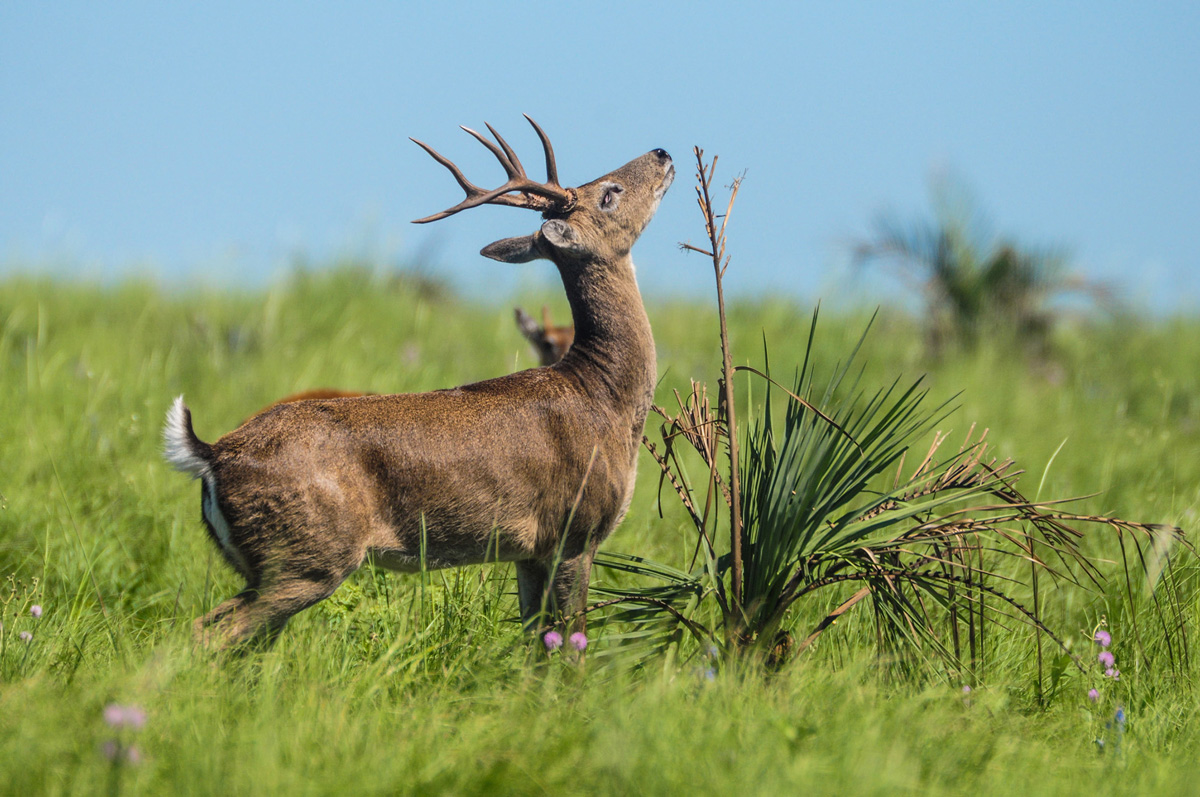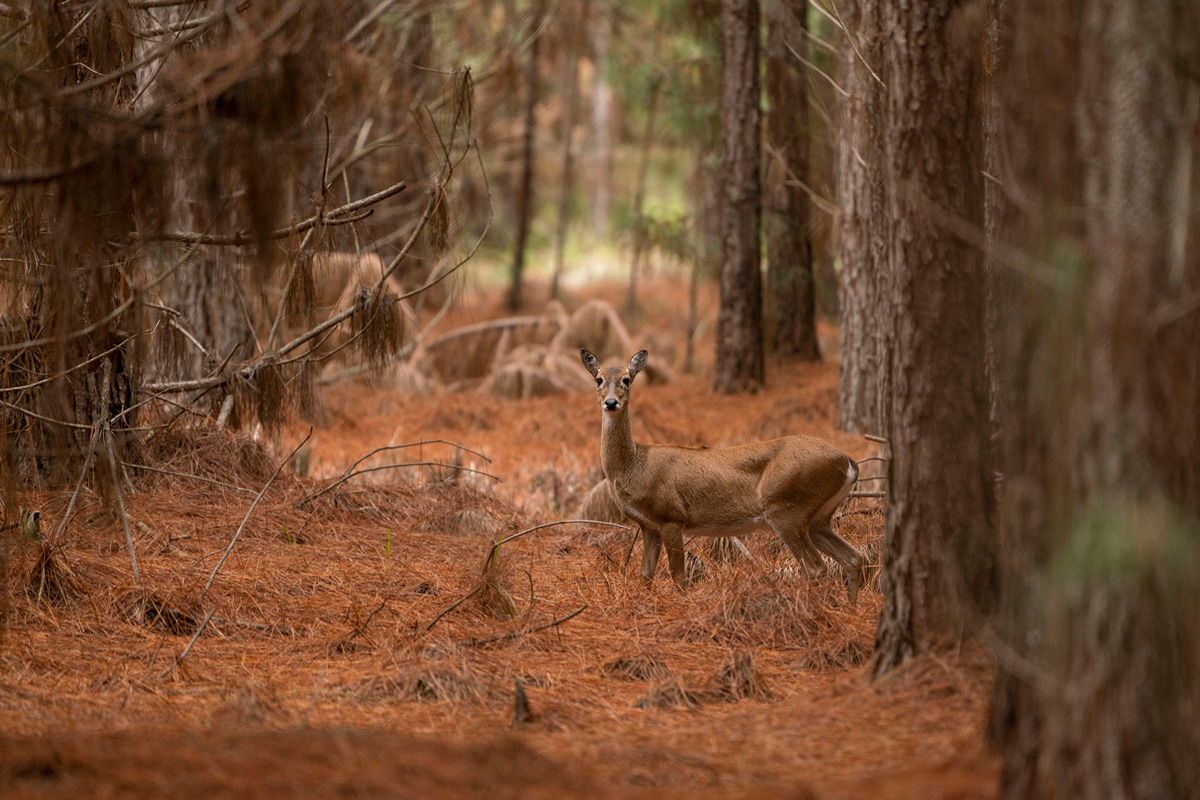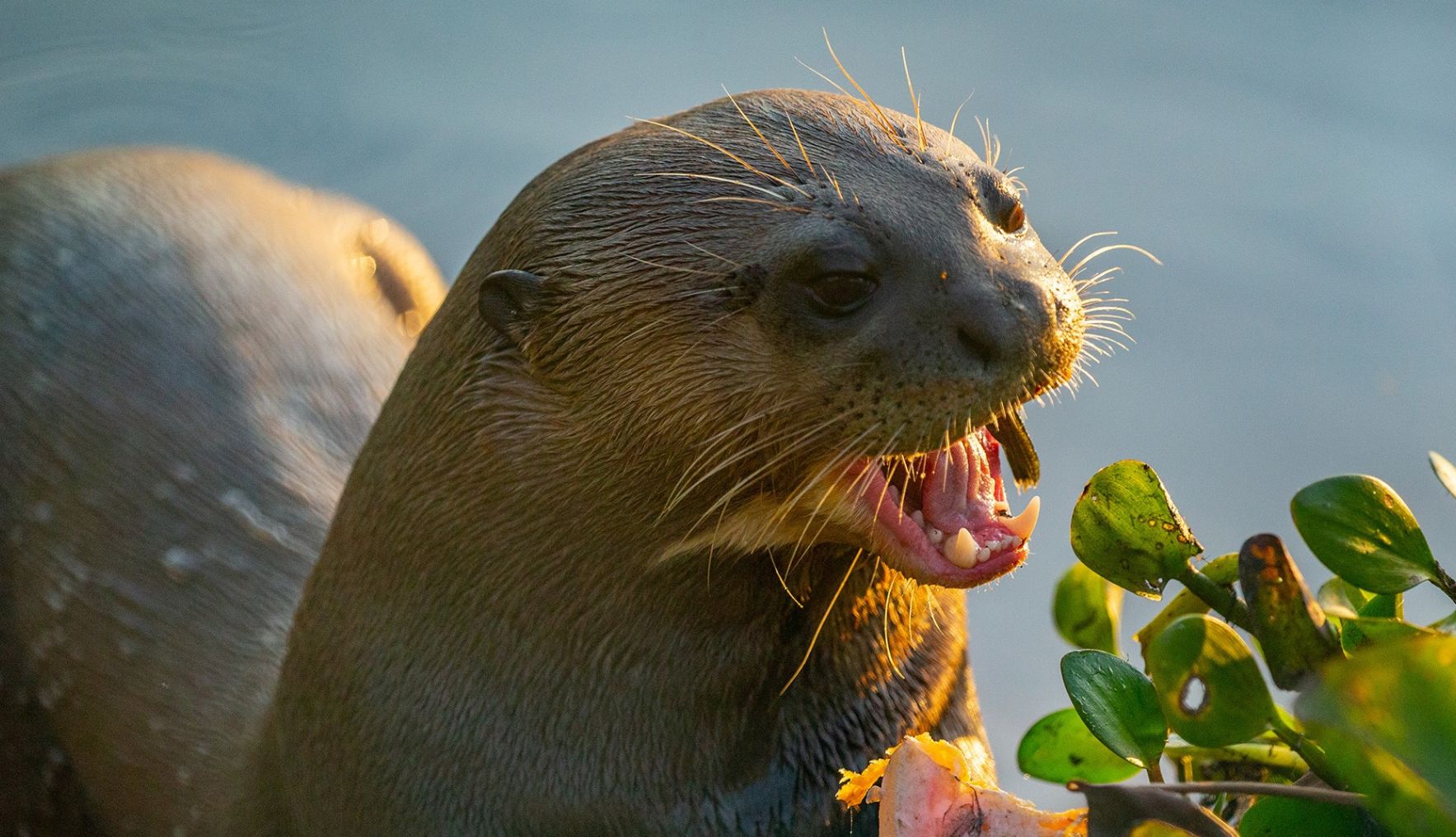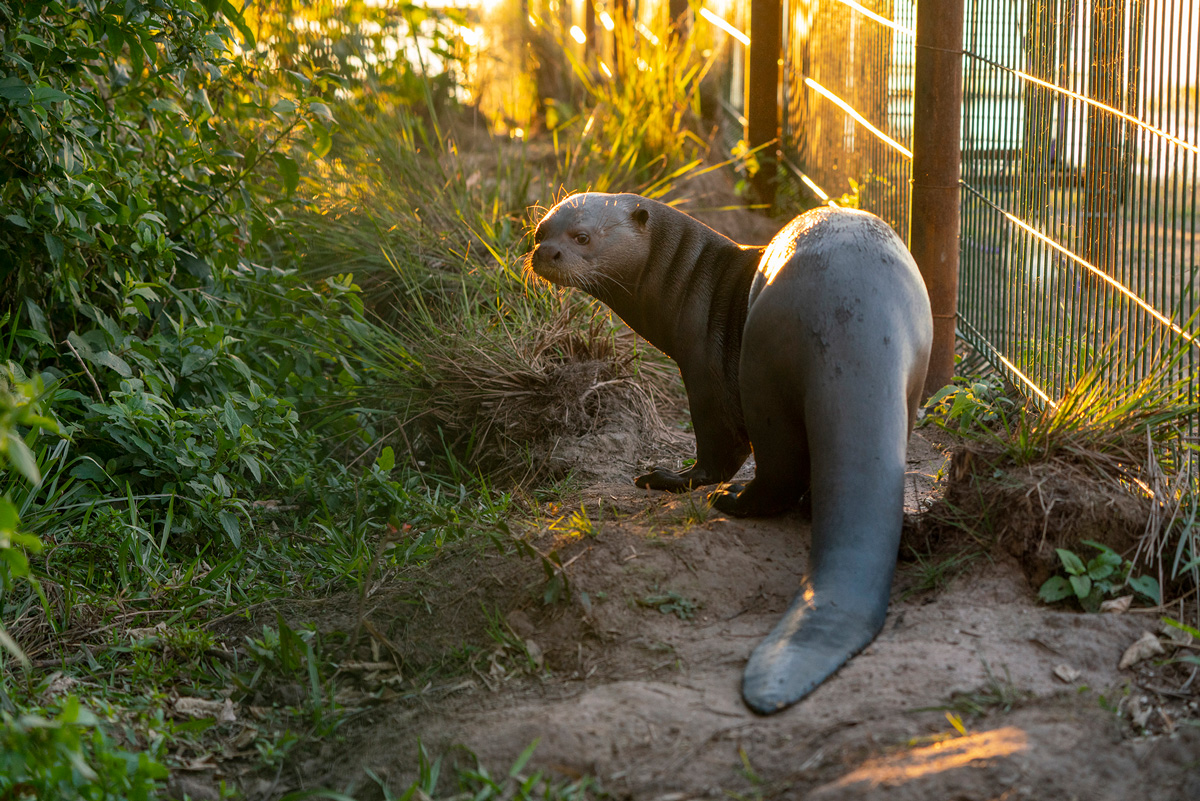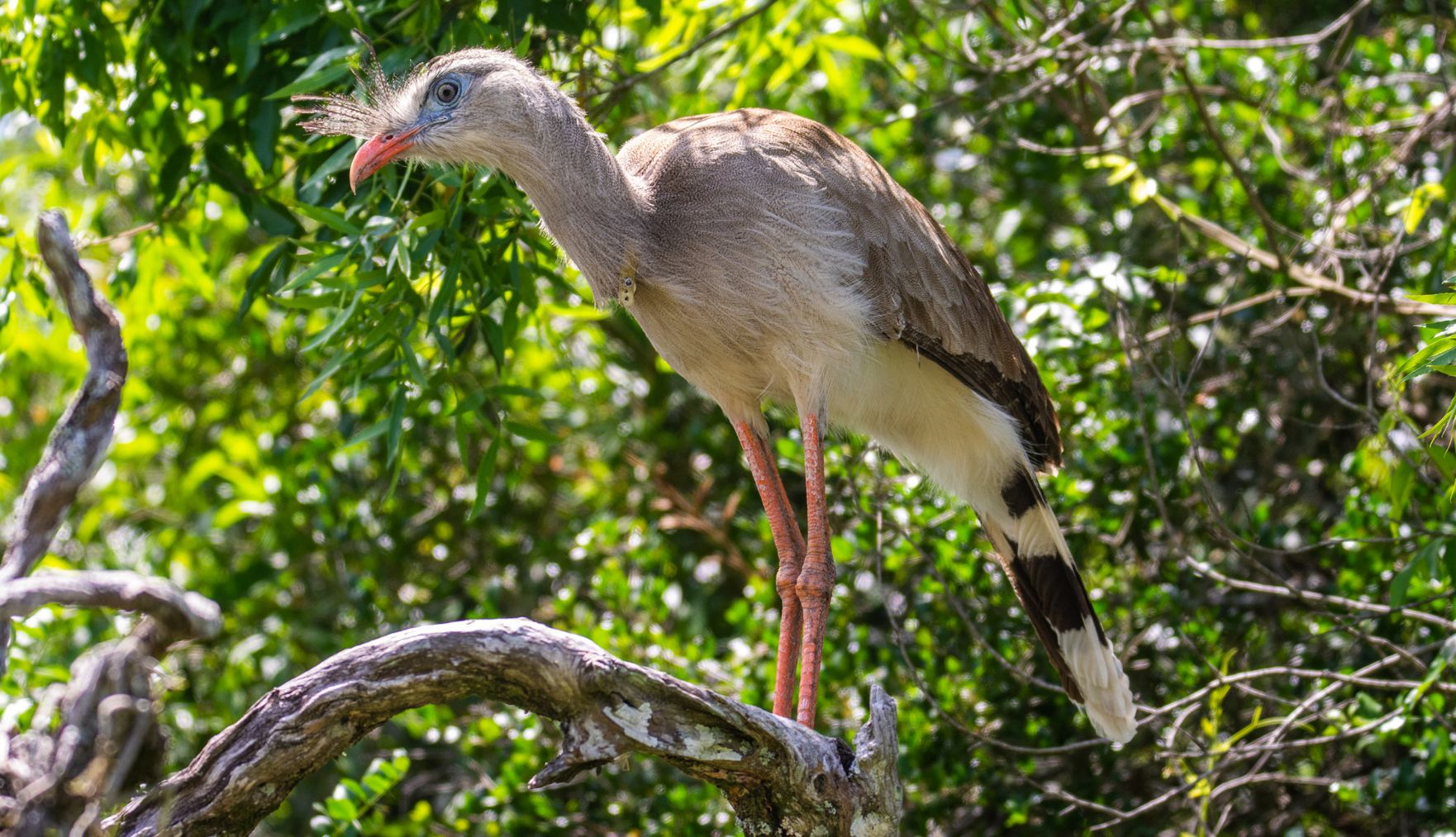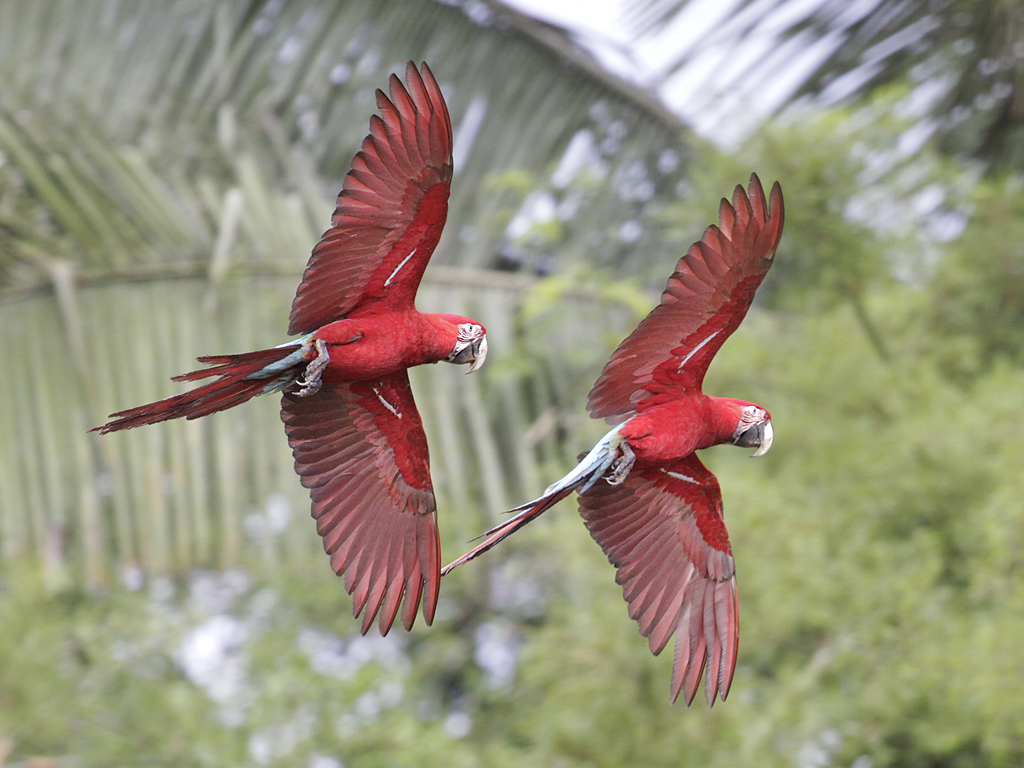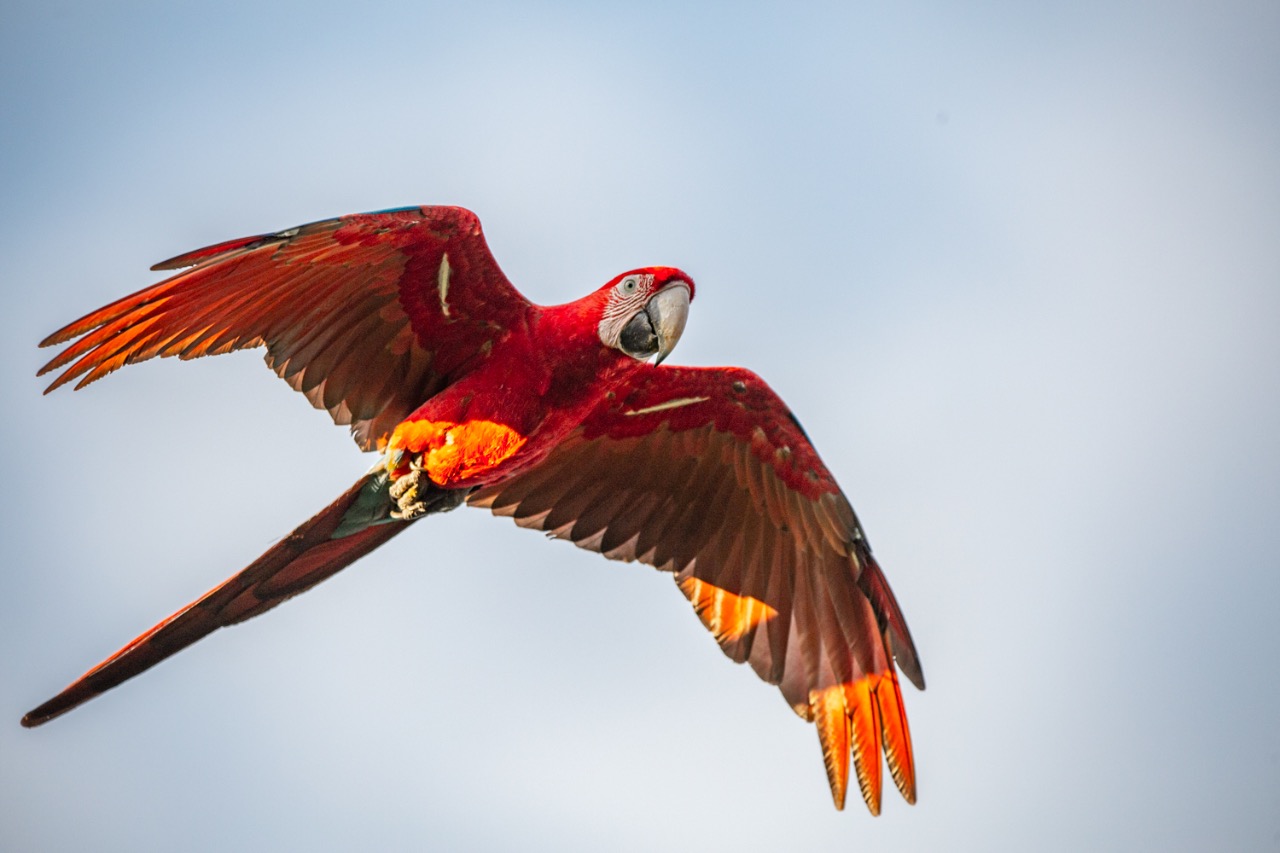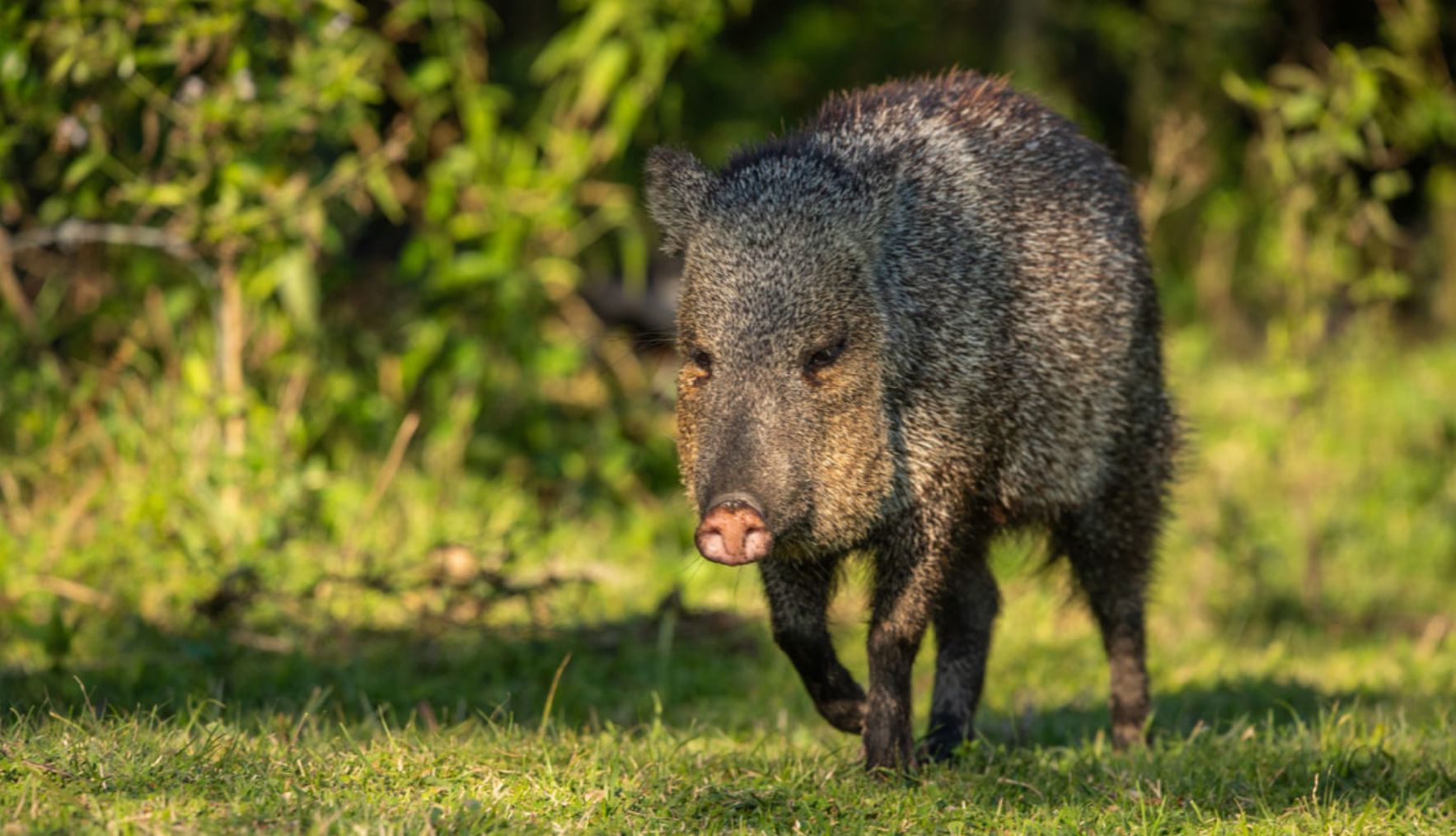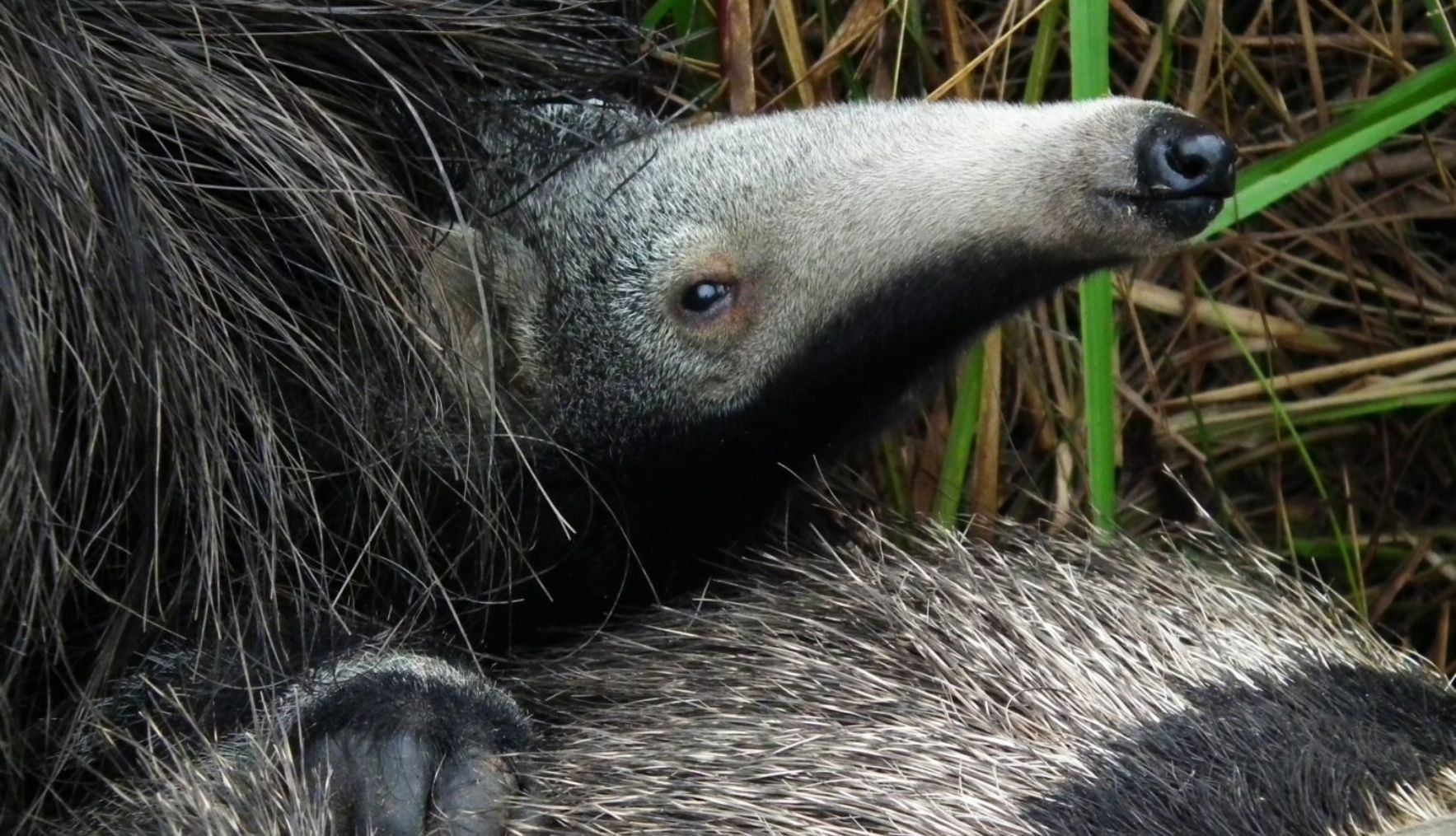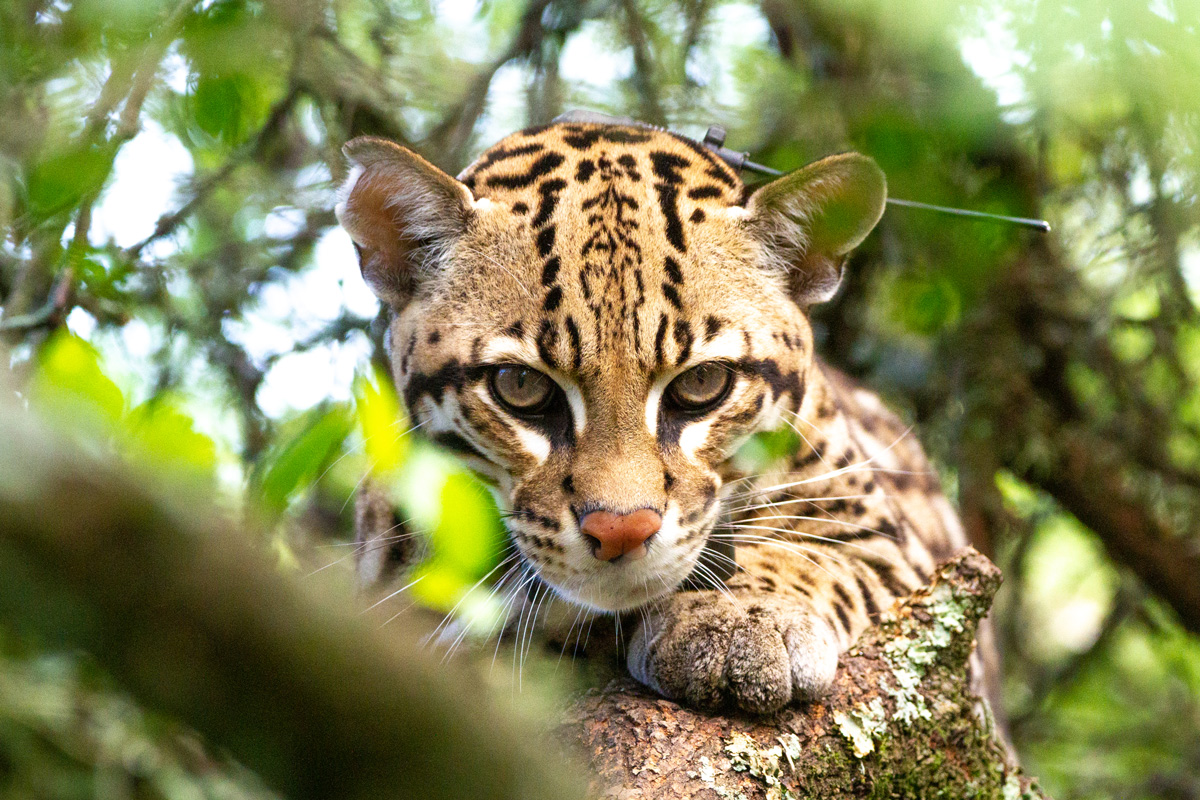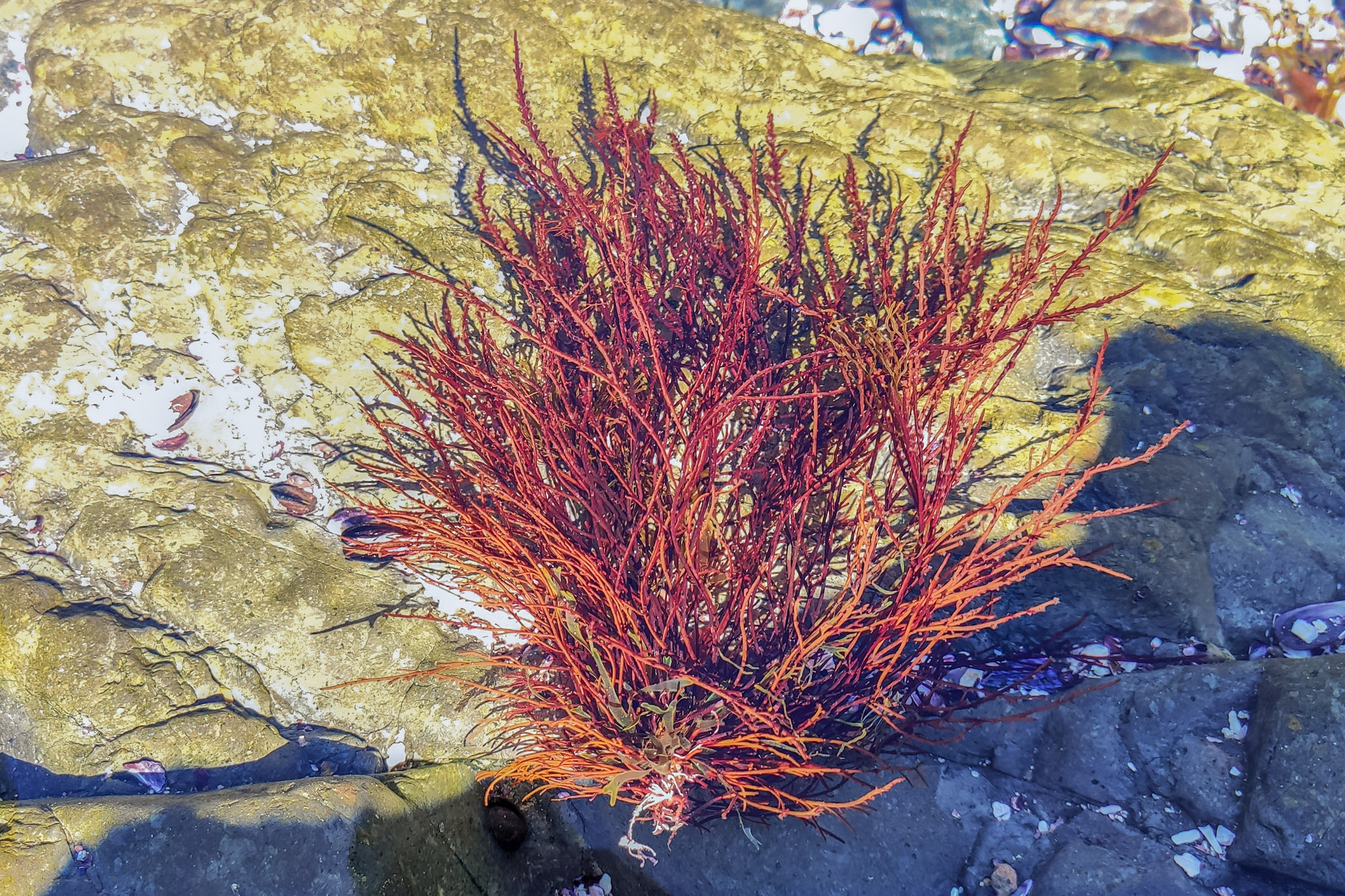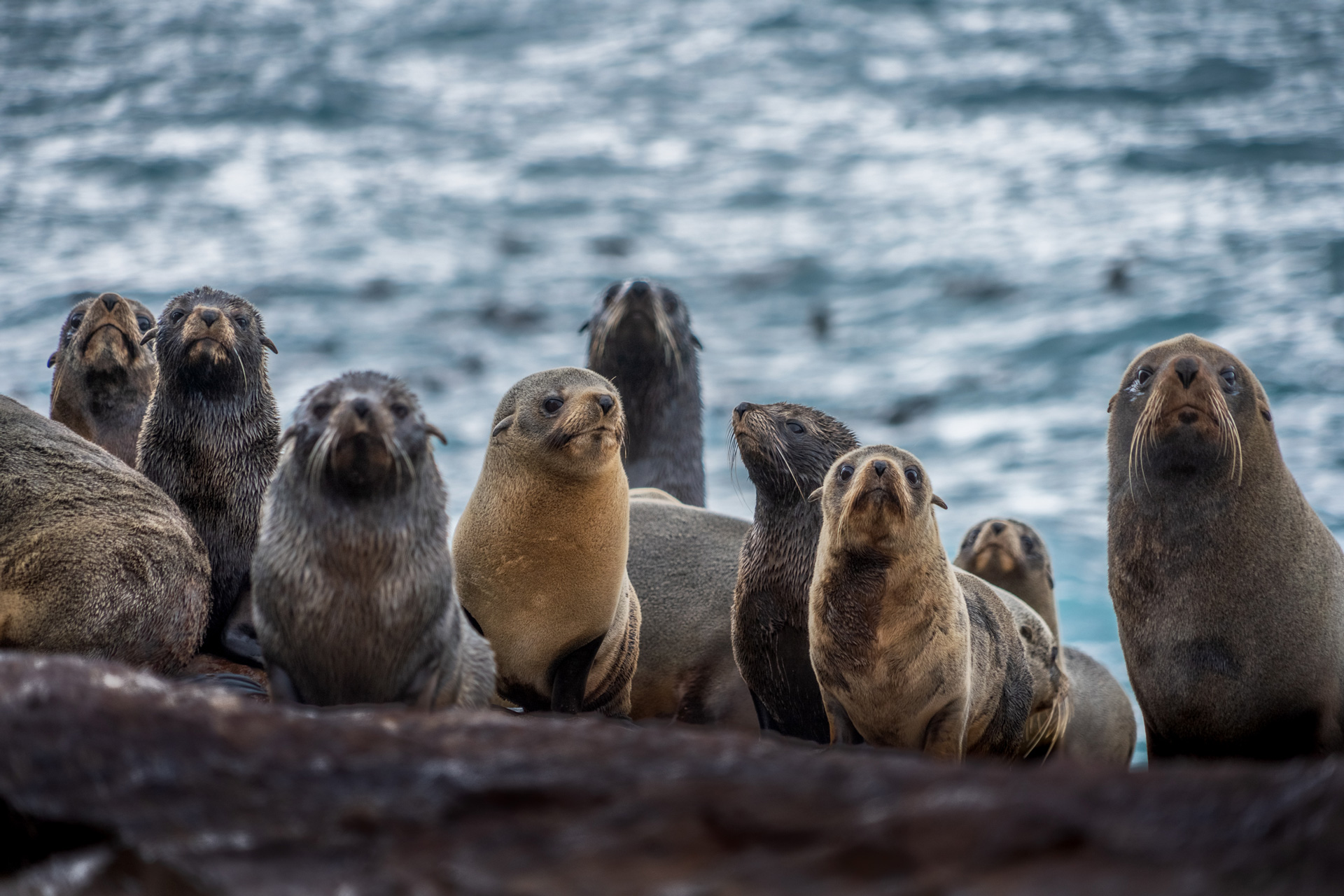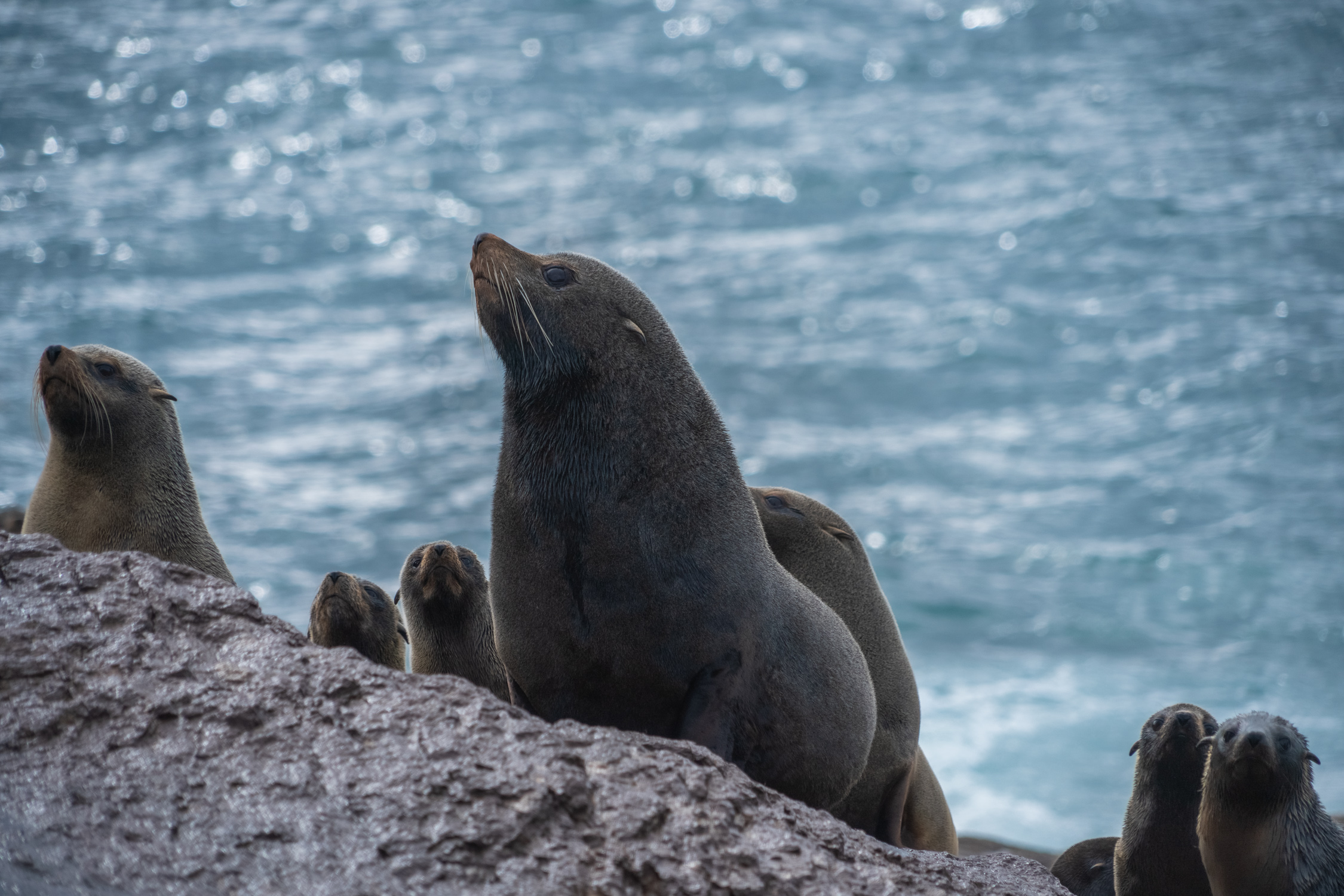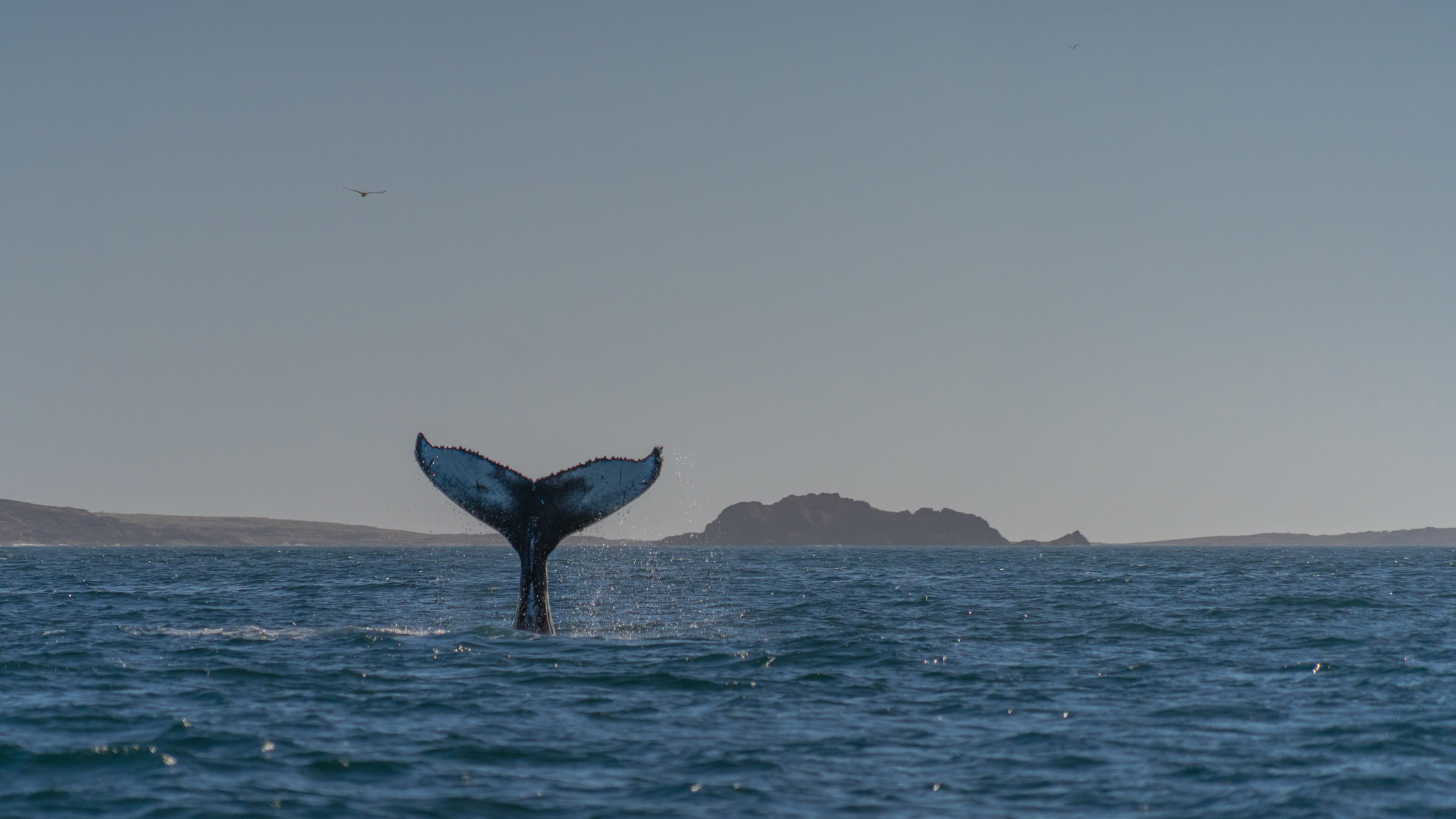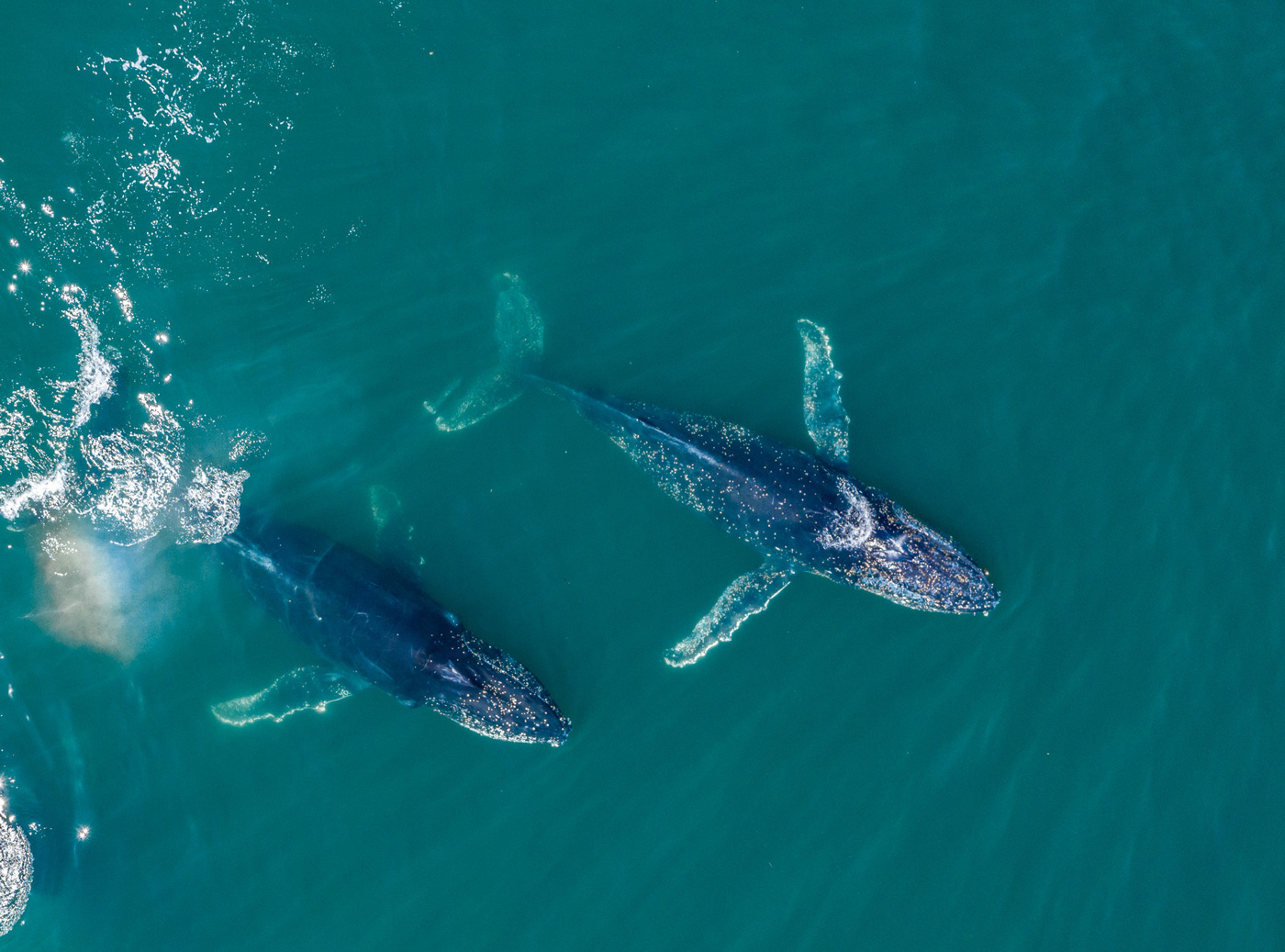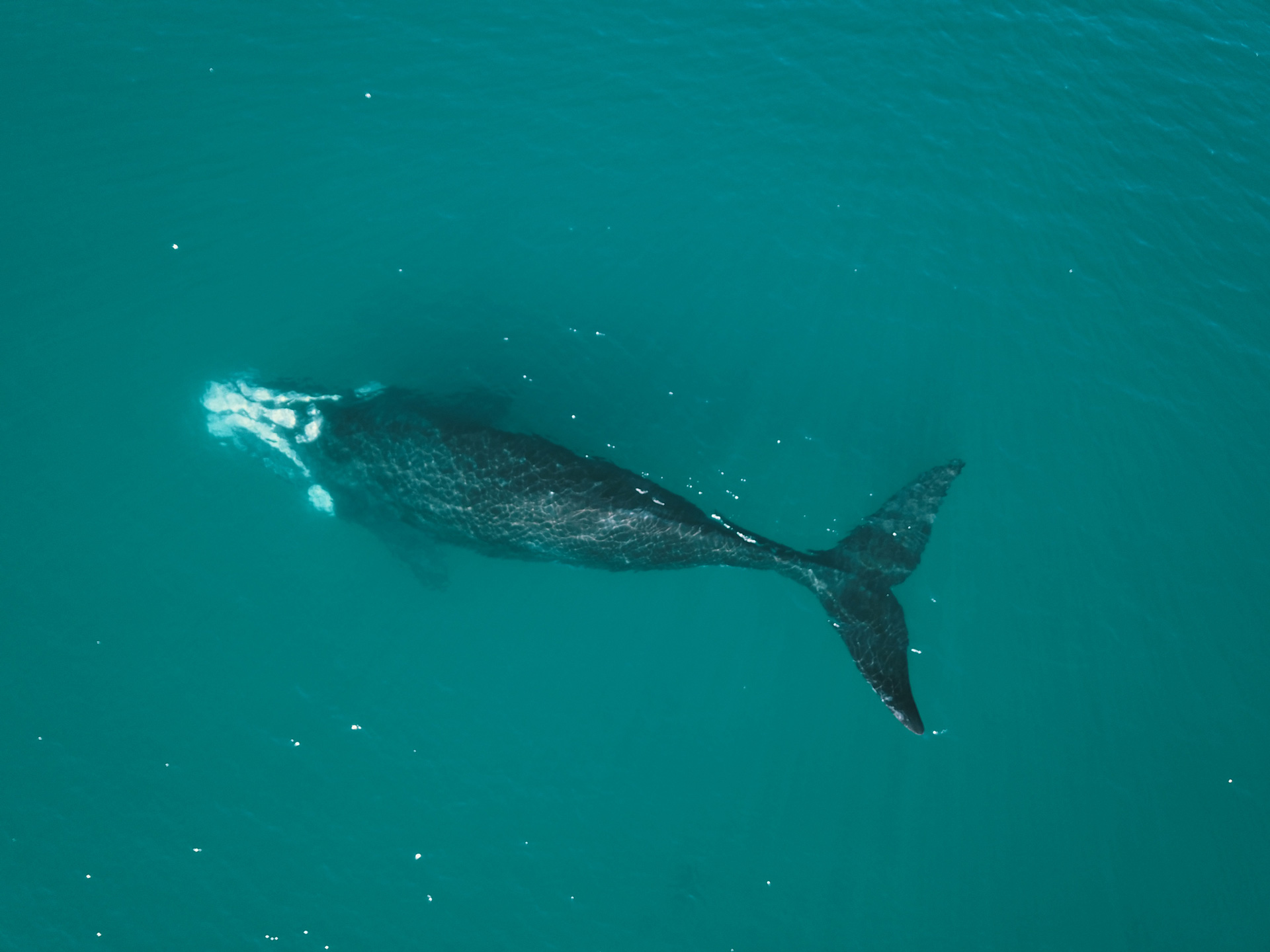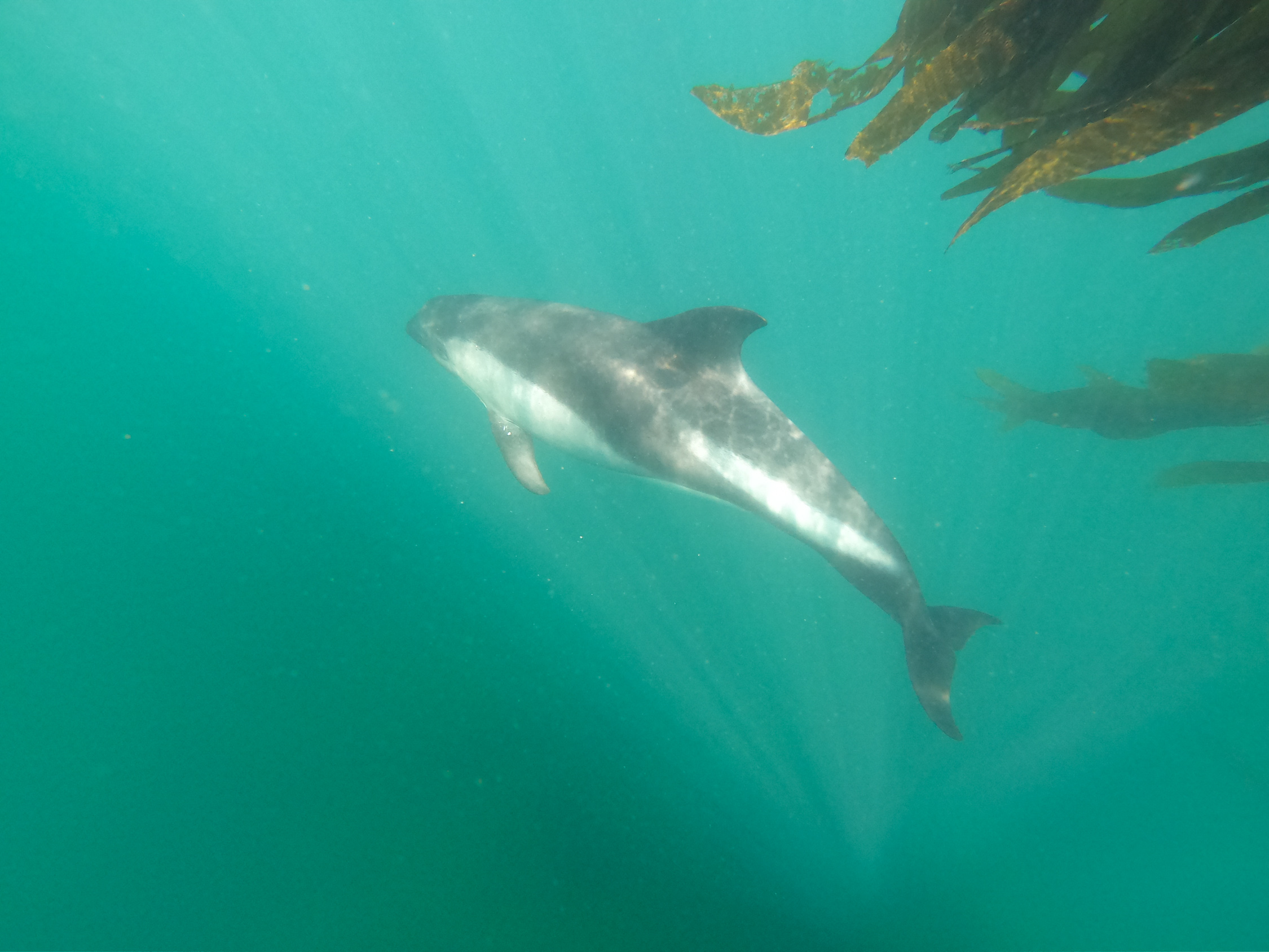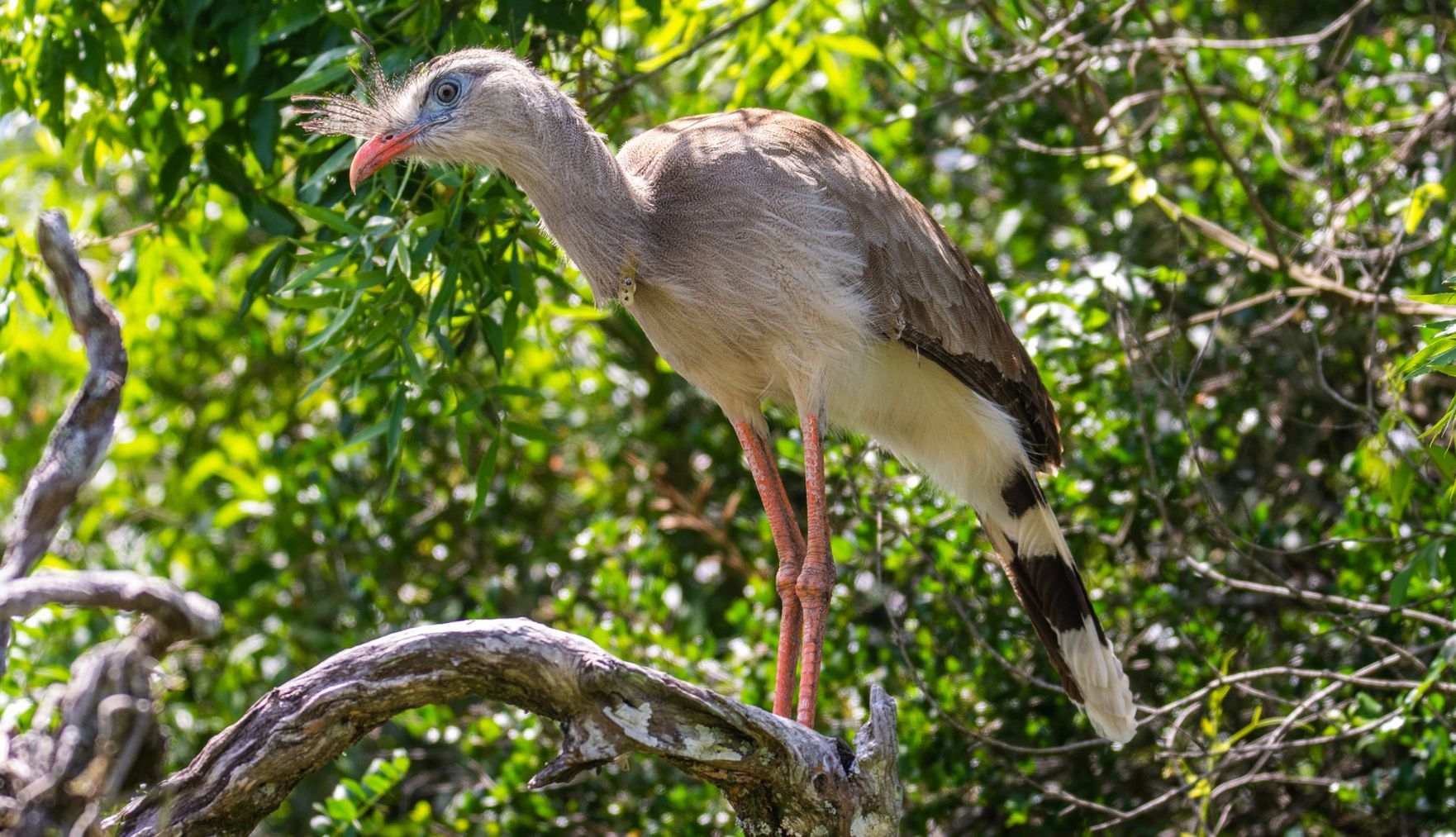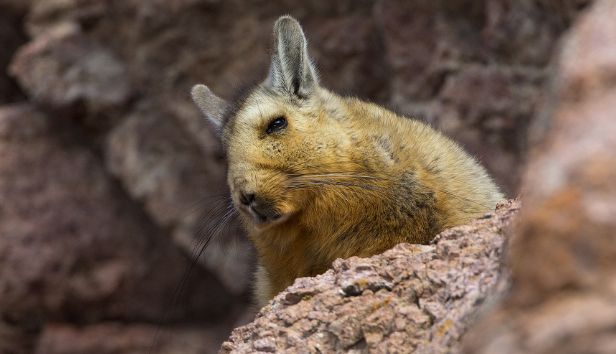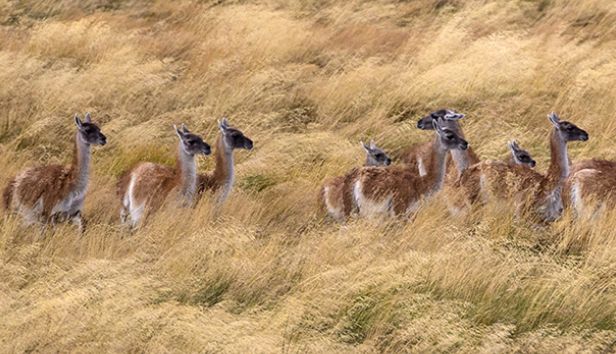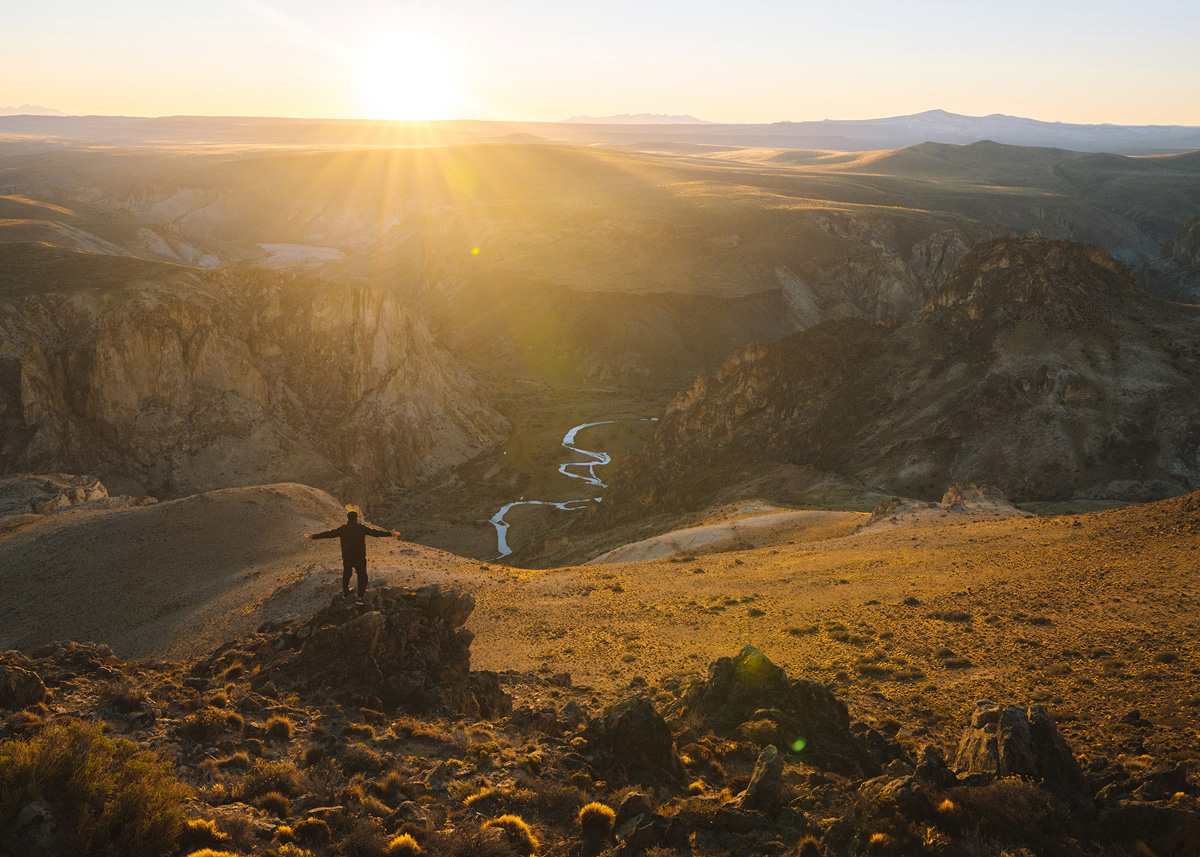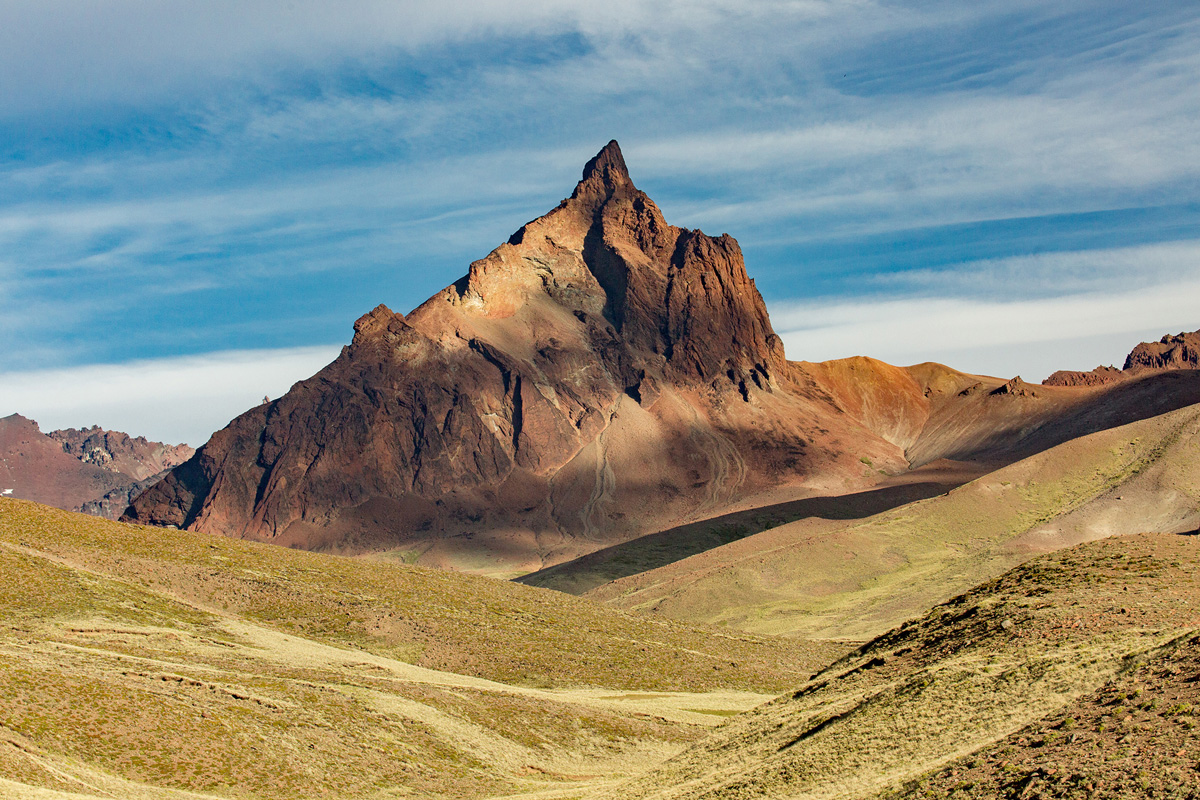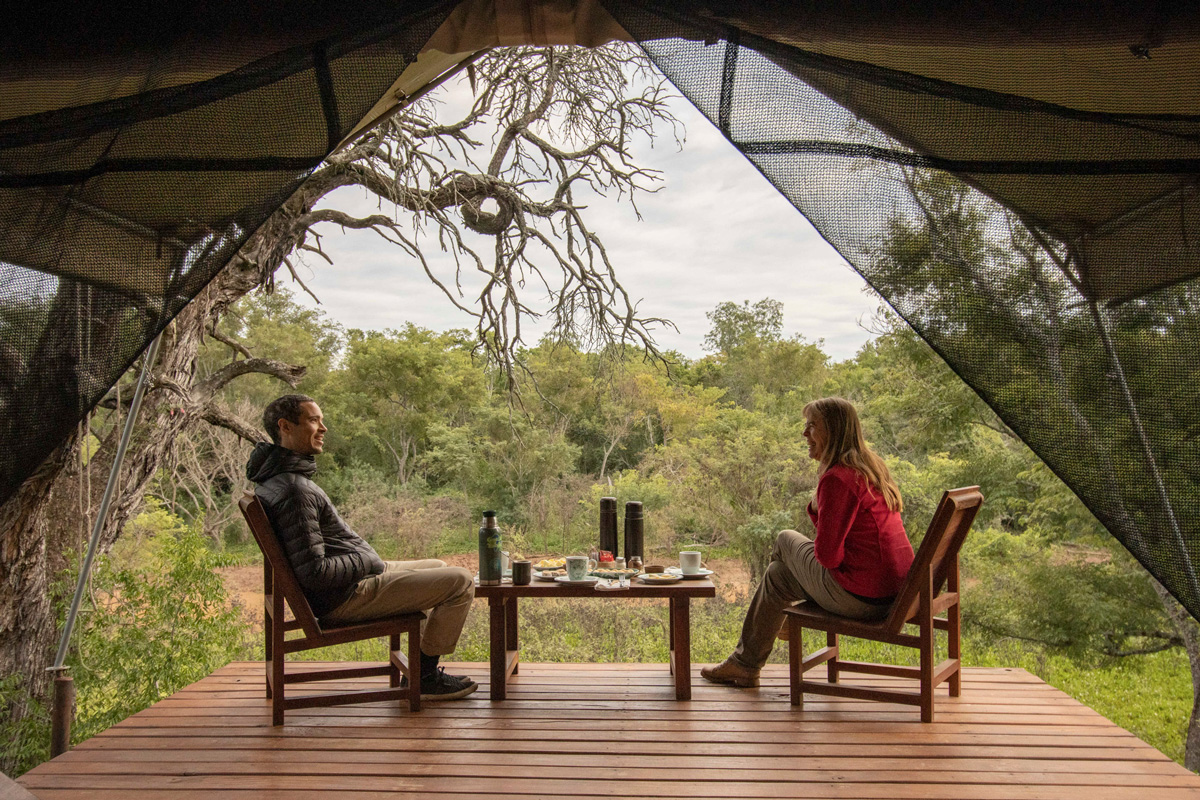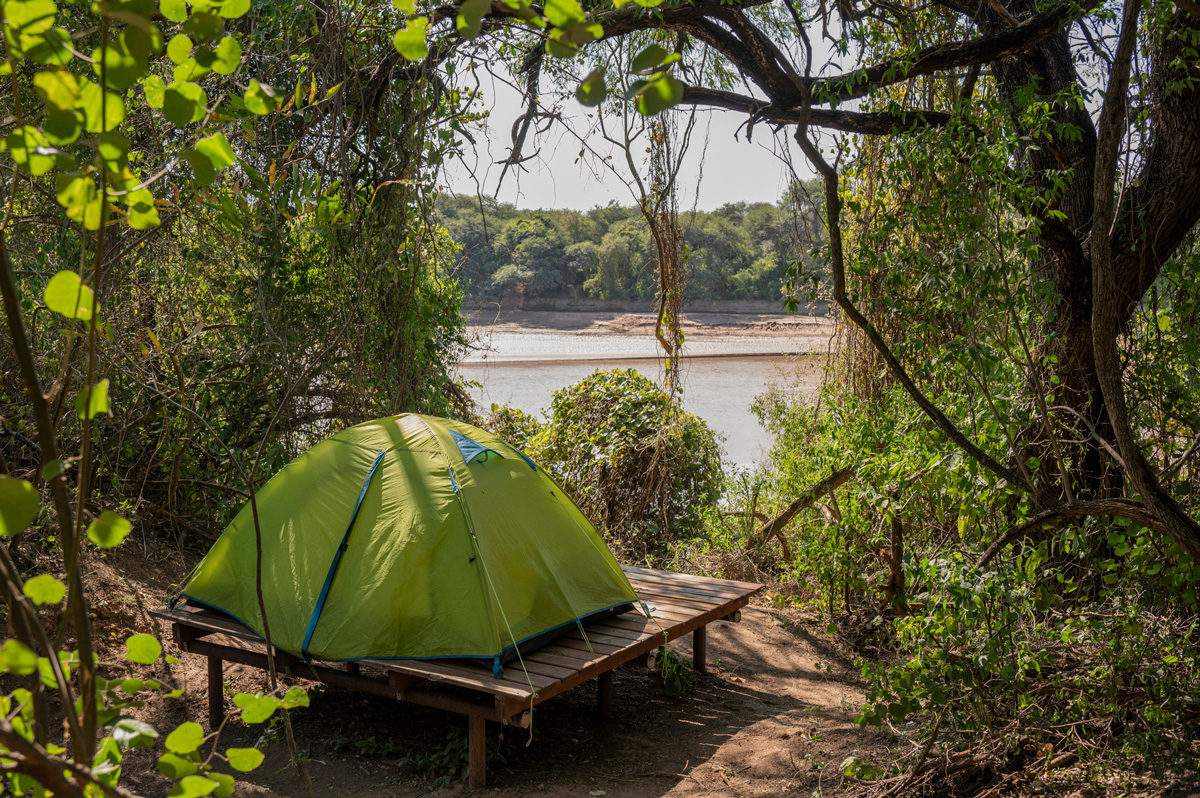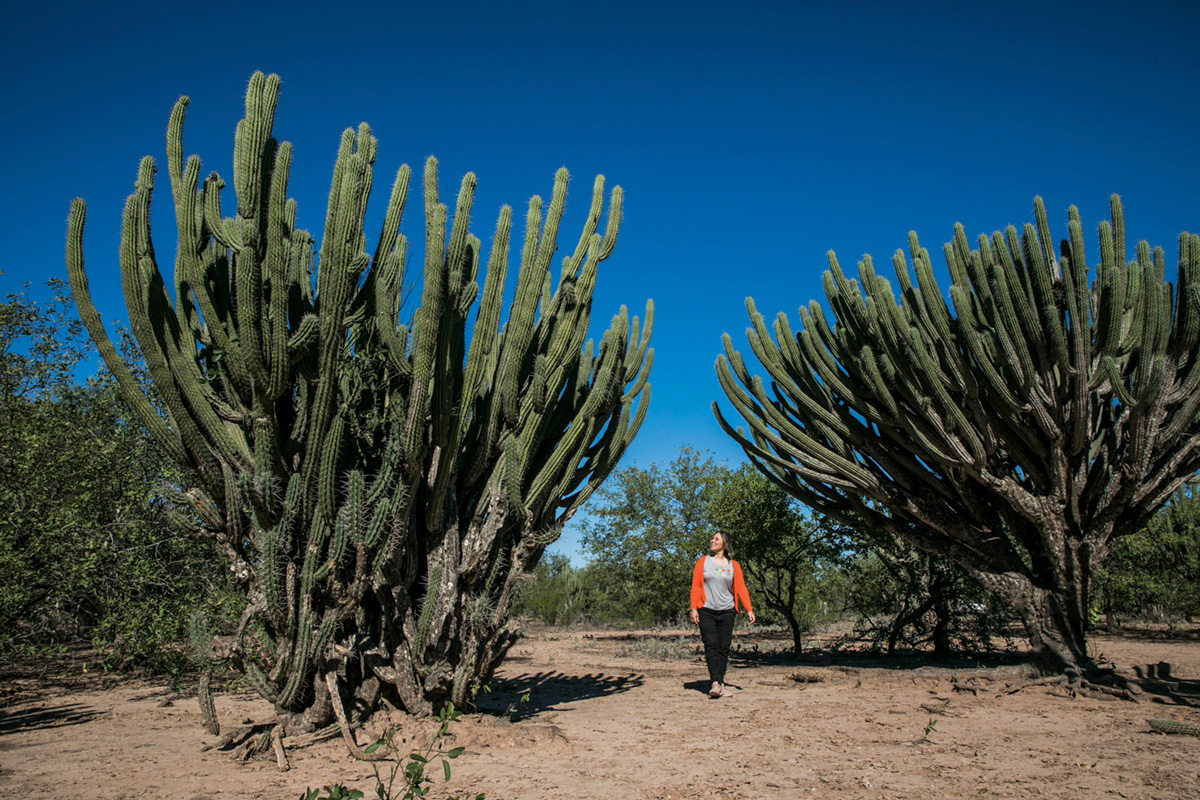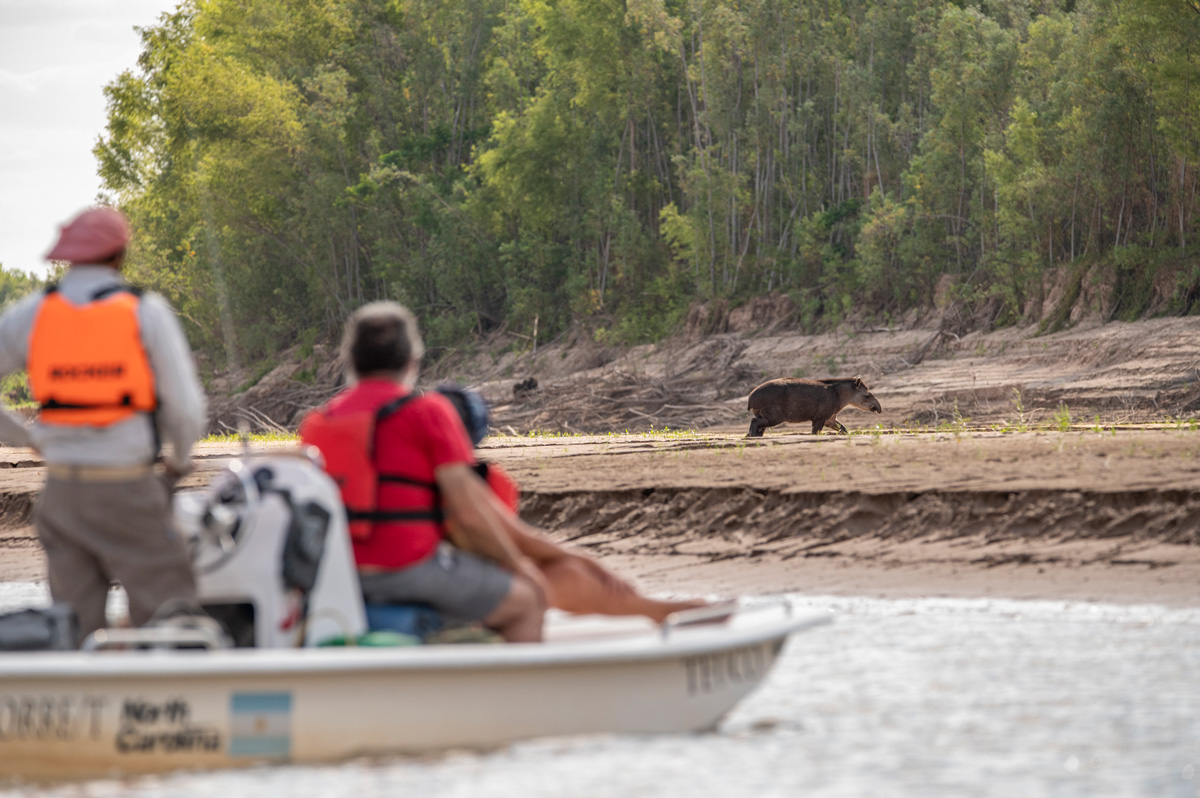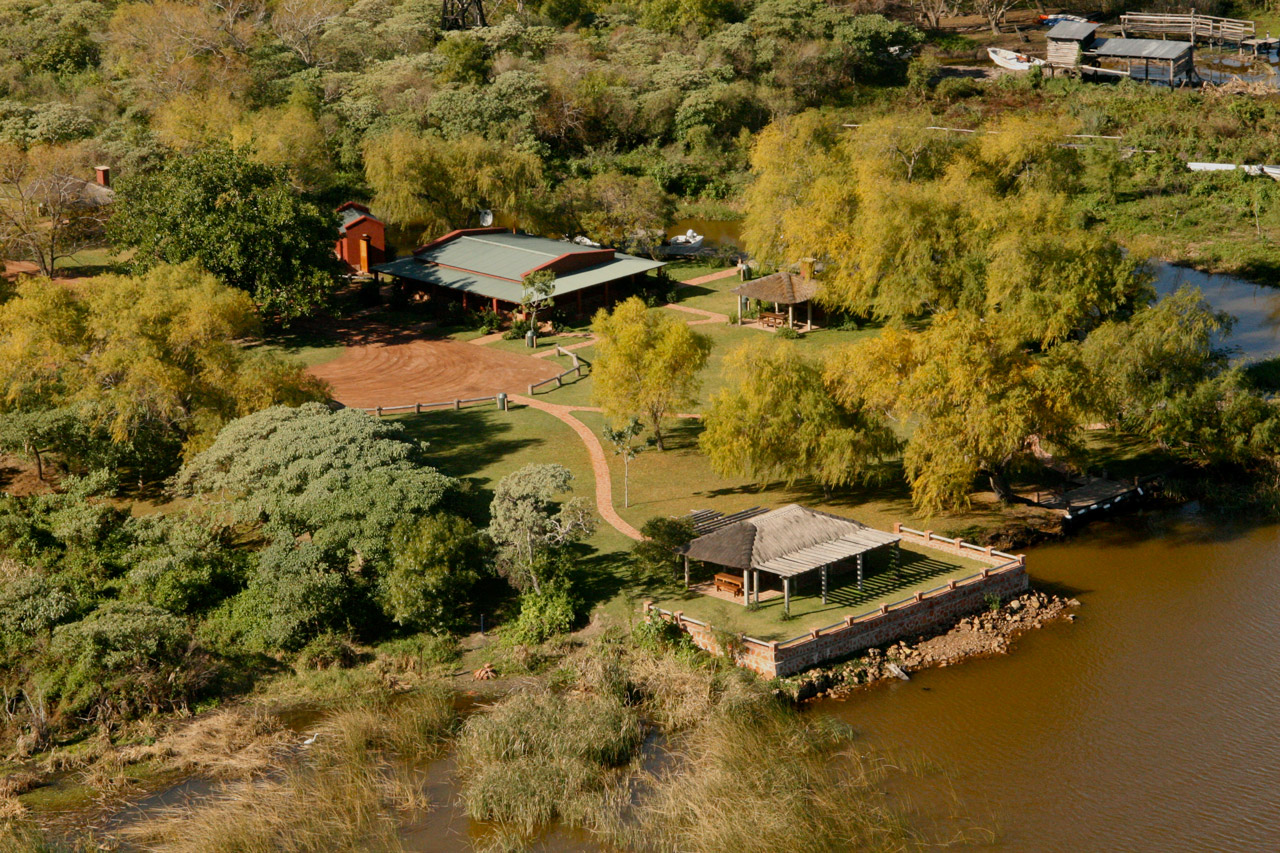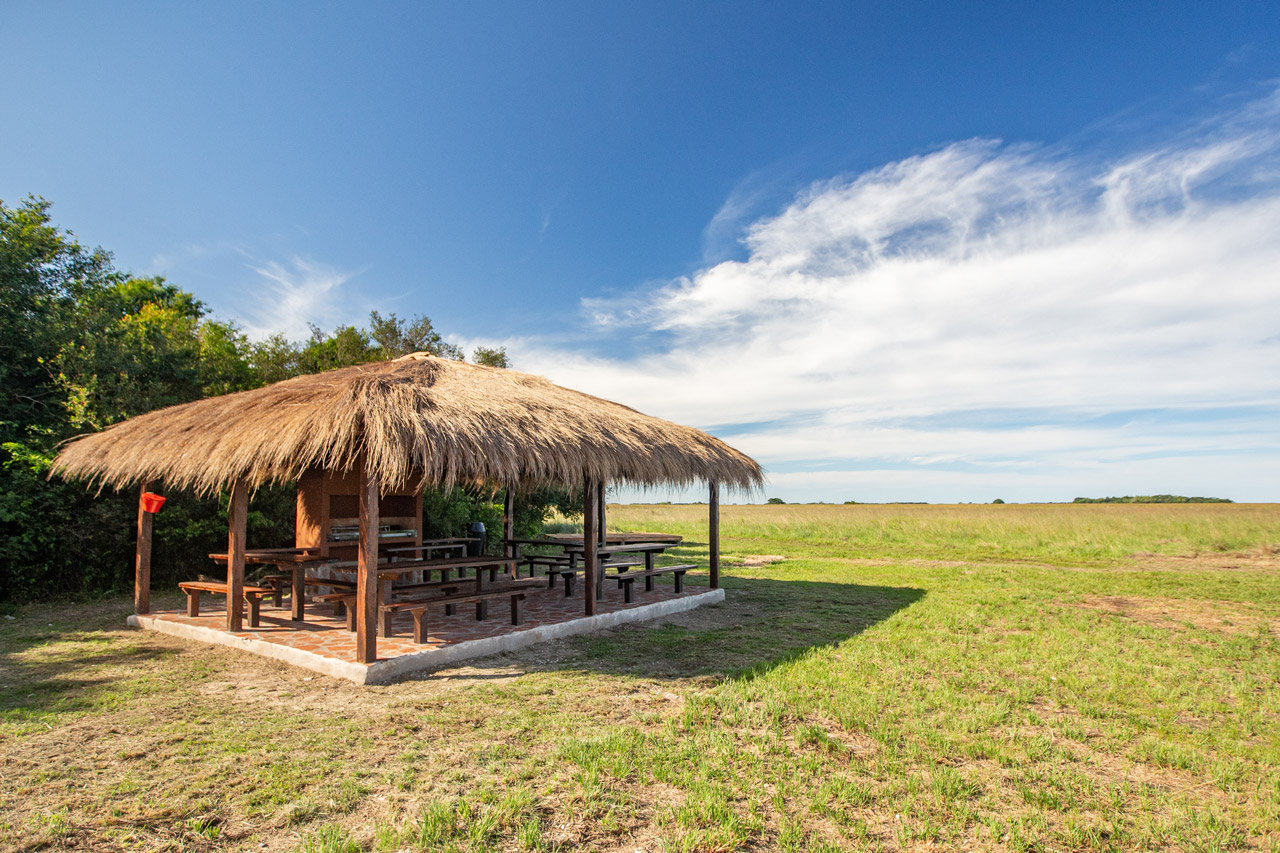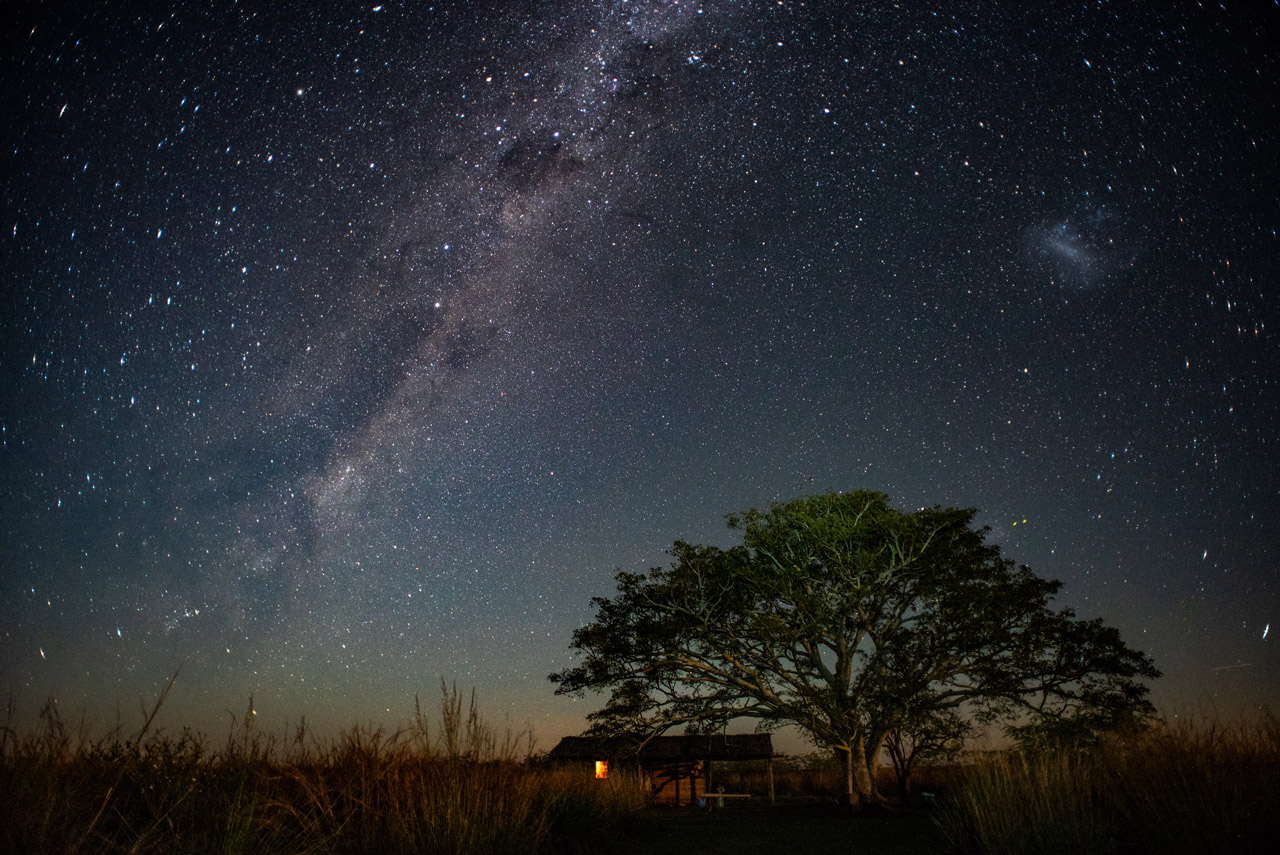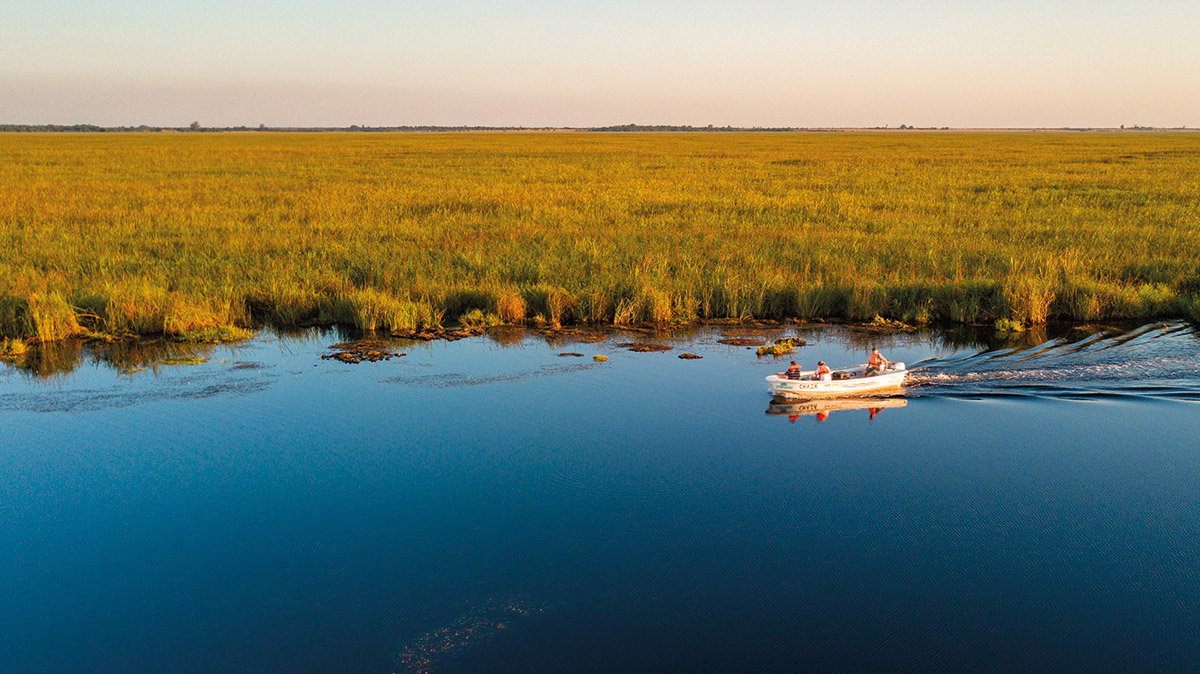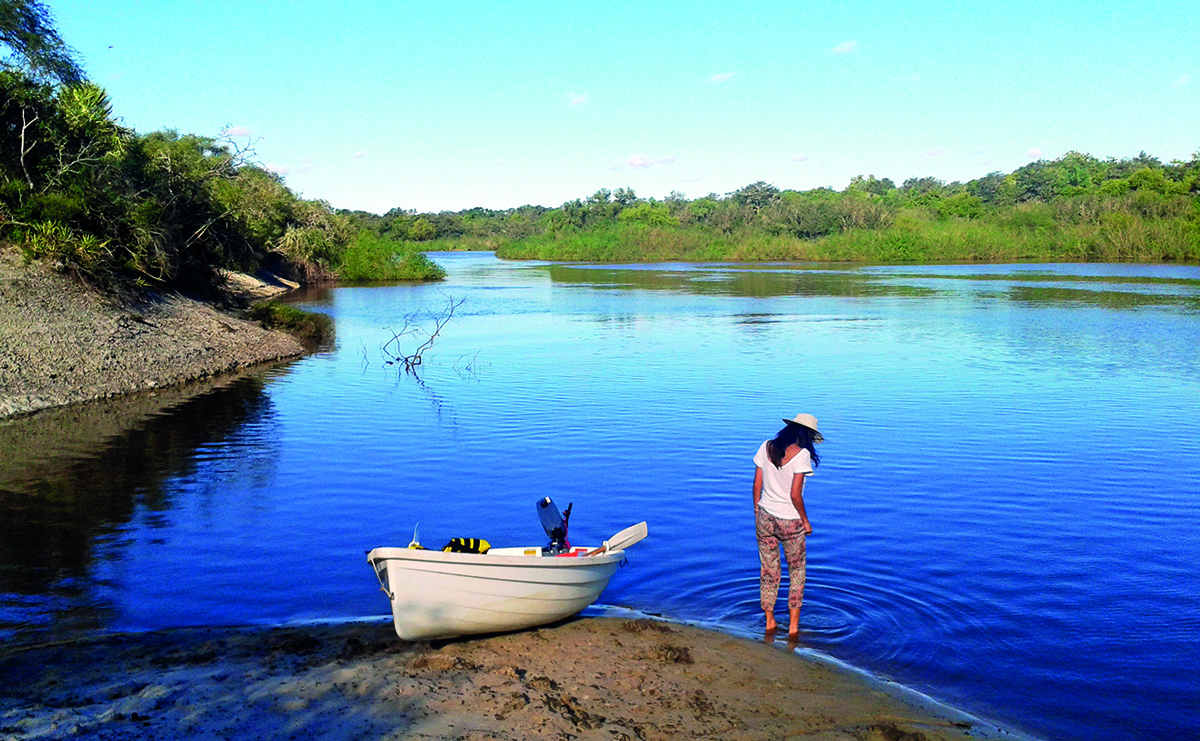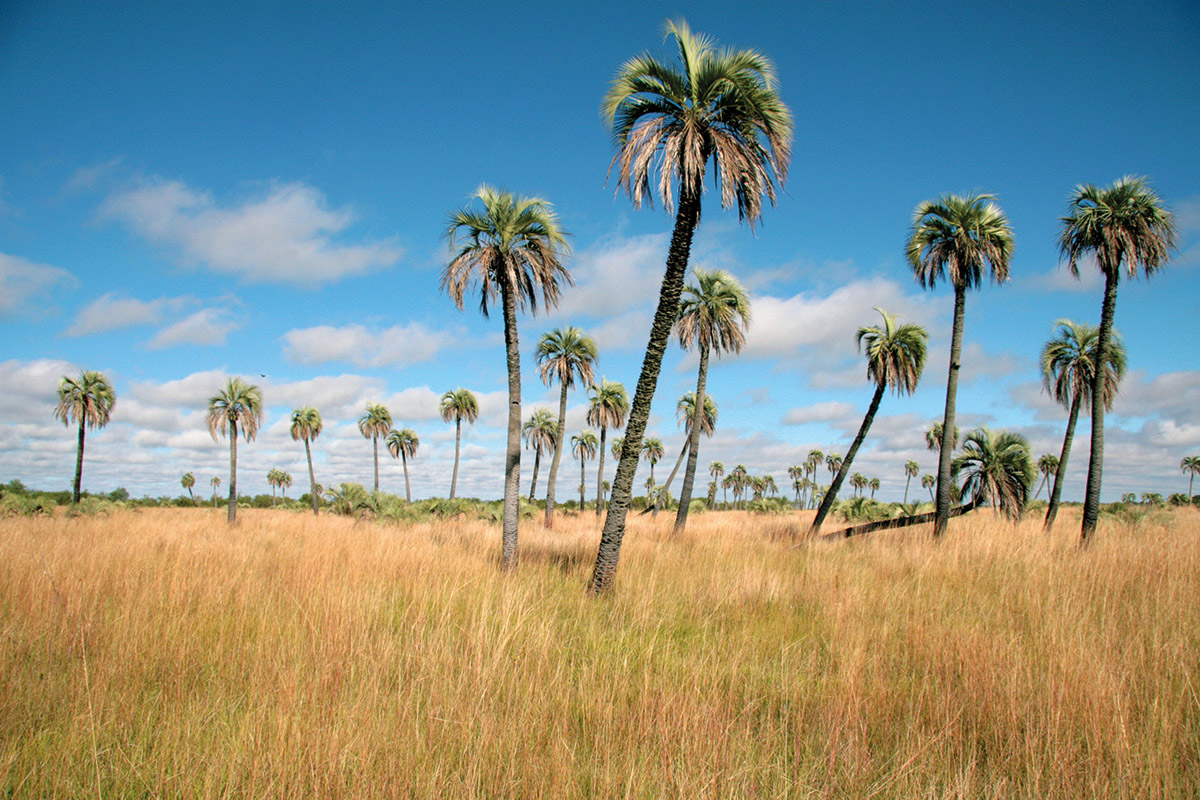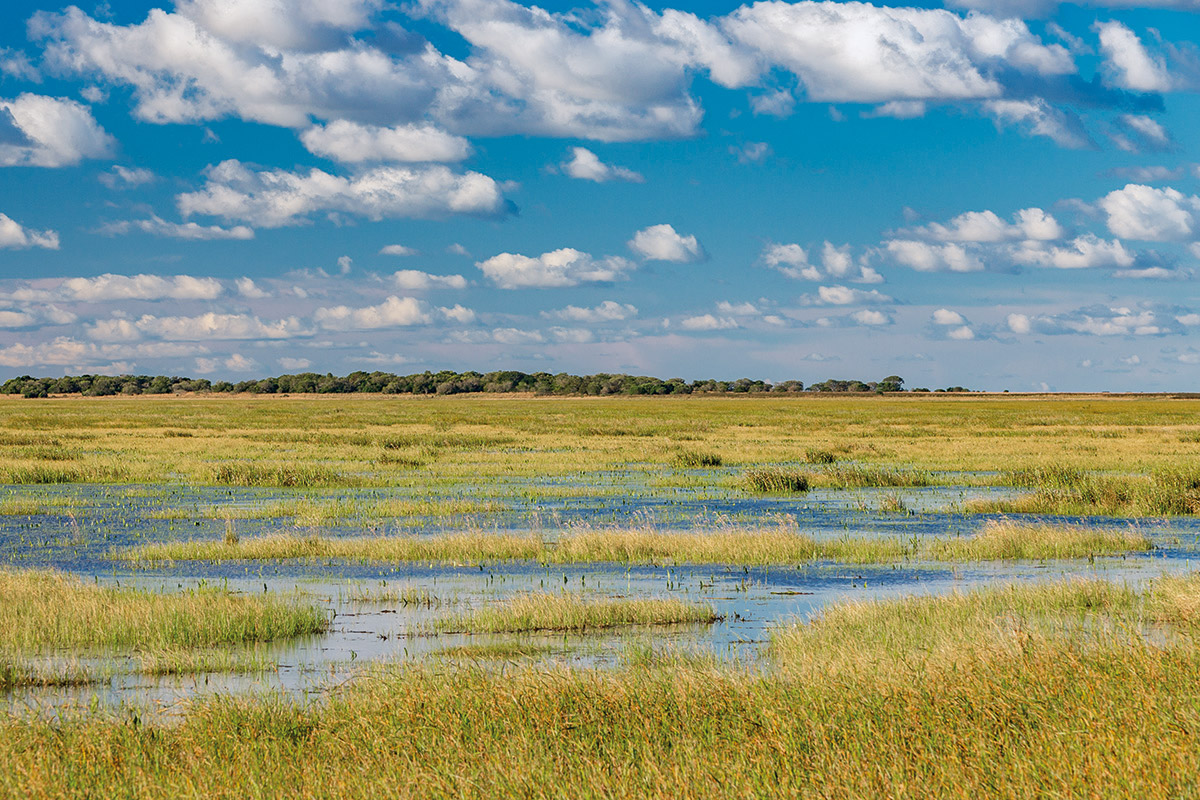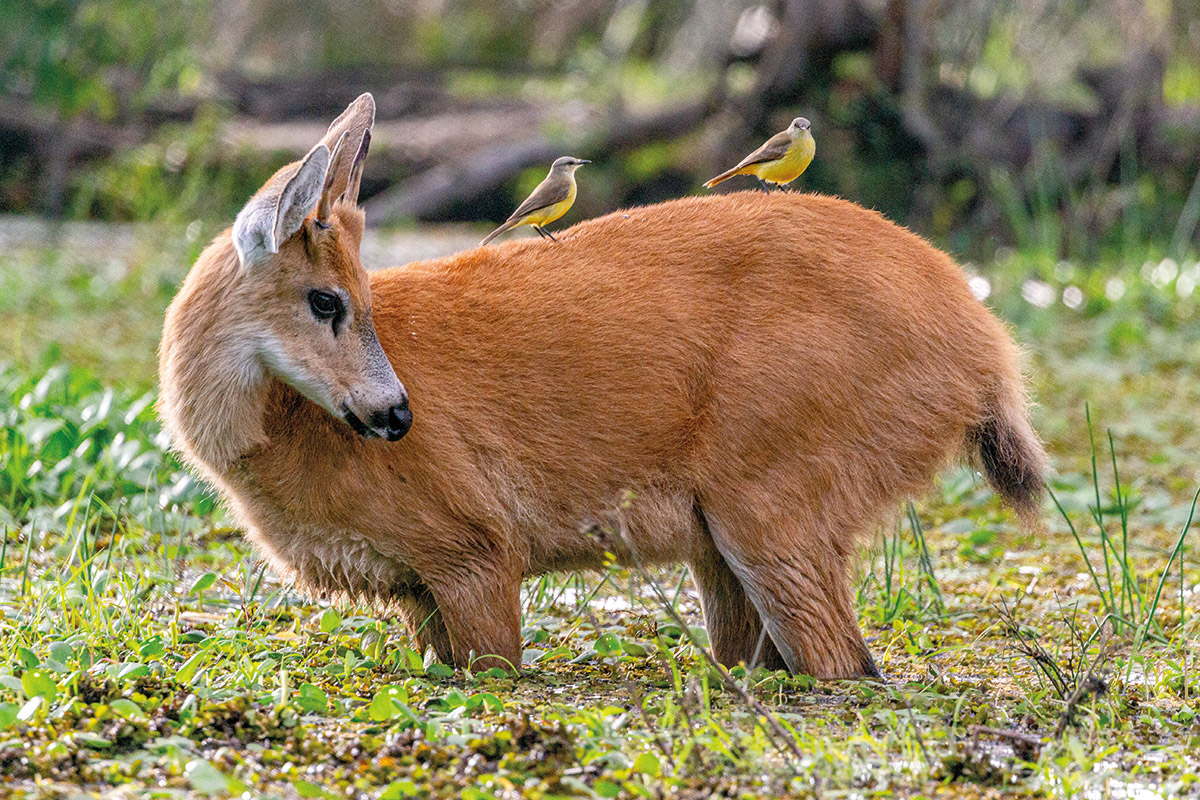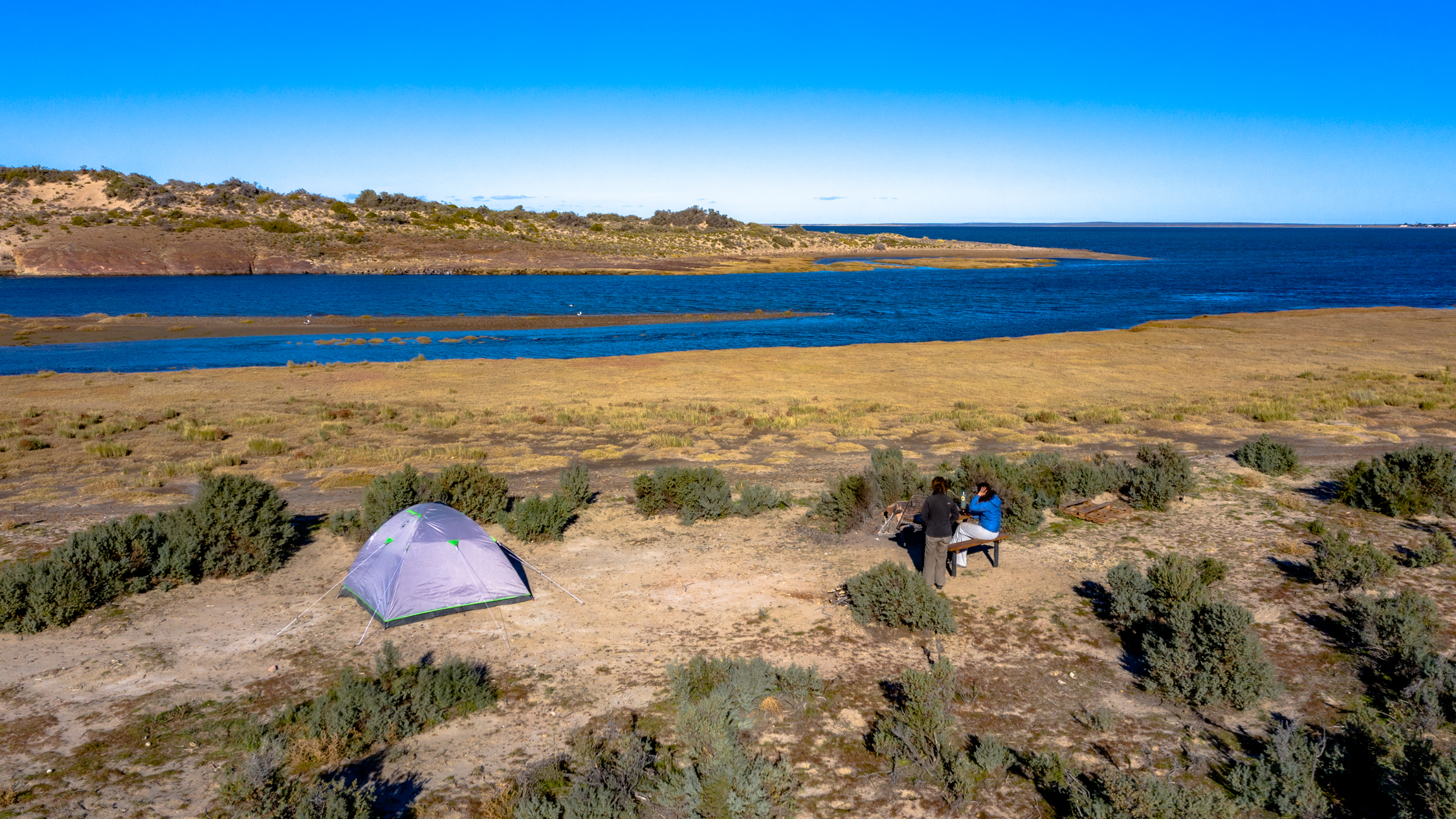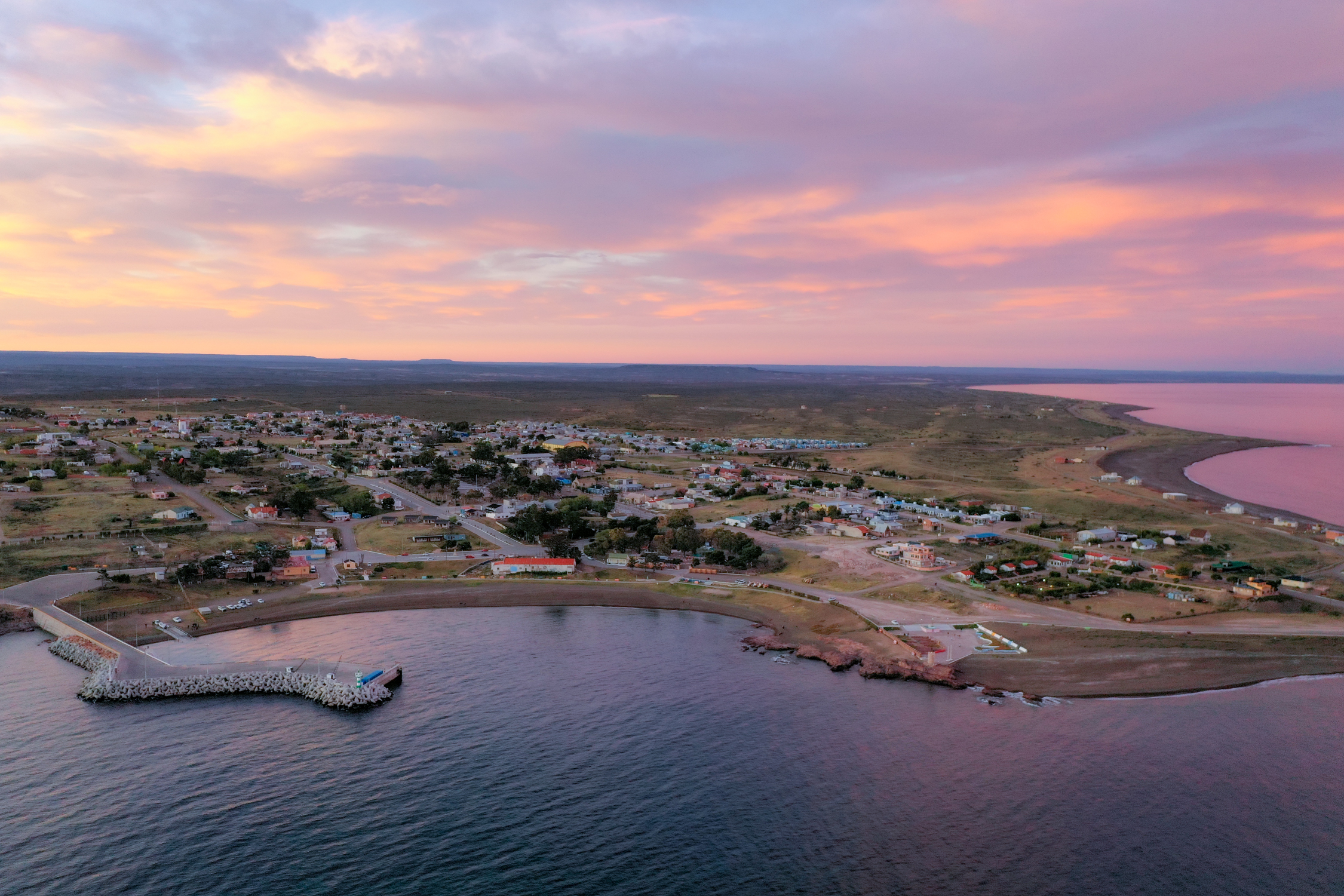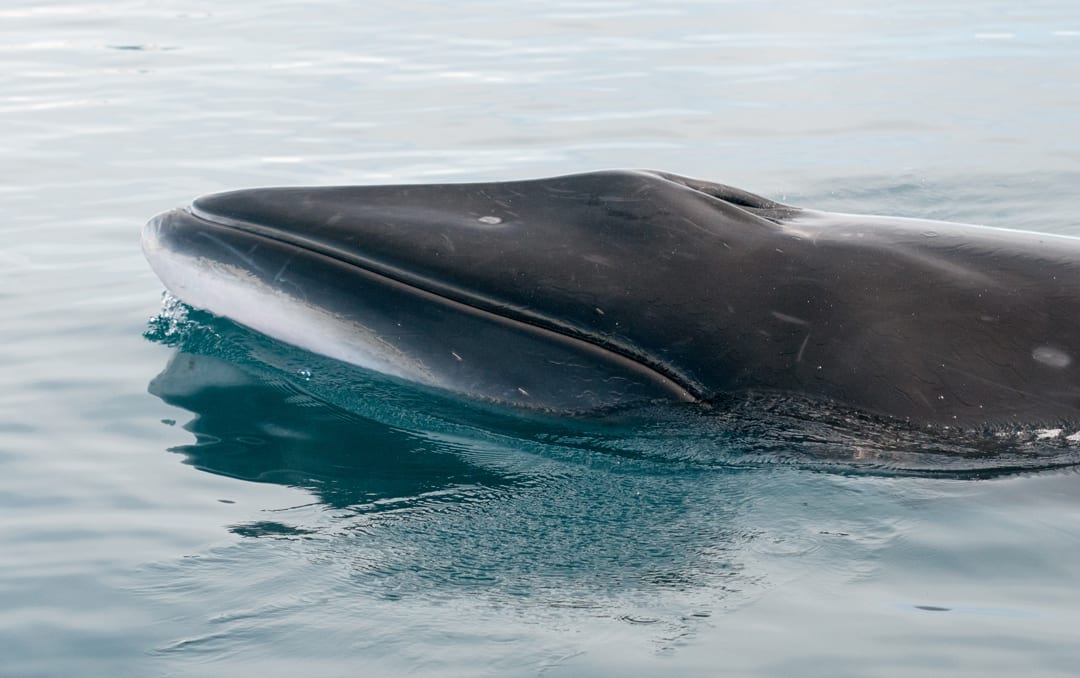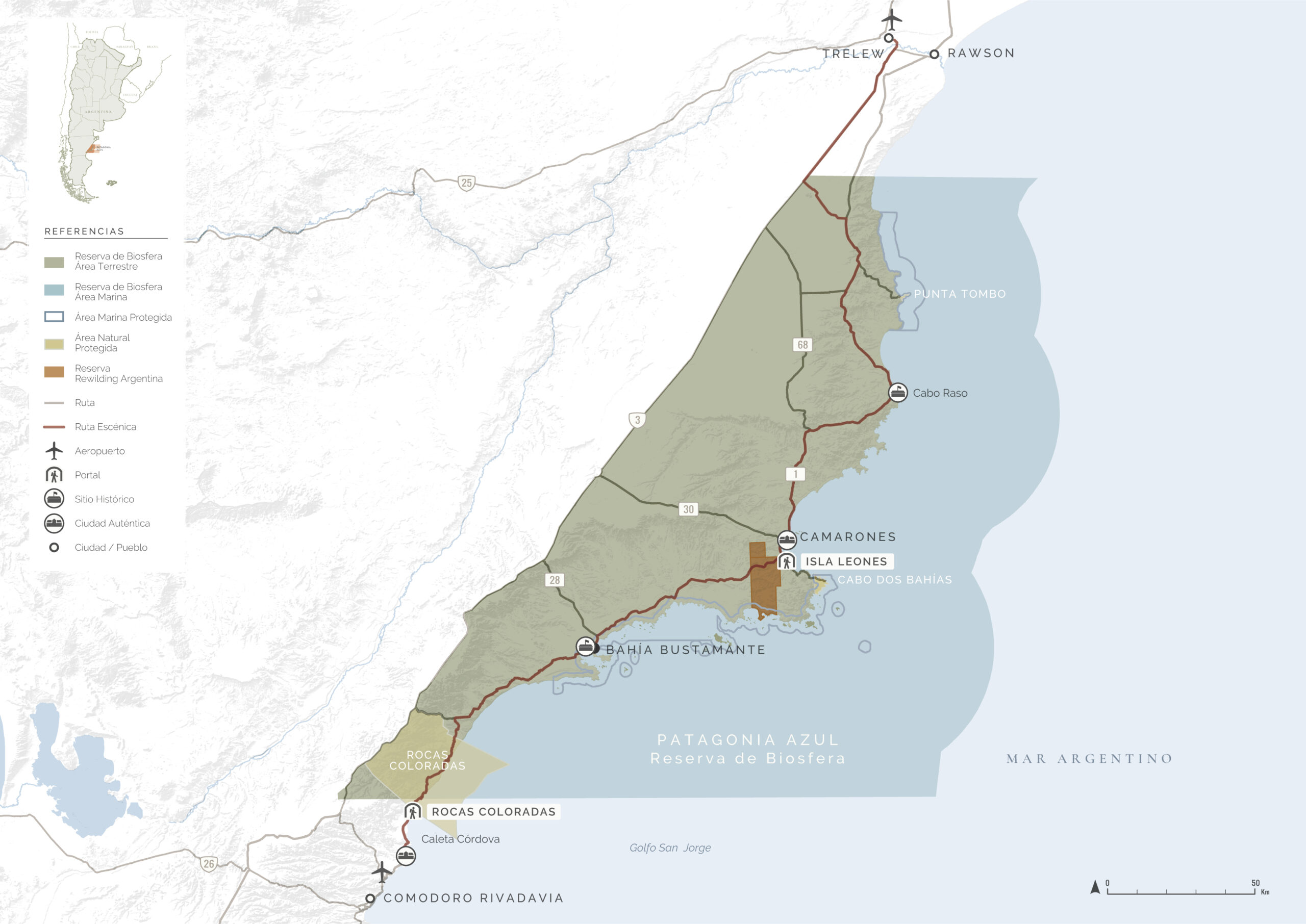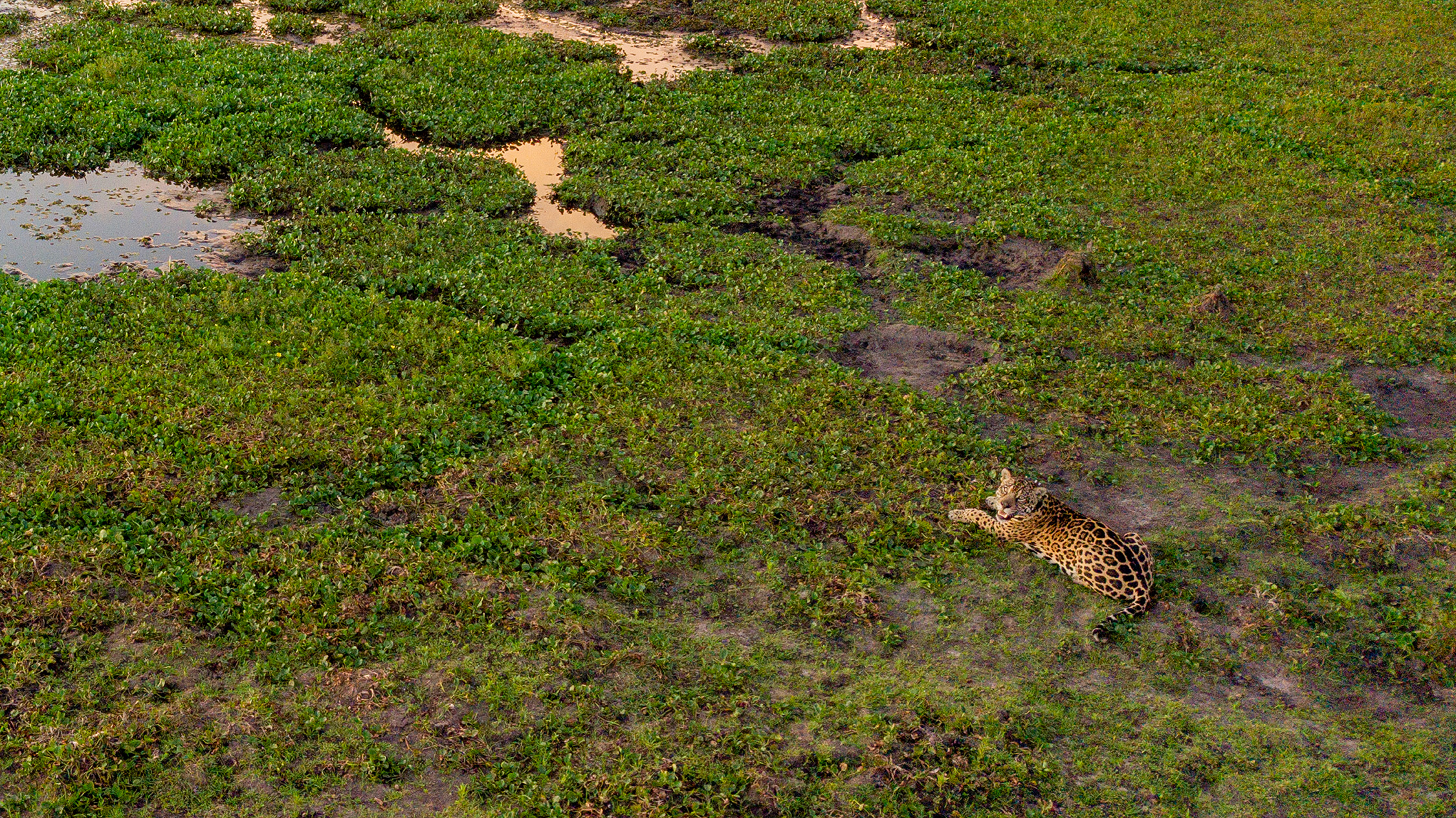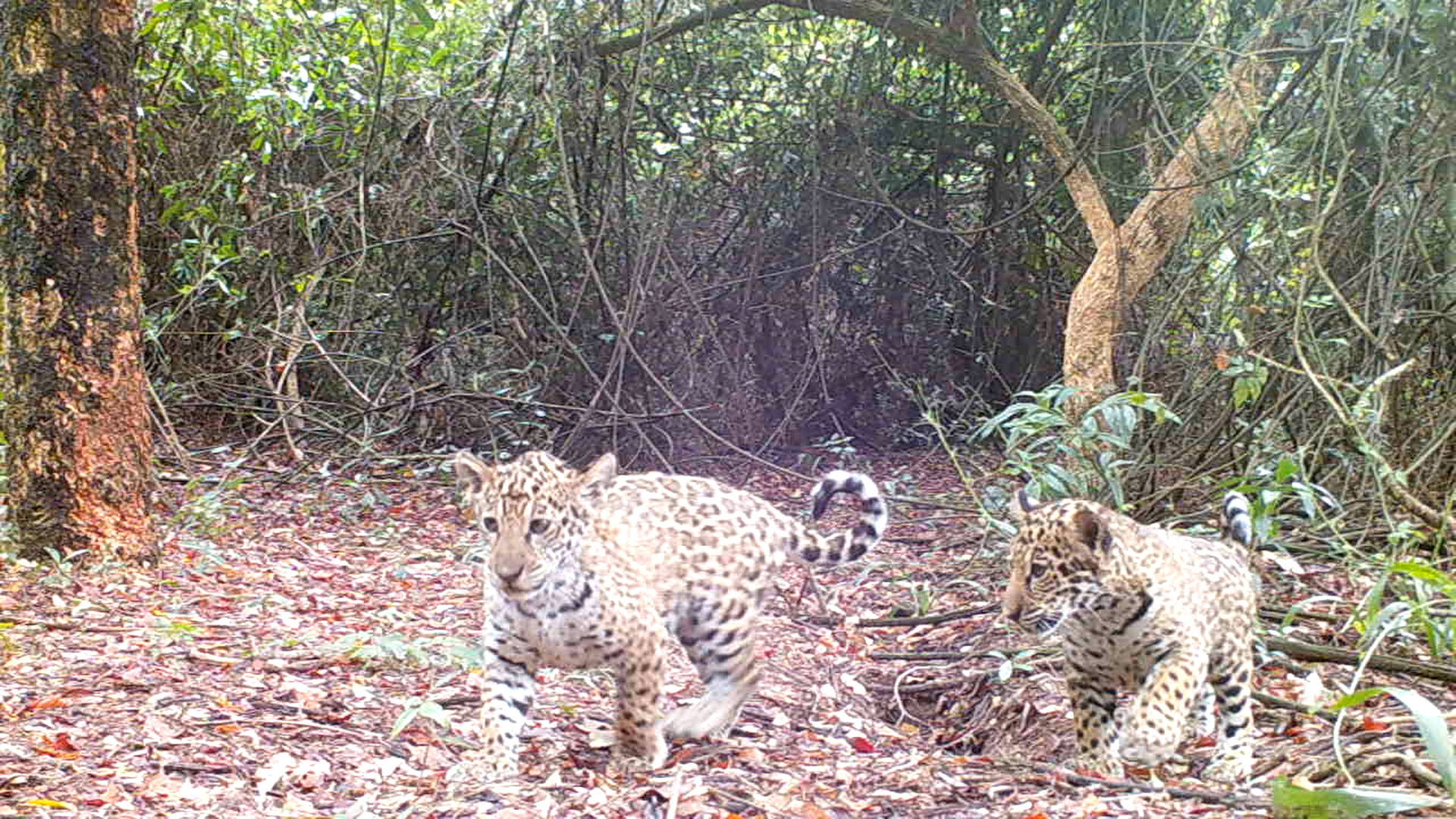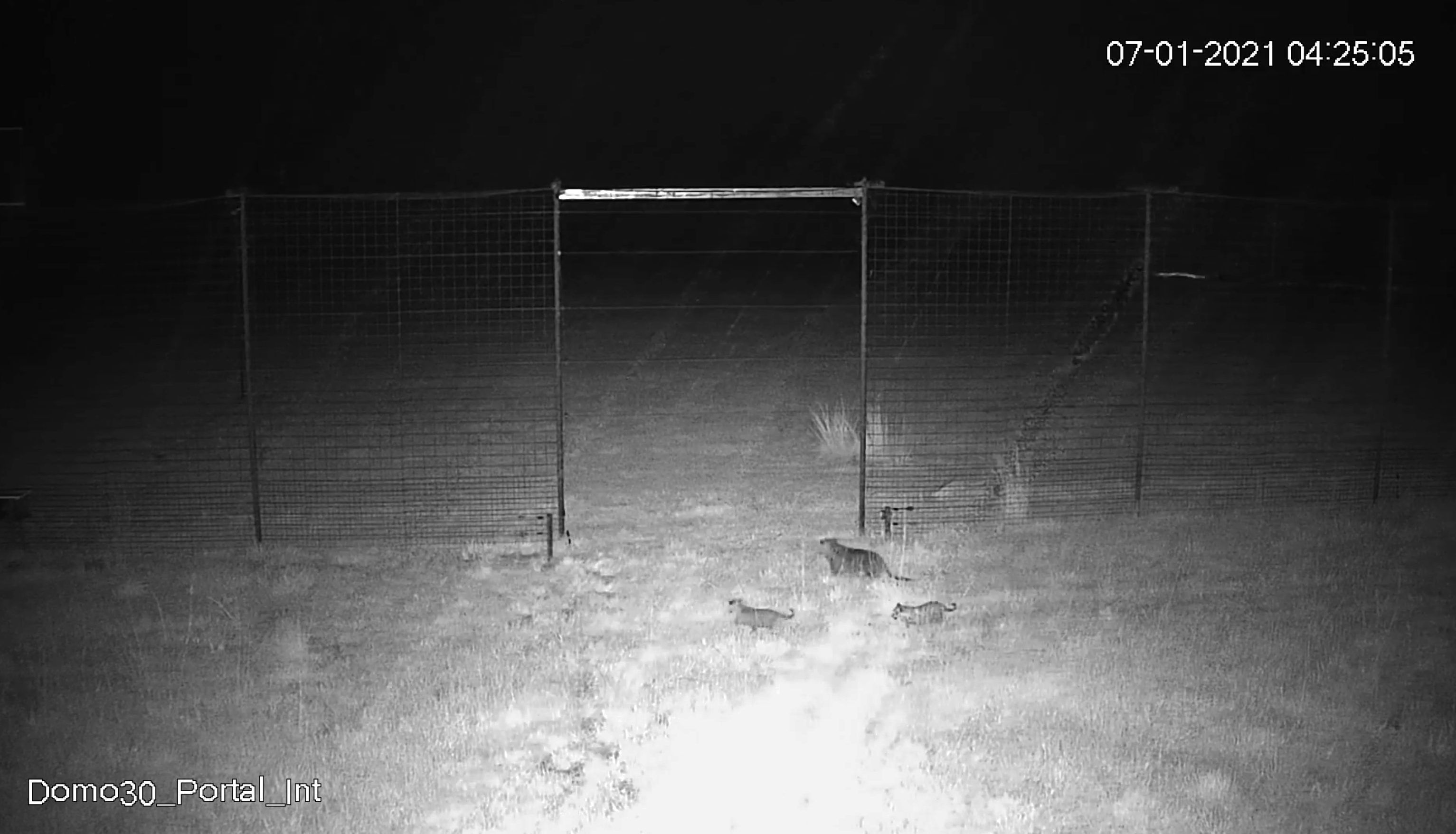Situated on the coast of the Chubut province in a key location for biological diversity in the Argentine Sea, the Patagonia Azul Project is working to expand protection for and work on the restoration of marine ecosystems to promote a new restorative economy through marine tourism and regenerative production.
Ecosystems
Patagonian steppe and Atlantic coast, with sections of canyons, marshy areas, steep bluffs, and rocky beaches.
Protected Area (Provincial Park)
295,135 hectares — 729,294 acres
Important conservation attributes
Large nesting and breeding colonies of marine birds and mammals, the endangered and endemic Chubut steamer duck, and other threatened and nearly endangered species such as Olrog’s gull and the Magellanic penguin, essential stop-over sites for endangered migratory bird species such as the red knot and ruddy-headed goose.
Outstanding attractions
Boat trips to view marine birds and mammals in Bahia Arredondo, Bahia Camarones, and Bahia Bustamante; Viewing Magellanic penguins in Cabo Dos Bahias and Punta Tombo; Snorkeling, diving in seaweed forests and meadows and around islands, and exploring shipwrecks; petrified forests; historic places (Caleta Hornos and Faro Leones) and the traditional town of Camarones; Archaeological heritage site Buque Villarino shipwreck; Recreational activities like mountain biking in Rocas Coloradas and Isla Leones Gateway, surfing in Cabo Raso, kitesurfing, and wing foiling in Bahia Camarones.
Coordination Team
Ignacio Gutiérrez
Conservation Coordinator
Nacho is a nature and wildlife lover. In 2021 he volunteered in different projects in Iberá and El Impenetrable. Since 2022 he has been working in Patagonia Azul, first as a field technician in the conservation projects, and currently as conservation coordinator.
María Mendizábal
Coordinator of Tourism Development
Mery worked for Bahía Bustamante Lodge for many seasons, so she knows the area like the palm of her hand. She joined Fundación Rewilding Argentina in 2021 to develop the tourism activities along the Blue Route. She is passionate about the sea, adventure, and nature, which she transmits vividly to local entrepreneurs, hosts, press reporters, and tourists.
Mariana Cassini
Public Affairs Coordinator
Mariana is a nature lover. She has a degree in Political Science and a master’s degree in Public Policy. Mariana led projects to prevent marine pollution in coastal communities in Costa Rica for five years. A photographer, she’s passionate about using her creativity to manage community projects. She currently coordinates Patagonia Azul Project’s public affairs.
Patagonia Azul
Situated on the coast of the Chubut province in a key location for biological diversity in the Argentine Sea, the Patagonia Azul Protect is working to expand protection for and work on the restoration of marine ecosystems to promote a new restorative economy through marine tourism and regenerative production.
The coasts of the Patagonia Azul Project extend into one of the areas of the Argentinean Sea that is richest in wildlife. The coastal-marine zone between the cities of Comodoro Rivadavia and Rawson is home to more than sixty protected islands and bays that serve as feeding, breeding and nesting grounds for numerous species of birds and marine mammals.
Unesco’s declaration of the Patagonia Azul Biosphere Reserve highlights, on an international level, its conservation value and gives a strong identity to the marine coastal region of Chubut. With a surface of 3.1 million hectares, it is the largest biosphere reserve in the country and is the one that contains the largest oceanic expanse.
The Ruta Azul (RP1) extends for more than 450 kilometers along spectacular coastal landscapes that are the result of geological processes that mark the region. The trip between Comodoro Rivadavia and Trelew passes through two traditional towns, four gateways that will have public access, two historic sites and four provincial protected natural areas.
The region presents a spectacular opportunity to implement a multidimensional conservation and local development project, where the inhabitants of the region establish a common vision to achieve greater legal protection of Patagonia Azul and turn it into a destination with a brand and identity based on the protection of nature and culture, fostering a diversified, regenerative economy.
Patagonia Azul Provincial Park
In April 2025 the Government of Chubut created the Patagonia Azul Provincial Park over a coastal-marine area of 295,135 hectares with the goal of conserving its ecosystems and developing a regional economy based on nature tourism. The Provincial Park is complemented by the Patagonia Azul Interjurisdictional Coastal Marine Park (PIMCPA) and the Cabo Dos Bahías Natural Protected Area.
Patagonia Azul Provincial Park is the first provincial marine park in Chubut and protects more than 60 islands, bays, and coves where various species of whales, dolphins, sea lions, penguins, petrels, and cormorants converge, and where macroalgae forests that support fish and invertebrate ecosystems develop. These attributes represent a great potential for regional development based on conservation and the experience of nature.
Patagonia Azul Provincial Park was the result of a joint effort between the Government of Chubut, National Parks, civil organizations, and the community of Camarones. In this initiative, Rewilding Argentina donated 18,000 hectares that will become the Isla Tova Gateway, one of the park’s access points, in addition to collaborating in the development of camping areas, a biological station, a boat harbor, and the Huella Azul coastal trail.
Wildlife
Our goals include generating information on conservation values that contribute to expanding marine protection, restoring degraded marine environments and reducing threats to wildlife, especially on islands, through the eradication of non-native species.
The shores of Patagonia Azul Park extend into one of the areas of the Argentinean Sea that is richest in wildlife. The reserve will incorporate about 200 kilometers of irregular coastline that includes more than sixty islands. Of the sixteen species of seabirds that nest in Argentina, thirteen do so at this site at twenty-one breeding colonies that each include between one and seven species of birds. Some of these species are the giant petrel, the imperial cormorant, the black-necked cormorant, the endemic steamer duck and the Olrog’s gull.
The sea lion colony on the islands contains about 4,000 individuals representing 20% of their total population found in the Golfo San Jorge area. The richness and abundance of the area also attracts whales, orcas and dolphins, while on land there are guanacos, lesser rheas, Patagonian maras and armadillos.
However, the introduction of non-native species—such as rabbits, domestic cats, rats and big hairy armadillos—to the islands threatens their fragile environments and the colonies of seabirds that thrive there. In addition, the exploitation of seaweed to obtain agar has deteriorated the seabed, with serious impacts on the biological diversity of the seagrass meadows.
Patagonia Azul also plans to carry out the first underwater environment restoration project in the country, through the regeneration of the seaweed meadows that once thrived on these seabeds.
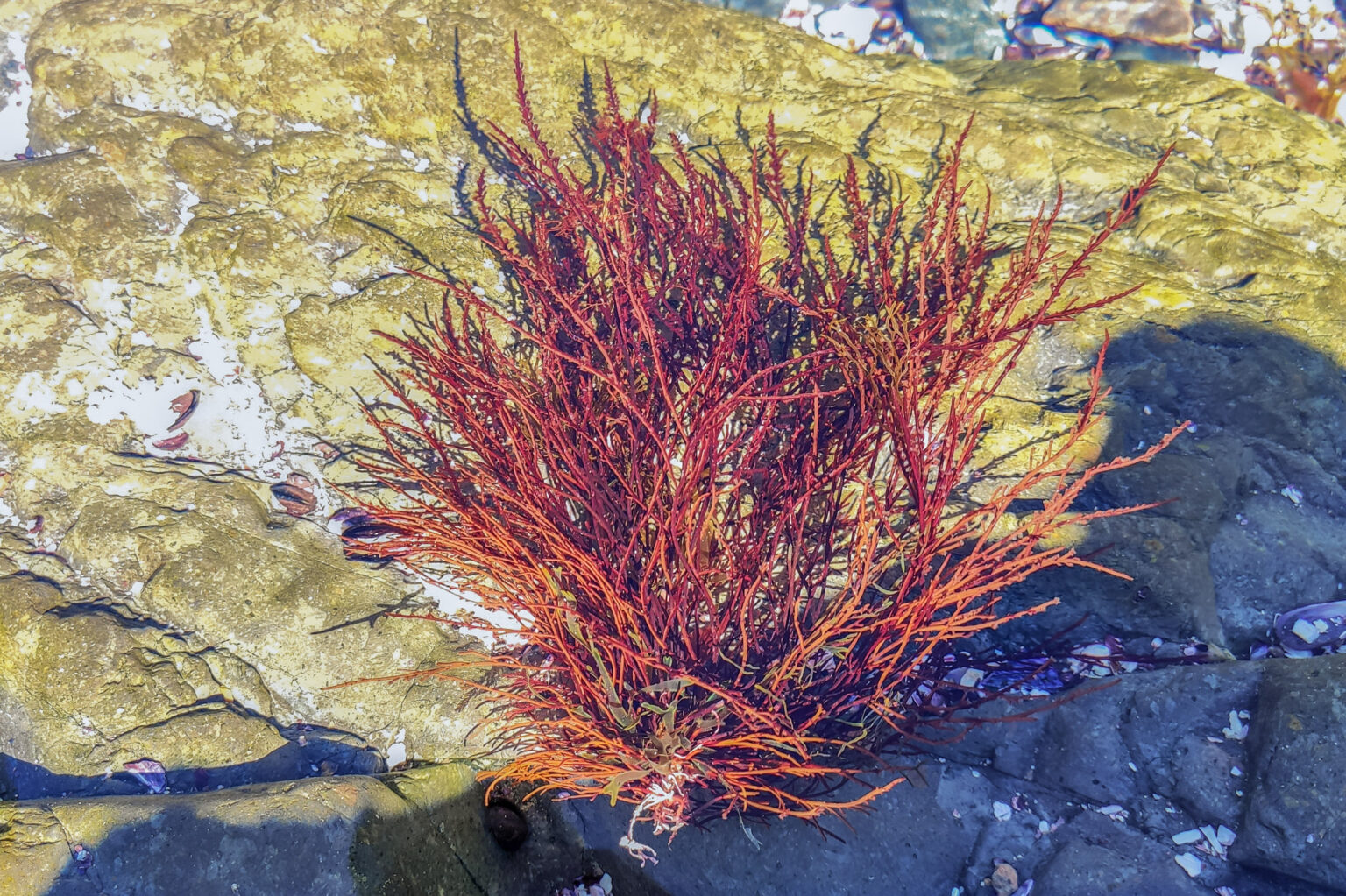
Gracilaria algae
Gracilaria (Gracilaria gracilis) is a seaweed native to Patagonia that forms extensive meadows that cover the soft mobile seabeds, which are not generally covered by other seaweed species. It prevents erosion and provides shelter for fish and marine invertebrates such as crabs, starfish and snails.
Until about twenty years ago it was a seaweed of high economic interest, from which a gelling and thickening product known as agar, used in the pharmaceutical, cosmetic and food industries was extracted. Initially it was harvested in large quantities when it detached naturally and washed ashore in events called arribazones. As these events diminished, it was harvested directly from the sea, and over time its abundance diminished so severely that it was no longer economically viable to process it, which led to the disappearance of this activity.
Currently, our team is working to regenerate gracilaria meadows by replanting it in sites where it is sparse, in a slow and laborious process that must be done manually by divers. Worldwide, it is one of few projects aimed at restoring algae meadows for conservation purposes.
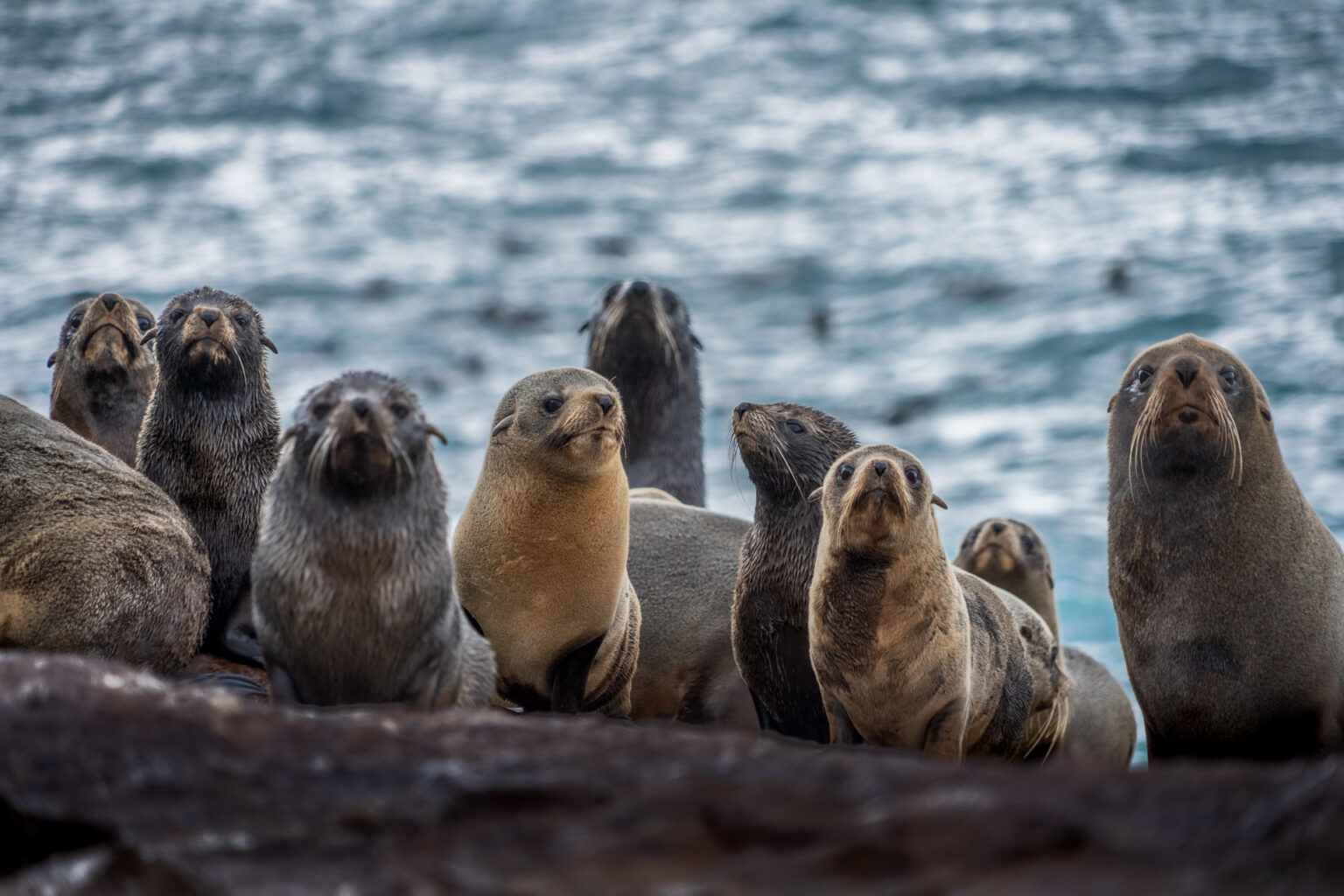
South American fur seal
The South American fur seal (Arctophoca australis) is a marine mammal with distribution along the coasts of Chile, Argentina, Uruguay and Brazil. Males are larger than females: they can measure two meters and weigh 200 kilograms, and have a small mane around their neck.
Their name in Spanish, lobo marino de dos pelos (two-haired sea lion) refers to the fact that their fur has two layers. Their pelts were highly valued from the sixteenth century until the beginning of the twentieth century by the fur industry, which decimated their population. As a consequence, its original distribution was reduced to small, scattered colonies within the limits of the area it once occupied. Today, the extensive overlap of the areas used by sea lions and fisheries is their greatest threat.
In Argentina, the most populous colony is located on Isla Rasa, near Camarones, in Chubut. This island plays a key role in the population recovery of the species as it contains 60% of the total breeding population in Argentina; however, it is not protected due to its distance from the continent. Extending the protection of the coastal-marine zones of Patagonia Azul to include Isla Rasa and the sea that surrounds it is a pending matter.
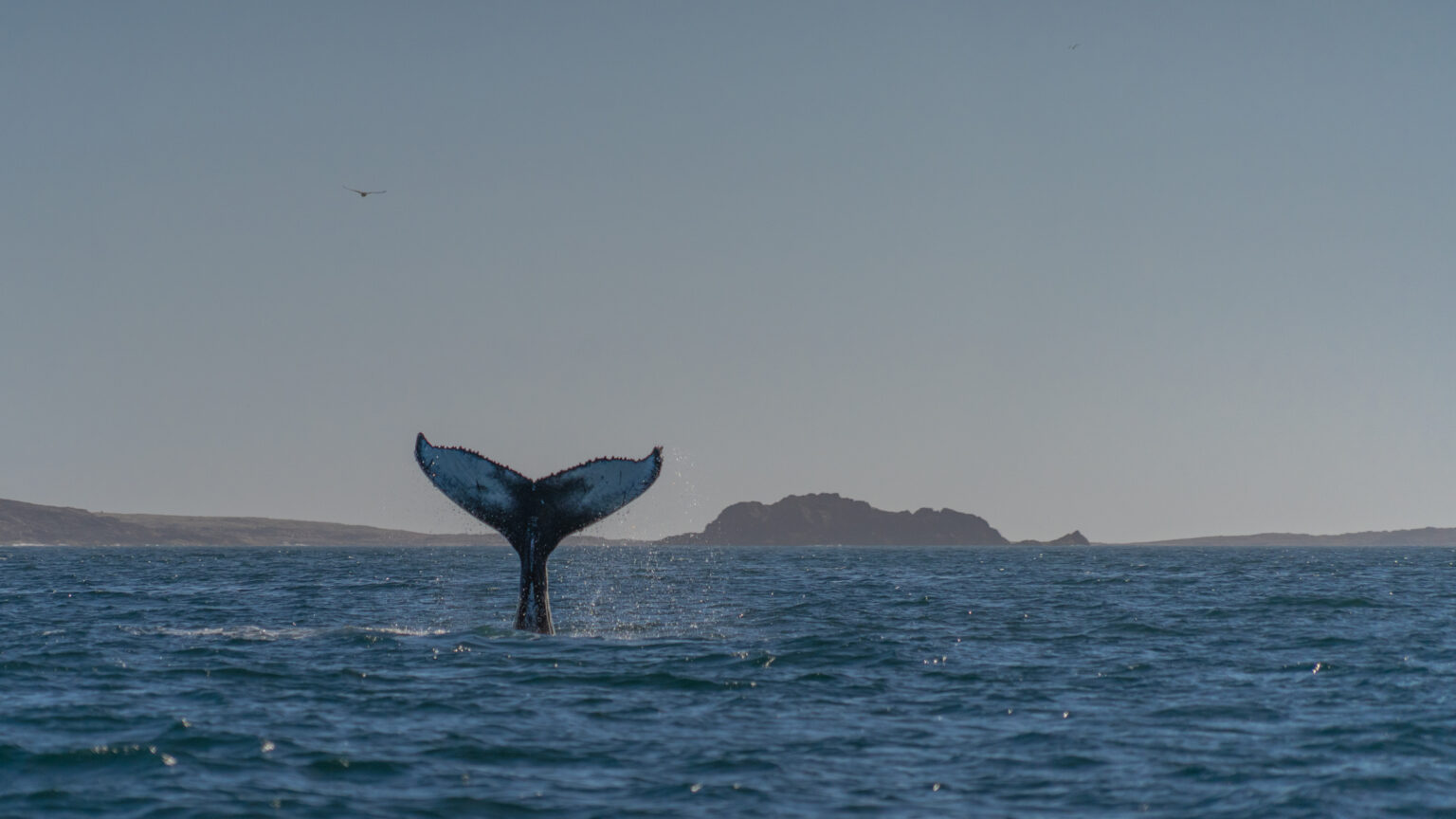
Humpback whale
The humpback whale (Megaptera novaeangliae) is a large marine mammal that can measure up to sixteen meters and weigh thirty tons. It is found in all of the world’s oceans, however, depending on the availability and quality of food, it is more commonly found in particular areas, such as Patagonia Azul.
Here, since 2021 in the spring and summer, individuals have been observed consuming lobsters and schools of anchovies, We began to record these events to observe their feeding techniques in the area and take photos, particularly of their tails, whose rough profile and spots generate unique patterns that can be used to identify each individual, much like a human fingerprint. These images were uploaded to an international database and provided information on fourteen individuals that had never before been recorded.
In addition to continuing to record this information, we are preparing to record and research their extensive, complex songs, which are used during mating and feeding. Identifying and monitoring each individual allows us to learn more about the abundance and migratory patterns of the species in the area, to later develop strategies to help conserve their numbers.
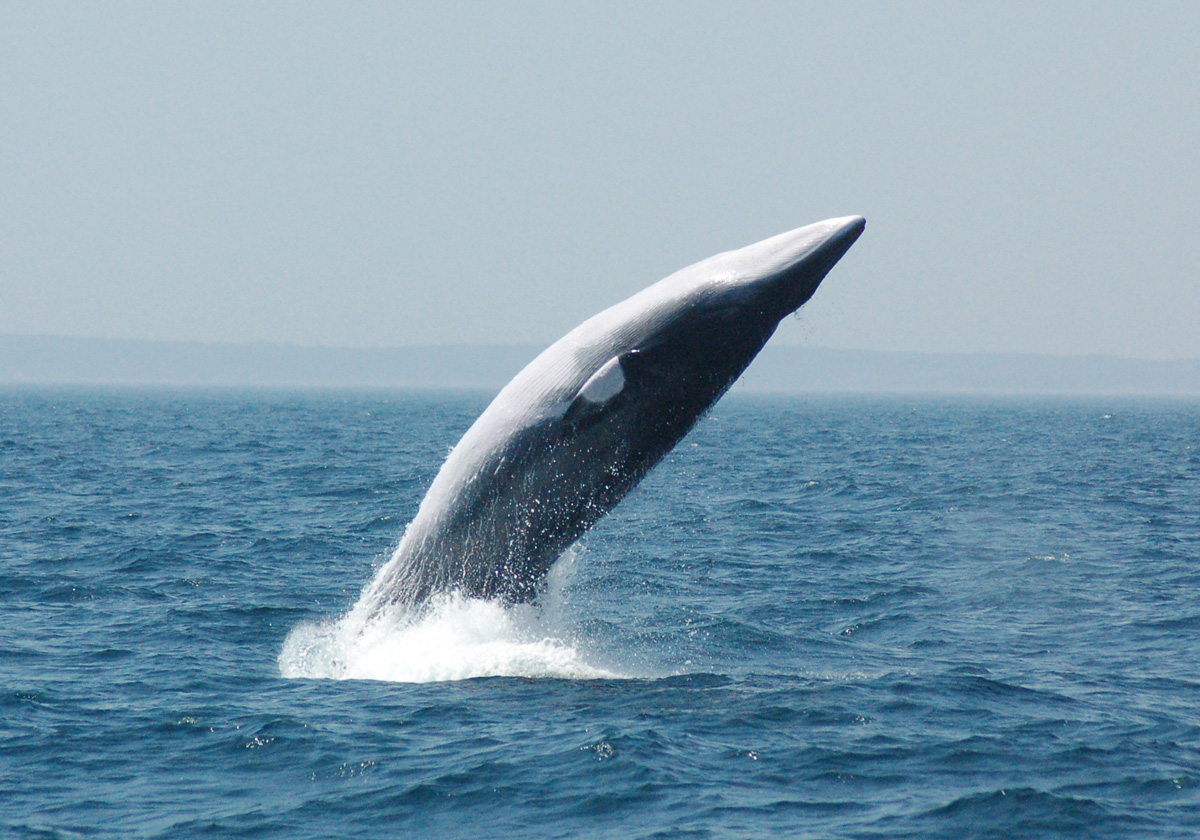
Antarctic Minke whale
The Minke whale (Balaenoptera bonaerensis) belongs to the fin whale family, one of the most abundant and diverse of the cetaceans, and is easily recognized by its large body size with small dorsal fin, flat head and grooves in the throat and chest that expand when they swallow water to feed on plankton, which is filtered by their baleen.
The minke whale was intensively hunted until the middle of the twentieth century by whaling fleets in expeditions that captured thousands of individuals. Although hunting it now is illegal, it does happen on occasion. In addition, these fin whales face other threats such as noise pollution in the seas and the reduction of sea ice sheets due to global warming. Krill, the main food source of Minke whales, reproduces in these ice sheets.
Although the minke whale is an oceanic species that migrates between the Antarctic and southern Brazil, it is sometimes sighted in the coastal waters of Patagonia Azul. Moreover, in recent years it has begun to be observed there more frequently, sometimes in groups, but also solitary individuals. Because of this, there is much uncertainty about the species. It is not known how many individuals exist, the conditions of the population, nor where in the Argentine Sea it most commonly circulates.
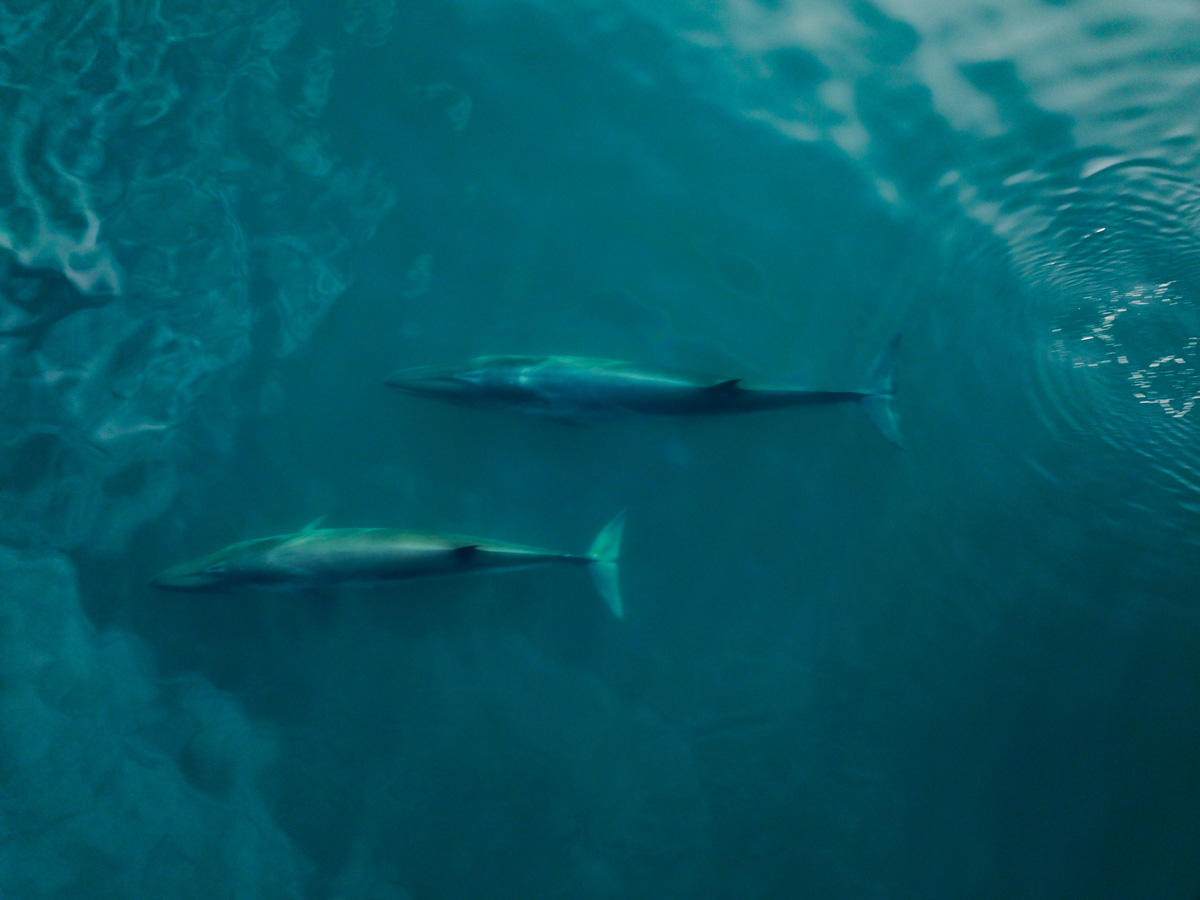
Sei whale
The Sei whale (Balaenoptera borealis) is a fin whale found around the world and has two subspecies, one in the Northern Hemisphere, and one in the Southern Hemisphere. The southern sei whale is found seasonally along the coast. It migrates through the Argentine Sea from subpolar areas where it feeds in the summer, to the south of Brazil, where it breeds in winter.
Like the Minke, the Sei whale was heavily hunted until a few decades ago. It is considered endangered because the world population has declined by more than 80% within the last three generations. Today, its recovery depends on its protection. Although there is no formal data on current population trends, the latest records indicate that the population is slowly increasing along the Argentine coast.
Its variable migratory routes and intermittent presence during some months of the year make it difficult to monitor the population. Since 2019 their presence has been recorded in Patagonia Azul, mainly during autumn in moderately deep coastal areas, where they have been observed feeding or resting. From these records, we hope to gain a better idea about their abundance, behaviors and habitat use in the Patagonia Azul area.
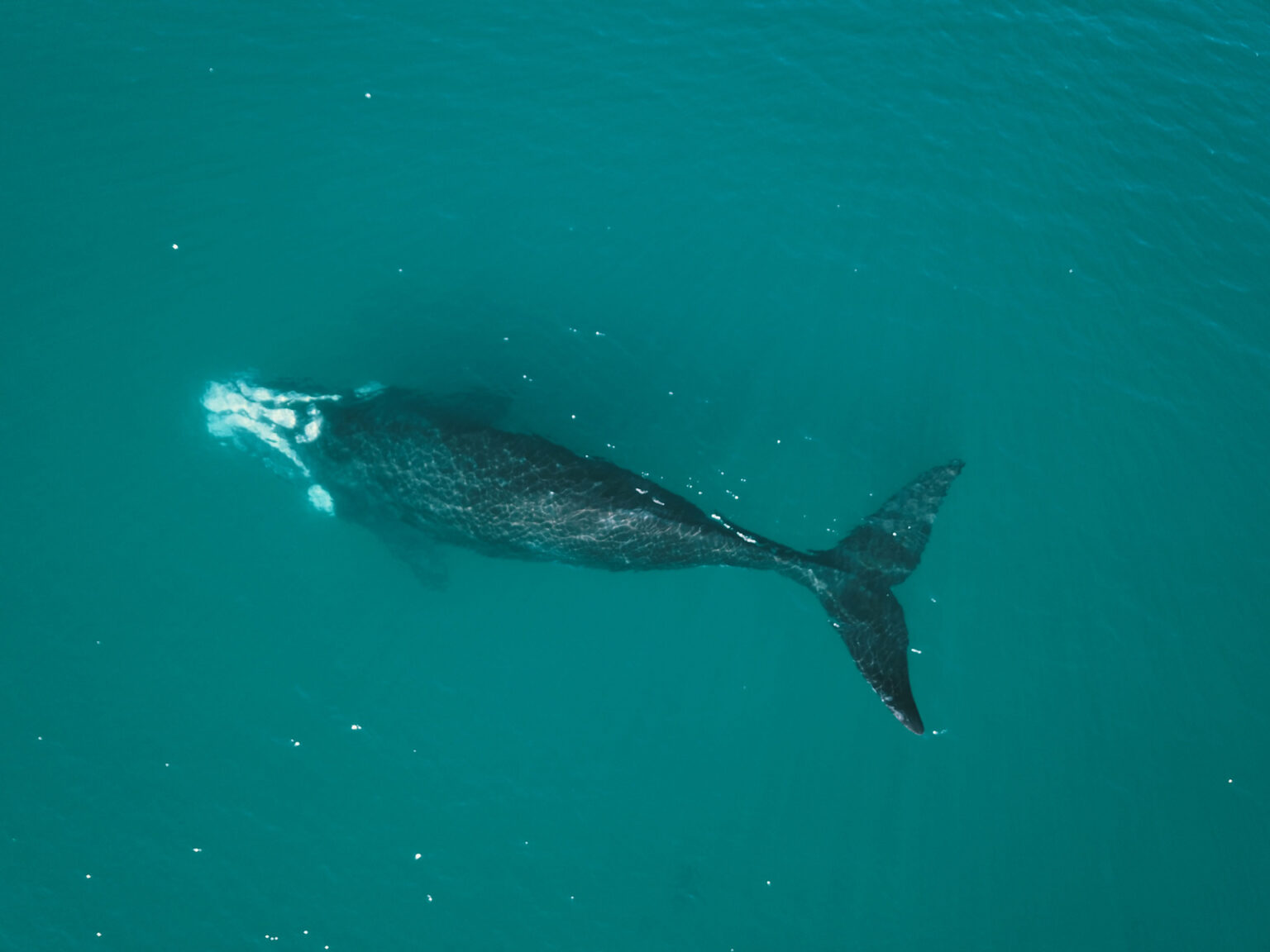
Southern right whale
The southern right whale (Eubalaena australis) can measure up to 16 meters and weigh about forty tons. It inhabits the oceans of the Southern Hemisphere; the Atlantic population usually migrates between feeding areas near Antarctica in summer and breeding areas further north in winter, where they concentrate mostly in the Valdes Peninsula and reach as far as Uruguay and Brazil. On these migratory journeys, Patagonia Azul is a regular stop for the southern right whale.
It is a very trusting and curious species and therefore frequently approaches vessels. In the past, this characteristic made the southern right whale an easy target and it was heavily hunted.
With its global population decimated, the southern right whale slowly recovered once commercial whaling was banned in the 1980s. Today its use as a resource for whale watching depends on the existence of a healthy population. These friendly encounters between these giants of the ocean and humans occur by chance in the transit waters that bathe the coasts of Patagonia Azul.

Broadnose sevengill shark
The broadnose sevengill shark (Notorynchus cepedianus) is one of the large sharks that inhabit the Argentine Sea. It can reach up to three meters in length, weigh more than a hundred kilograms and has numerous white and gray spots, which give it its name in Spanish tiburón gatopardo (leopard shark).
It plays a fundamental ecological role as an apex predator in the Patagonian marine ecosystem. Its diet is varied: it consumes fish, invertebrates and crustaceans; it also consumes animal remains and is capable of preying on dolphins, sea lions, elephant seals and even other sharks.
Even so, this species is vulnerable: its population has decreased by 60% in recent years and its conservation state is critical. The main reason for this is their capture, both in unregulated sport fishing in coastal areas and as bycatch in offshore commercial fisheries.
Our team is working to compile information through underwater cameras and collect data on its distribution and use of Patagonia Azul’s coasts, in order to protect its breeding sites and ensure its survival.
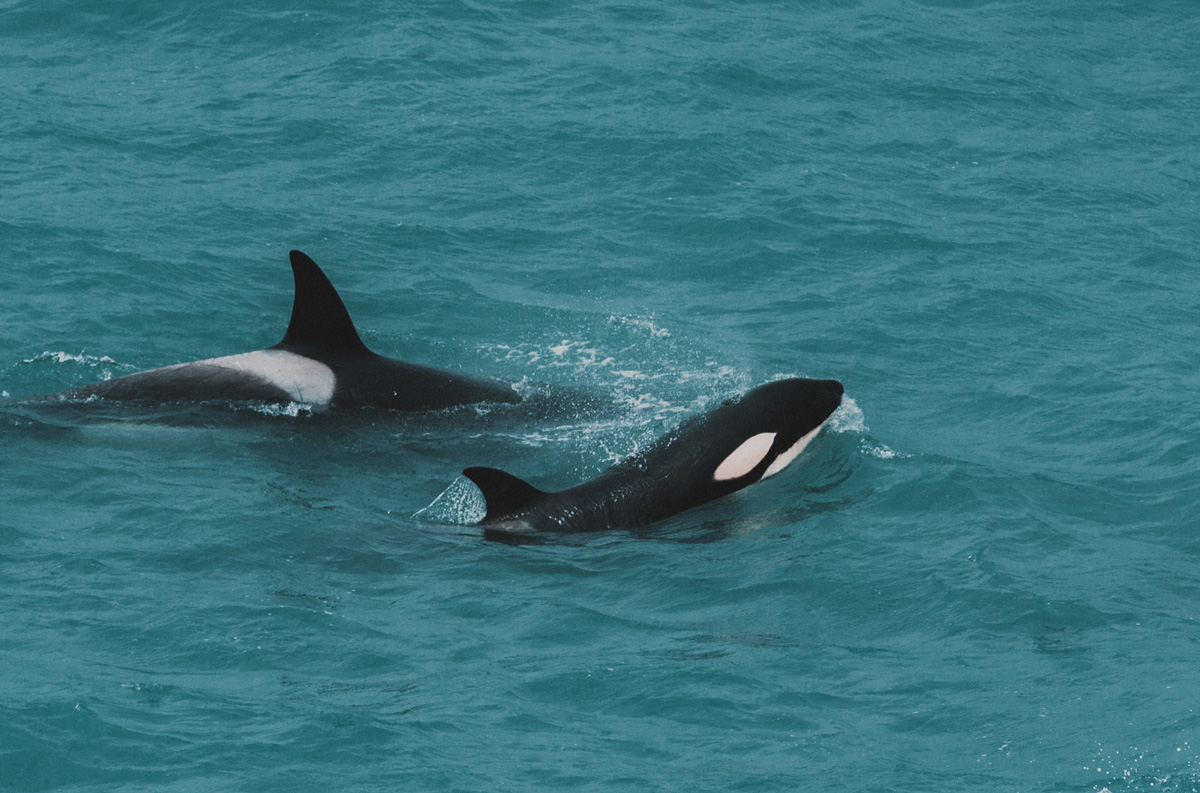
Orca
At over five tons in weight and nine meters long, the orca (Orcinus orca) is the largest existing dolphin, although little is known about the species. Although there are populations all over the world, each family maintains fidelity to a site that it usually patrols throughout the year. They swim long distances, and return to feeding sites just when their food sources are most abundant.
The orca is a family-based, social species in which immediate offspring and grandchildren are guided by a female leader. Their ability to communicate with specific dialects and the transmission of their songs from generation to generation reveal a cultural education similar to that of humans.
These cetaceans play an important role as top marine predators that help maintain healthy populations of their prey, which they capture together by coordinating different behaviors. In Patagonia Azul there are several islands that host prey populations, where visitors can experience a wild encounter with orcas.
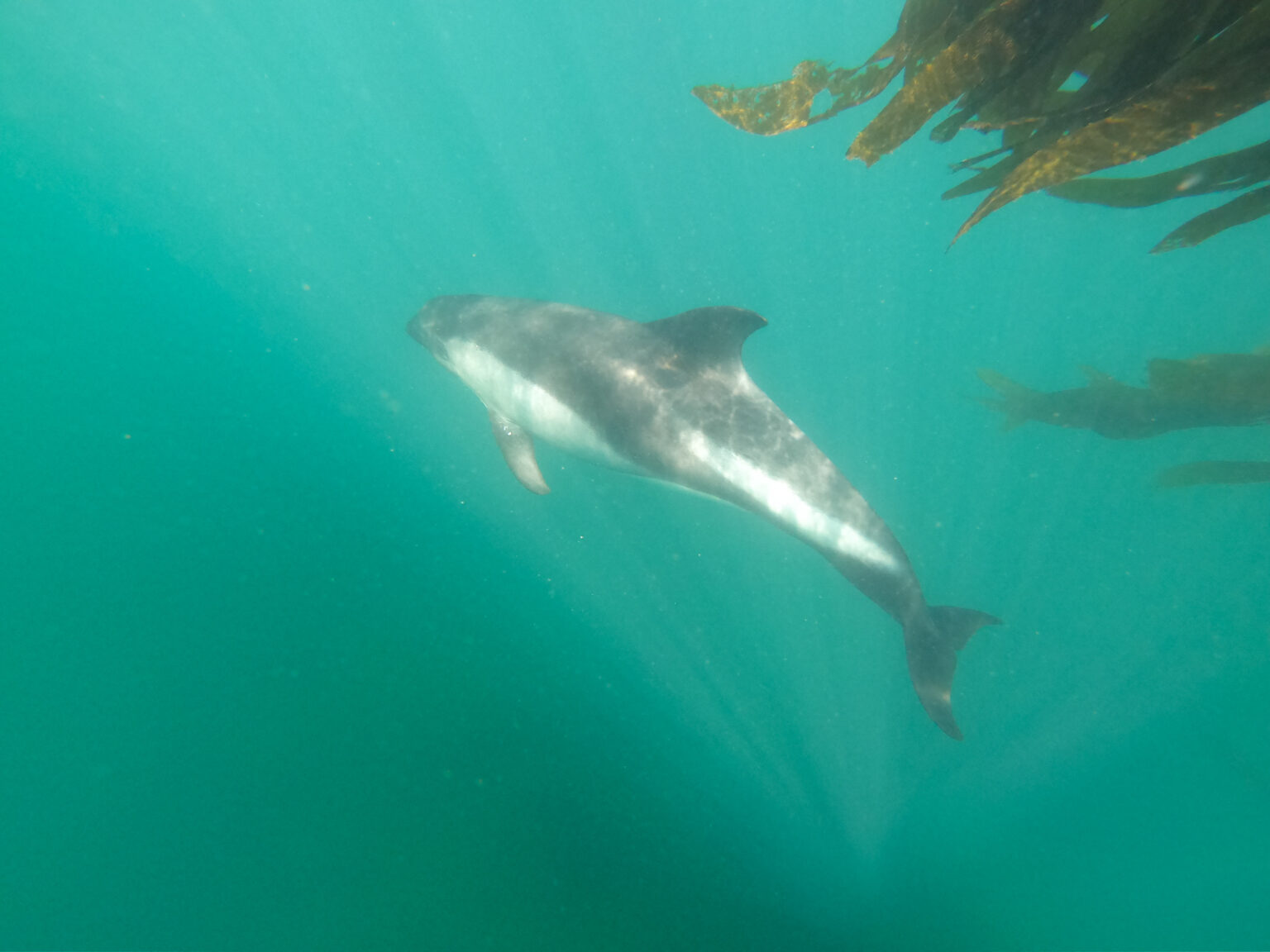
Peale's dolphin
The southern dolphin (Lagenorhynchus australis) is a robust dolphin that is found only along the southern coasts of South America, weighing up to 115 kilograms and measuring slightly over two meters. Its dark coloration with grayish bands on its sides and its dark head, which ends in the shape of a short rounded “beak” differentiate it from other dolphins. In the Atlantic Ocean its range reaches Antarctica and the South Atlantic Islands; it appears frequently on the coasts of Patagonia Azul, although it is usually sighted offshore on the continental shelf.
The southern dolphin is commonly found in small groups, swimming among kelp forests or in areas of fast moving waters such as channels and straits, which they often leave to follow boats, jumping at full speed. However, when they are with their young they tend to stay close to the coast, in safe, shallow bays, and avoid socializing.
The presence of this marine predator is essential to fulfill its ecological niche and promote a new restorative economy based on wildlife sighting tourism in Patagonia Azul.
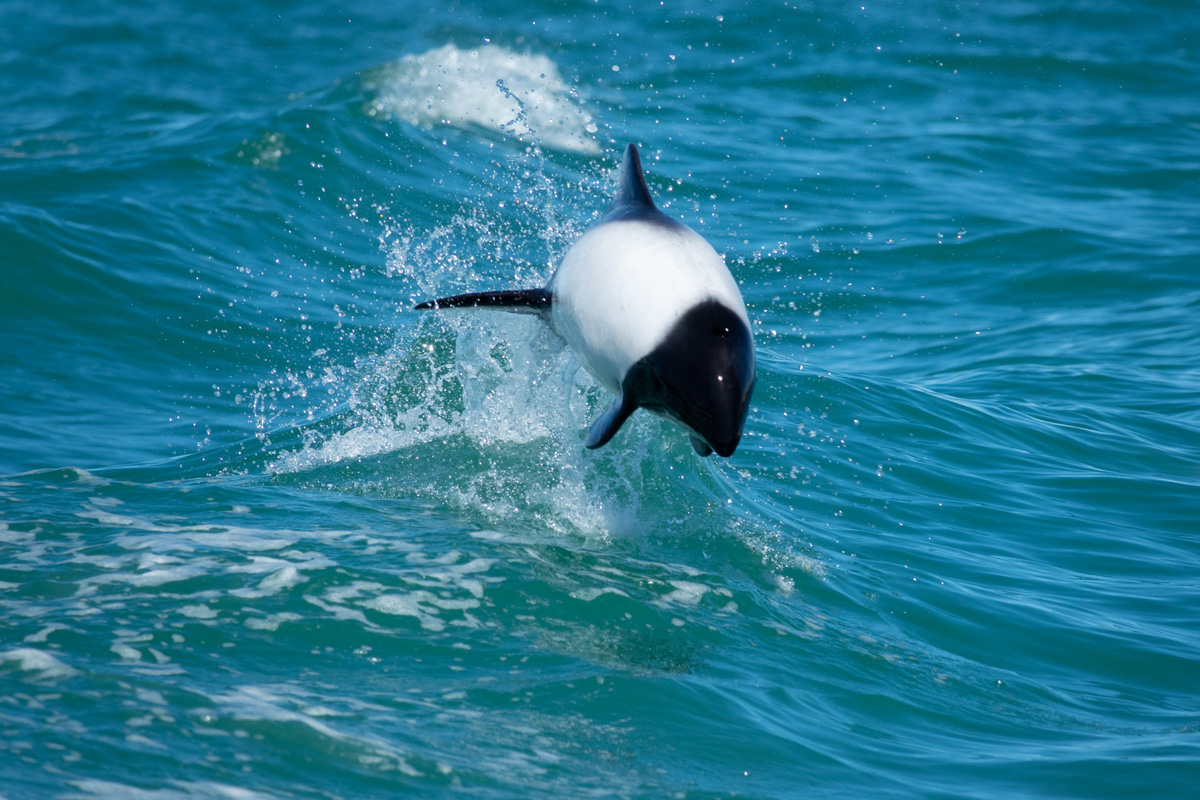
Commerson's dolphin
The Commerson’s dolphin (Cephalorhynchus commersonii) is a small cetacean that does not exceed 1.5 meters in length and weighs a maximum of sixty kilograms. Its range is from the north of the province of Chubut in Argentine Patagonia, including the waters of the Islas Malvinas/Falkland Islands, to the southernmost fjords of Chile, including the Strait of Magellan. Patagonia Azul is one of the sites where most of the individuals are concentrated.
In groups ranging from five to twenty individuals, these charismatic and active animals repeatedly breach and jump when they encounter a boat. Due to their trusting and sociable behavior, they tend to interact with fisheries, where they are caught in nets as bycatch.
This elusive species has not yet been studied like other Patagonian marine mammals. Undoubtedly, the development of nature tourism activities and the contributions of citizen science, such as filming and photography during recreational boat outings, can provide valuable information for certain biological studies on their distribution patterns, site fidelity, and life history.
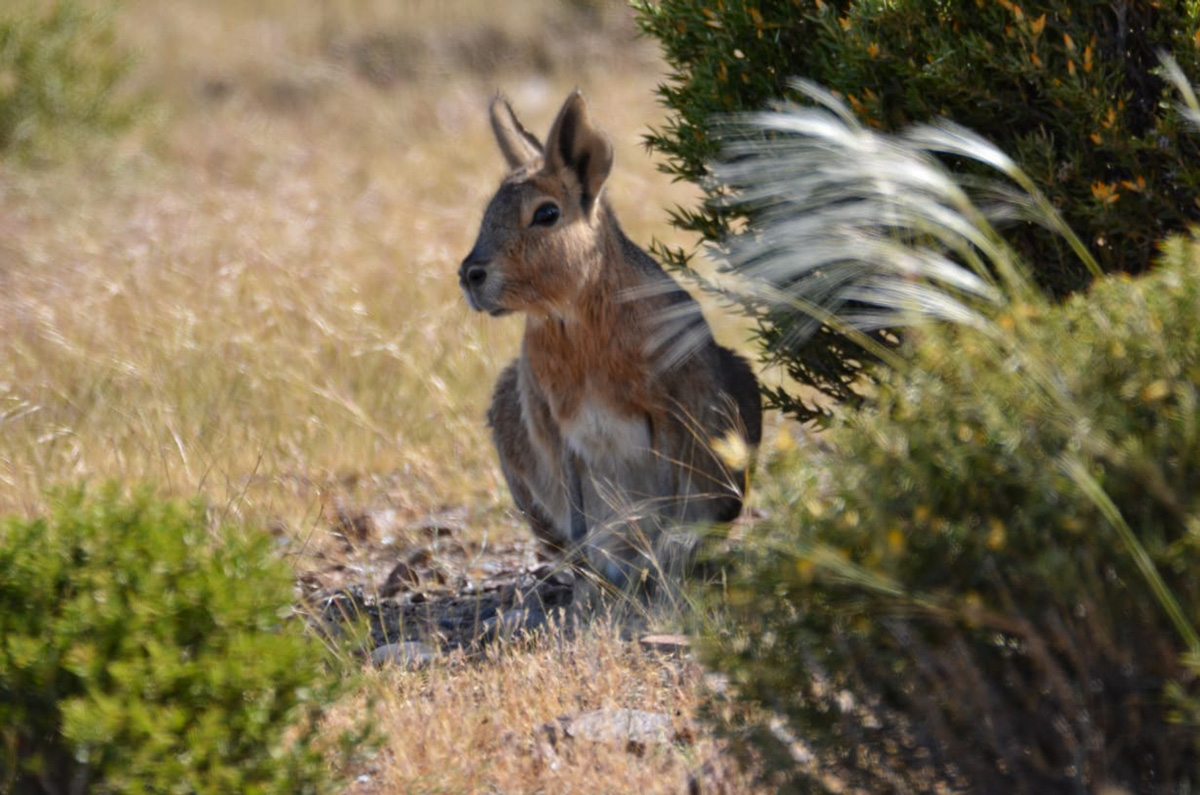
Mara
Although it is known as the “Patagonian hare”, the mara (Dolichotis patagonum) is not part of the lagomorph family to which hares and rabbits belong, but to that of rodents; in fact, it is the second largest rodent in the world after the capybara. Although it resides only in Argentina and has a broad distribution, its populations are vulnerable because of habitat loss due to the advance of agricultural and livestock activities and competition with introduced herbivores, such as sheep and the European hare. For this reason, mara sightings are rare throughout their range.
One of the most striking characteristics of this terrestrial mammal is that it digs burrows that it shares with other pairs of maras during the breeding season and that function as shelters for other species. In addition, its presence in the ecosystem favors seed dispersal throughout its wide range, which contributes to the regeneration of the habitat.
Since 2020, at Patagonia Azul we have begun to monitor the mara in sites where cattle ranching has been withdrawn. Despite the short period of time that has elapsed, we have already observed changes in their behavior: human presence is increasingly unnoticed and it is easy to spot pairs with their young. Monitoring these individuals provides us with useful, essential information, since there is little long-term data on the species over time.
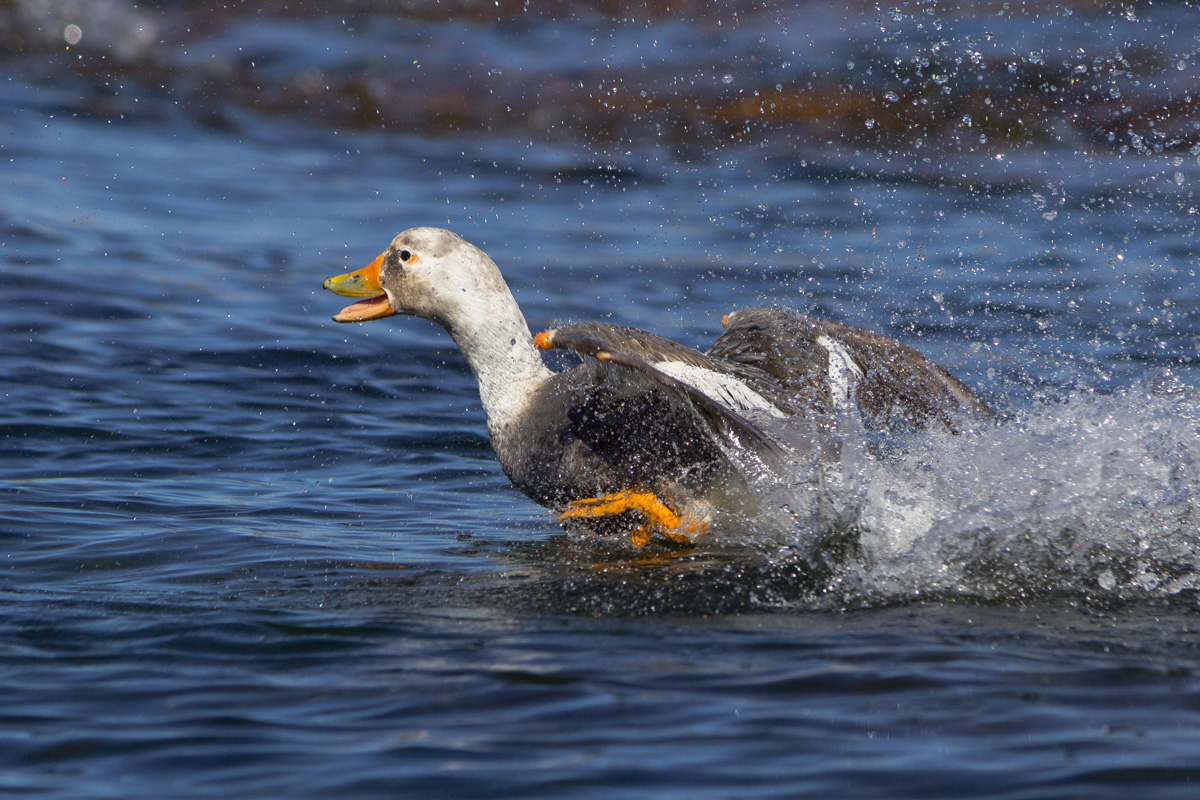
Chubut steamer duck
The white-headed steamer duck (Tachyeres leucocephalus) is a robust seabird that inhabits only the coasts of the province of Chubut and northern Santa Cruz, mainly at Patagonia Azul. Due to its declining population status, it is considered a vulnerable species.
Its name refers to the way it moves through the ocean: it uses its small wings, which cannot lift its heavy body, to propel itself through the water, reminiscent of the paddles of a steamship. This is how it is able to move swiftly across the water’s surface when it feels threatened or to defend its mate or its territory.
The islands of Patagonia Azul have exclusive breeding sites for the white-headed steamer duck away from mainland predators. The ducks build their nests on the ground, well-hidden among the vegetation, where the chicks are born and protected to ensure the success of each breeding season. Because of its reduced range and small population size, conserving these areas of Patagonia Azul is crucial for the species’ population recovery.
Restorative Economy
As part of the Ruta Azul of Patagonia, Patagonia Azul is developing public access gateways with services and proposals from local communities for visitors from around the world who wish to experience the beauty of Patagonian marine and coastal biodiversity.
The Patagonia Azul tourist destination connects the municipalities of Comodoro Rivadavia, Camarones, Trelew, Los Altares and Sarmiento under a single territory-based brand. There are two important tourist areas whose axes are three routes: the Ruta Azul, terrestrial and scenic, the Marine Route and the Aerial Route, which allows for flyovers of the region with stops in the gateways and towns. In addition, the Huella Azul, a coastal trekking trail of more than 450 kilometers, is being developed.
Four public access gateways (Rocas Coloradas Gateway, Bahía Bustamante Gateway, Isla Leones Gateway, Punta Tombo Gateway), two traditional towns (Caleta Córdova and Camarones), two historic sites (Bahía Bustamante and Cabo Raso), the ports of Comodoro Rivadavia, Caleta Córdova, Camarones and Rawson and a large marine territory, the communities linked to them and the neighboring ranches that offer nature tourism are united under this large, one-of-a-kind territory-based brand that has regional, national and international positioning.
Internally, it has provincial public parks, interjurisdictional parks (ANP (Protected Natural Area) Rocas Coloradas, Parque Interjurisdiccional Marino Costero Patagonia Austral, ANP Cabo Dos Bahías and ANP Punta Tombo), and private establishments with access for visitors.
The Ruta Azul
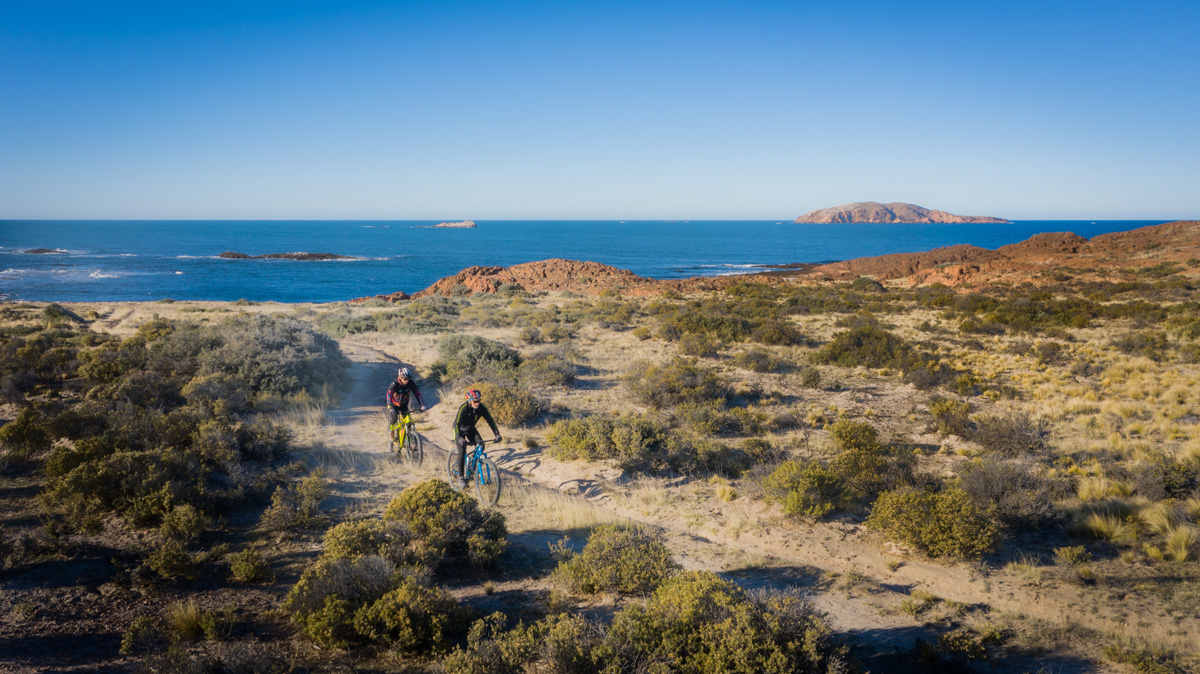
Scenic Route 1 or La Ruta Azul connects four public access gateways, two traditional towns, two historic sites and four protected natural areas in the coastal region of the province of Chubut. Through the development of the Ruta Azul and in conjunction with the Government of Chubut, we seek to enhance the development of neighboring communities and promote the conservation of wildlife and natural landscapes that make up one of the most spectacular routes in Argentine Patagonia.
Communities
Our vision for the Patagonia Azul project includes organizations, community groups, entrepreneurs and innovators working for a future where culture is a regenerative force.
Transition Movement
As part of our work with the community of Camarones,, we participated as active members and volunteers and supported the local transition initiative. In the search for local resilience, our team joined the global movement of communities united to re-imagine and rebuild our world through a culture that cares for the environment.
The first step was to create an ambitious urban agriculture project to grow local, organic food with a low carbon footprint through systems that improve biodiversity. Our mission is to change the way the local community relates to food, and to teach others while learning more about the capacity of our productive environment, water sources and climate.
Regenerative Ocean Farming
We are developing a regenerative marine agriculture project that seeks to create farms to cultivate edible native seaweed species, which in turn, sequester carbon. These farms would also cultivate bivalves, which function as marine filters. These projects will create local employment and produce healthy foods that do not require external elements and will also encourage nearby wildlife to thrive.
Club del Mar
Many inhabitants of Camarones do not interact with the sea. To change this, we created the Club del Mar, a space where we invite the children of Camarones to explore the marine environment through weekly activities such as snorkeling, bird watching, kayaking, breathing exercises, stretching and meditation. Our goal is to strengthen their connection with the ocean so they can better understand how it functions.
Local Environmental Advisory Council
The Patagonia Azul Project supports social inclusion, community cohesion and resilience-building through a transition initiative and the creation of a local environmental council. The creation of local groups helps to strengthen community unity and resilience. Fundación Rewilding Argentina, Transición Camarones, Amigos del Mar and the National Parks Administration are represented on this council, as are the executive and legislative branches of government.
The goal of creating this council is to unite local and governmental institutions in a joint dialogue and work together to improve the environment and discuss the future of the community. As a first step, we created a list of fifteen environmental projects in Camarones, such as the creation of new laws, waste reduction and management, regulation of drinking water use, promotion of local food production, regulation of industrial activities, among others. As part of the strategy of social inclusion and community cohesion and transparency, Transición Camarones offered a series of workshops to develop methods of effective, non-violent communication and consensual decision making.
Amigos del Mar
Through interaction with the local neighborhood organization “Amigos del mar Camarones,” created in 2019, the Patagonia Azul Project Communities team organizes beach clean-up days, awareness-raising events and campaigns on fishing marine debris and is effect on biodiversity, and works with the community on best practices for household waste management.
Many of the islands in the Patagonia Azul area and the Patagonia Austral Interjurisdictional Coastal Marine Park are severely affected by the trash floating in the sea that reaches the pristine shores of these islands, which are home to a variety of marine mammals and birds. It is for this reason that we organize outings and cleanups on the park’s islands with the goal of achieving a protected area free of plastic waste.
